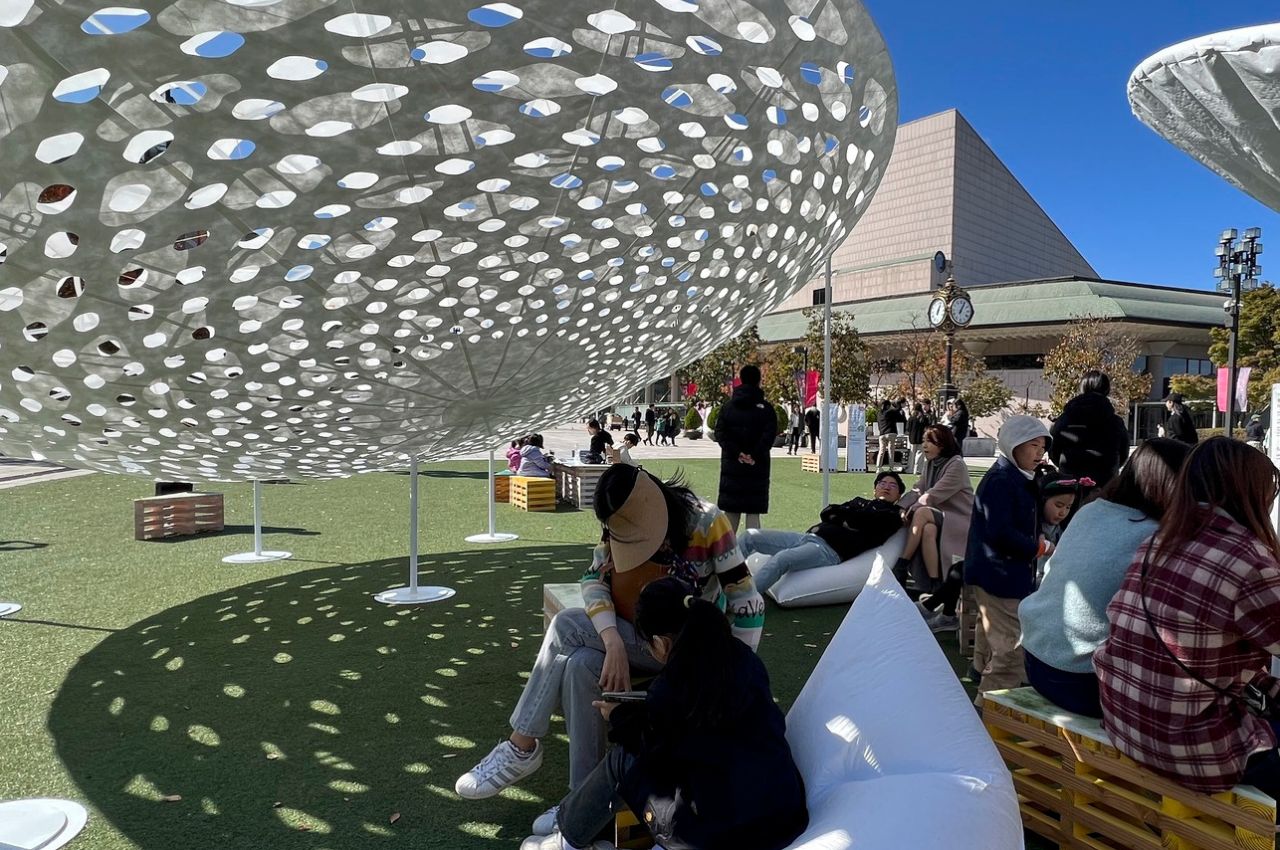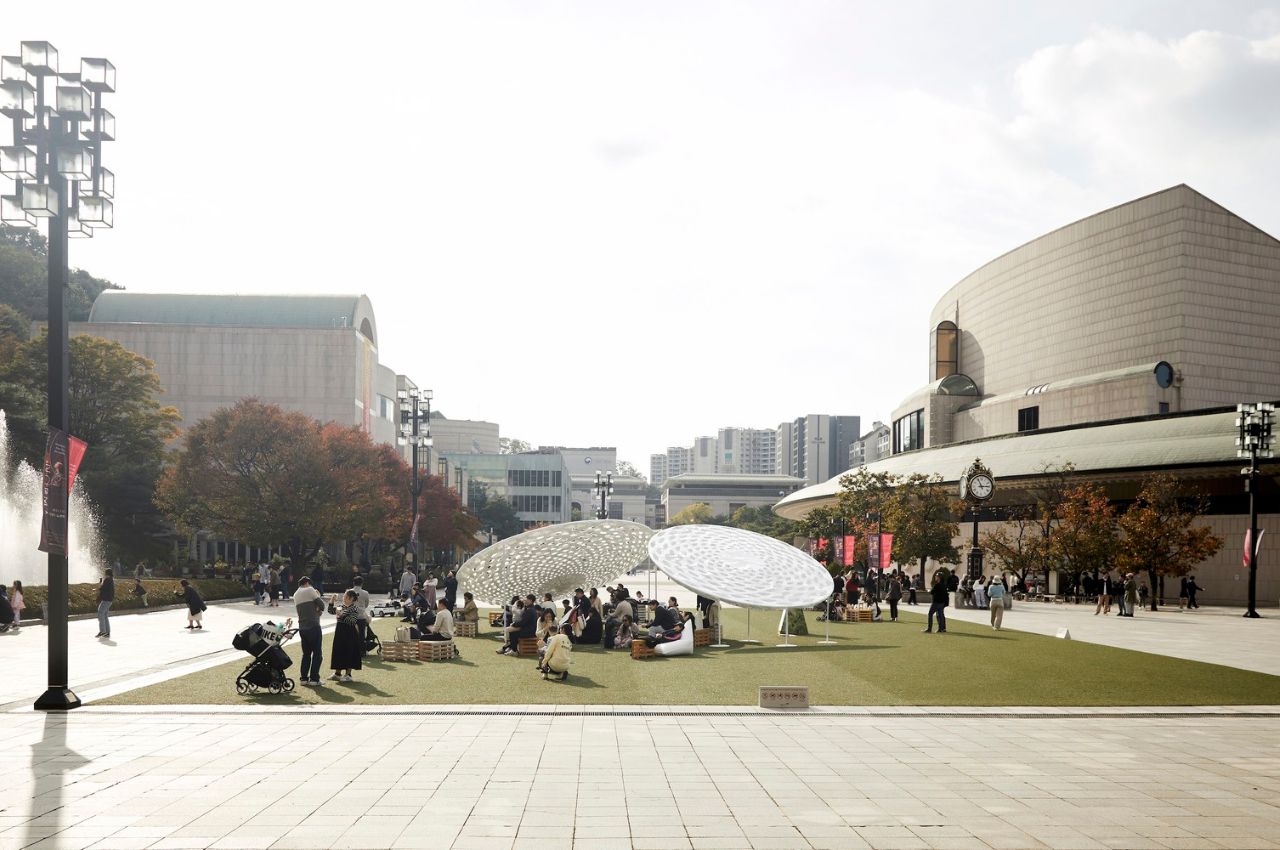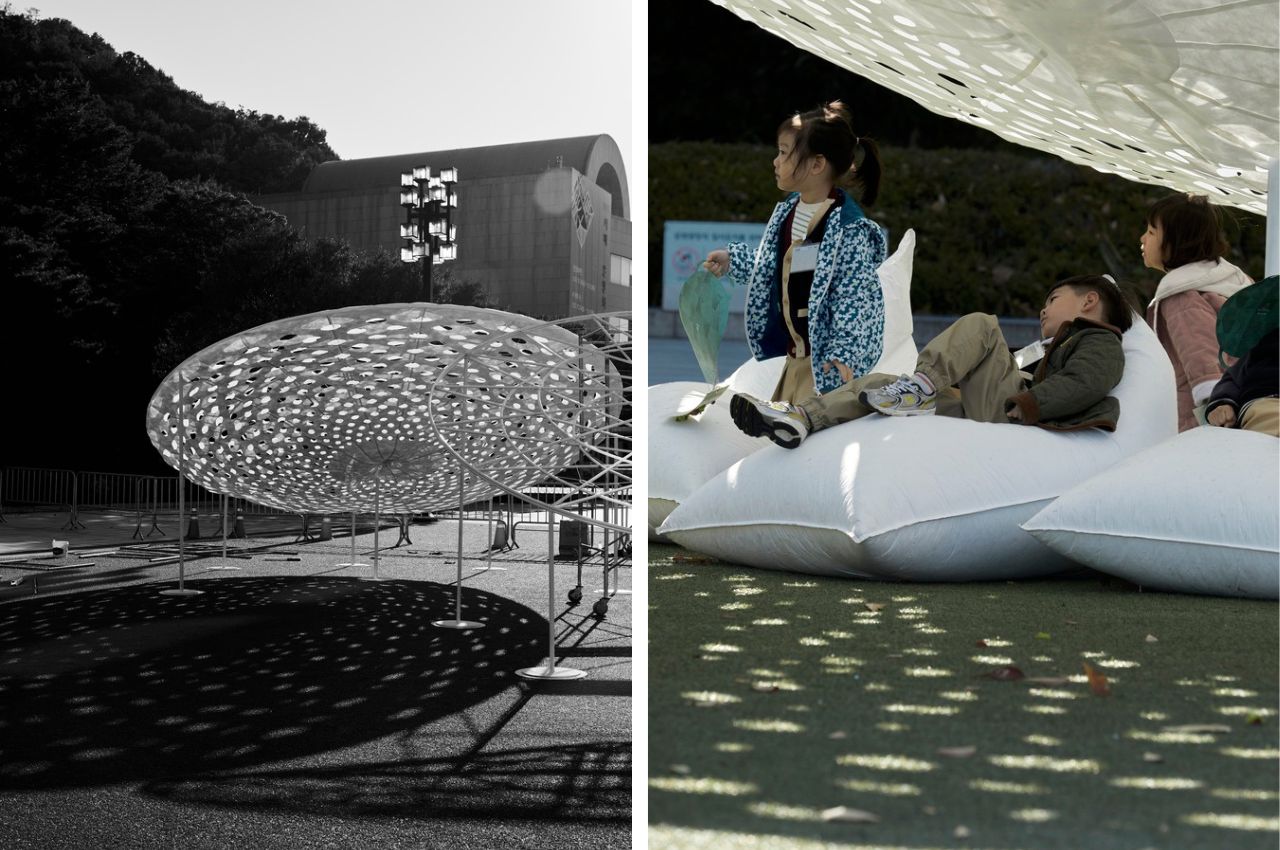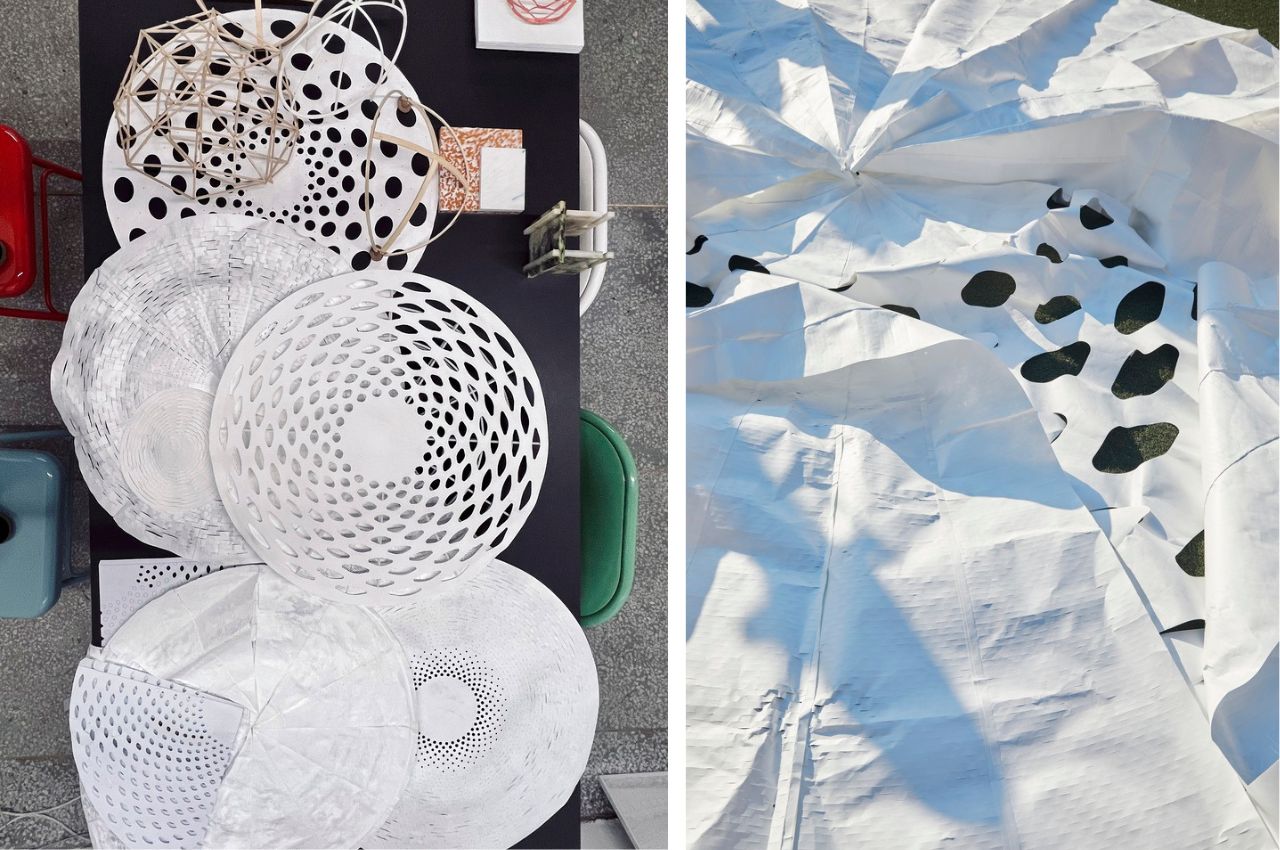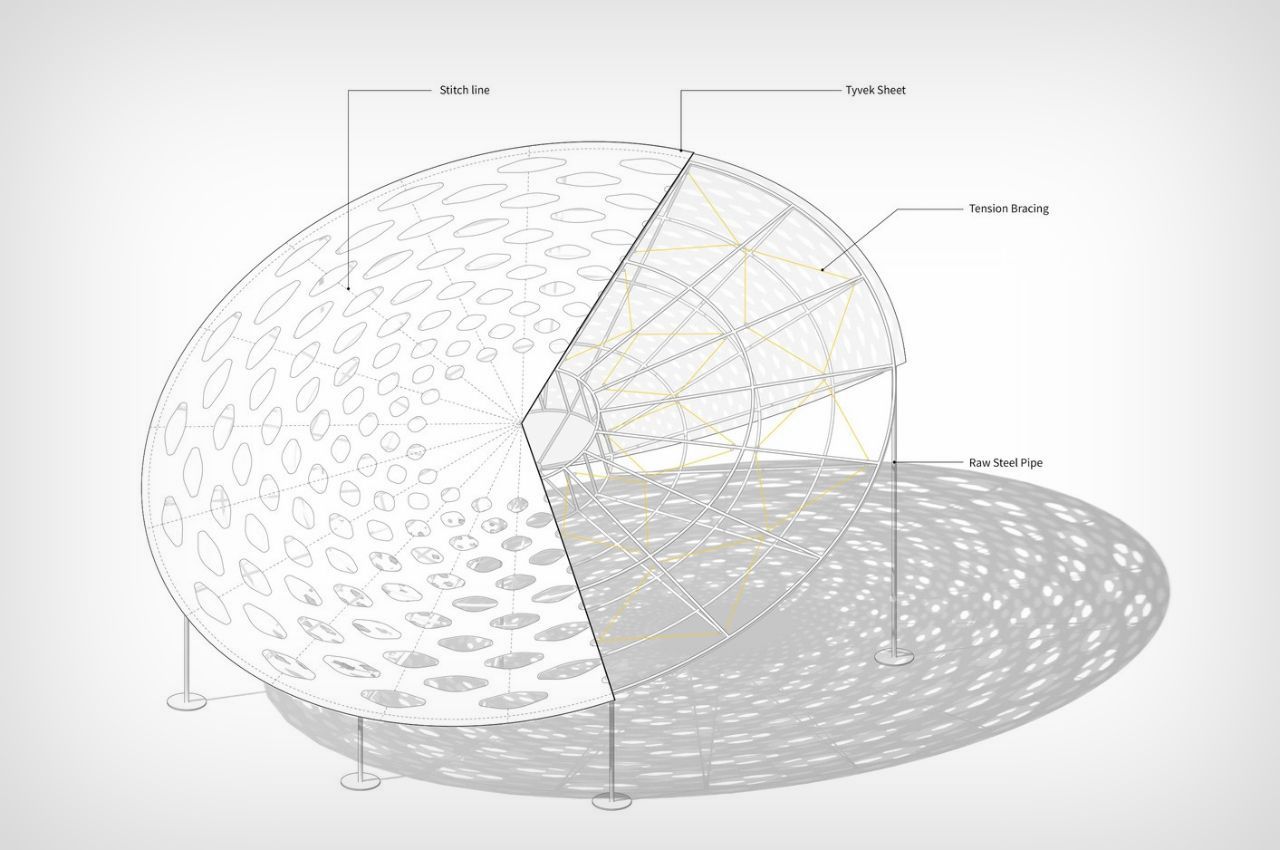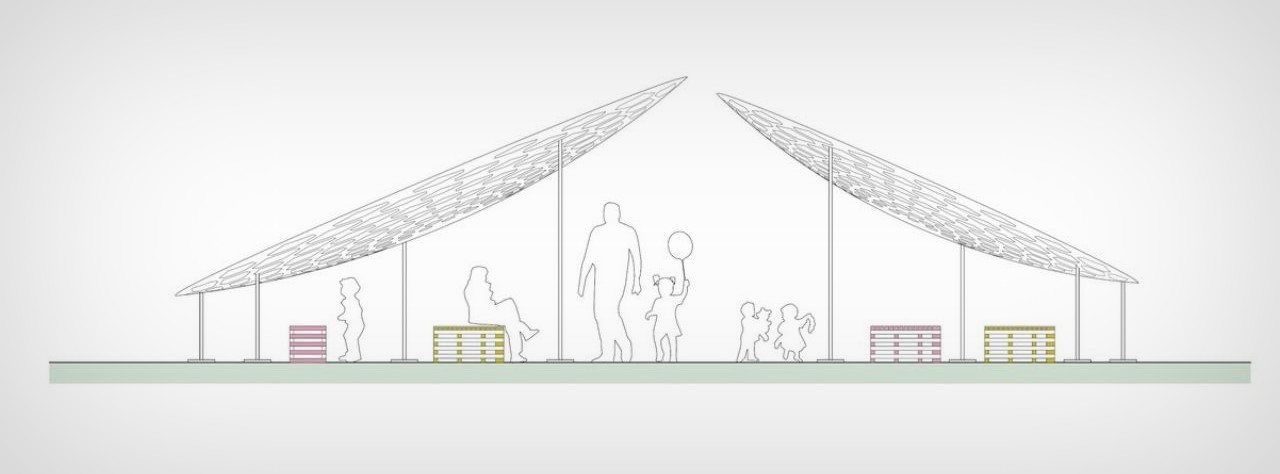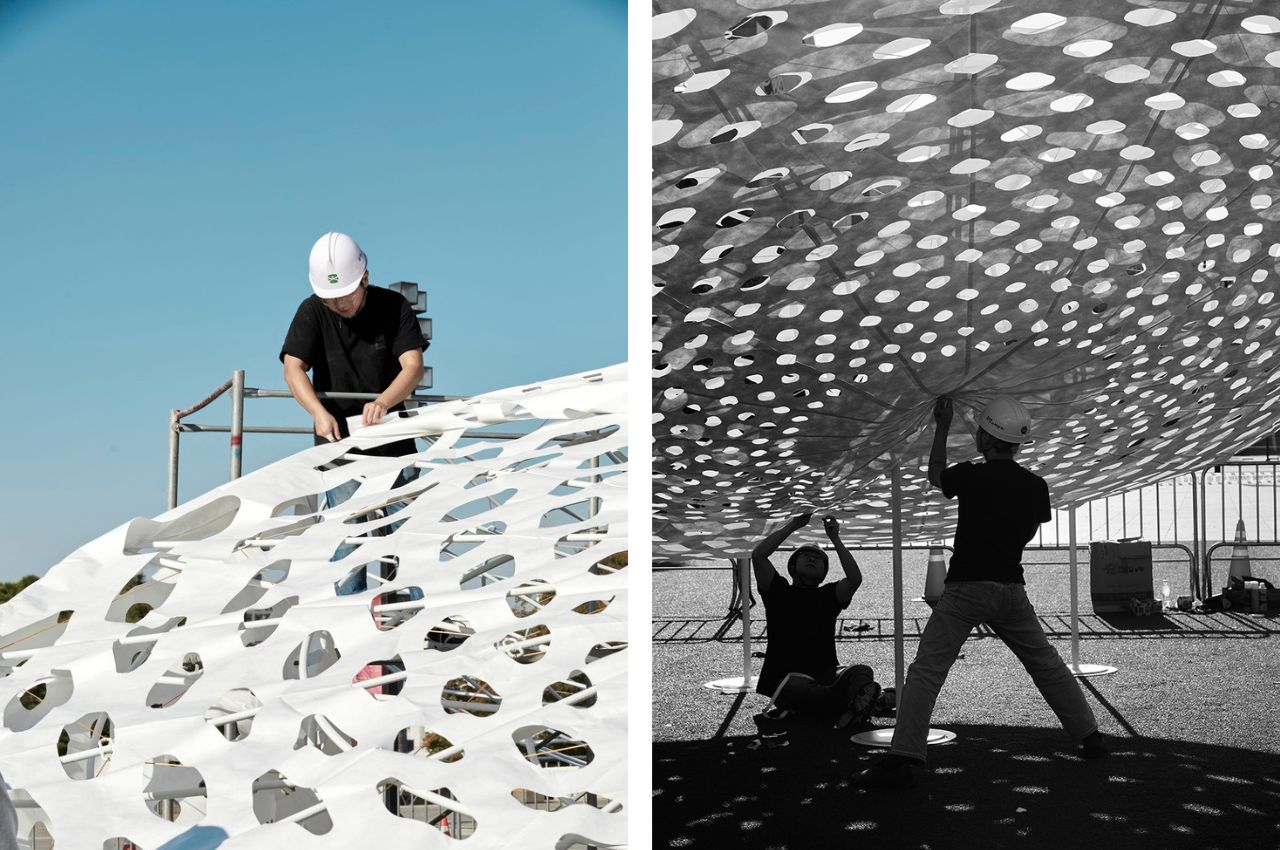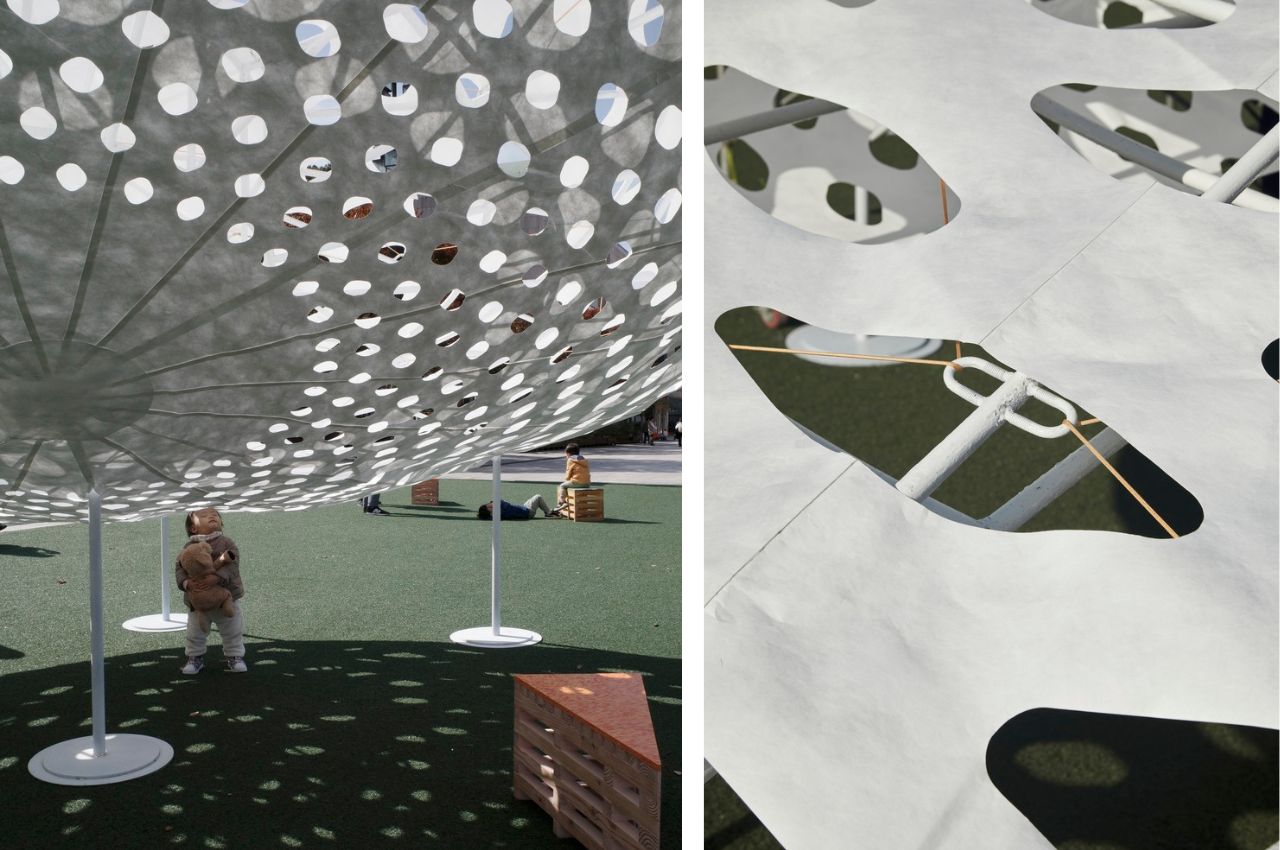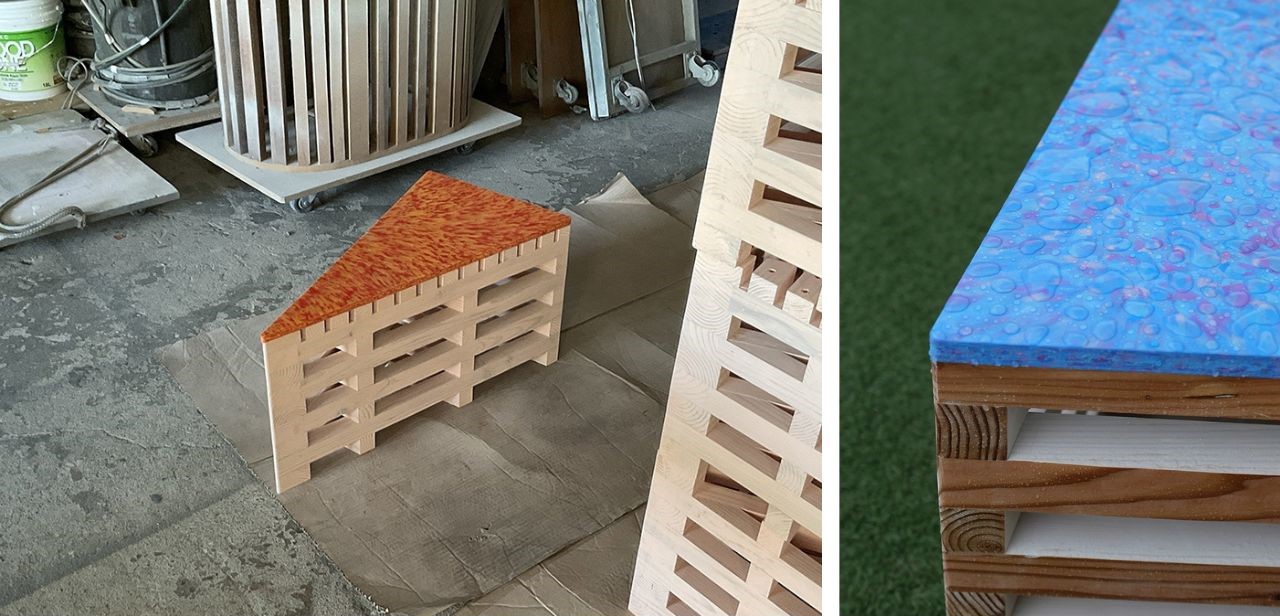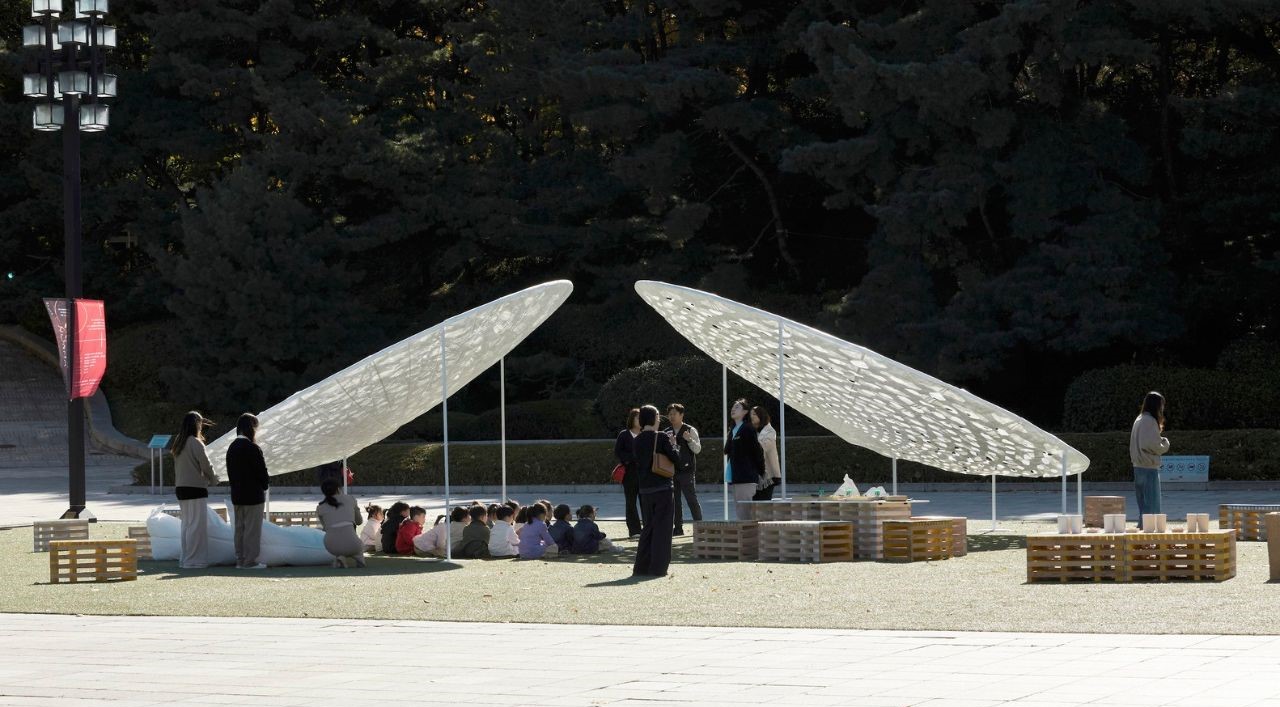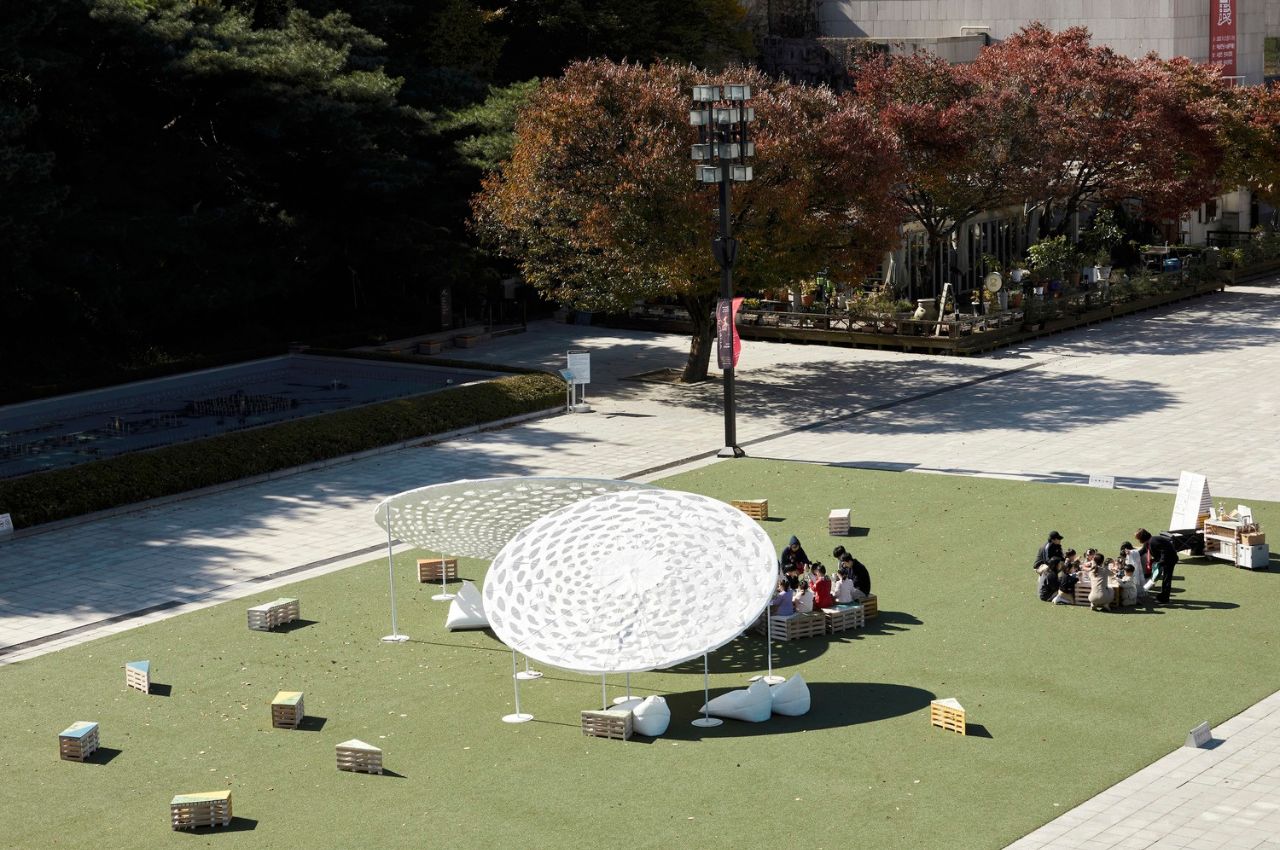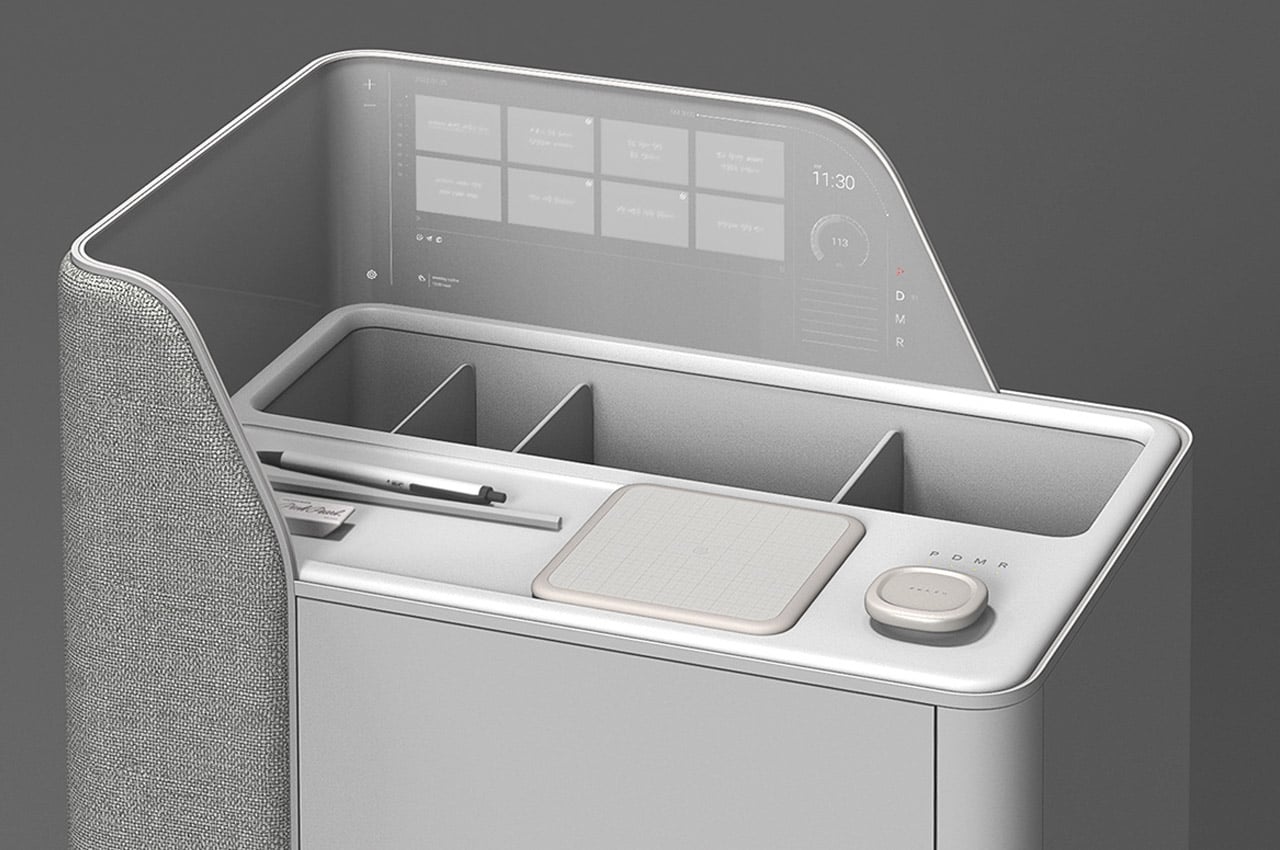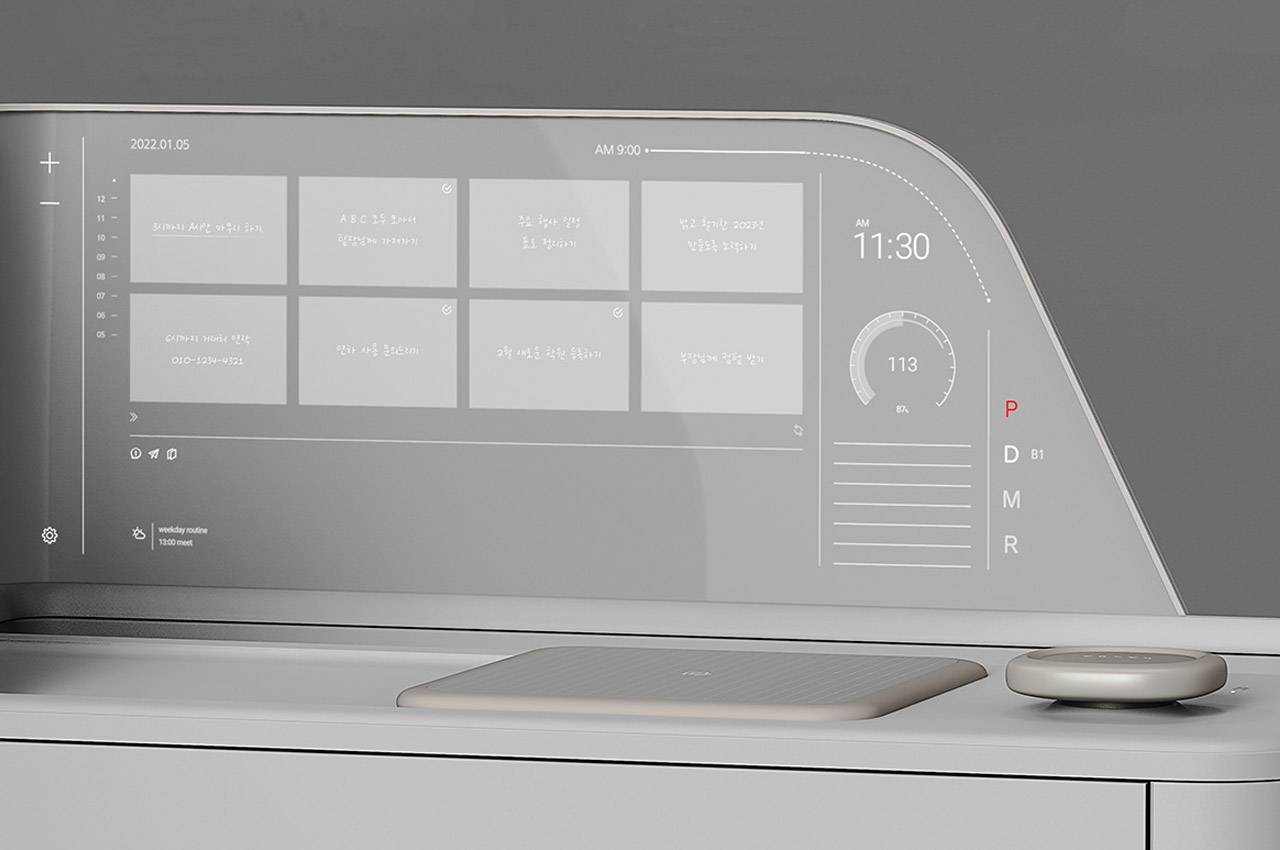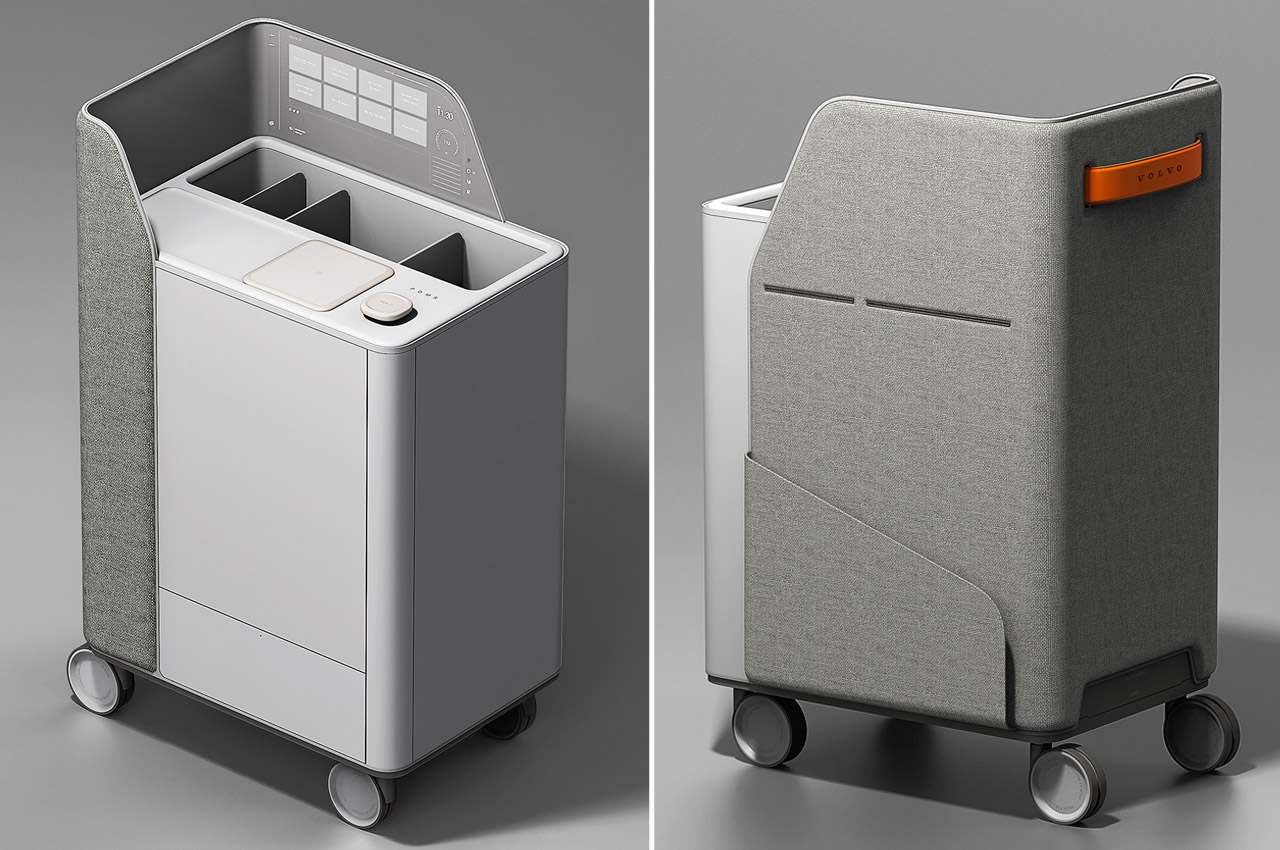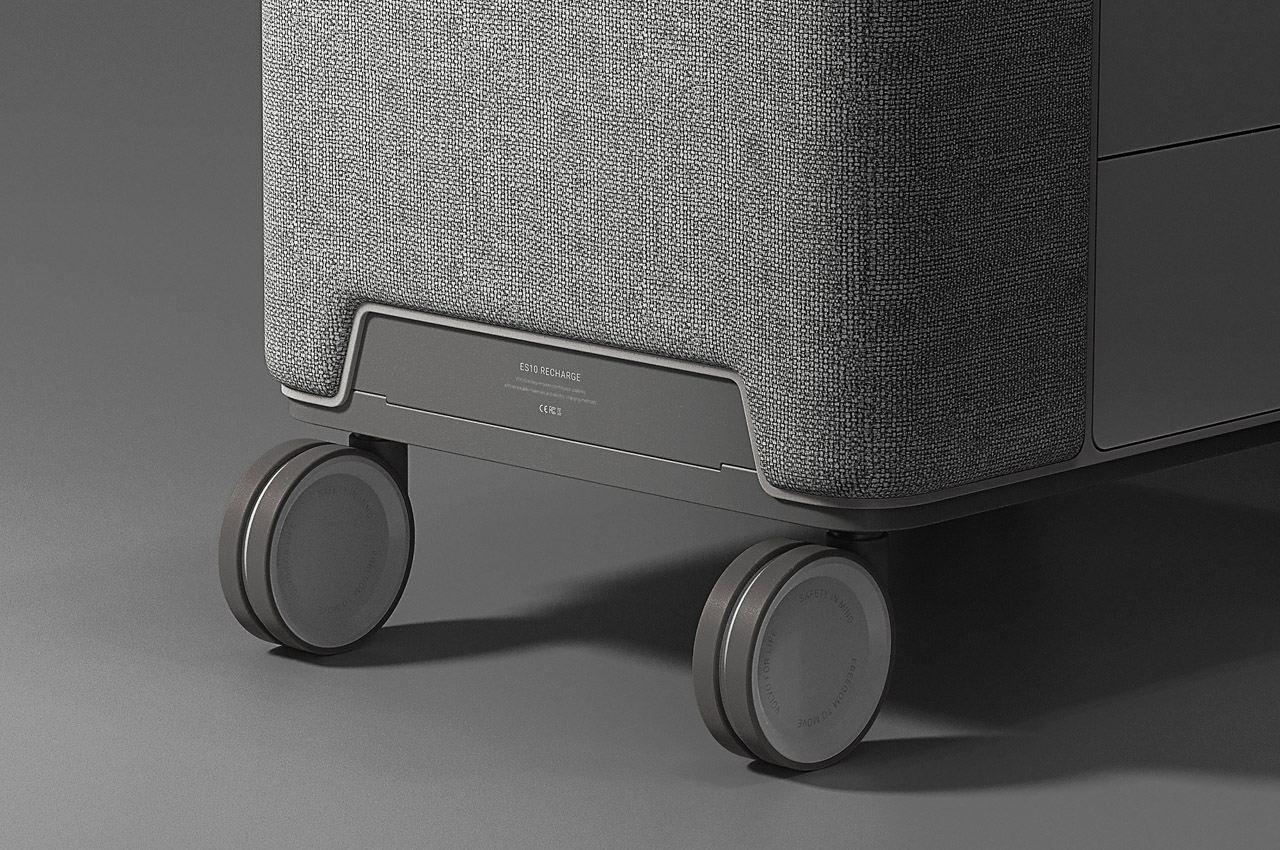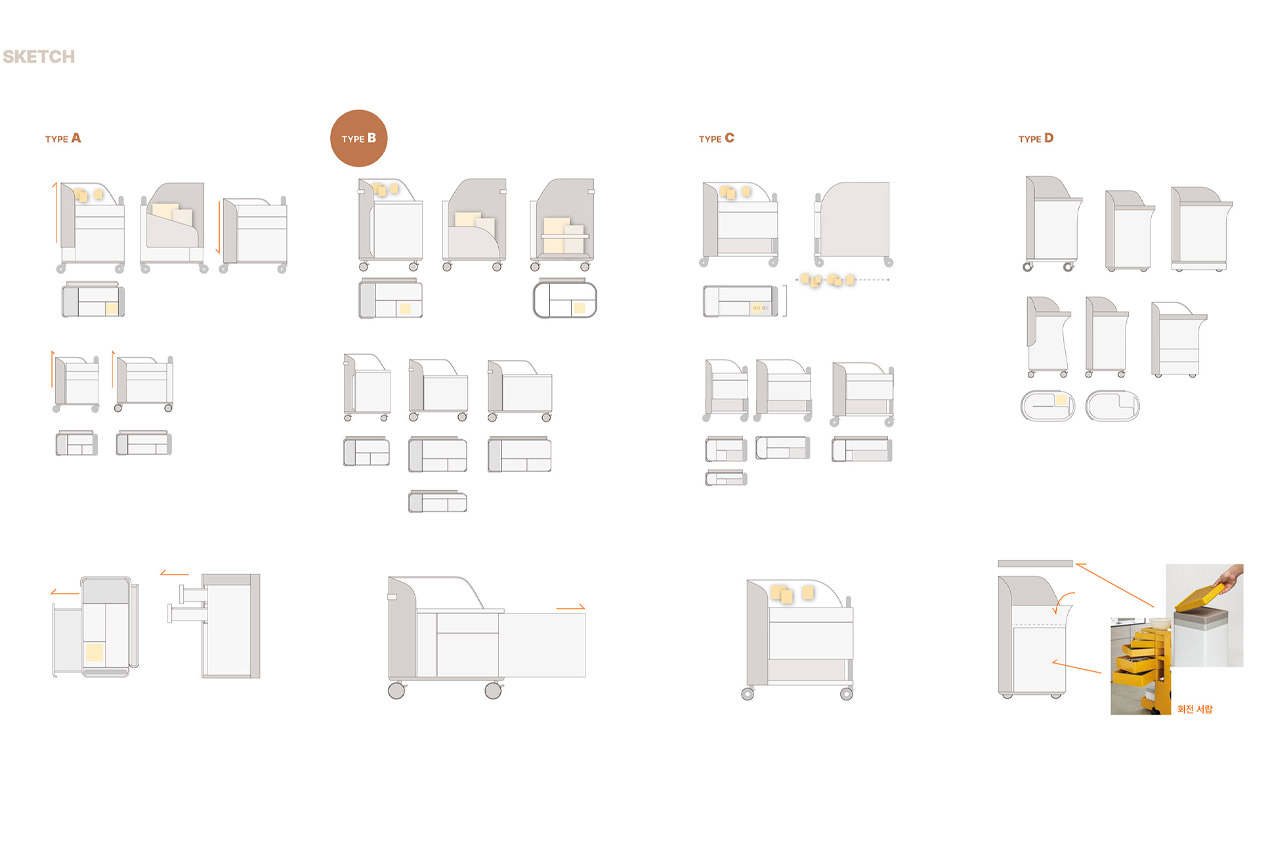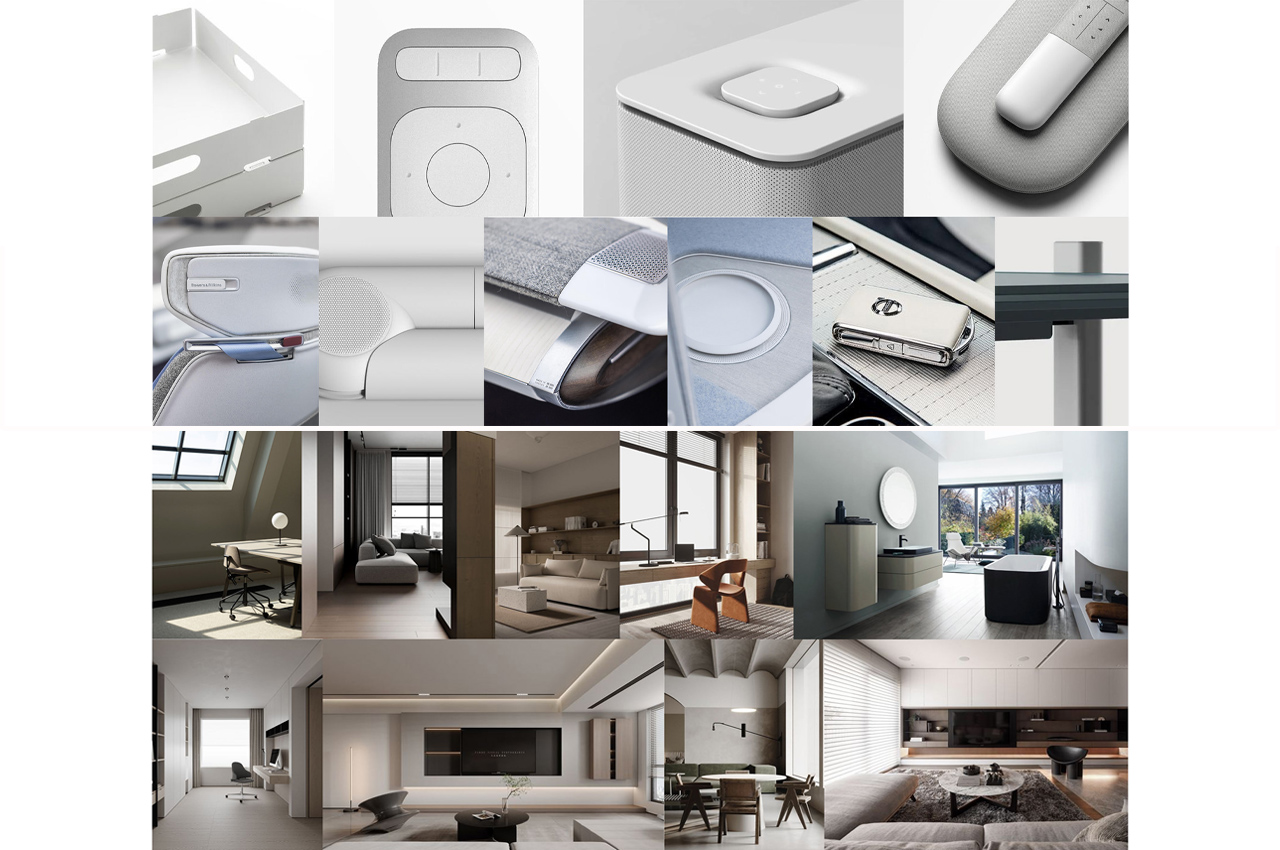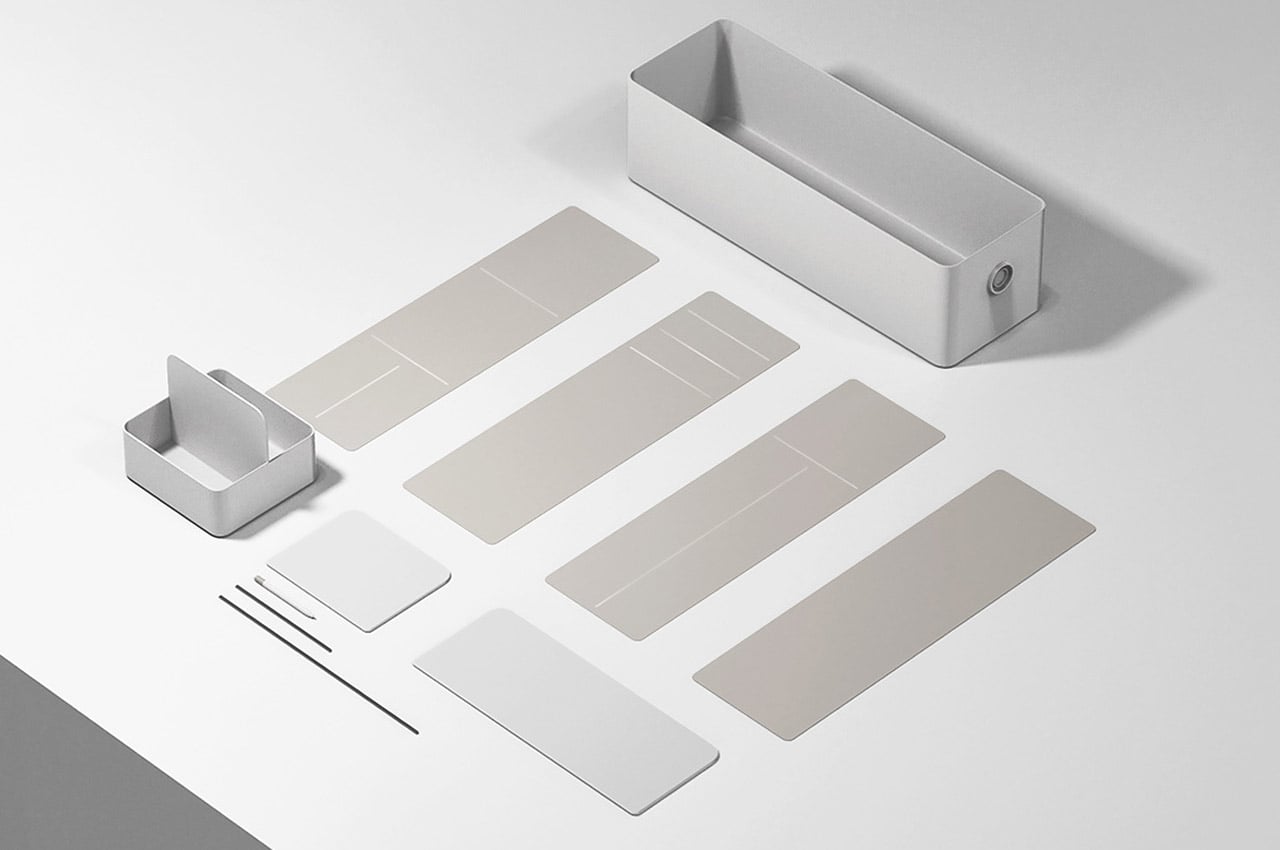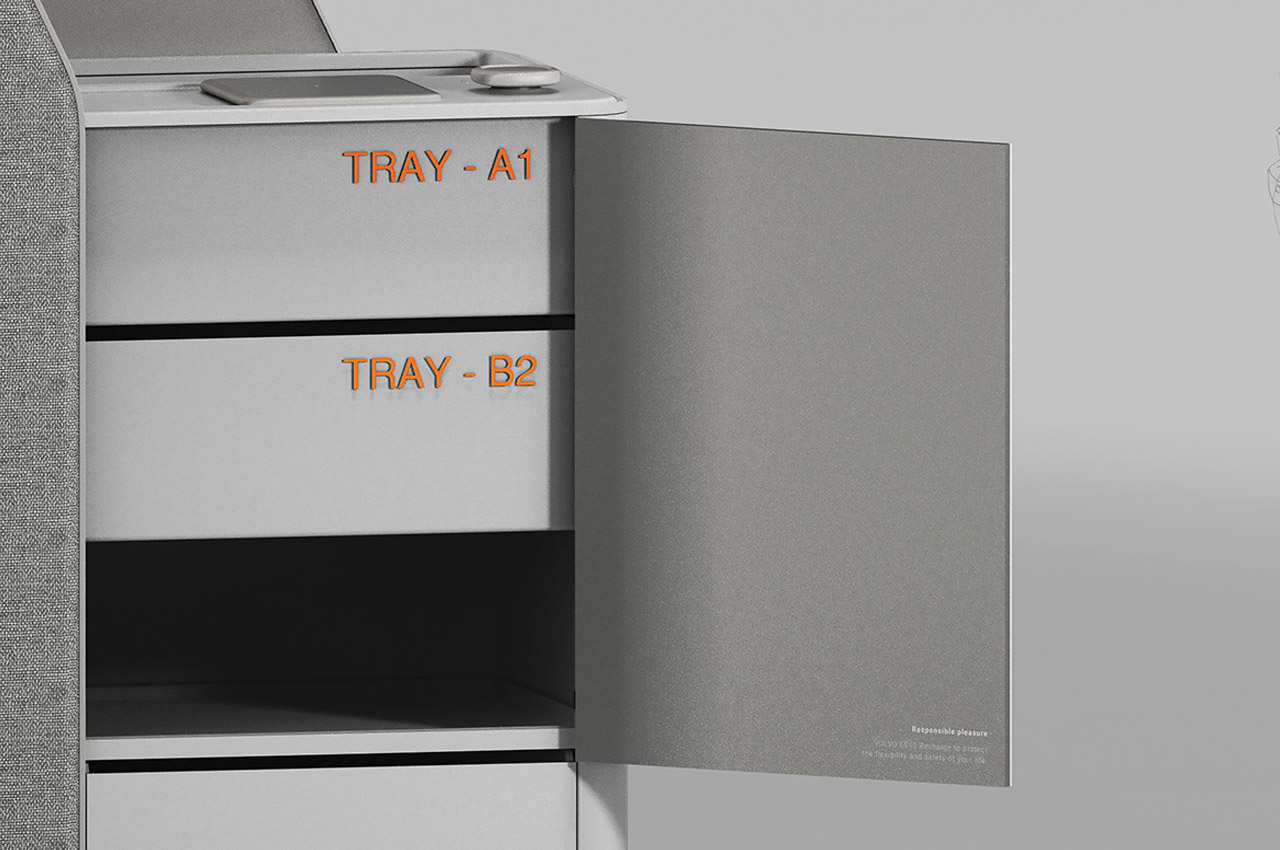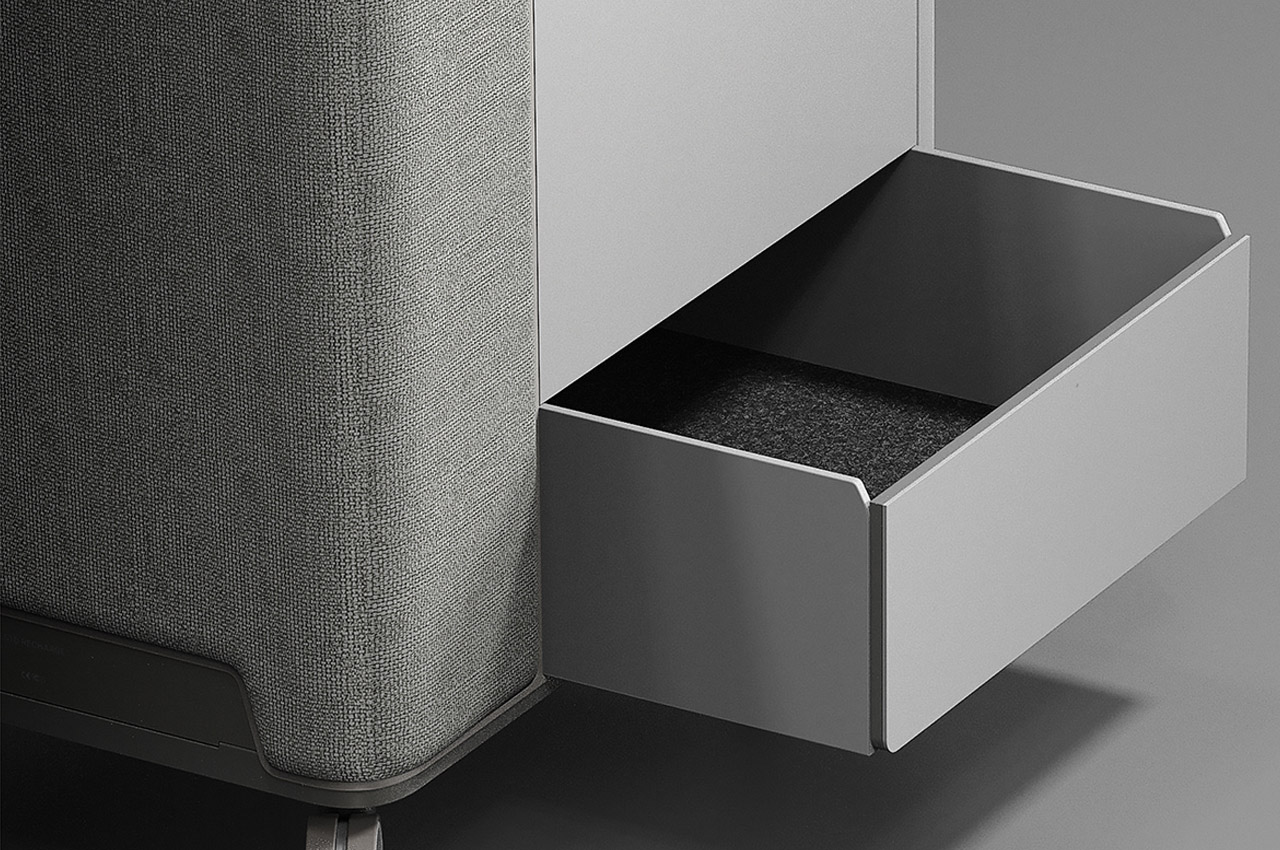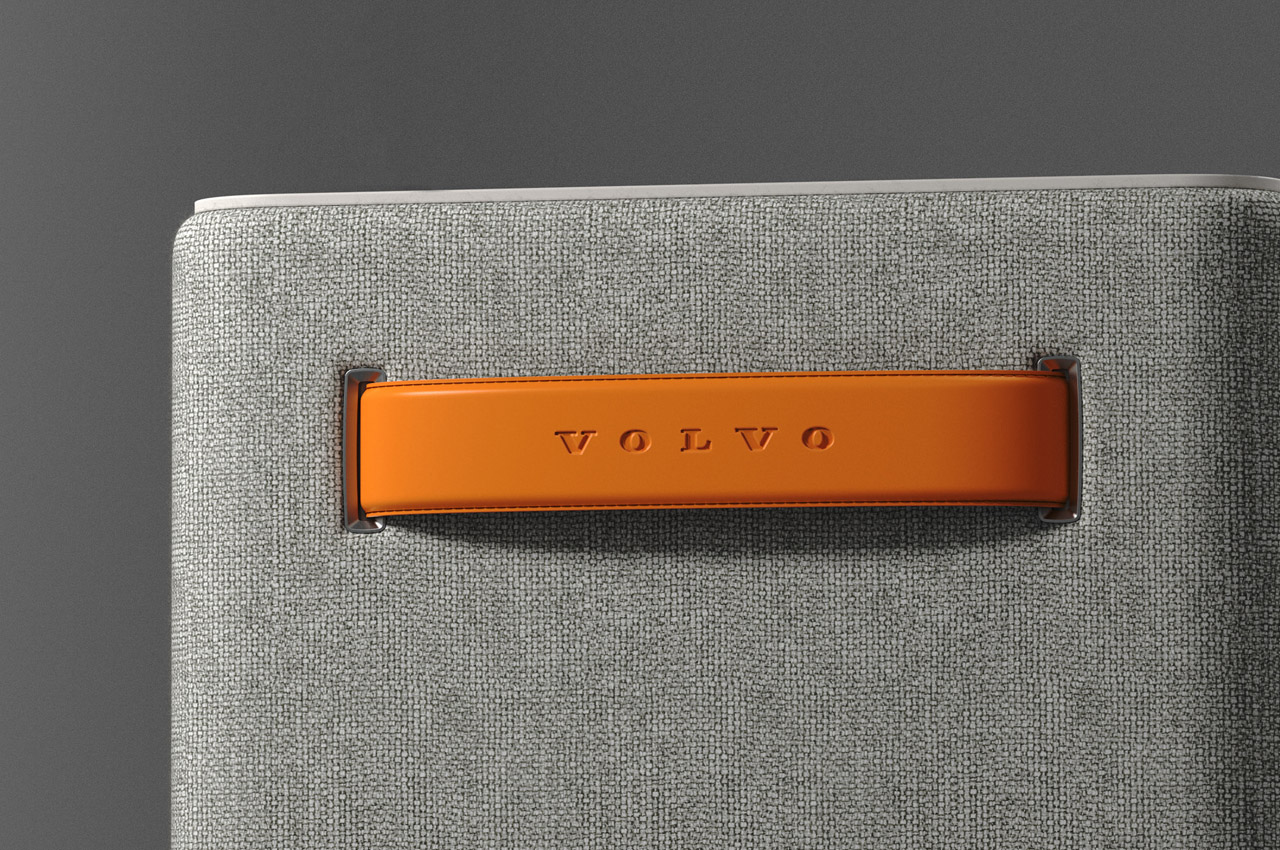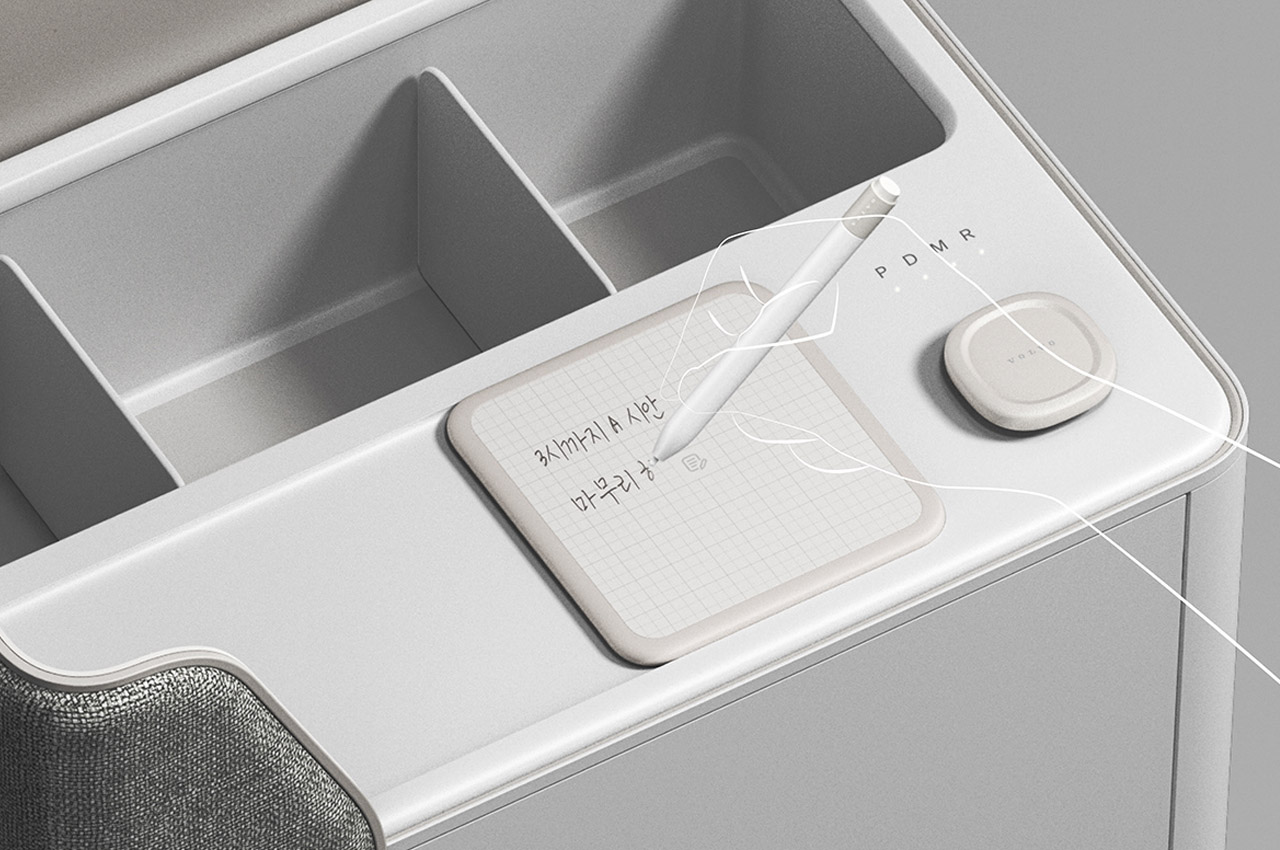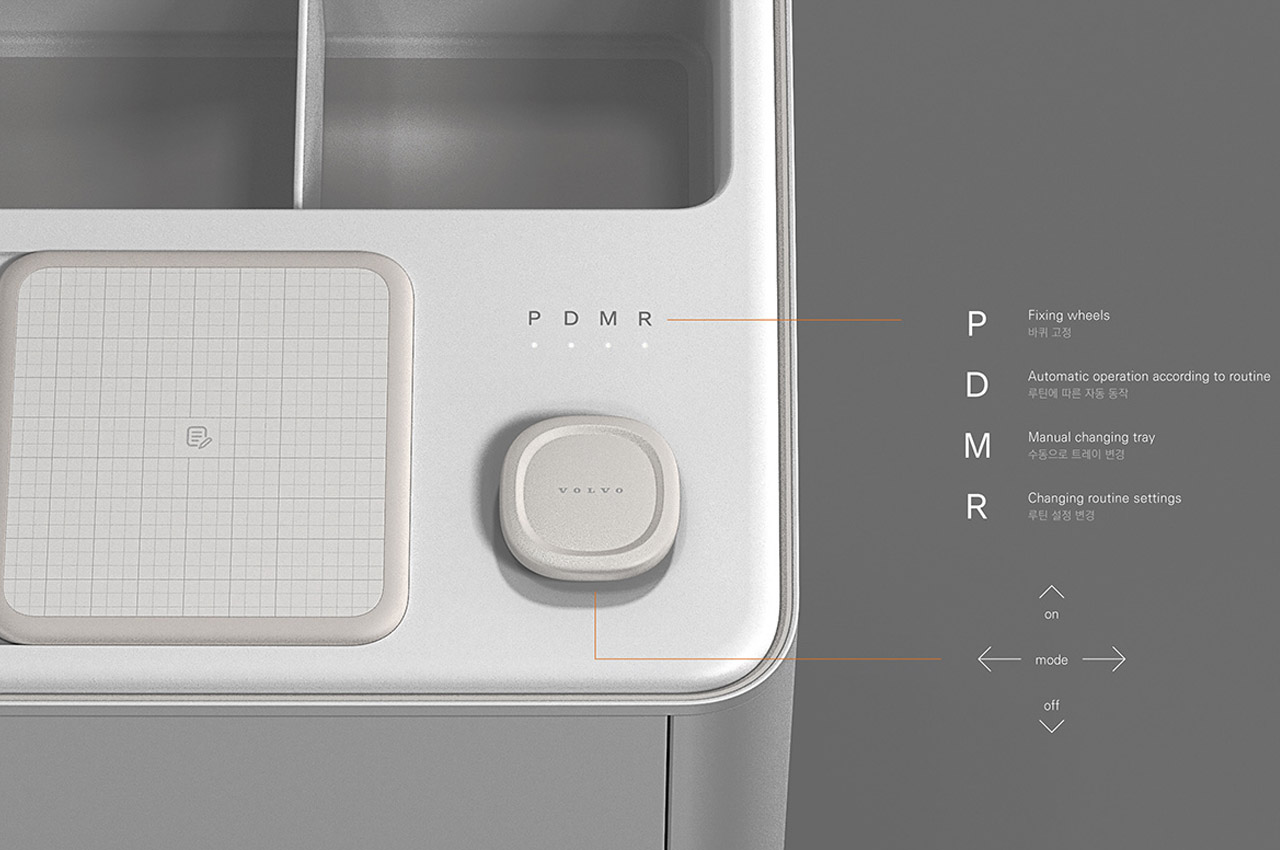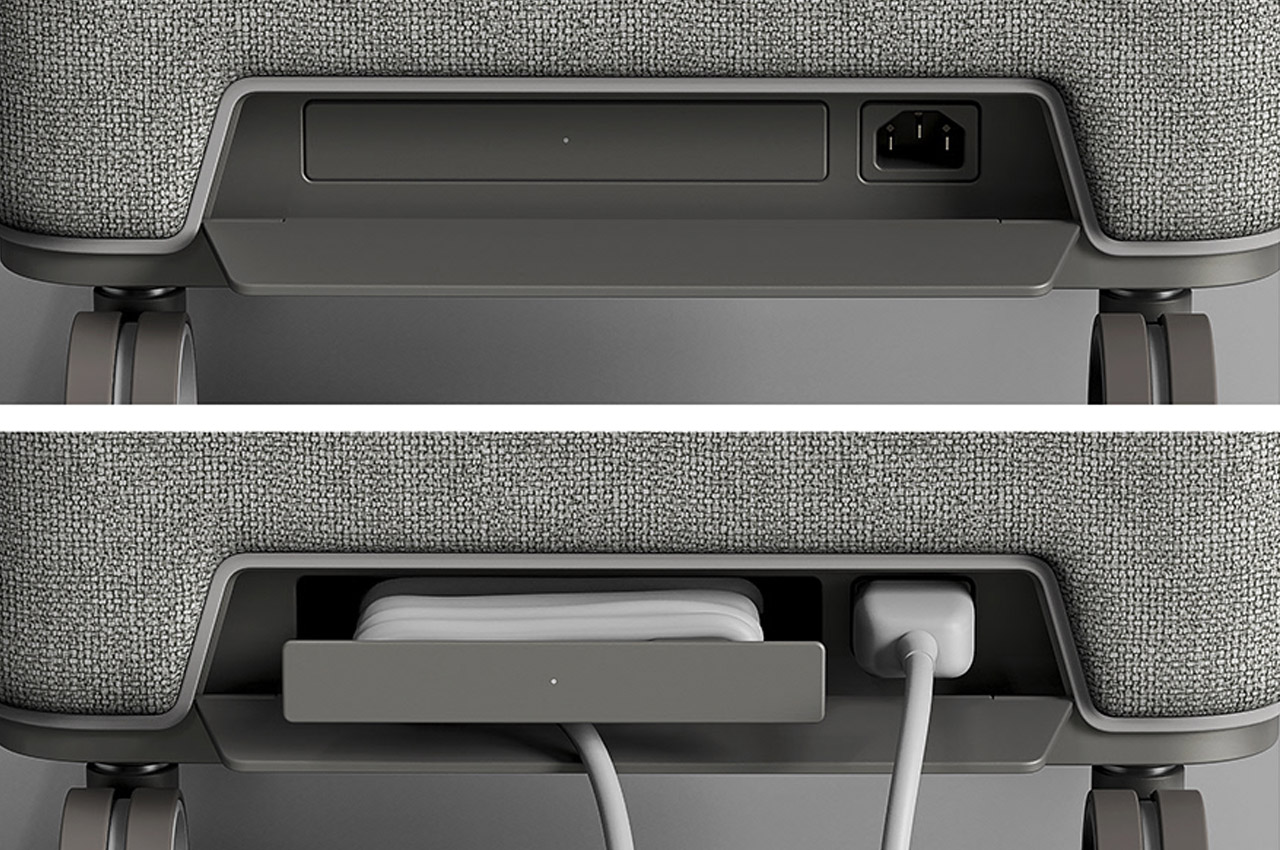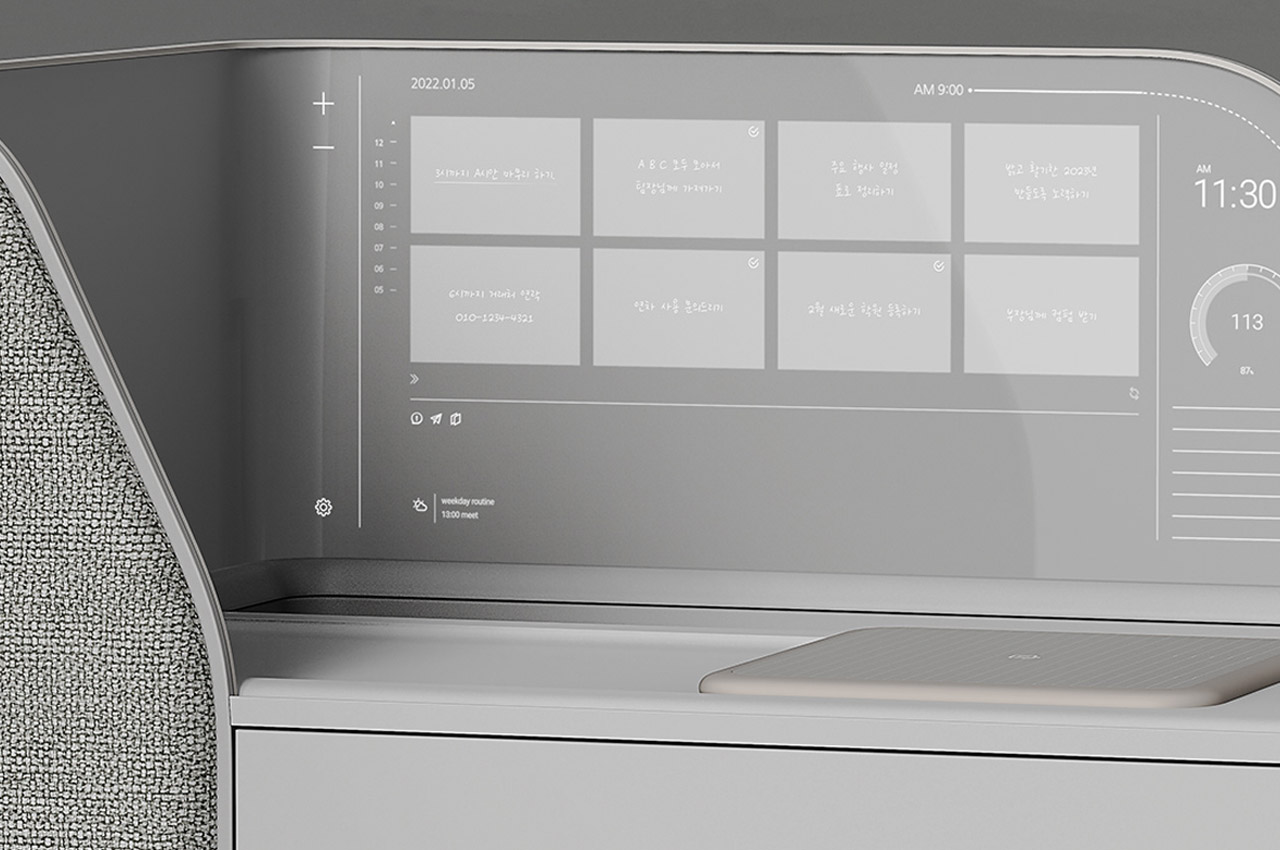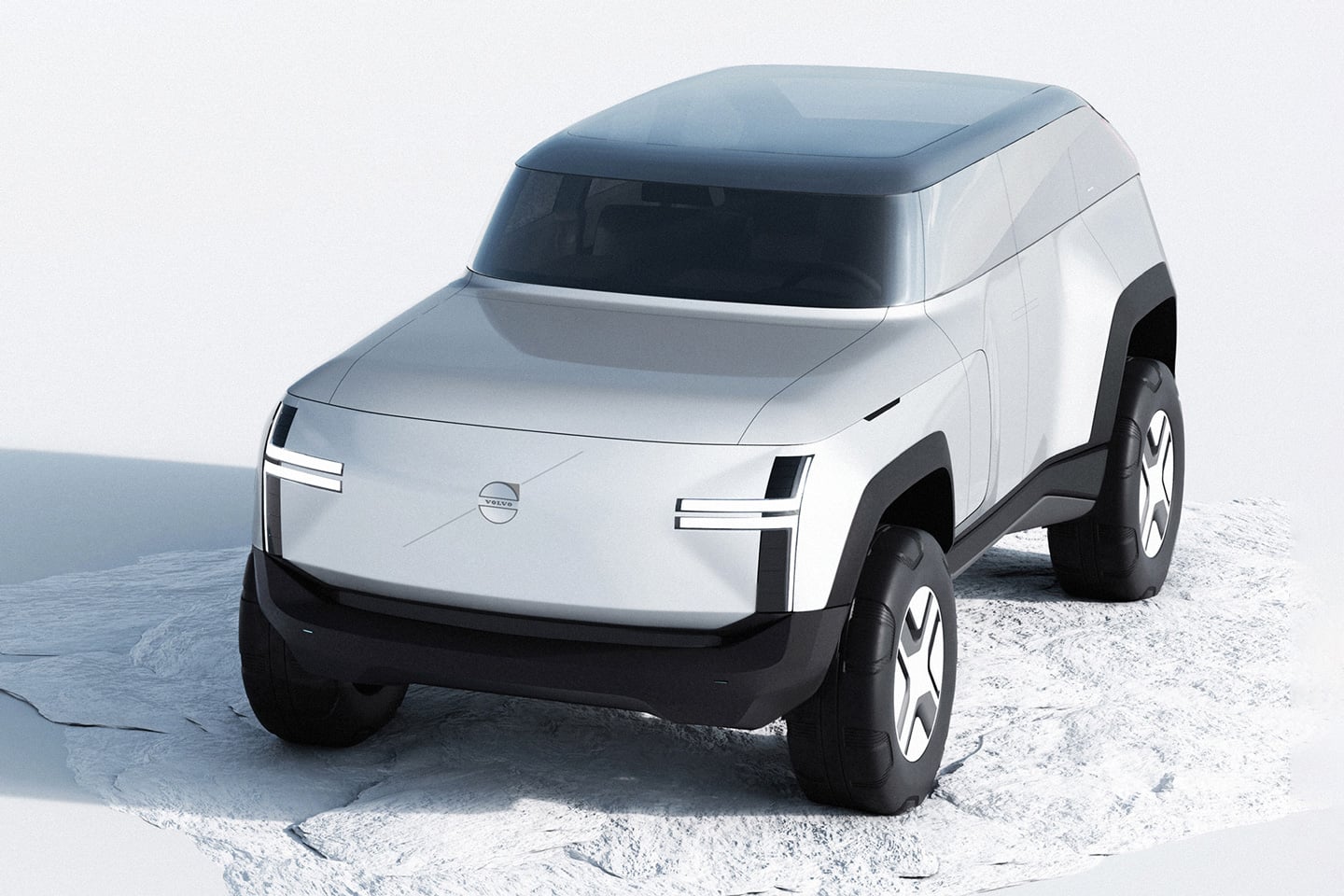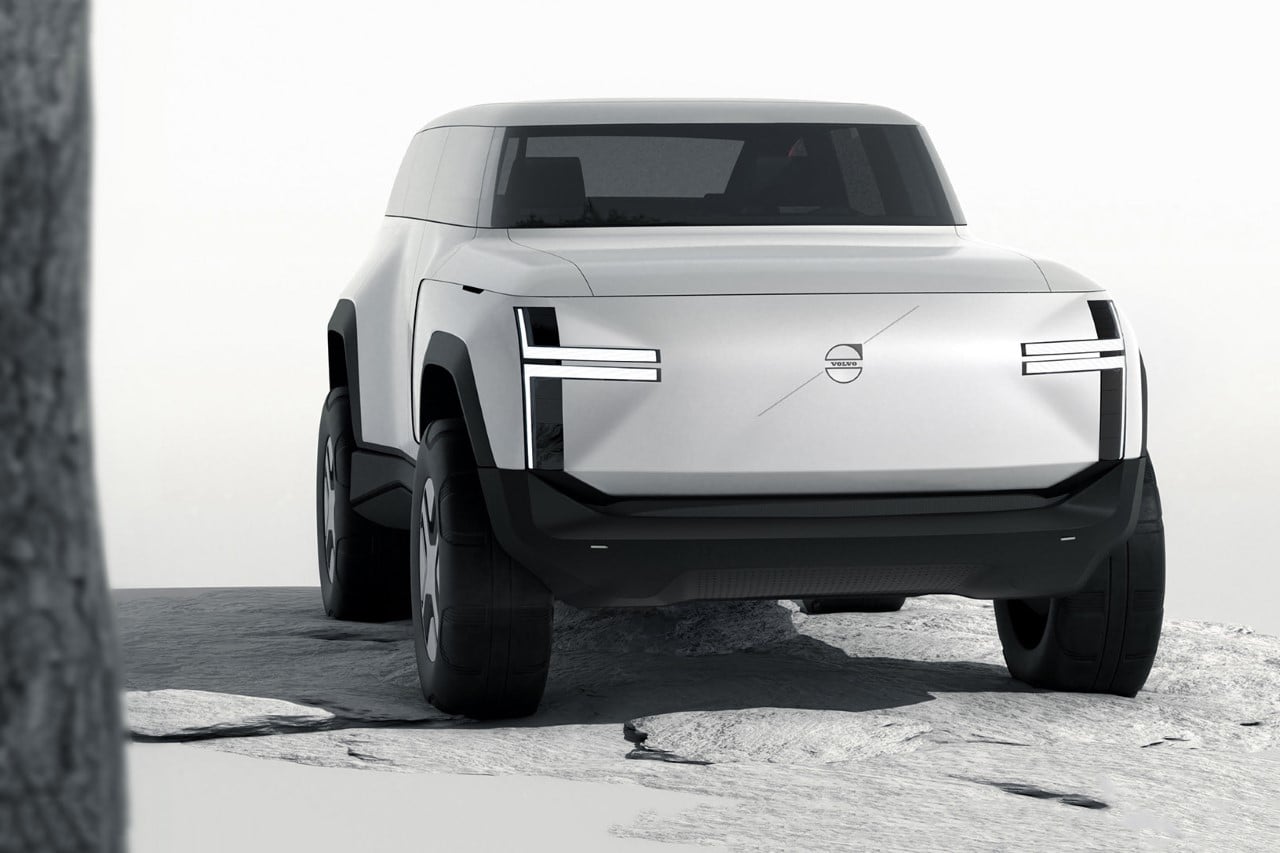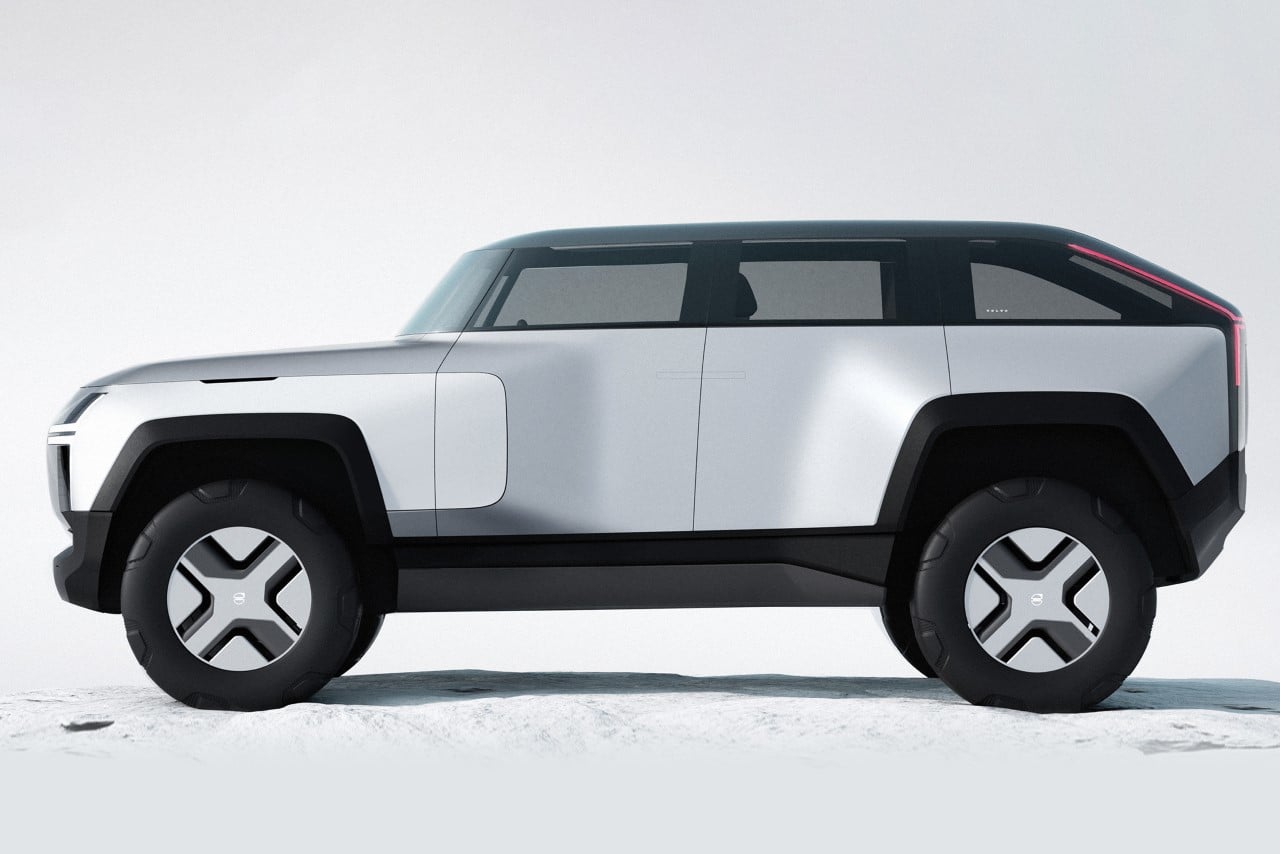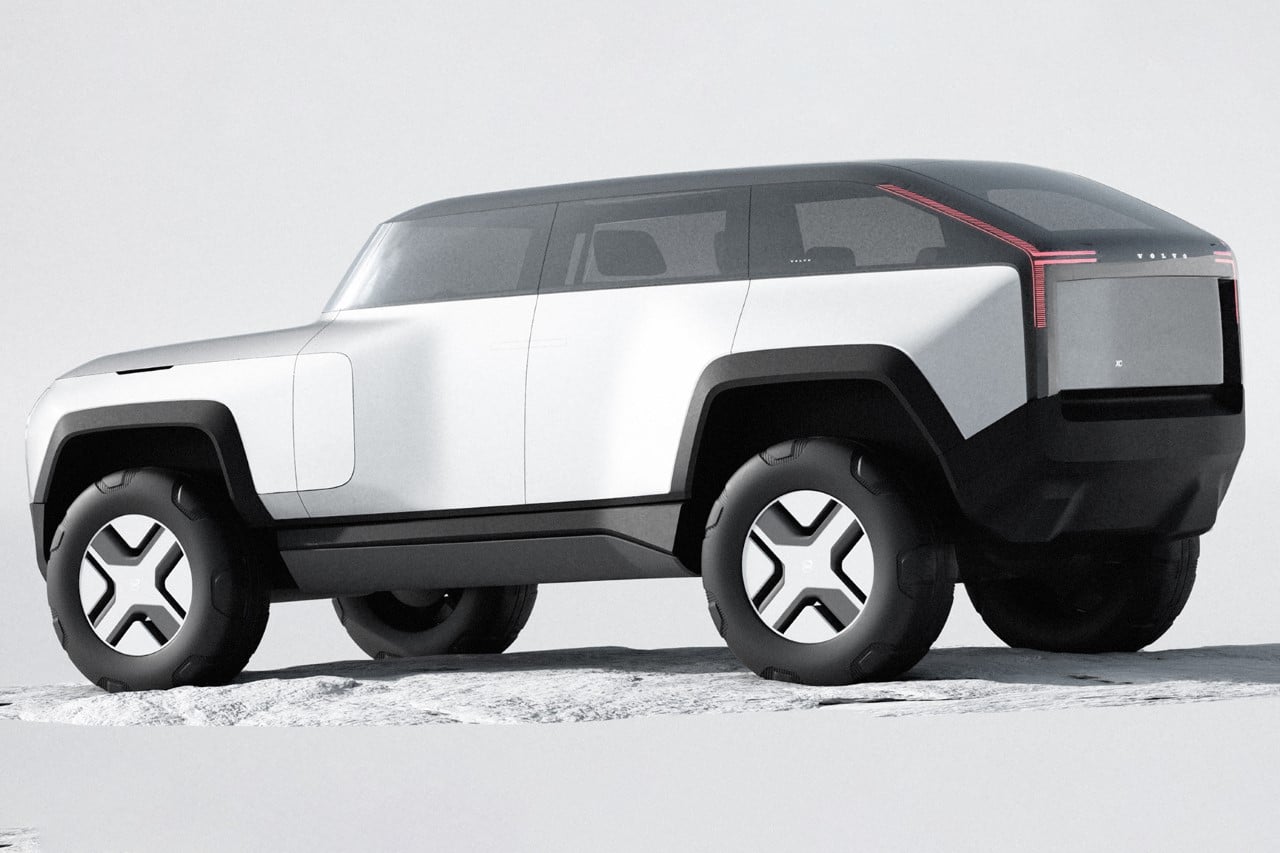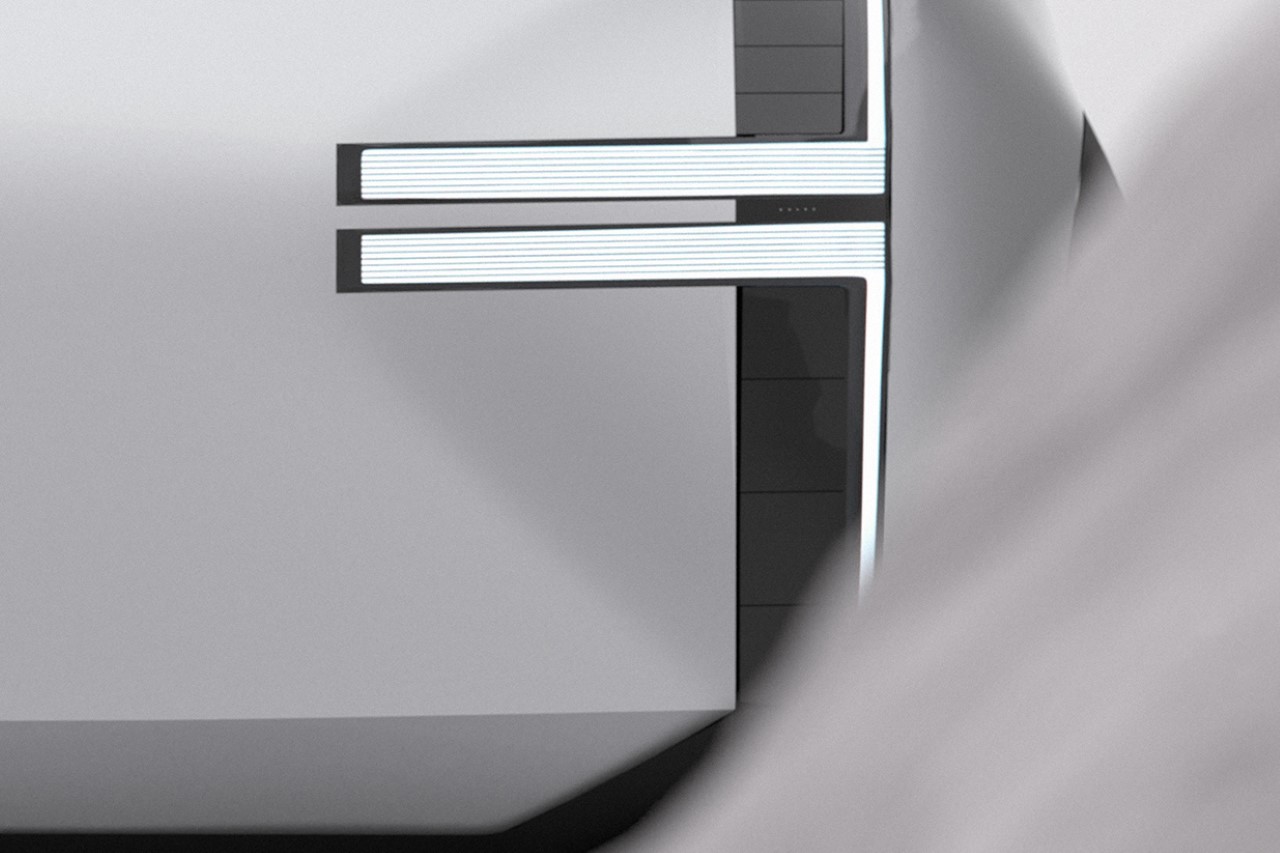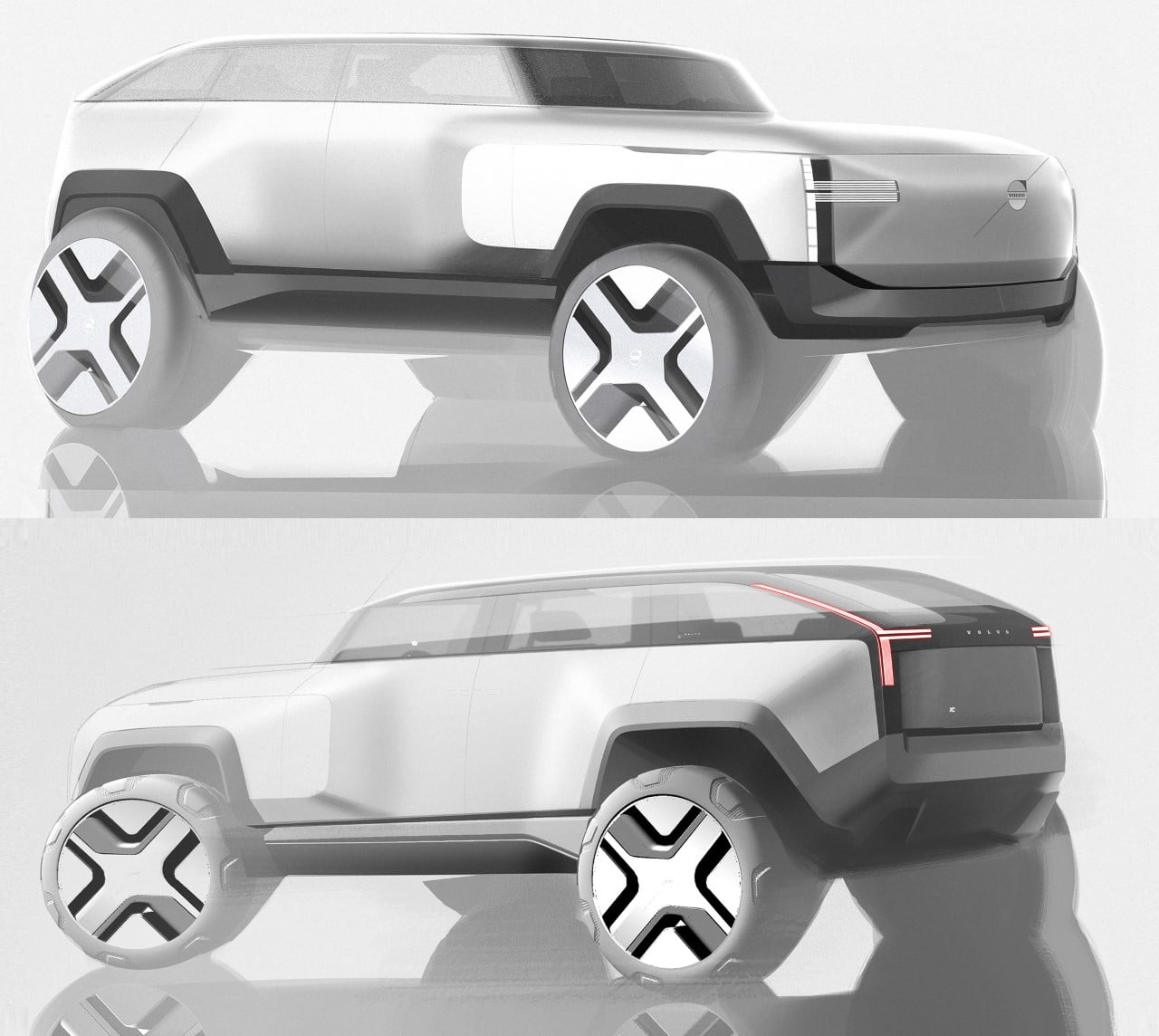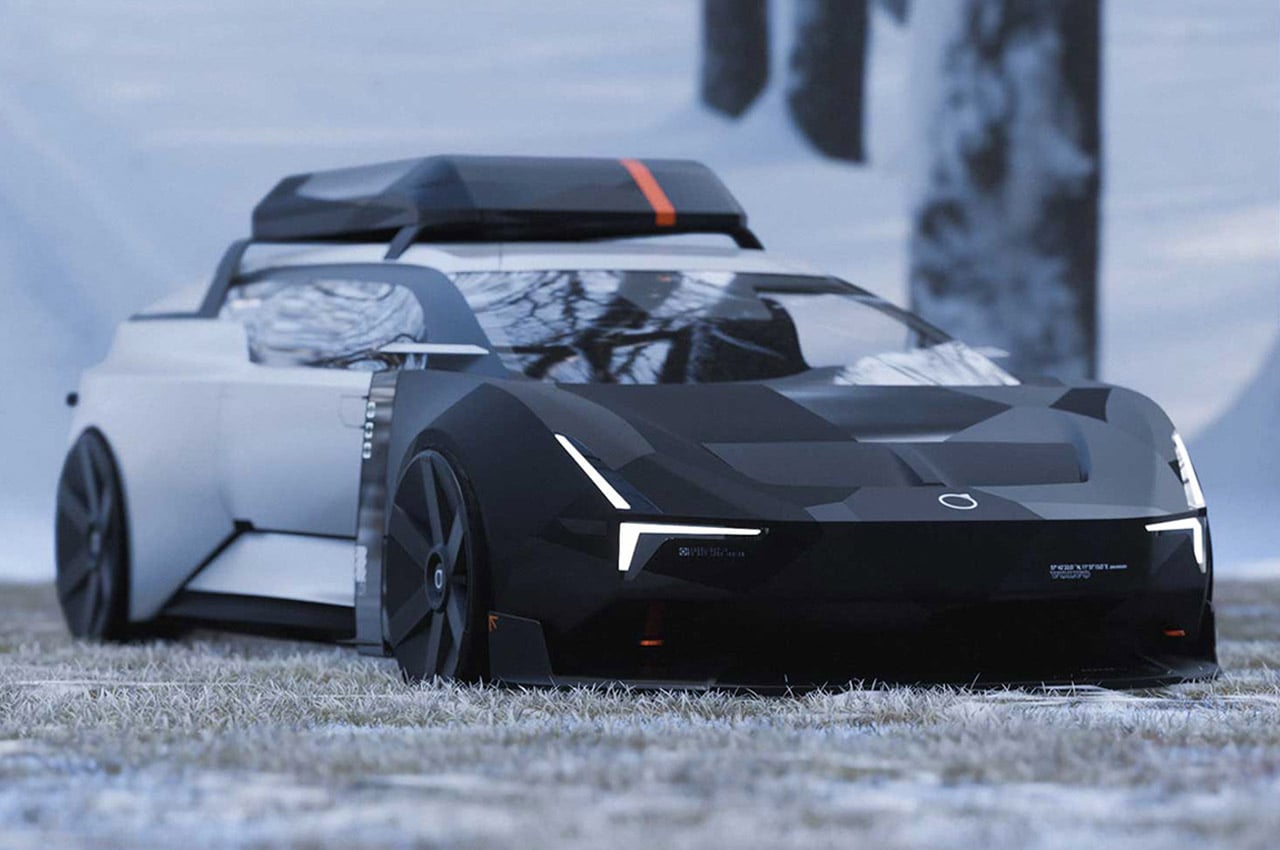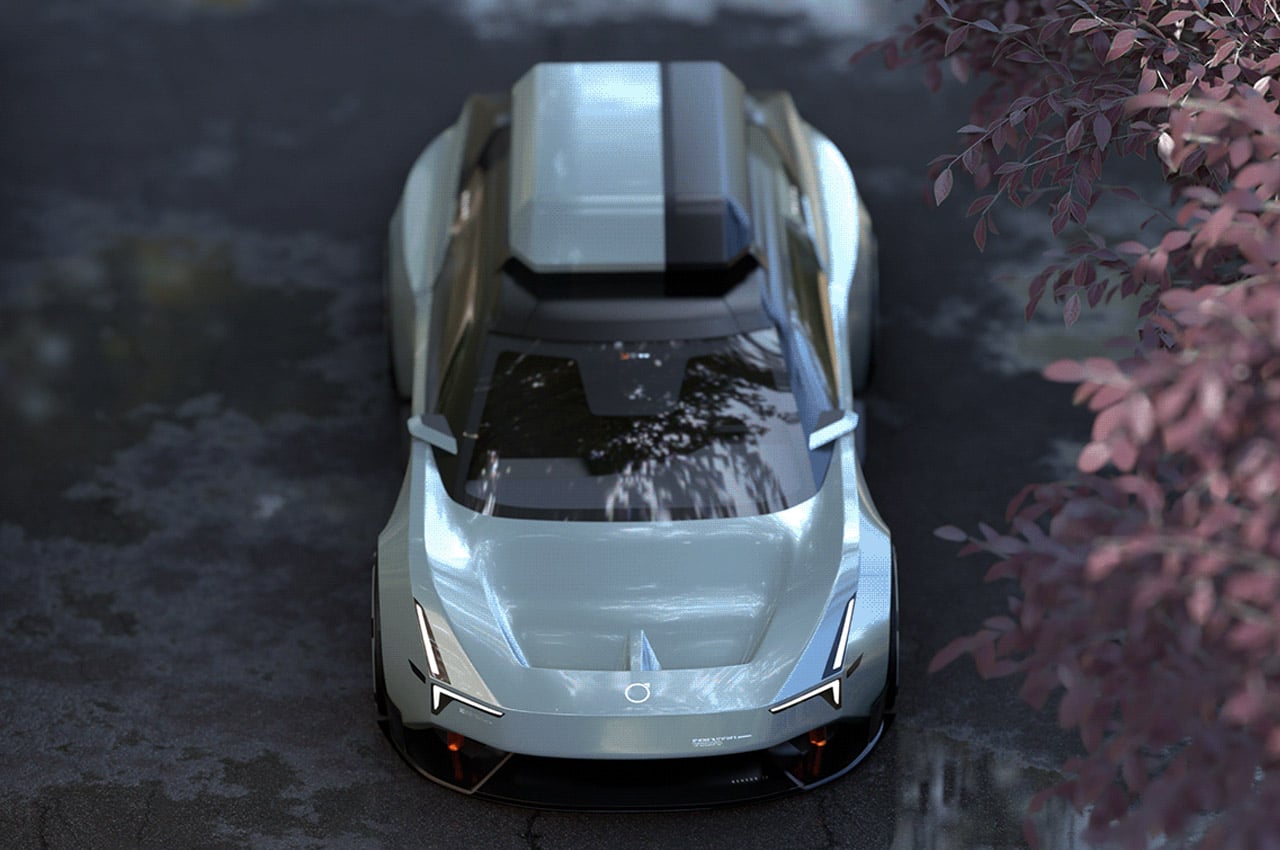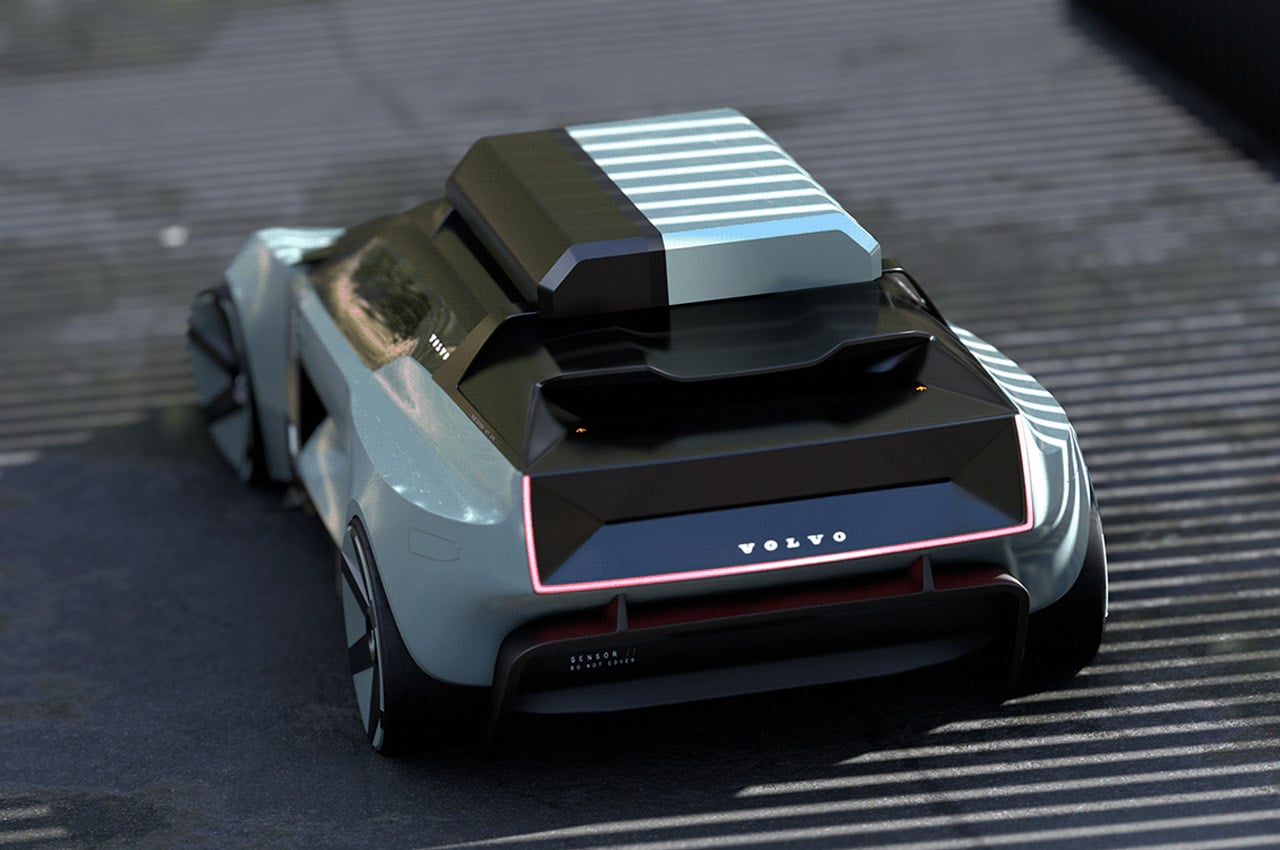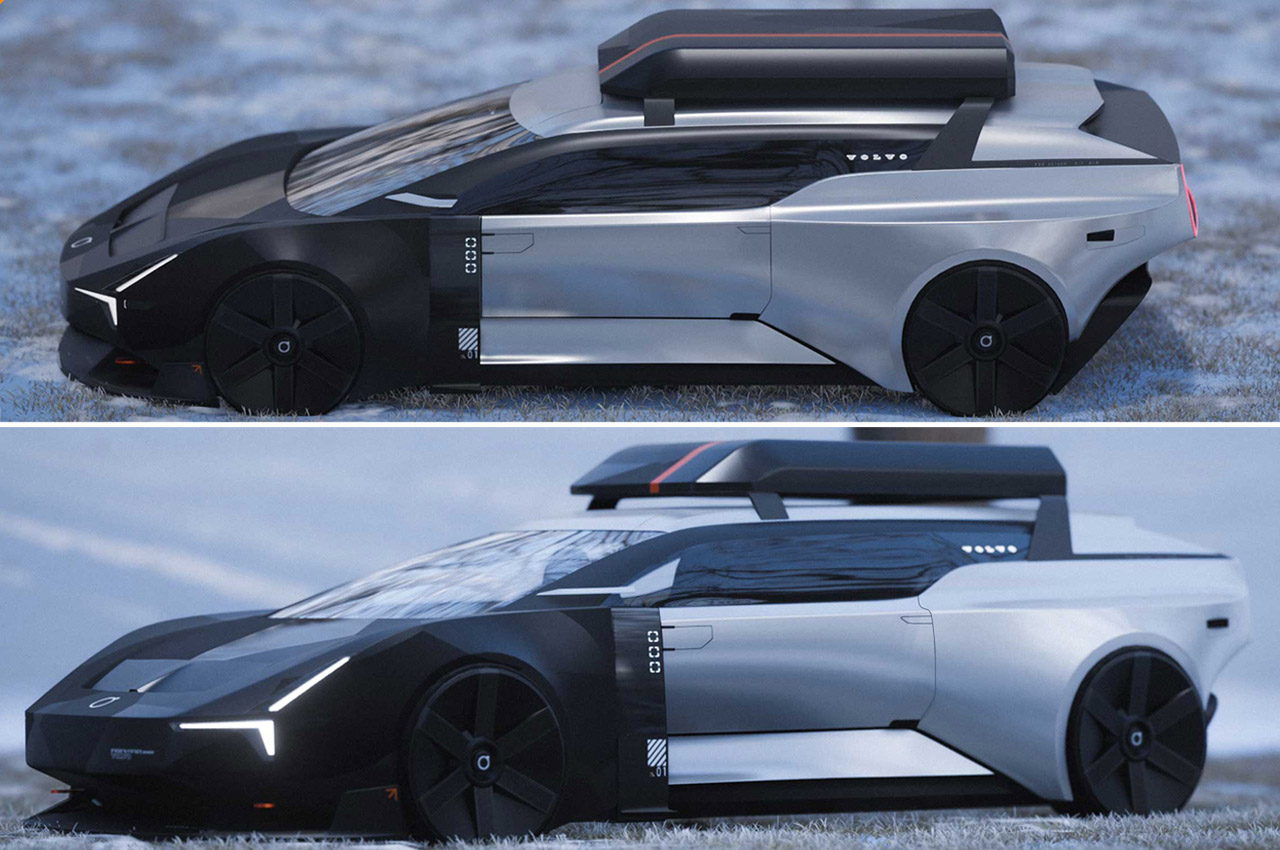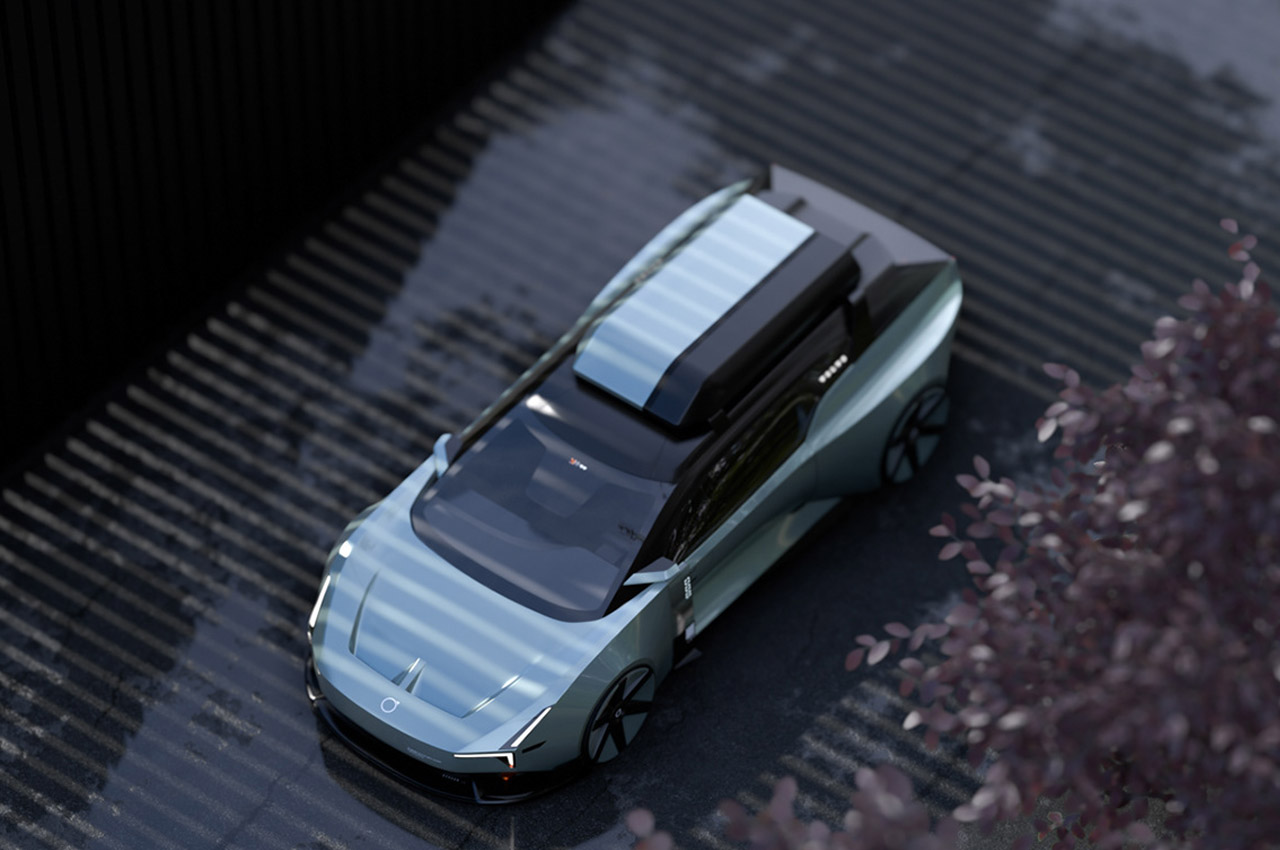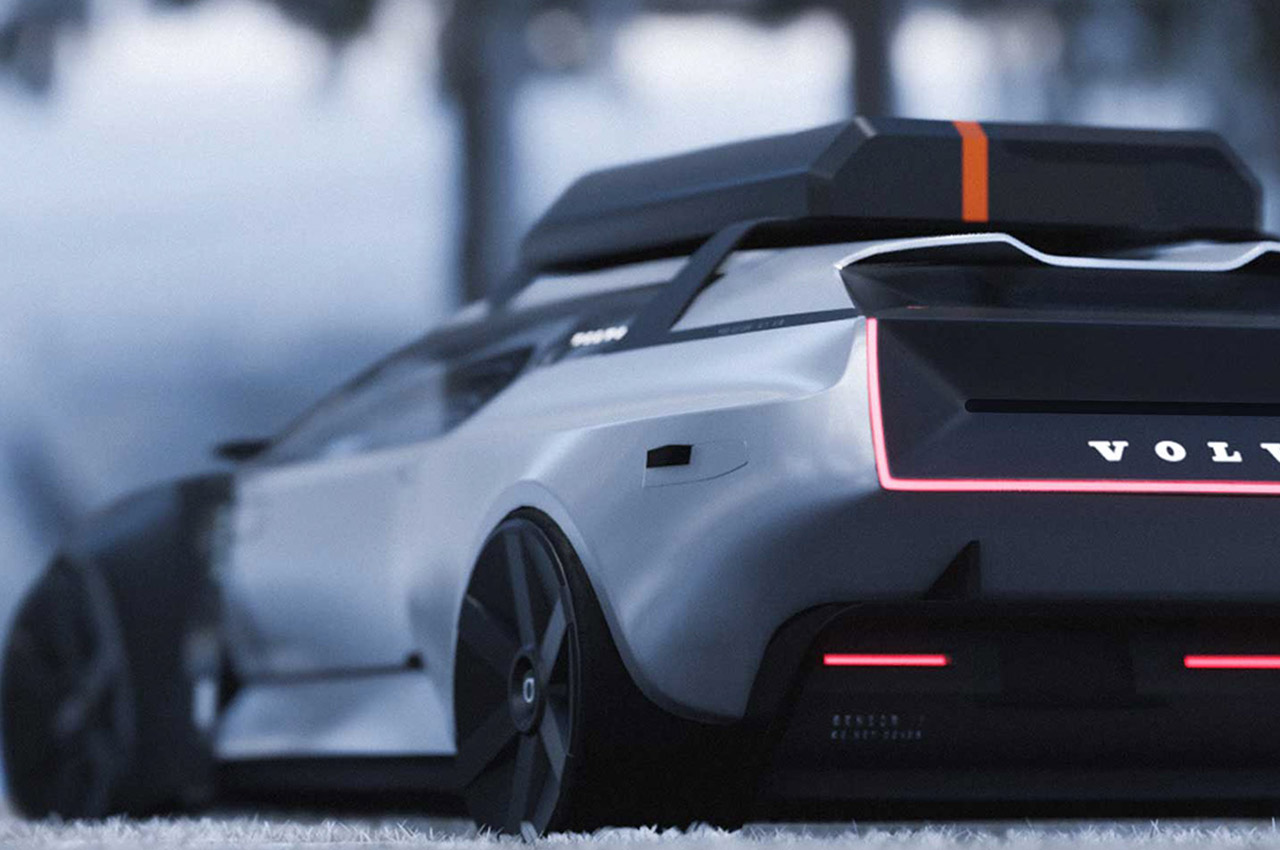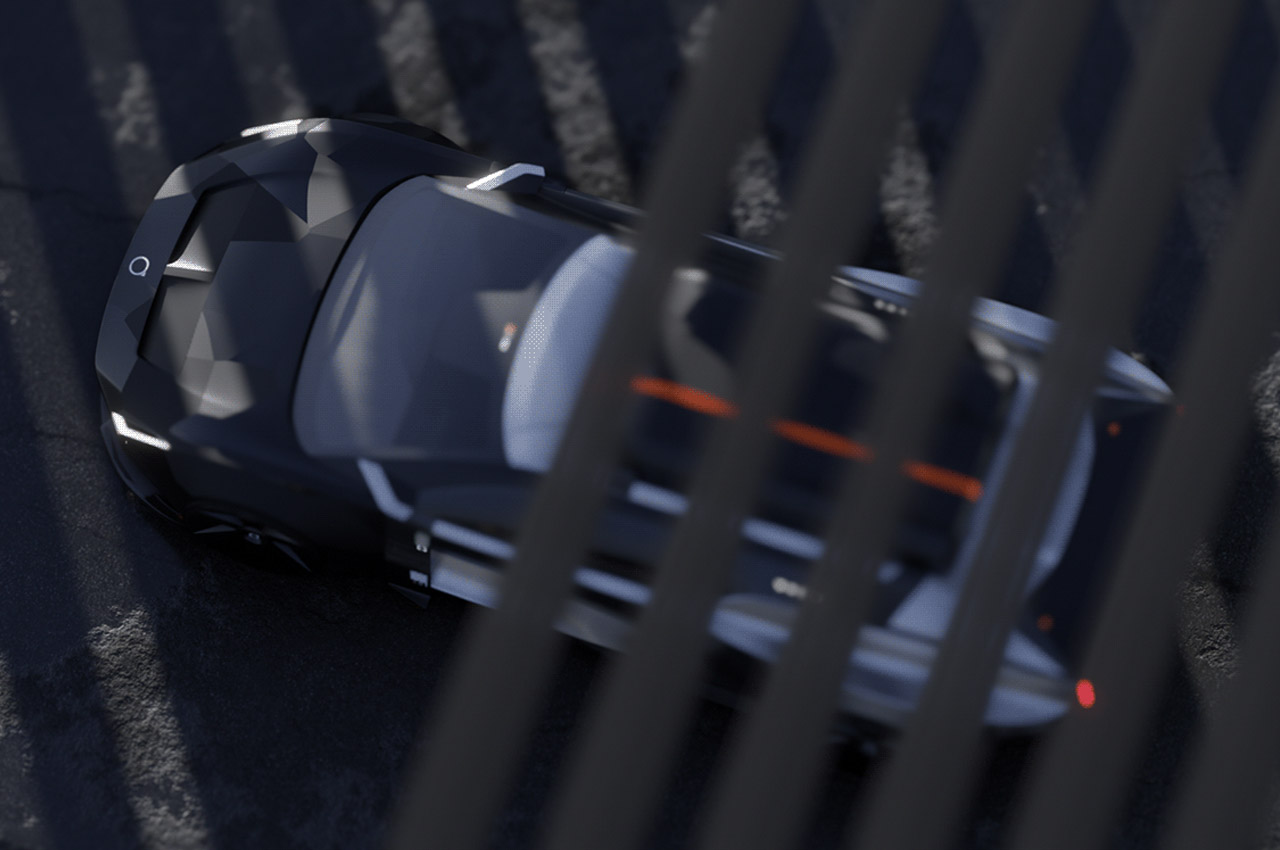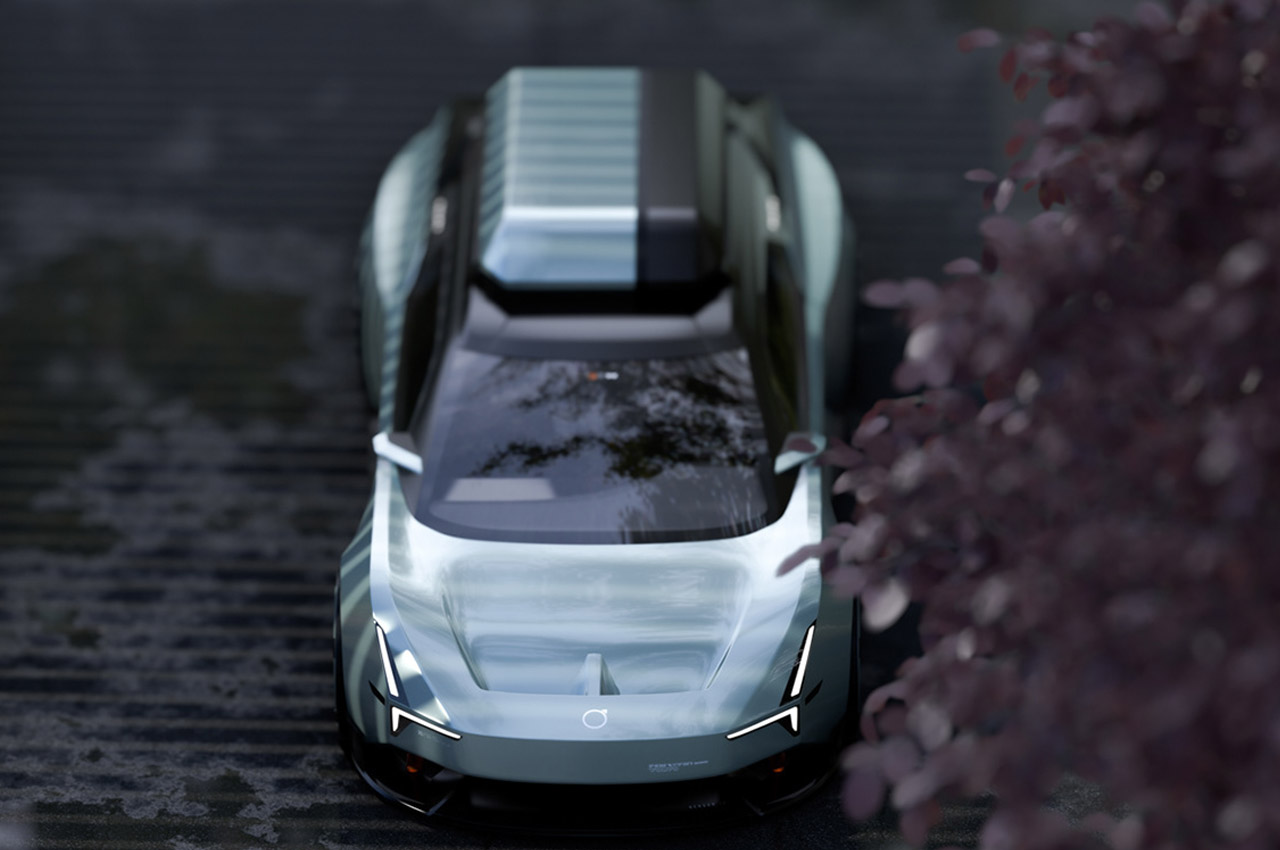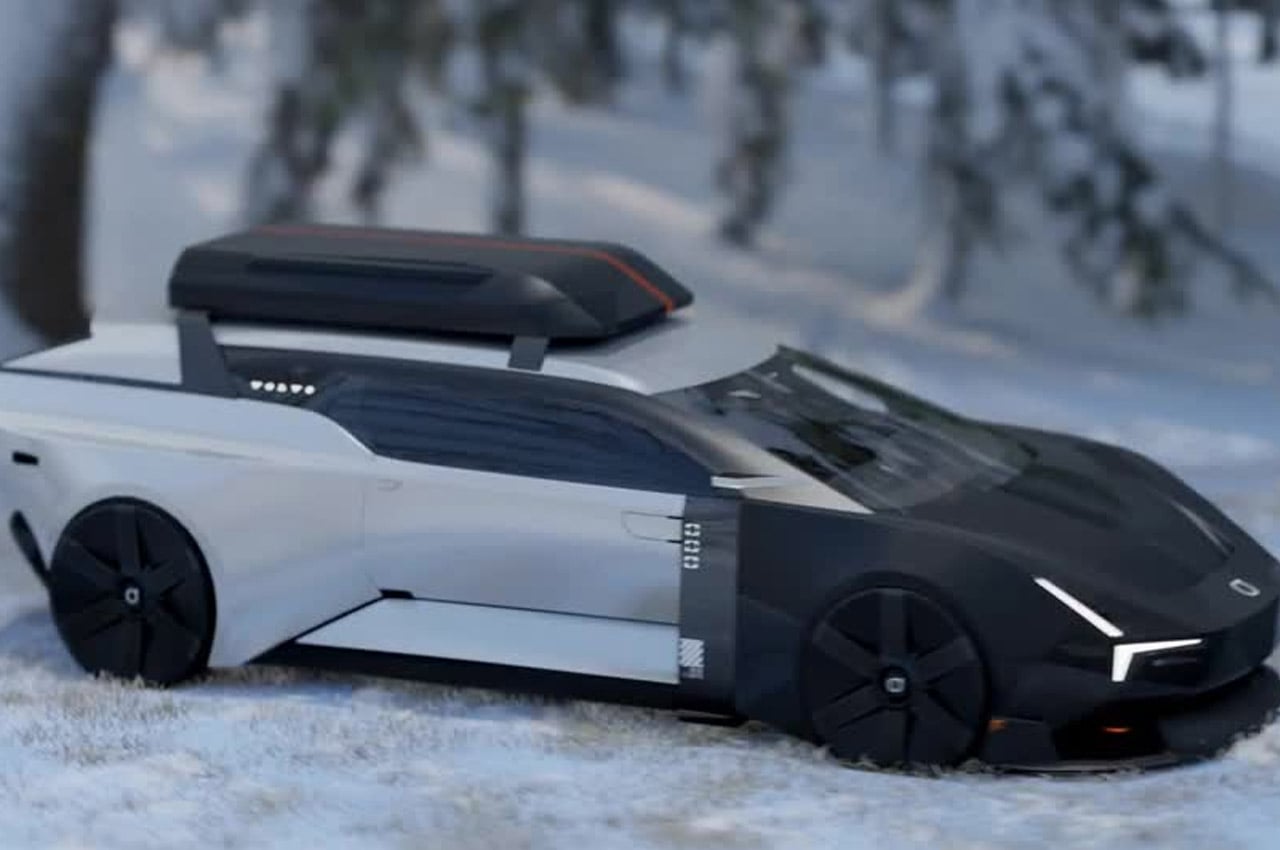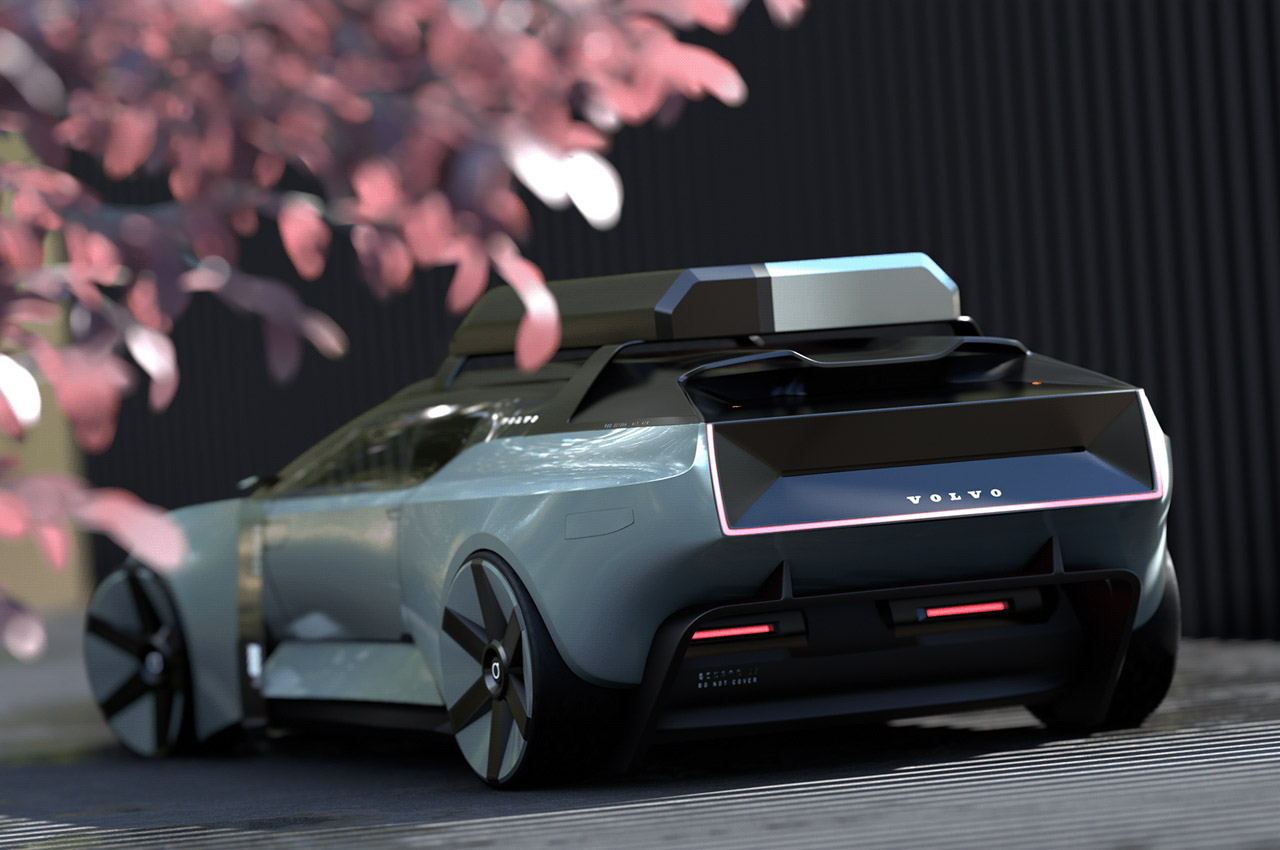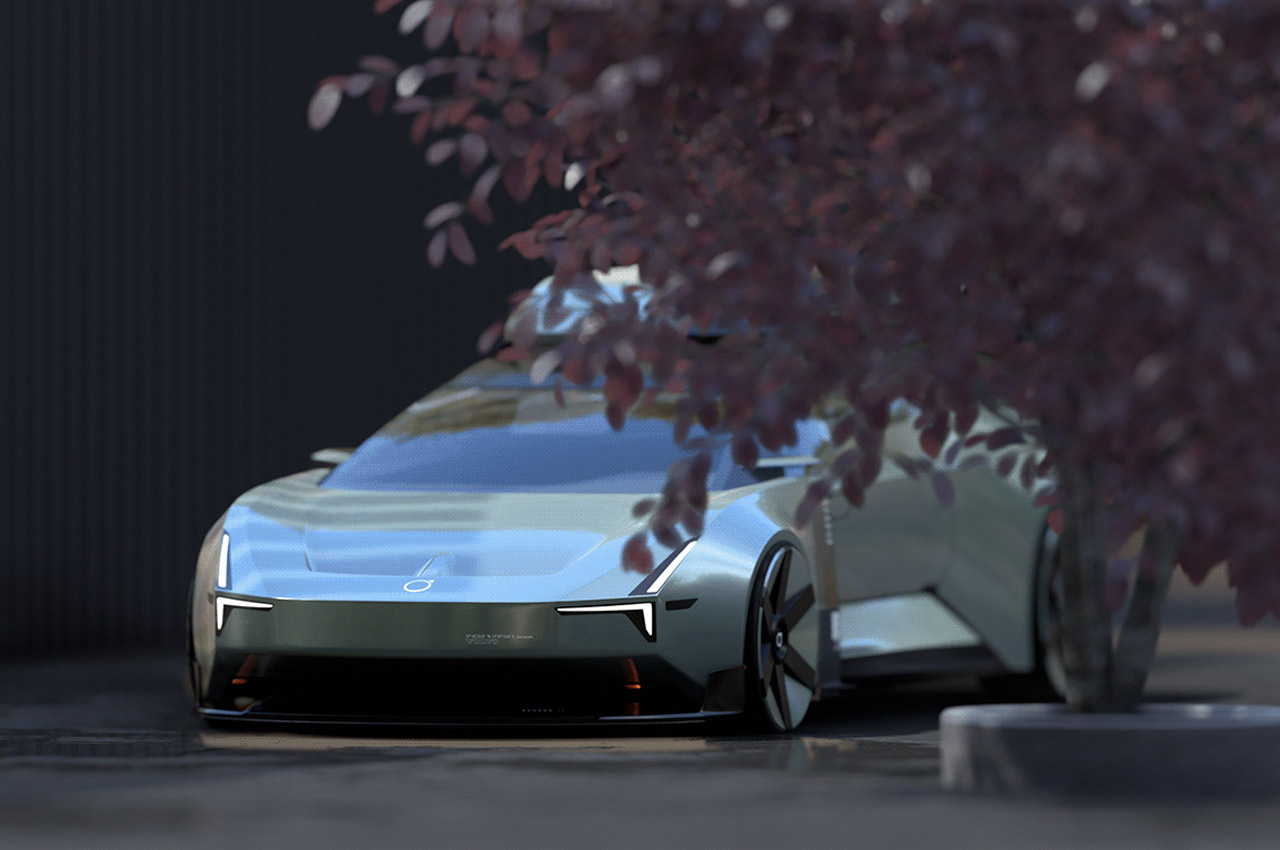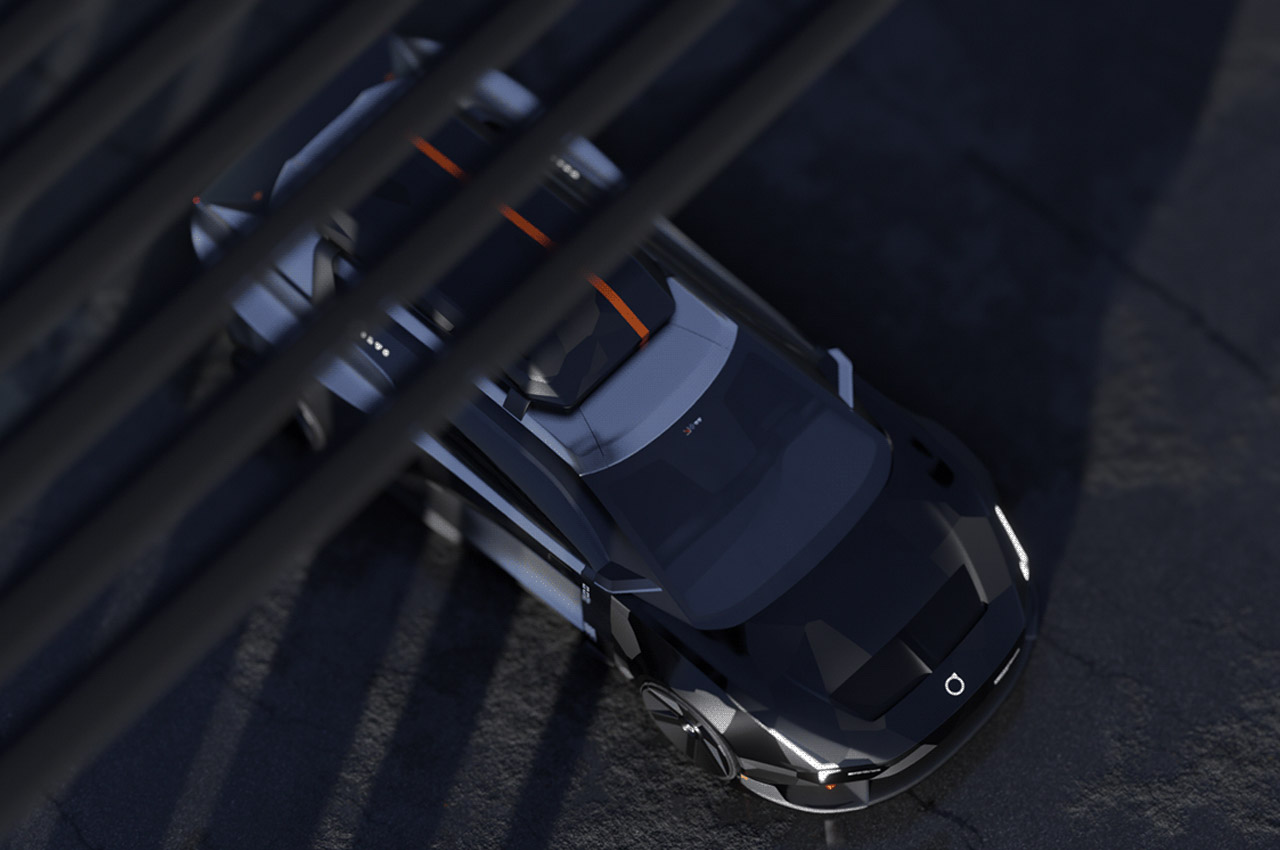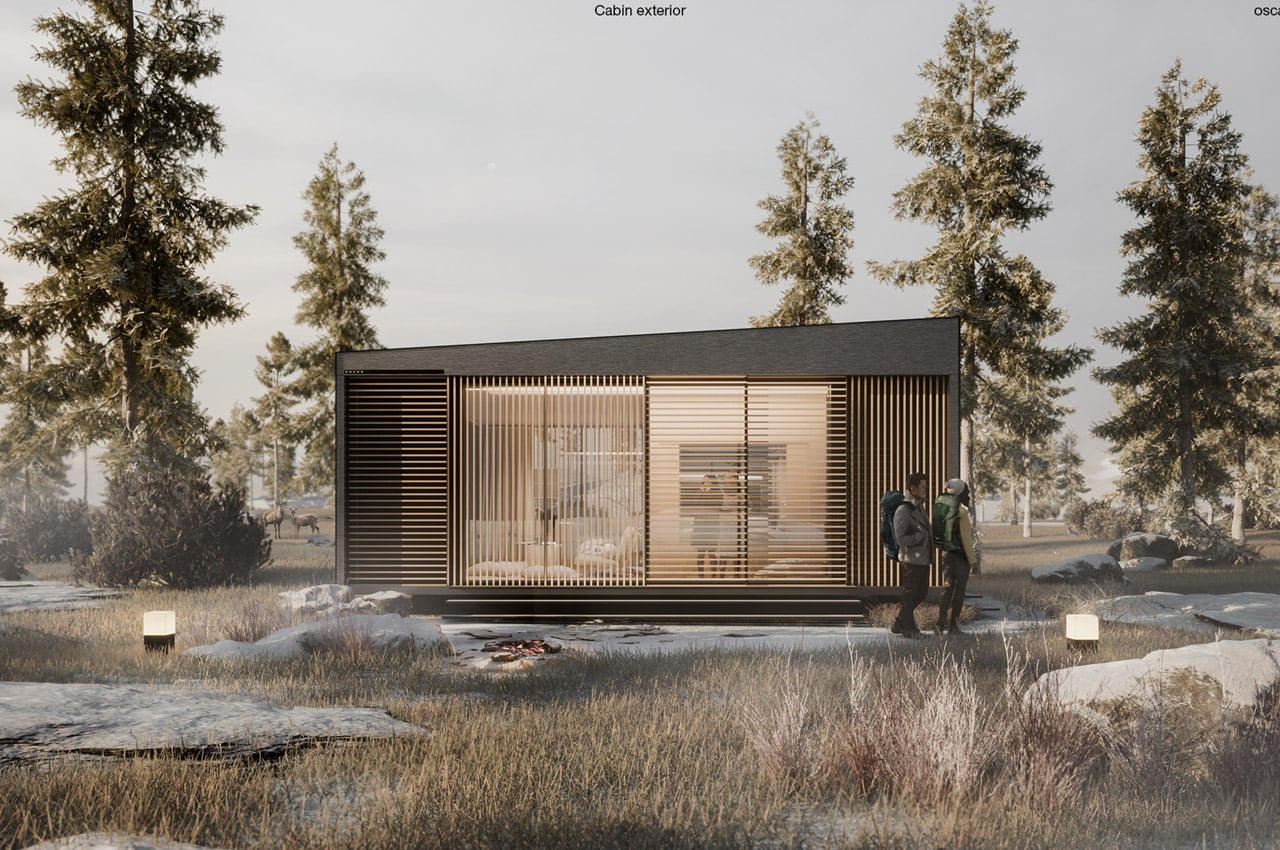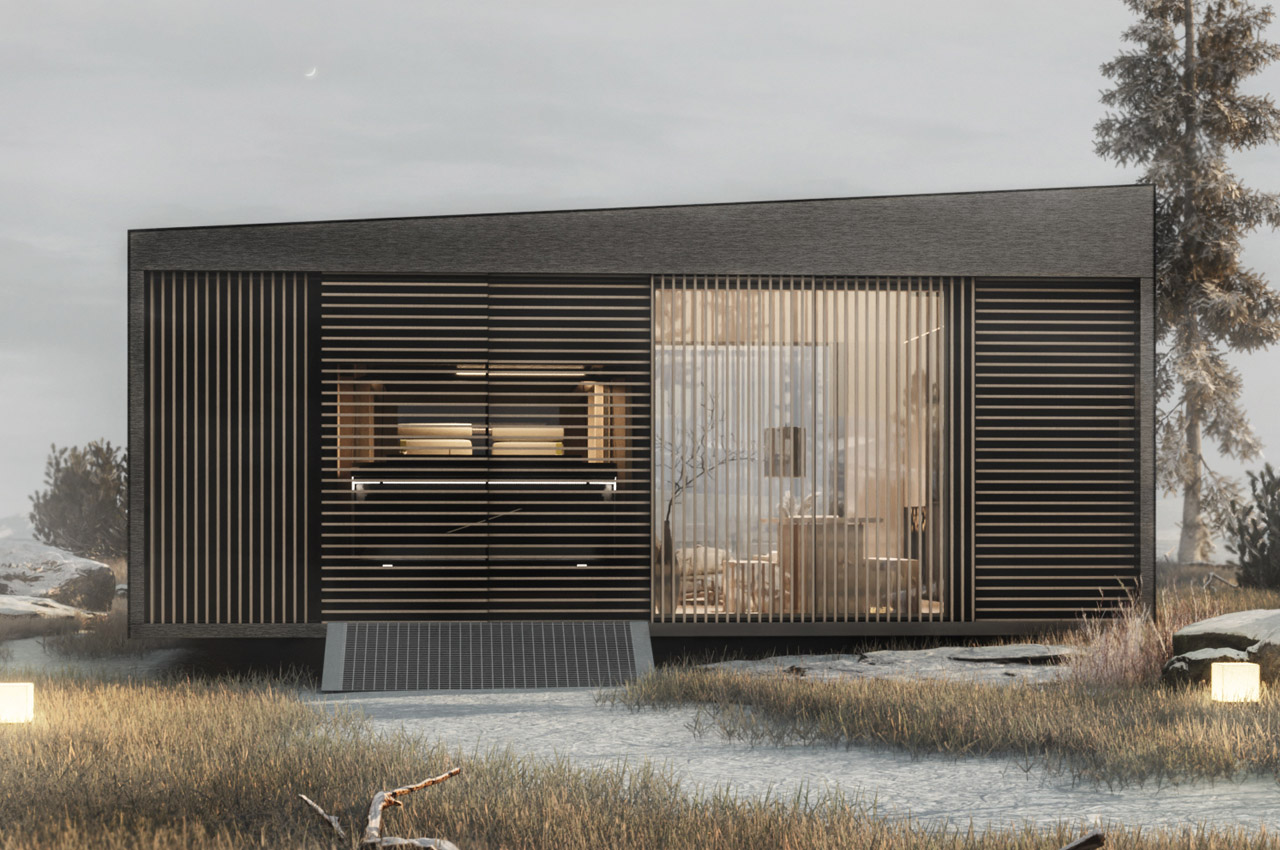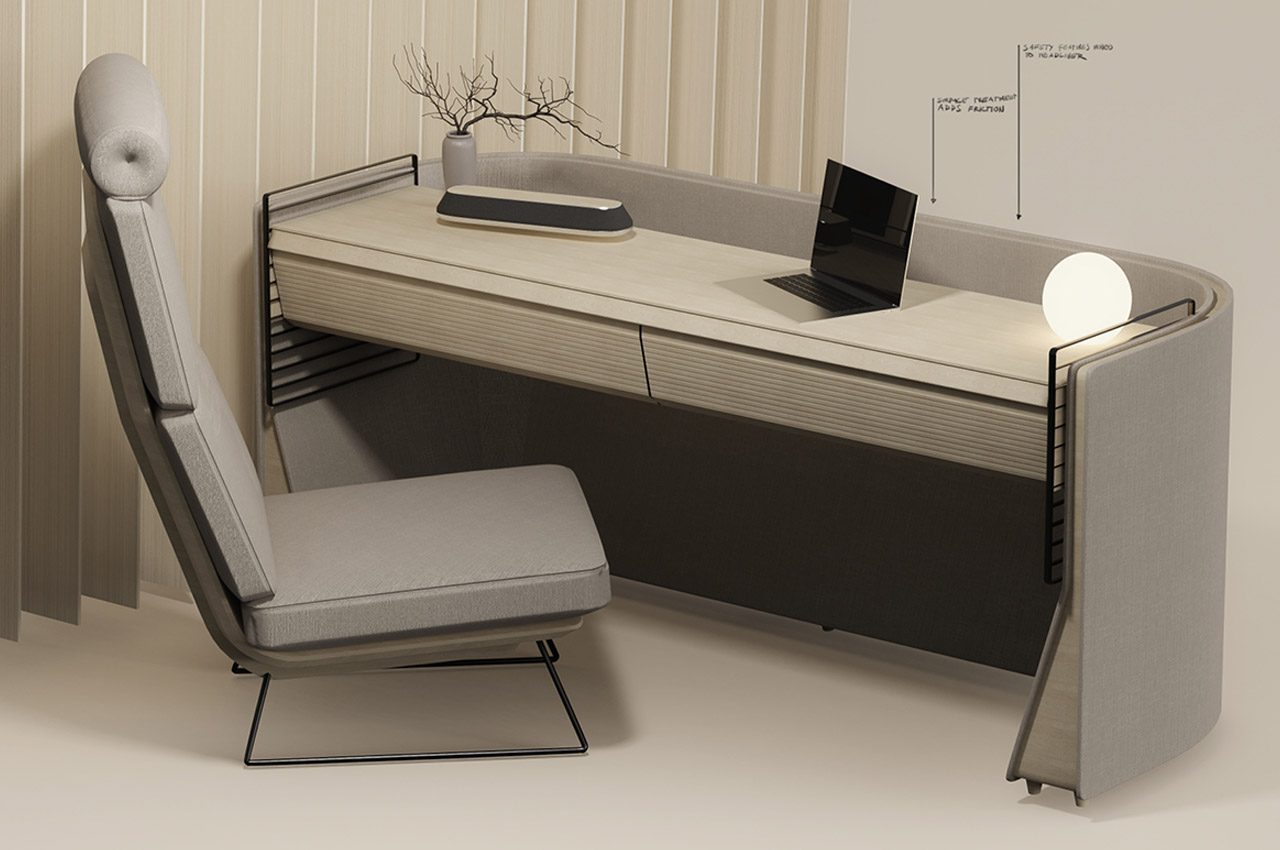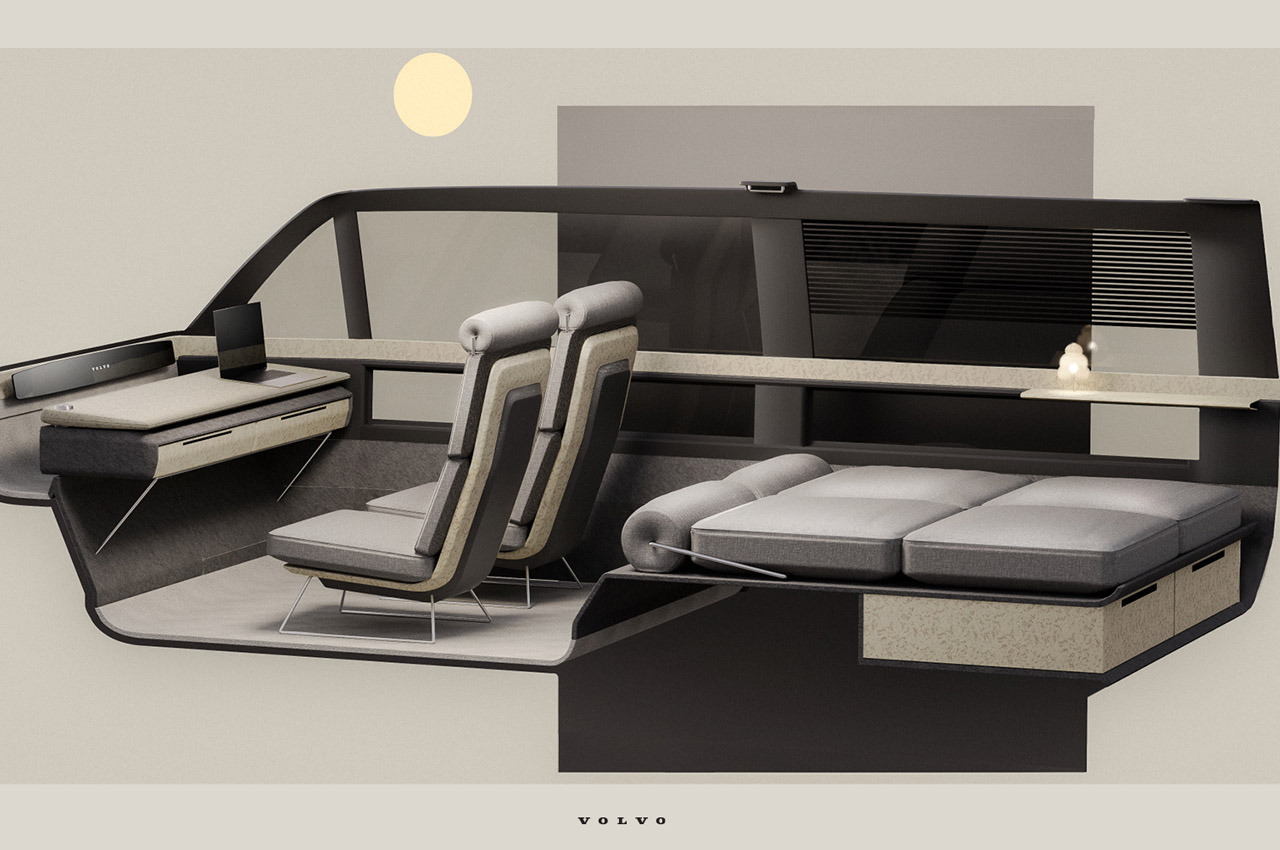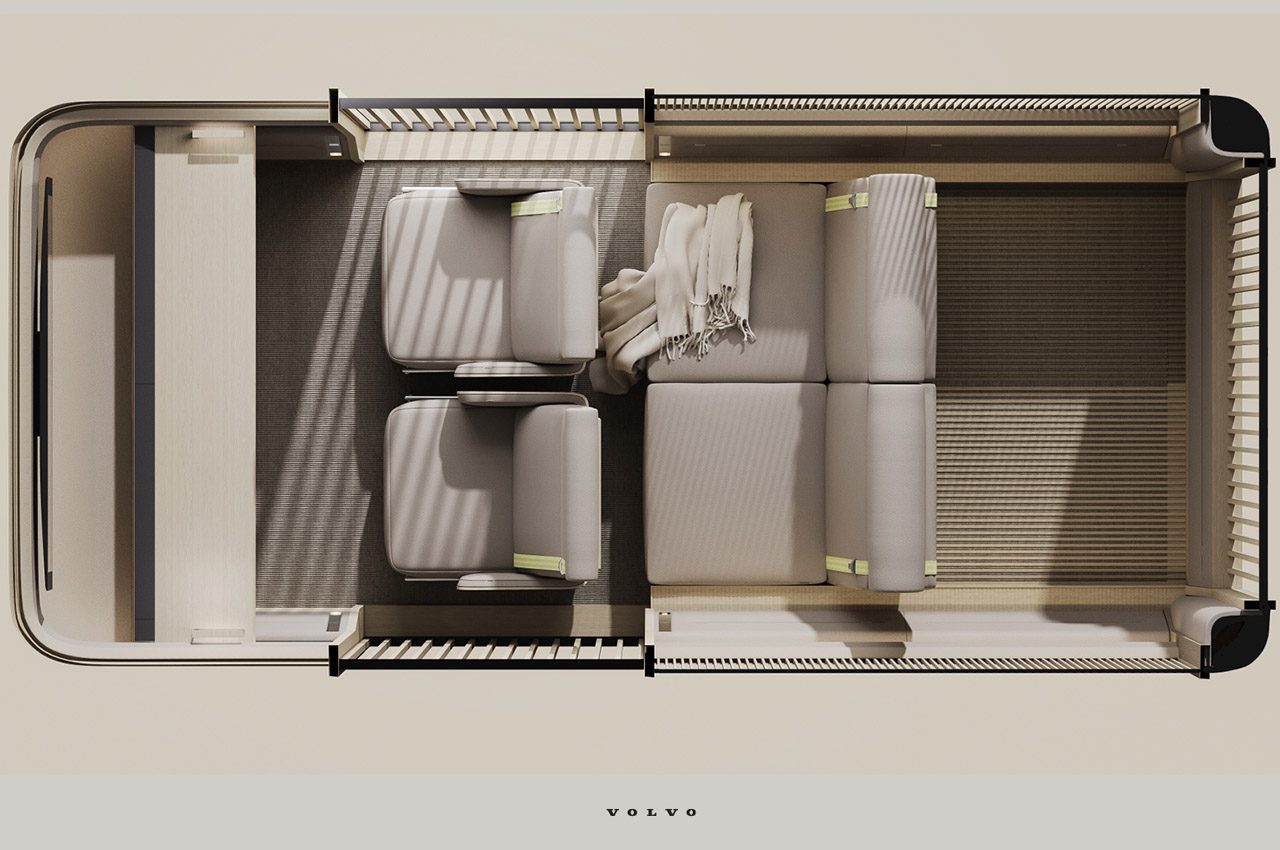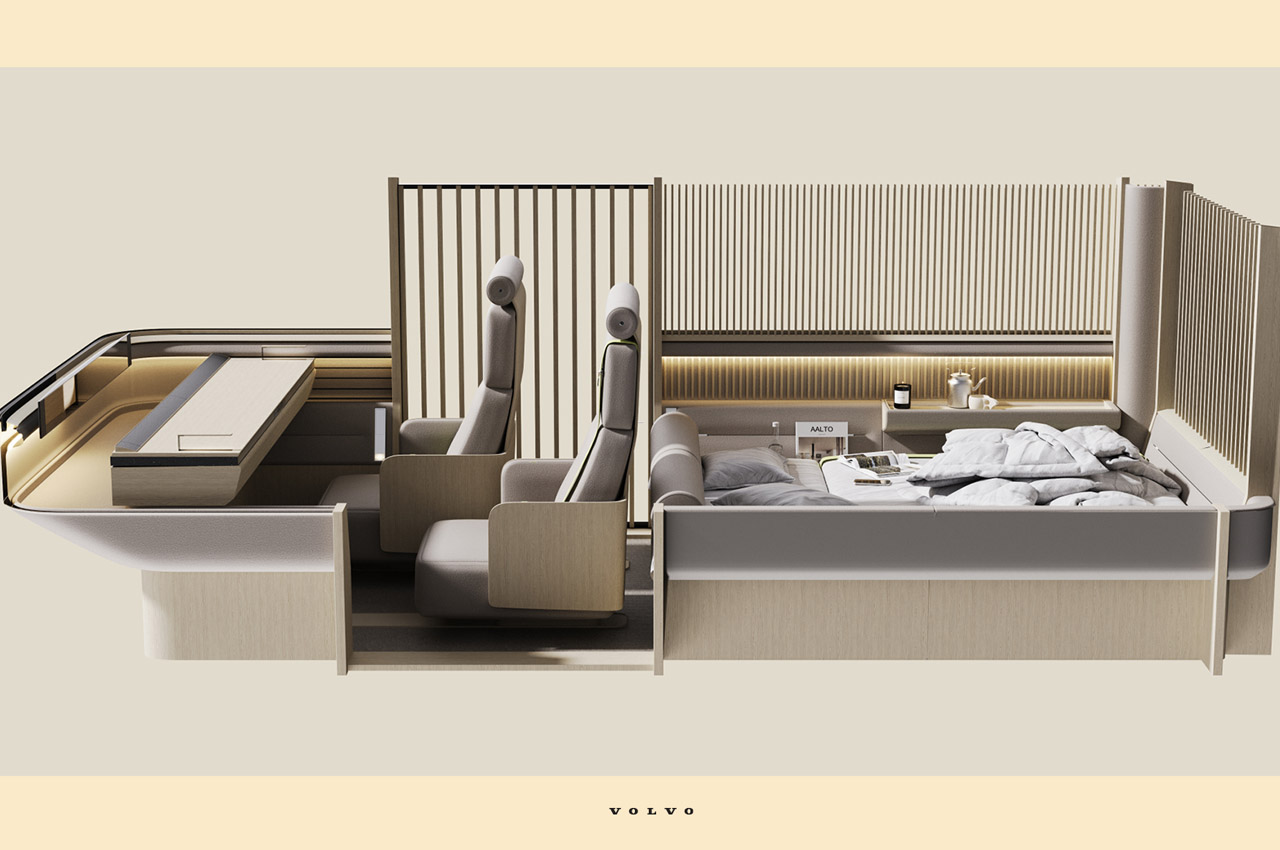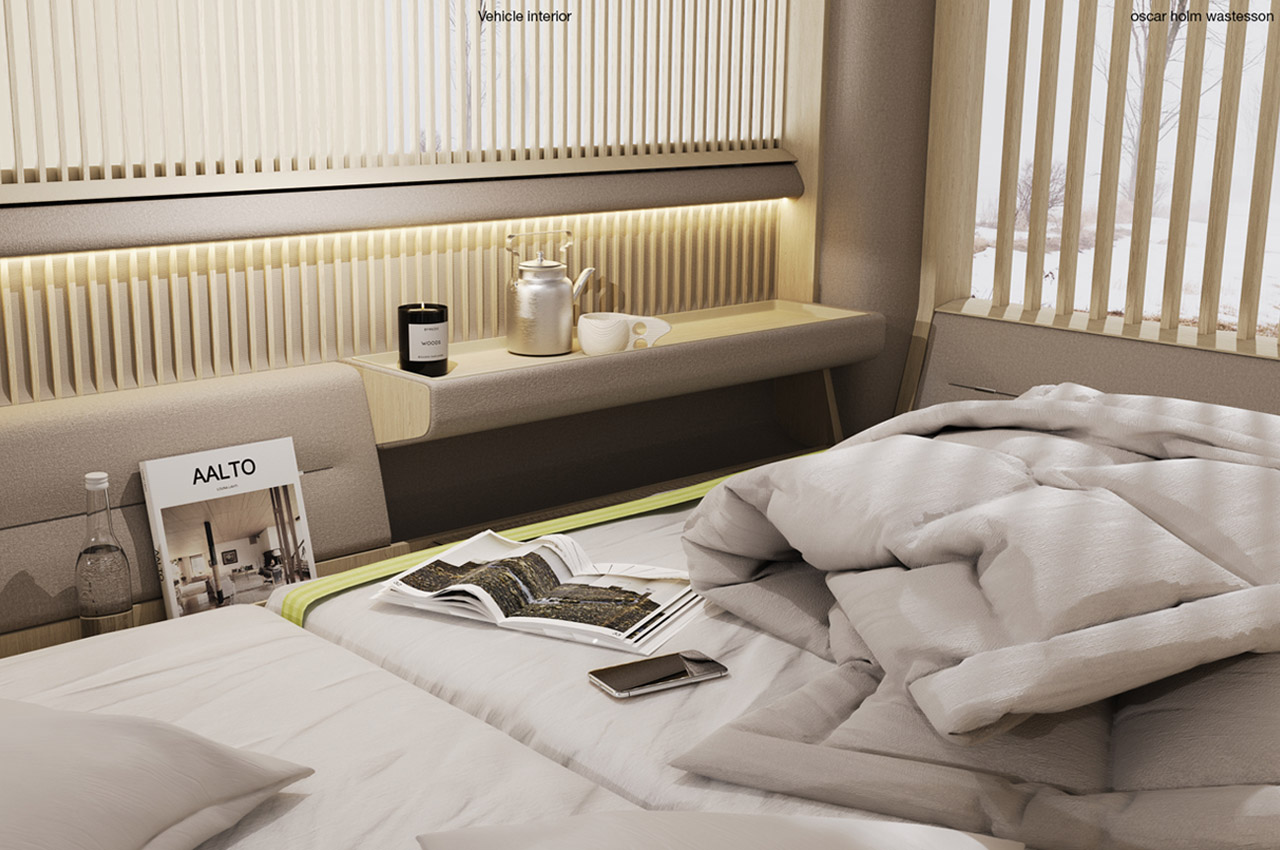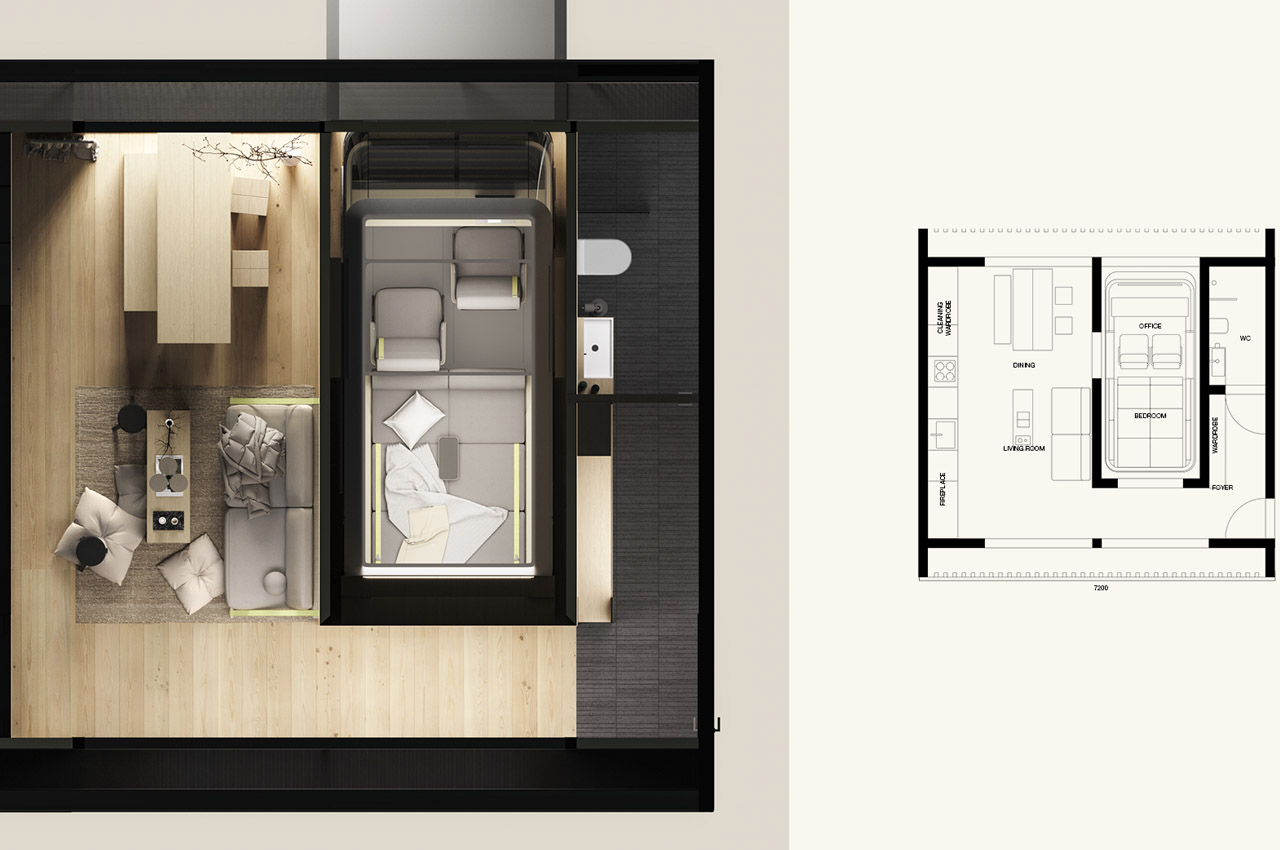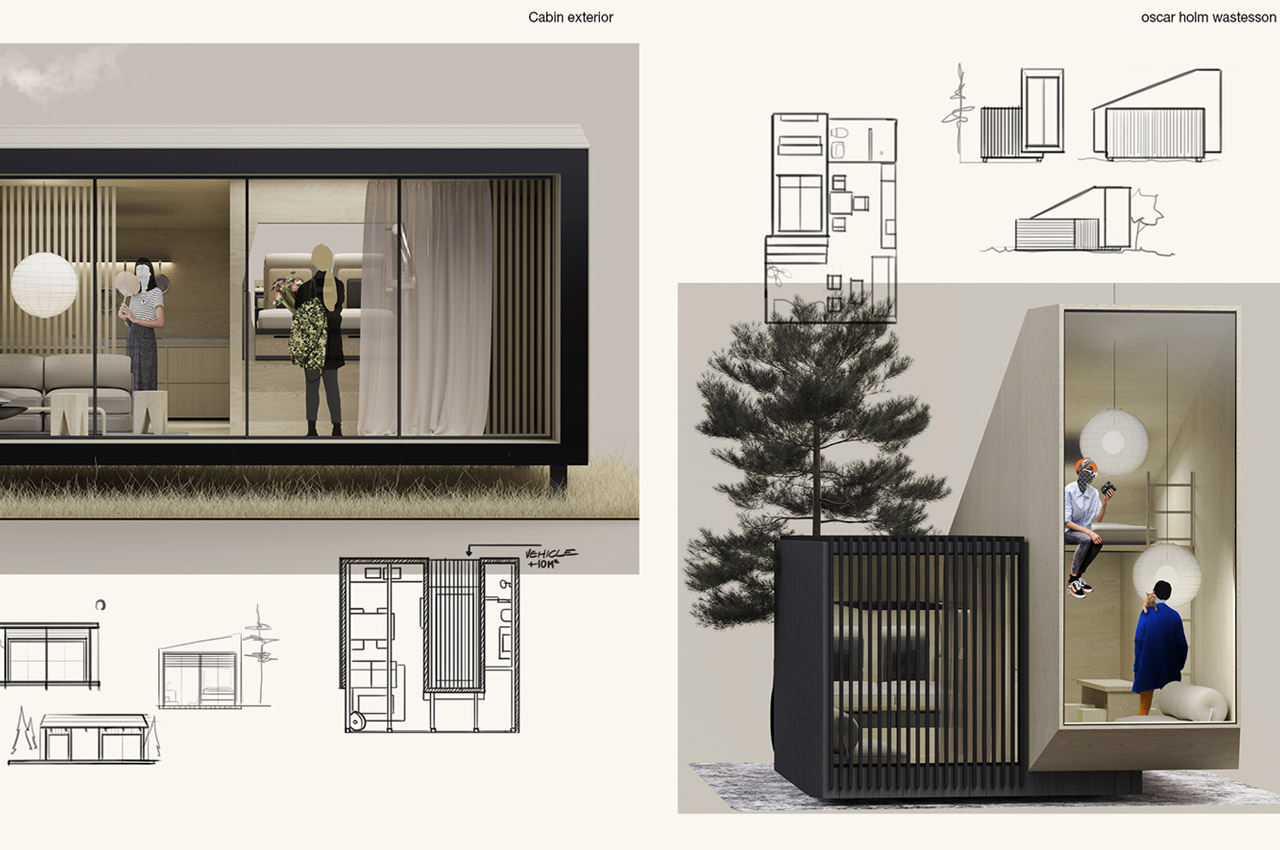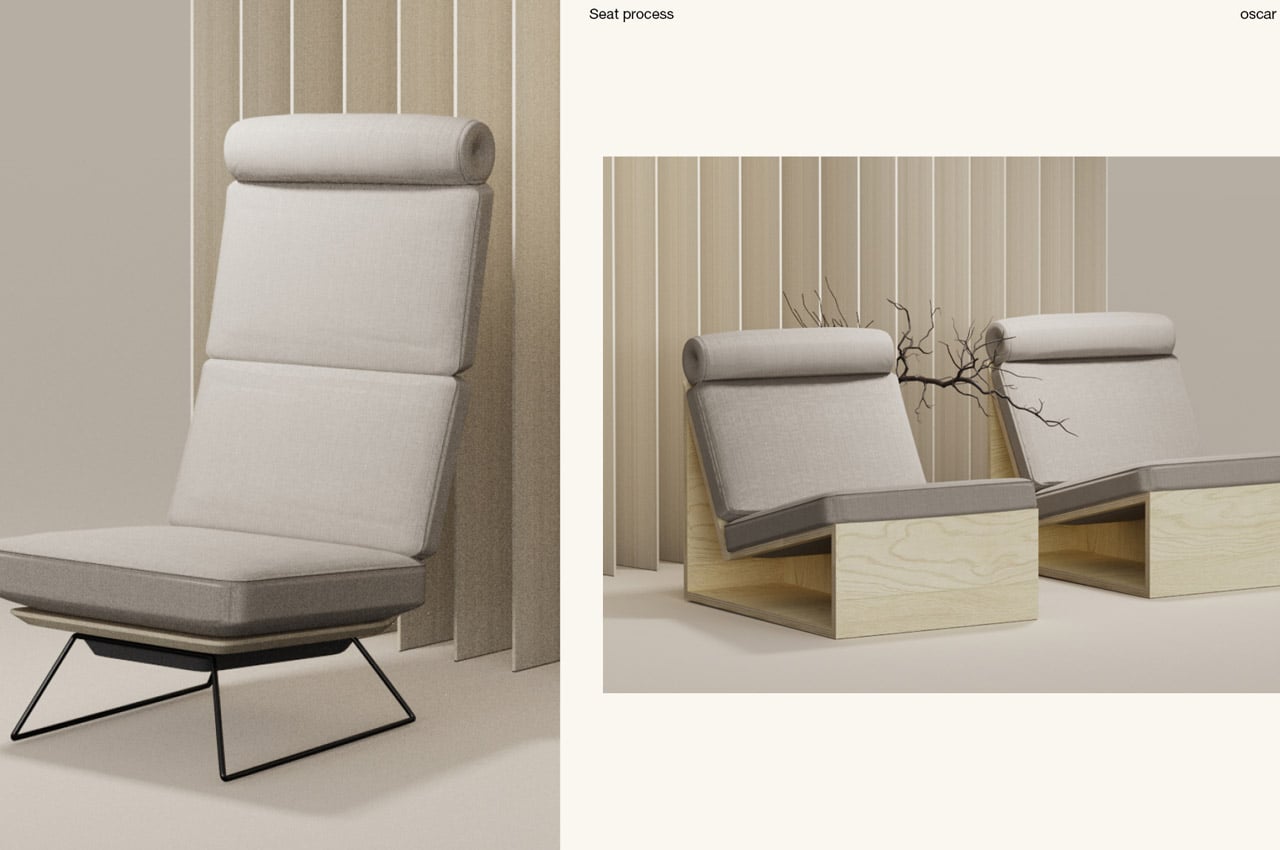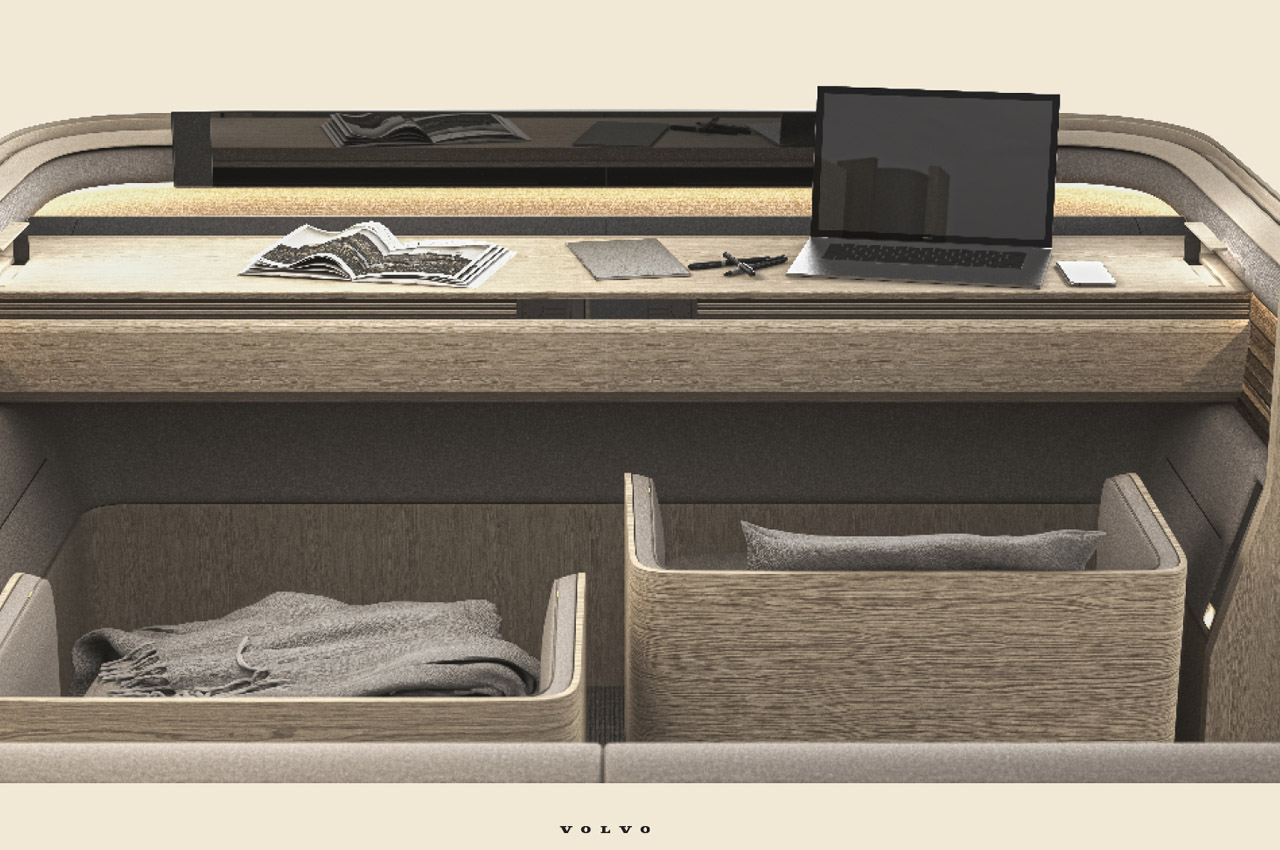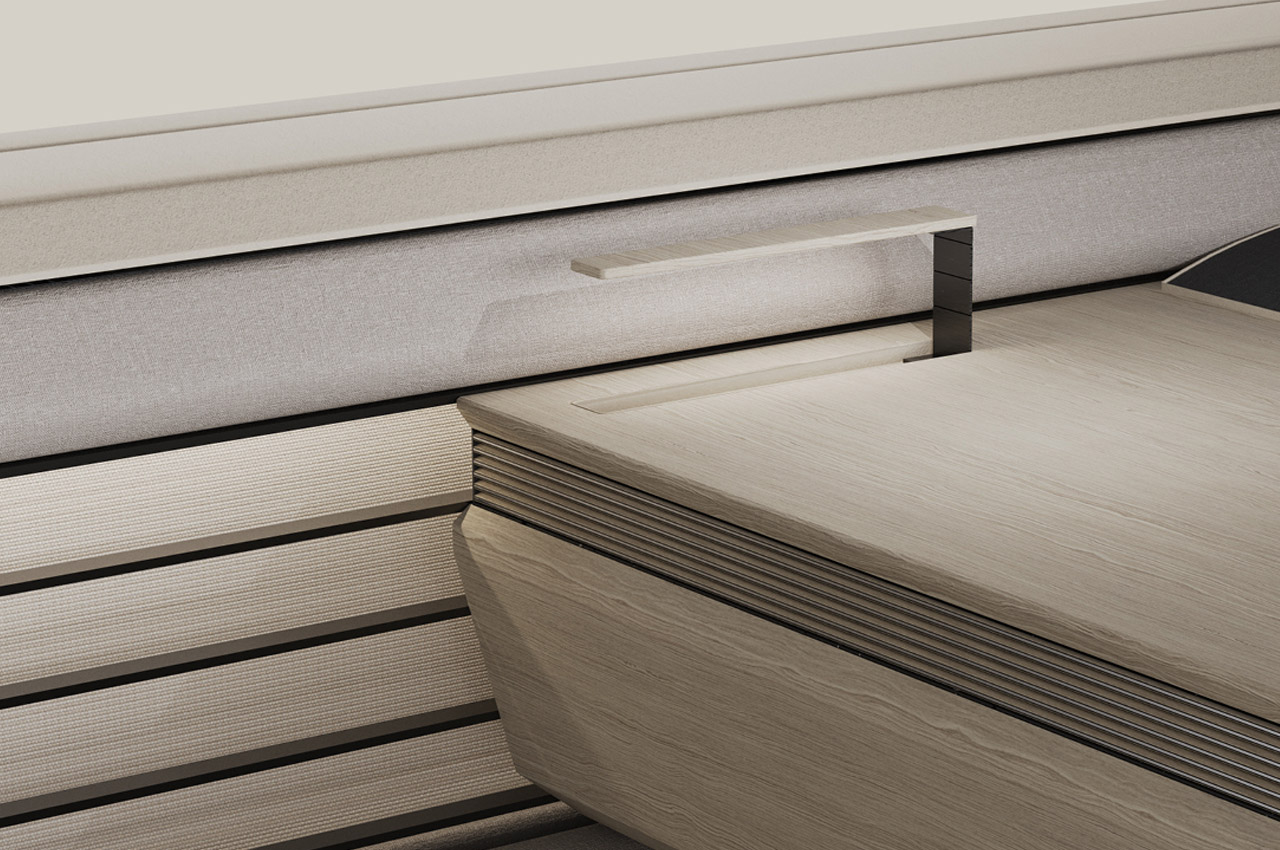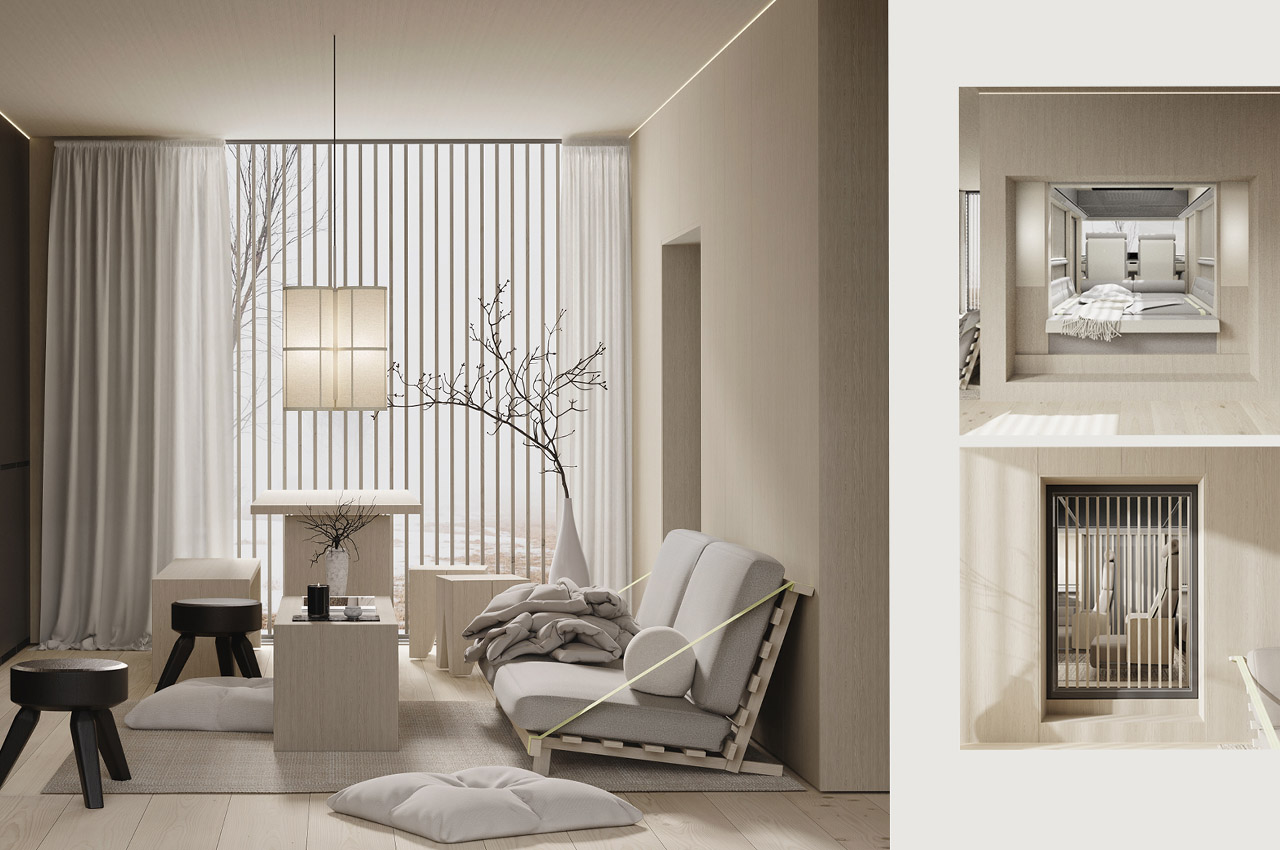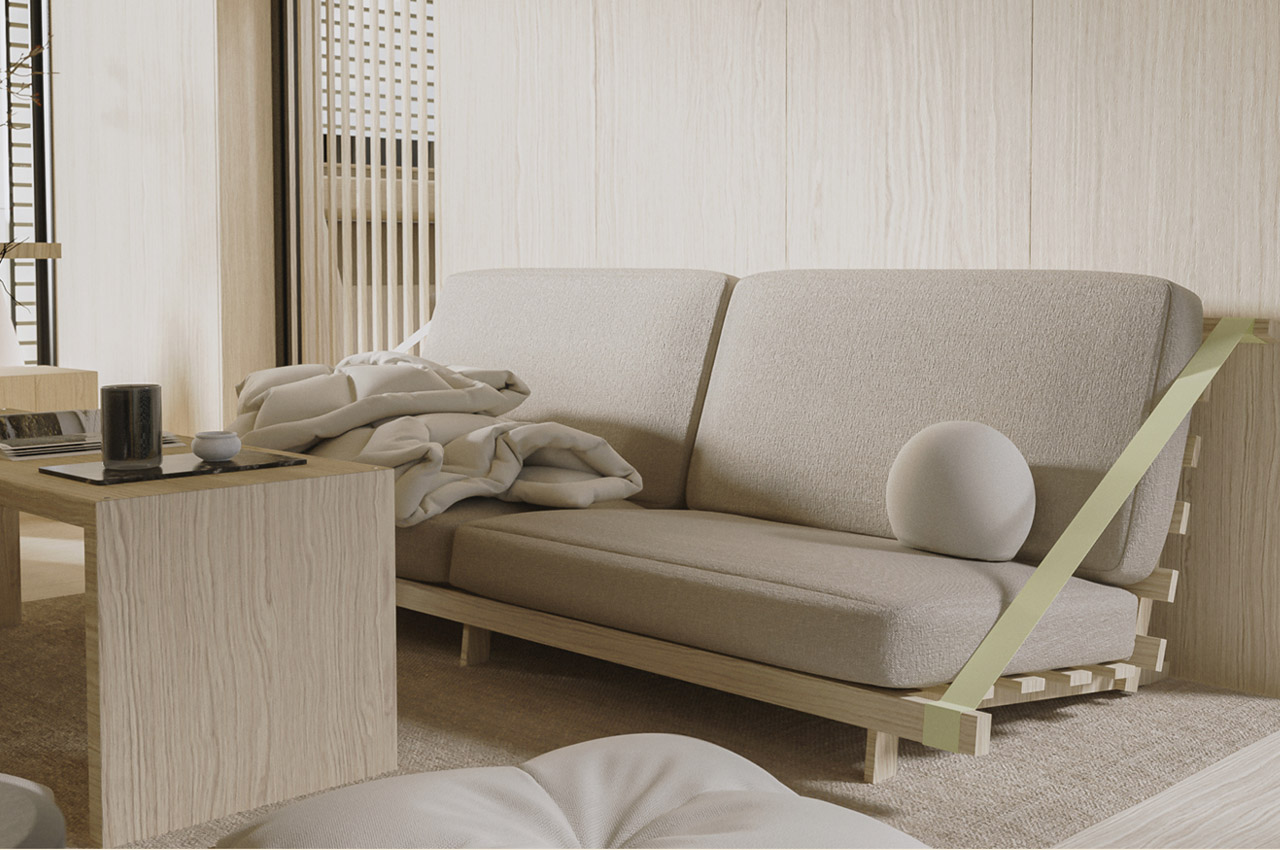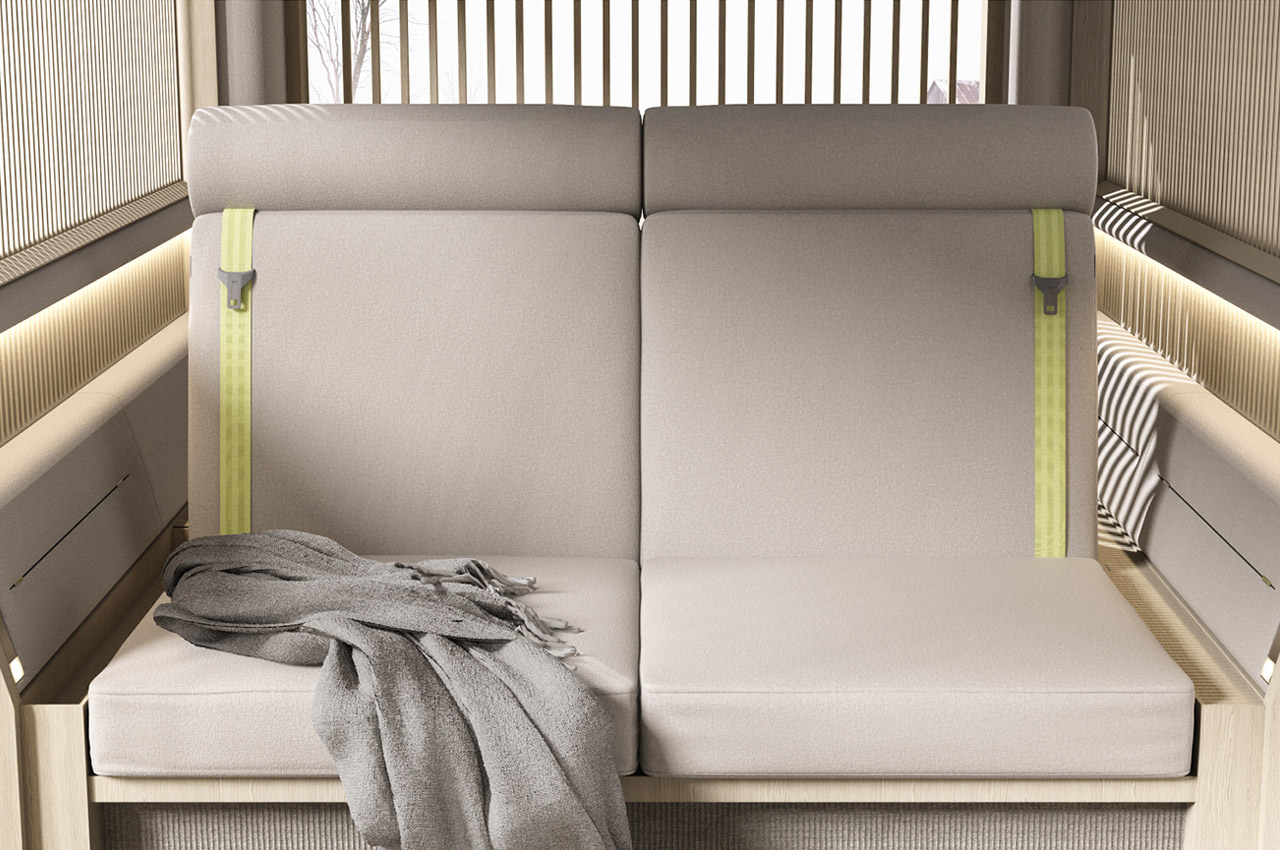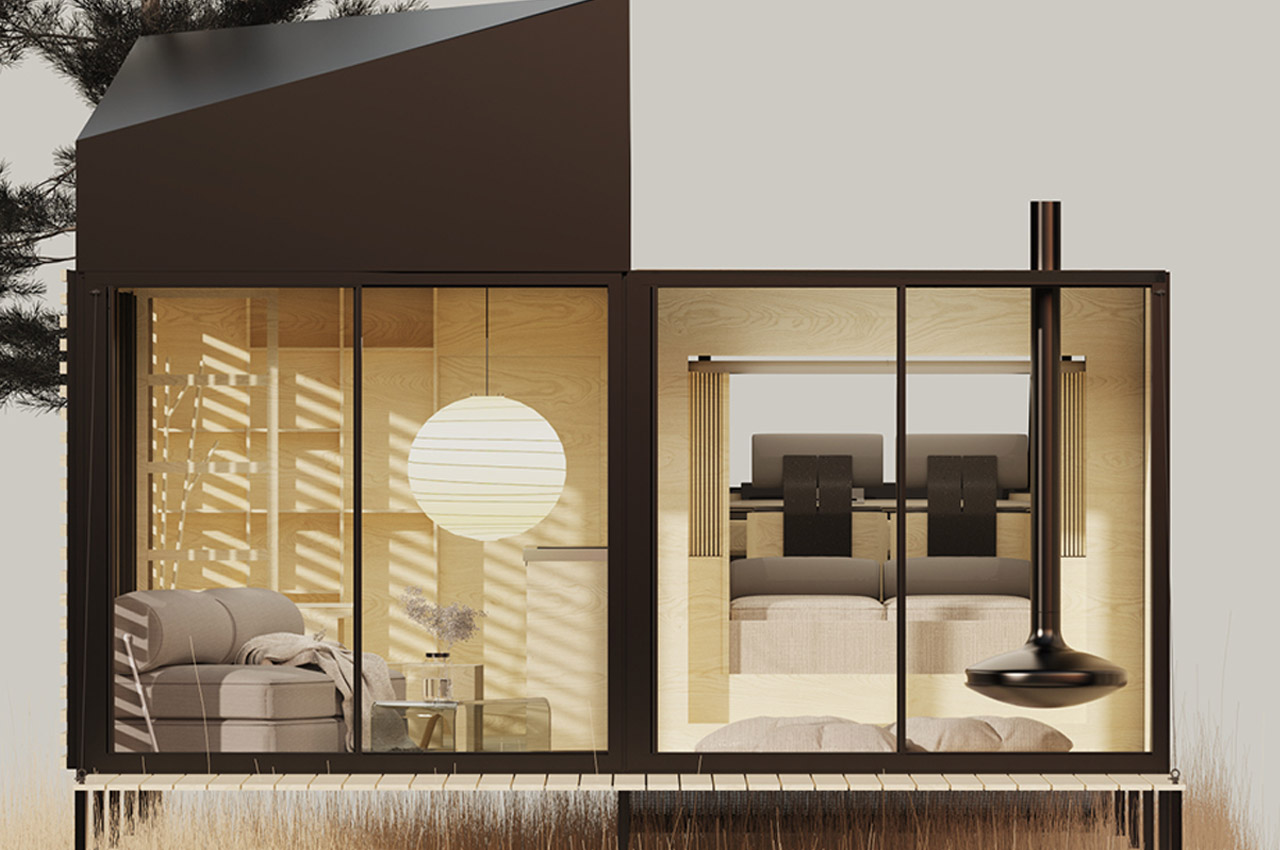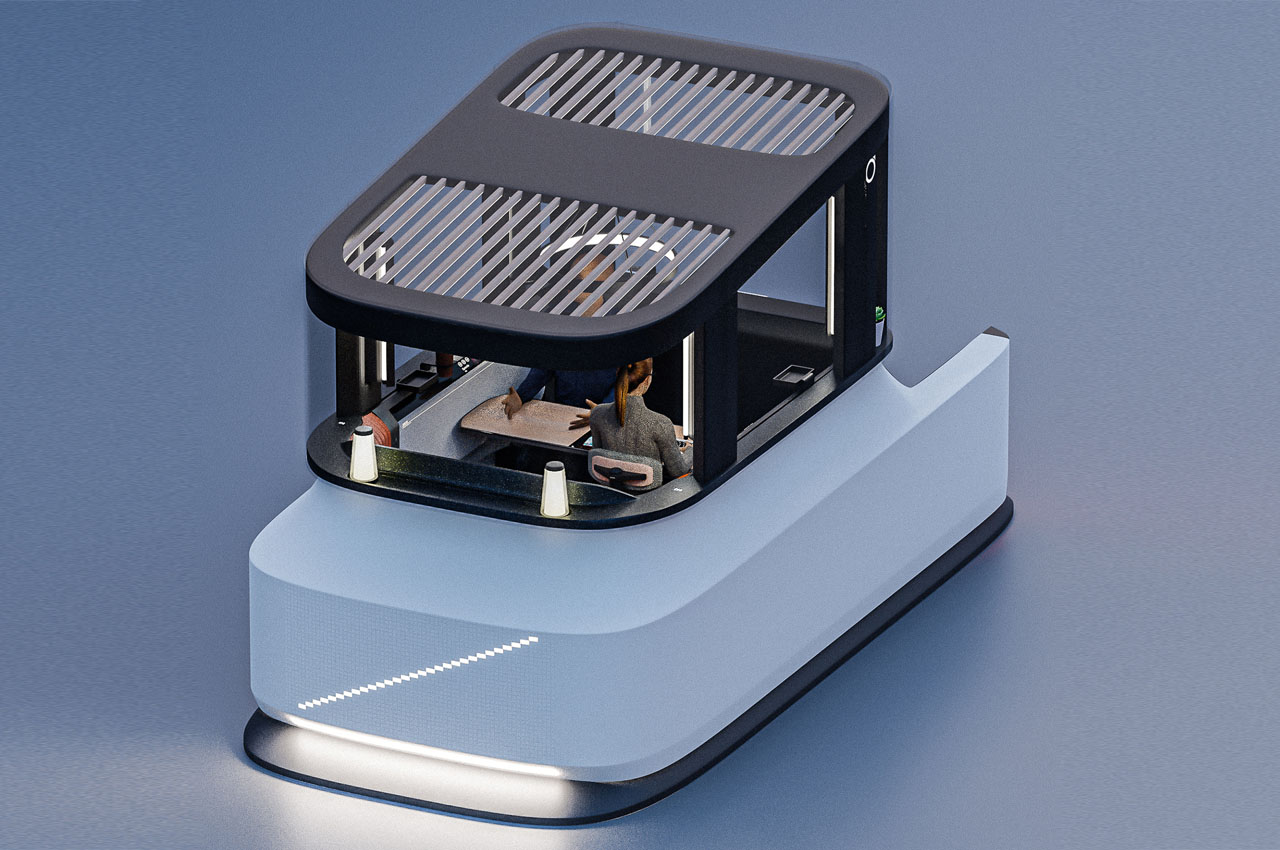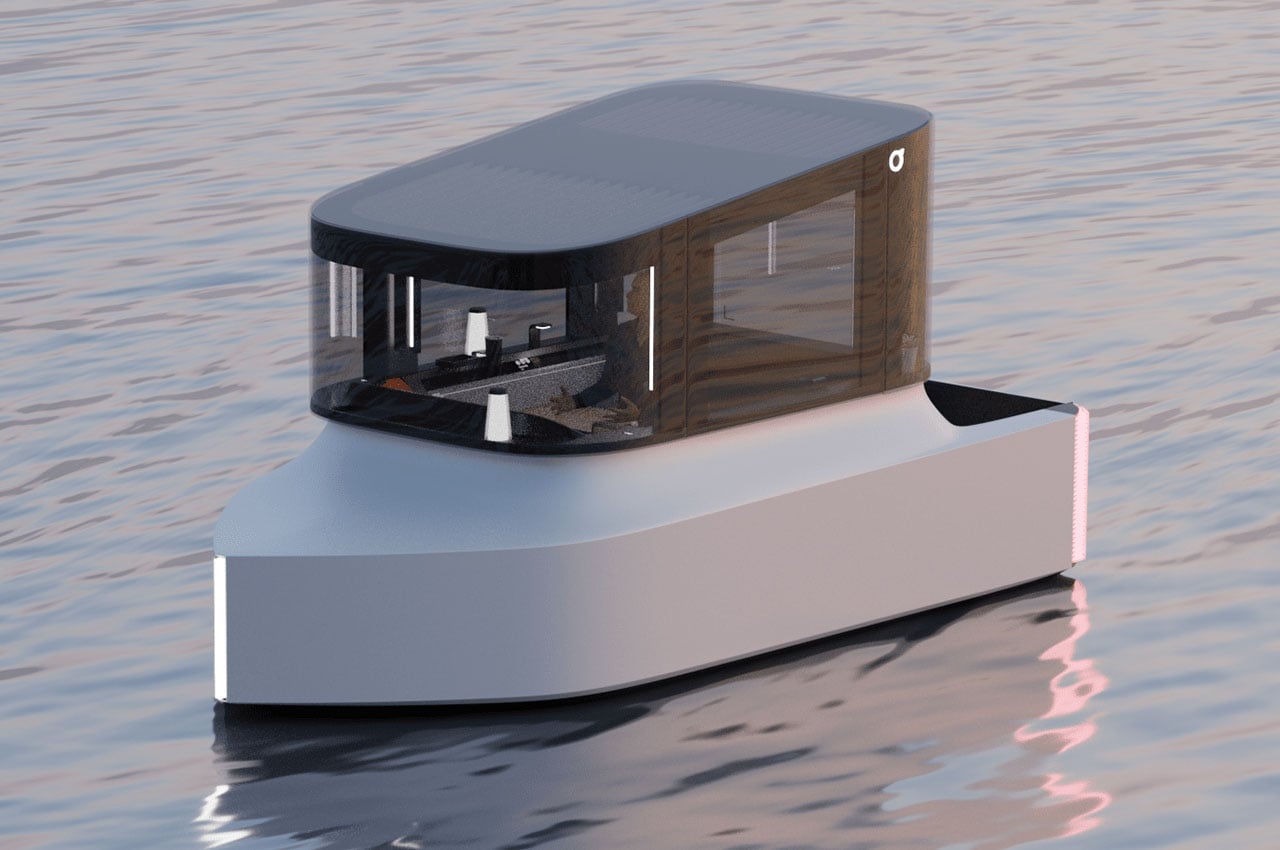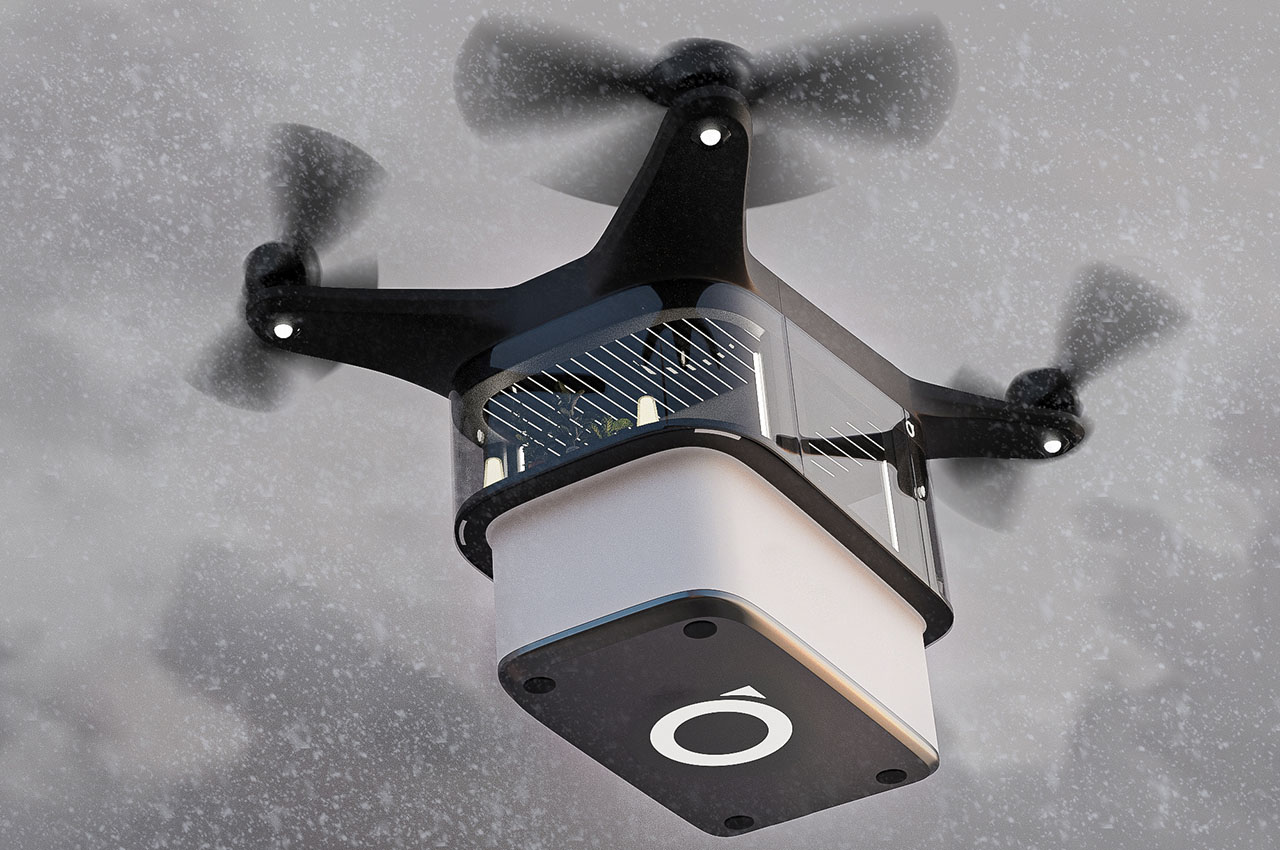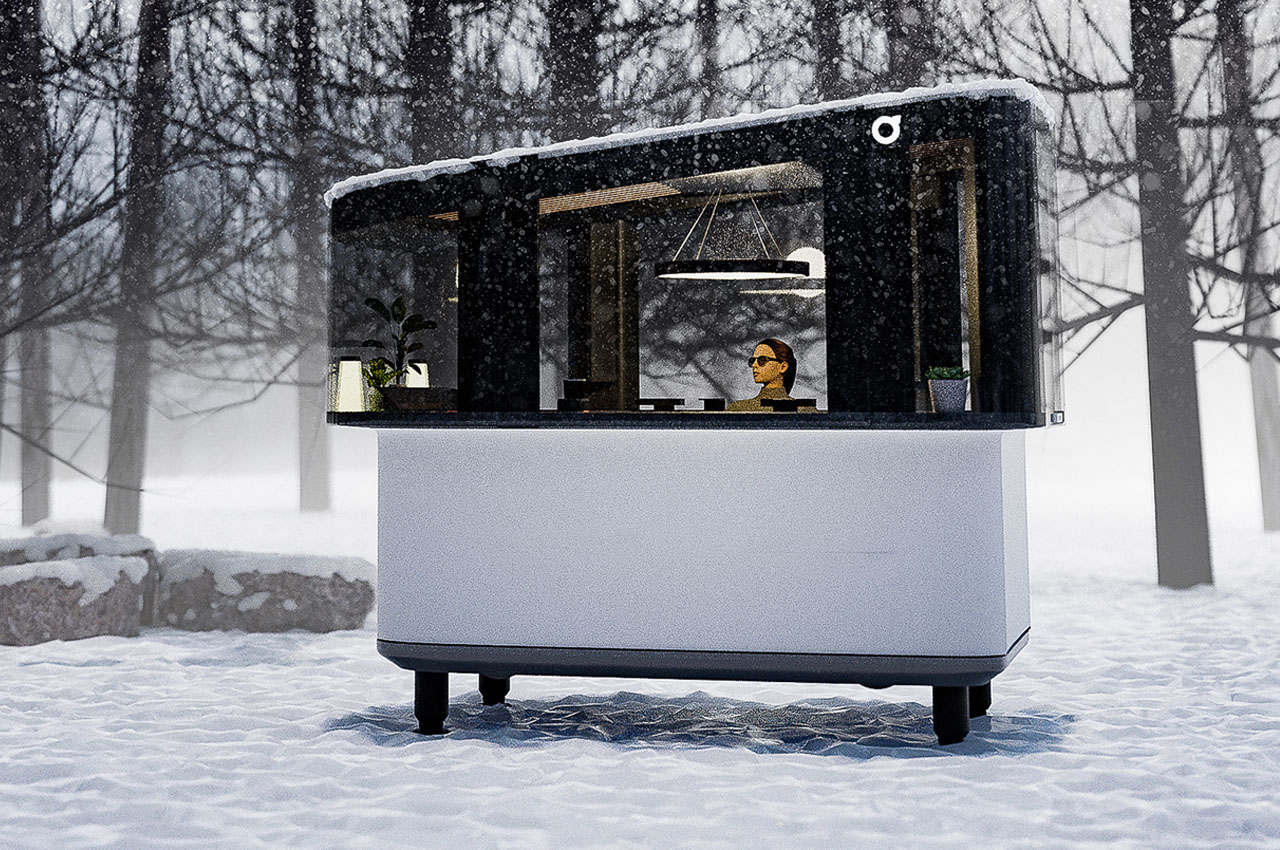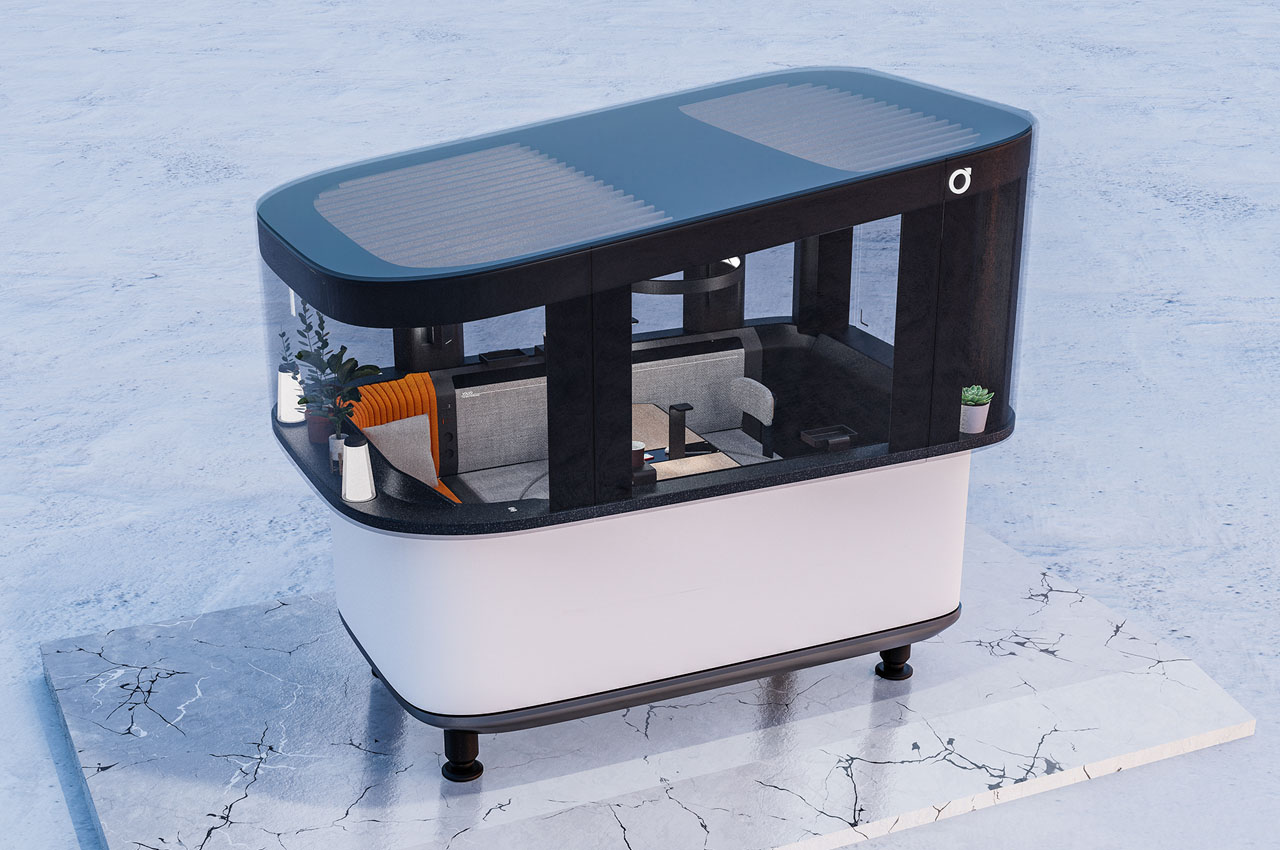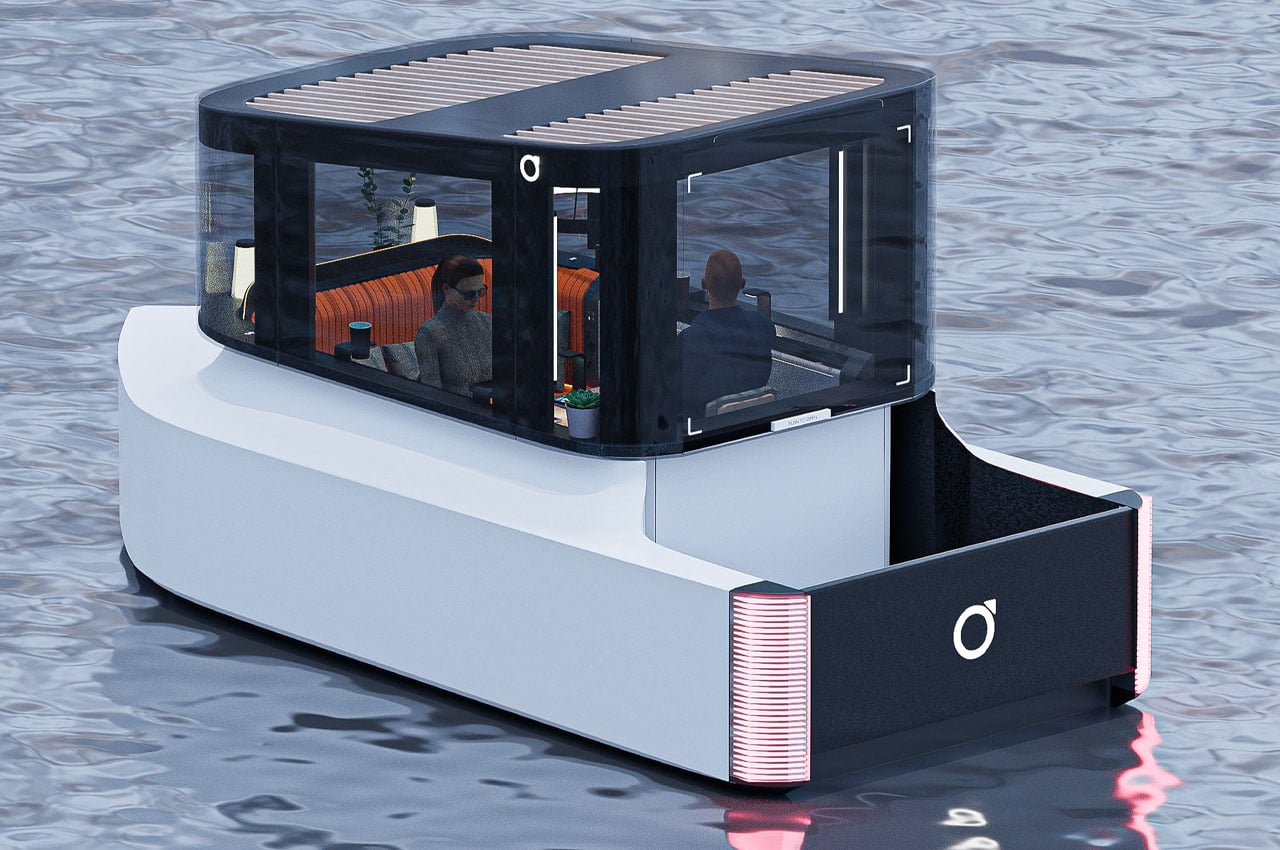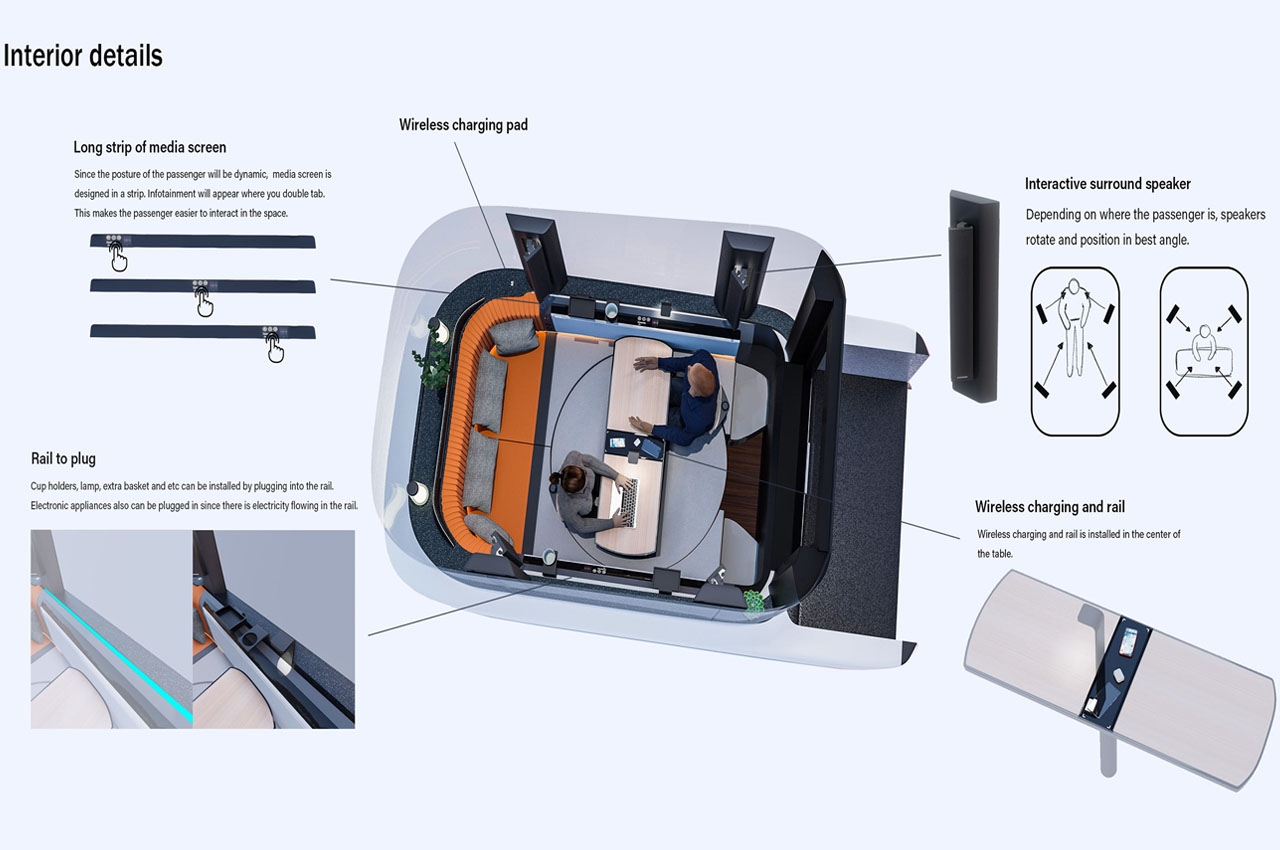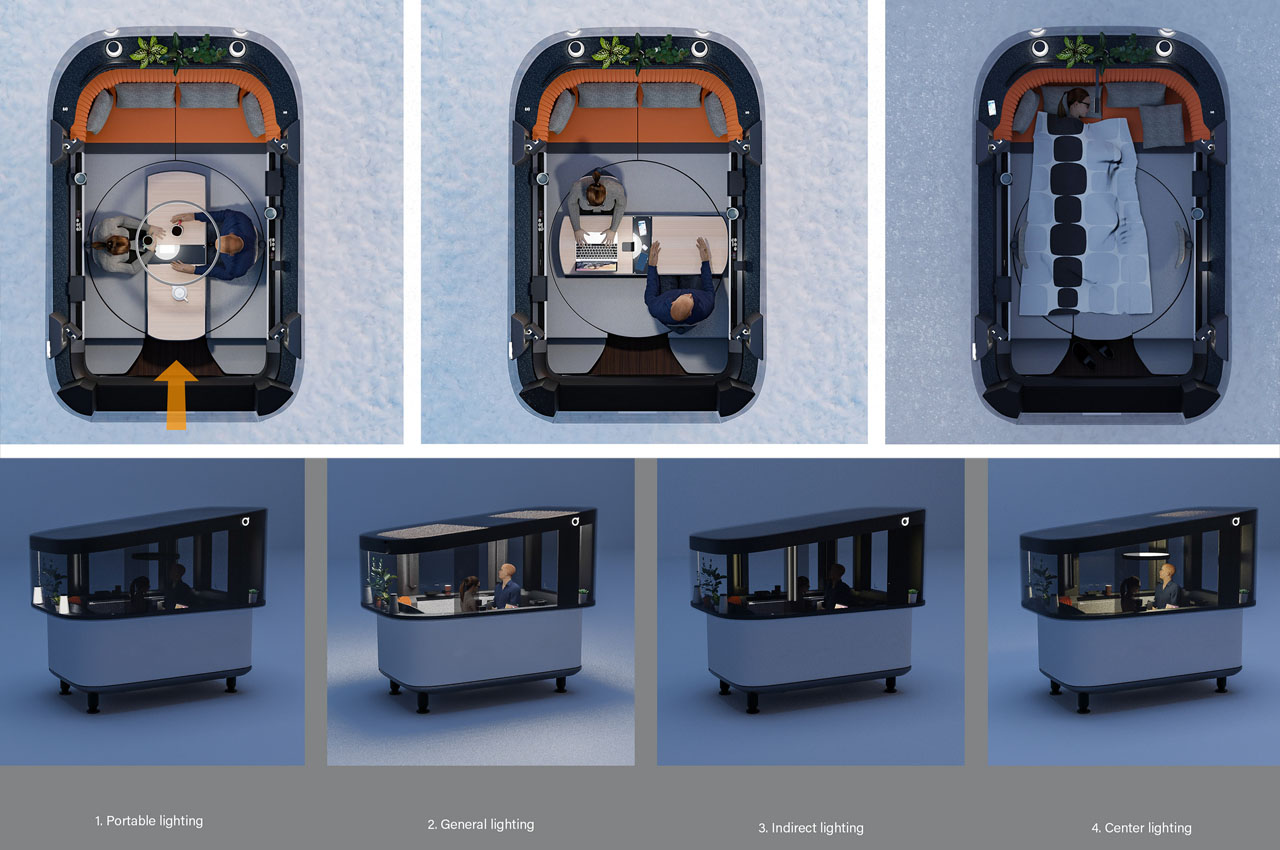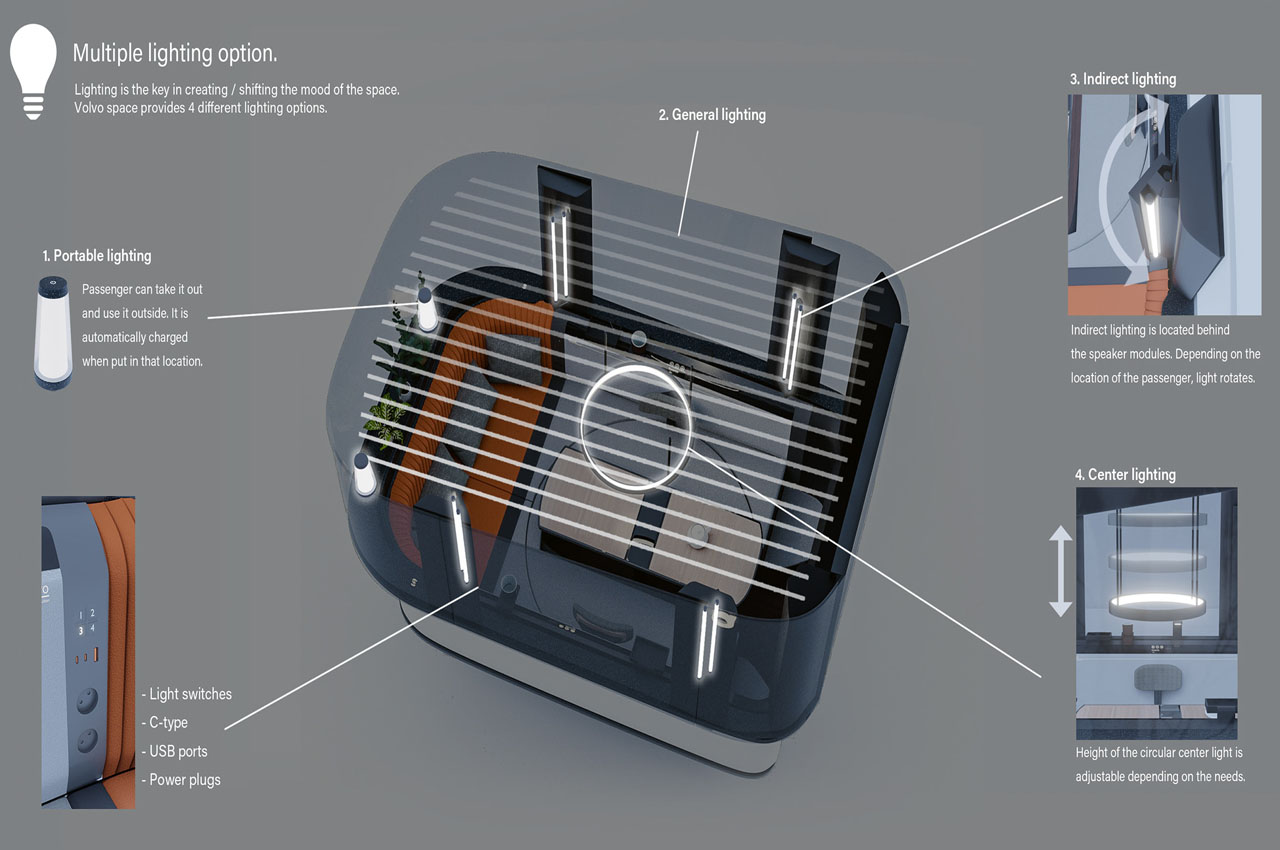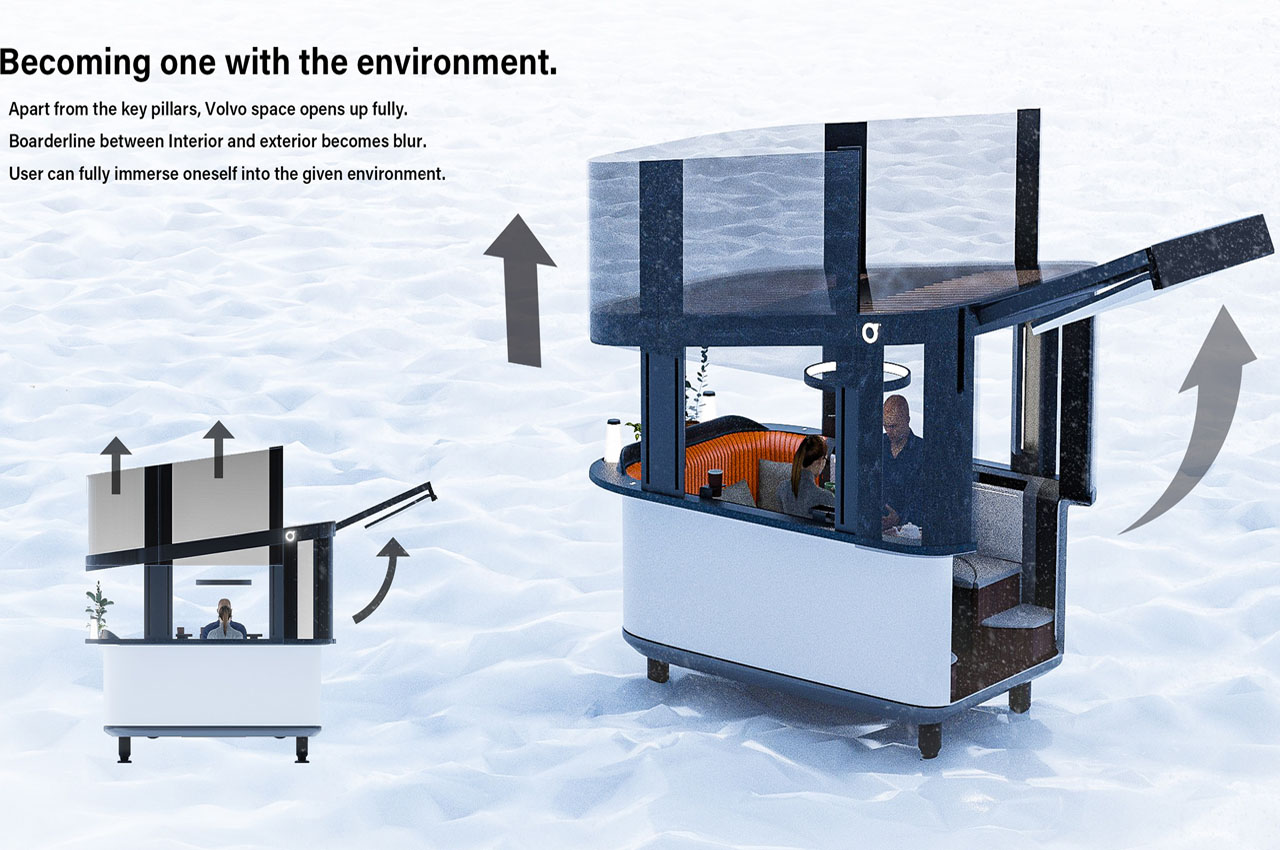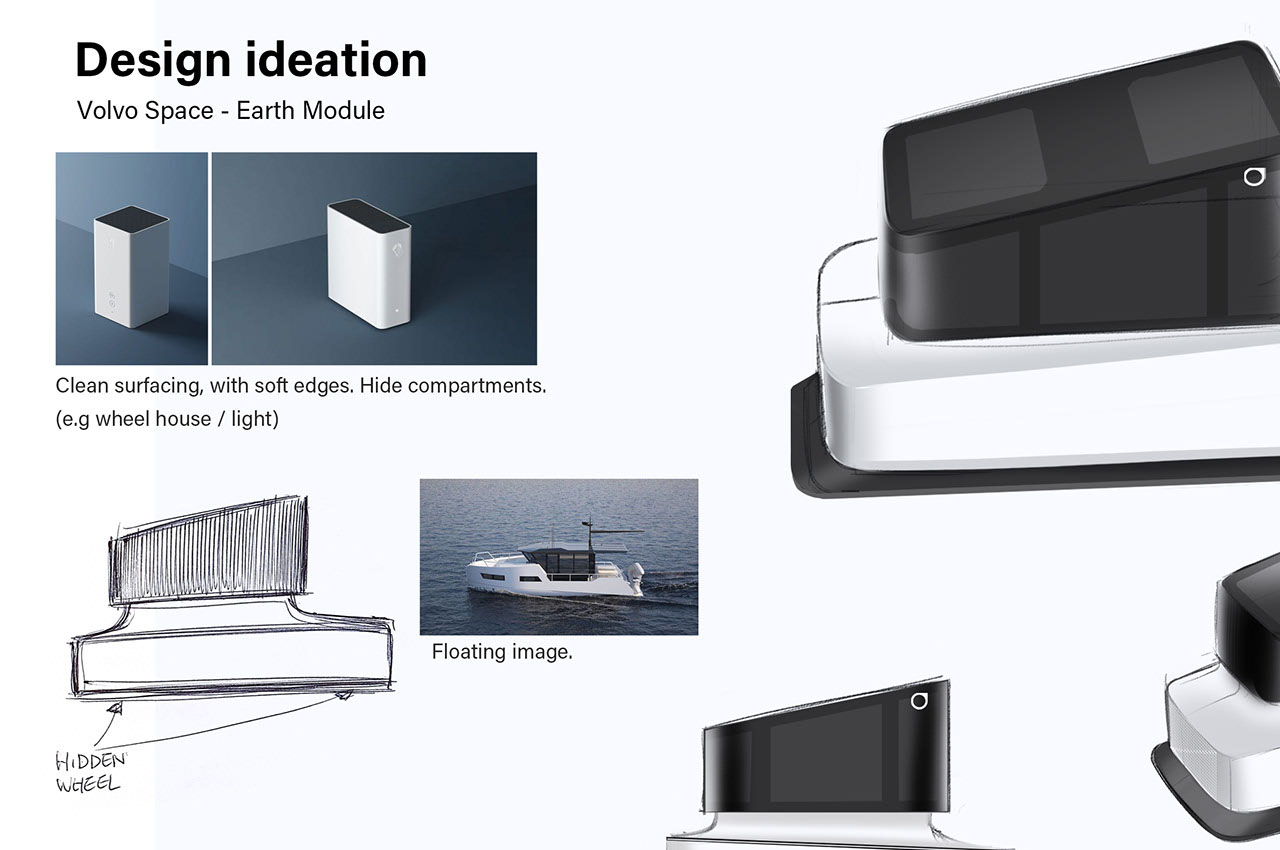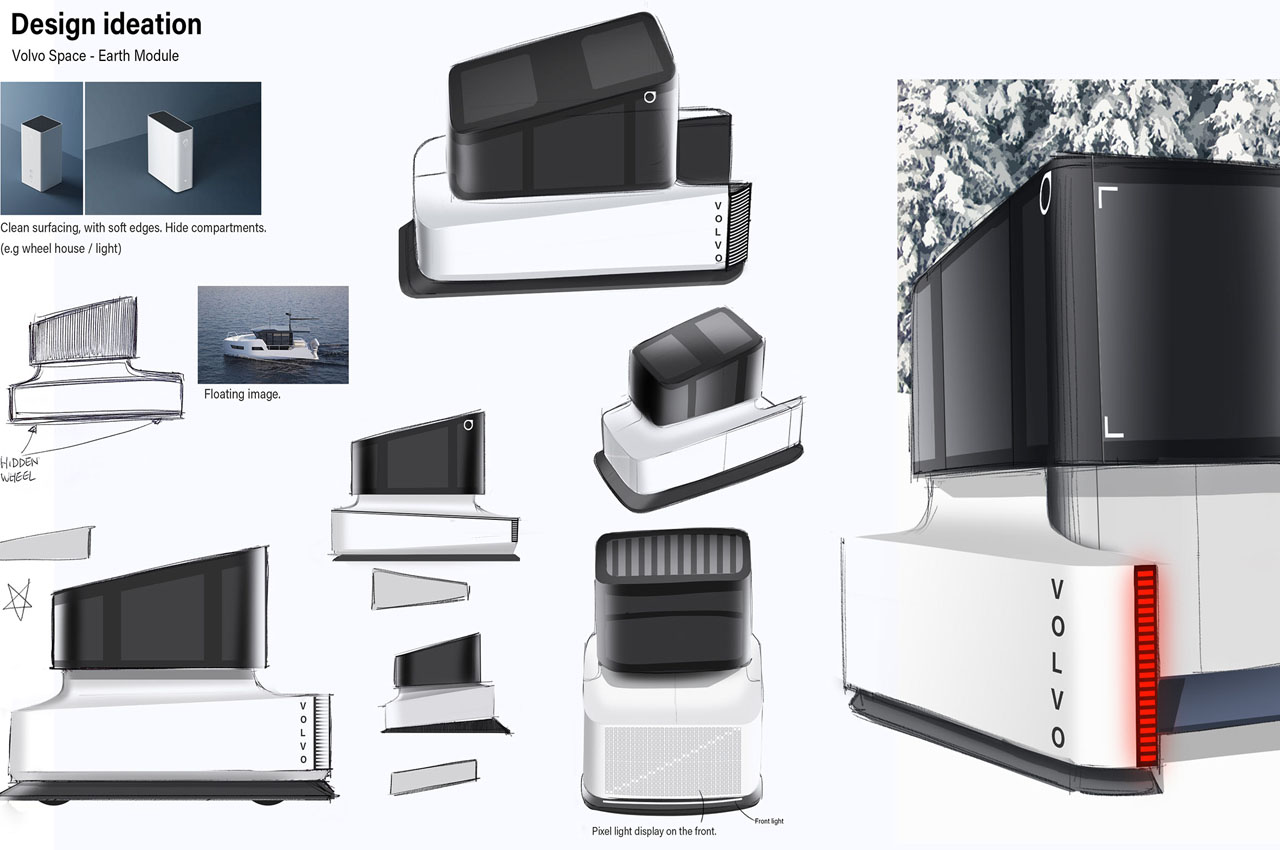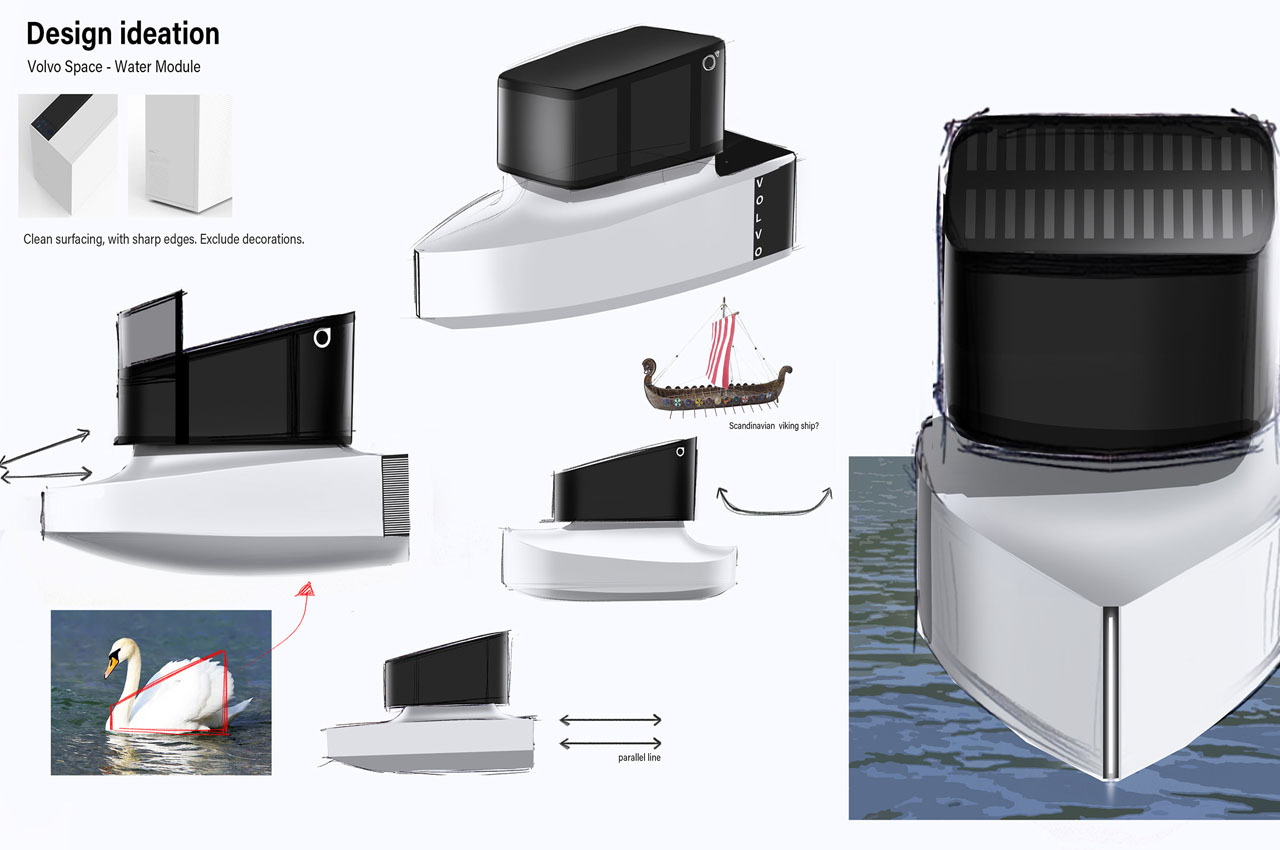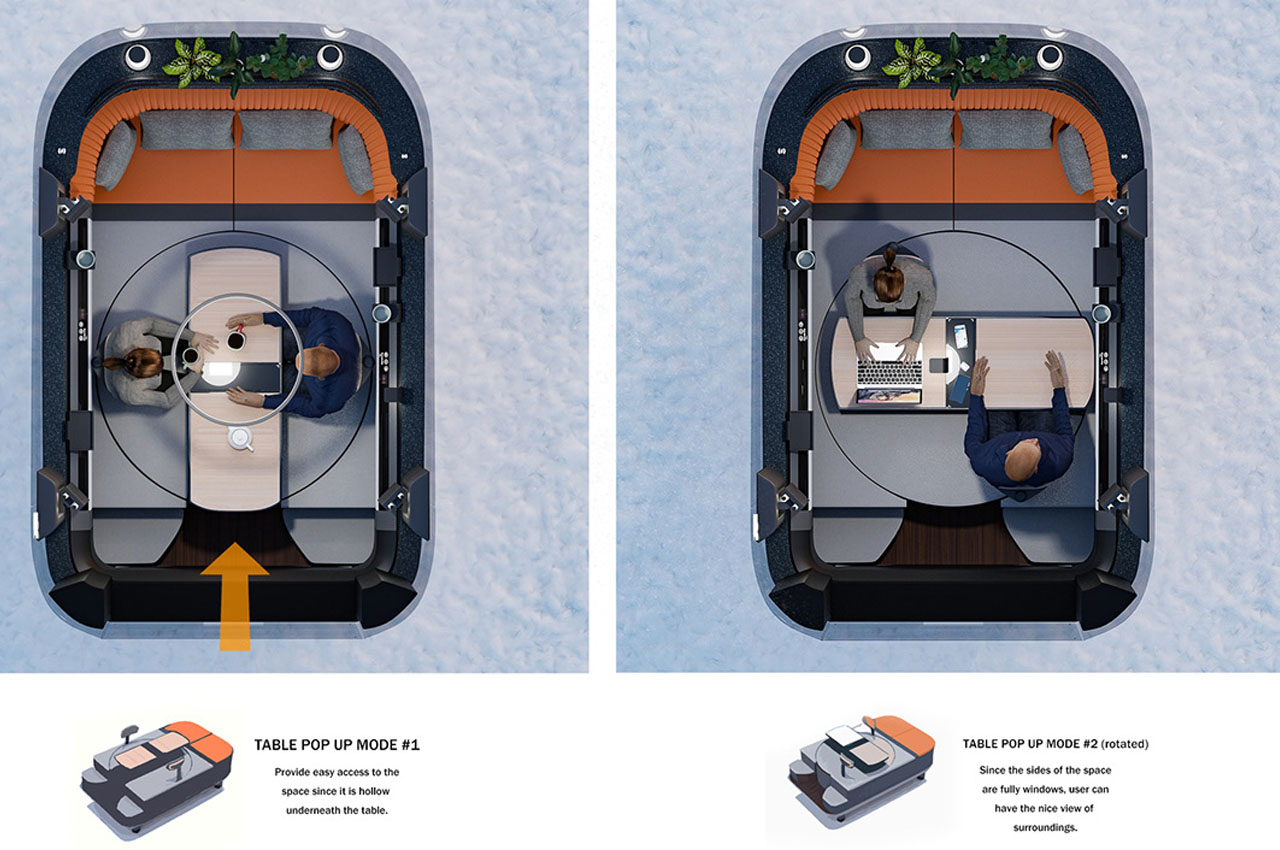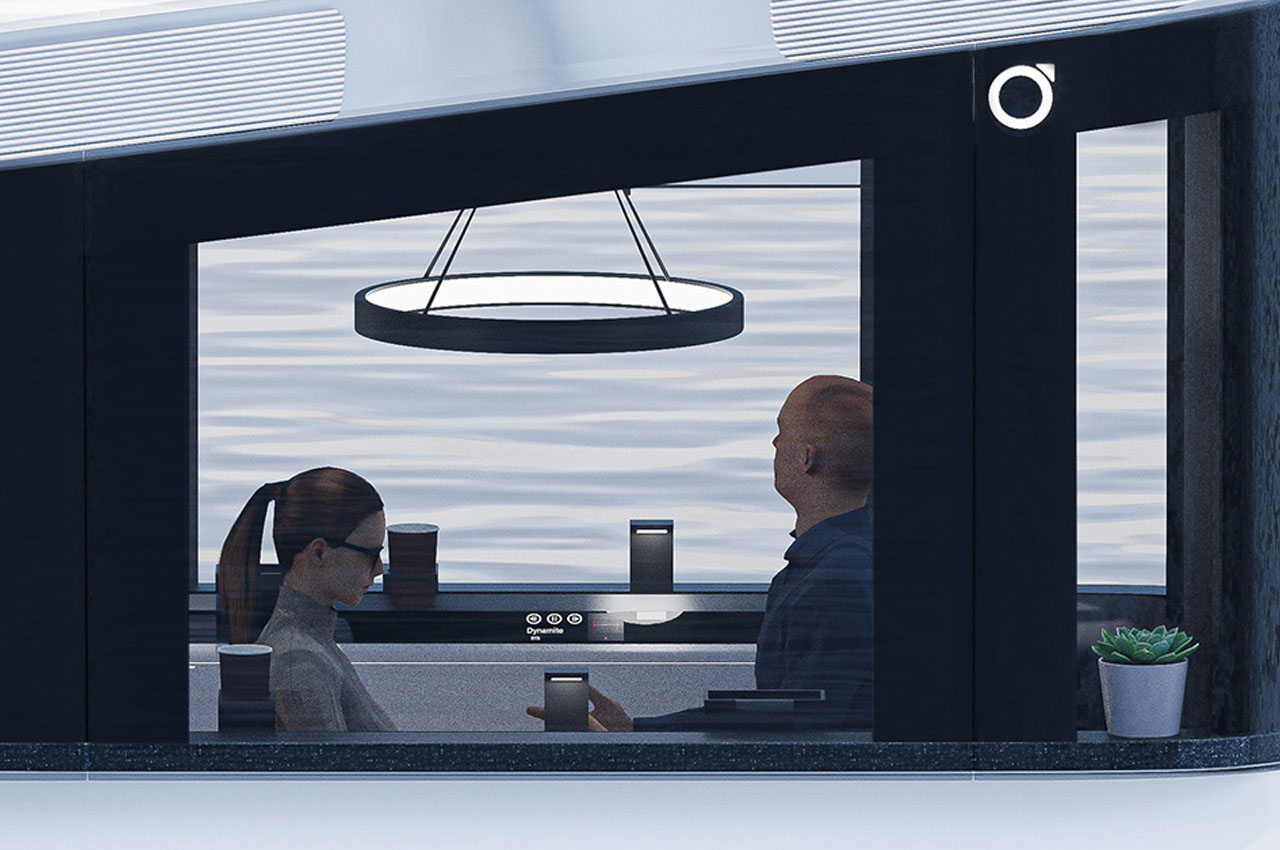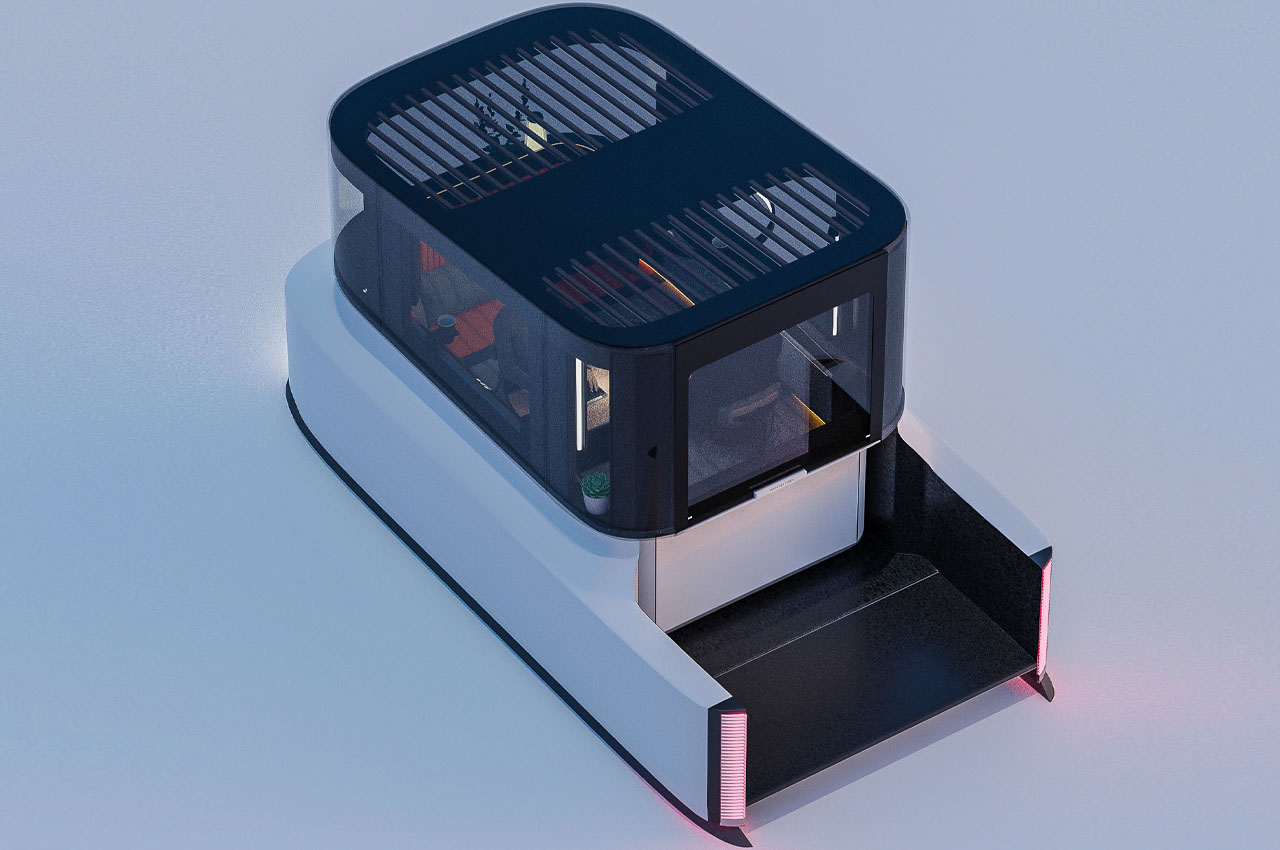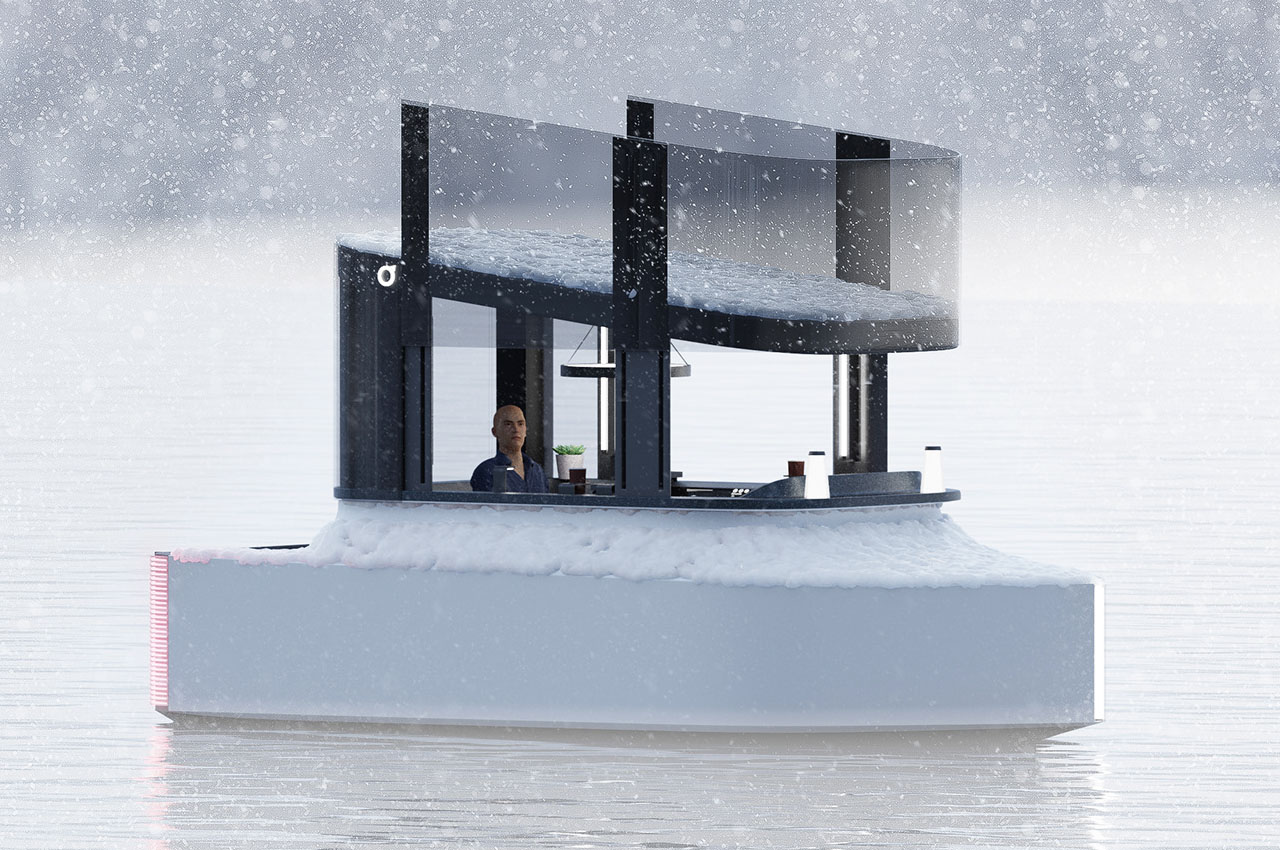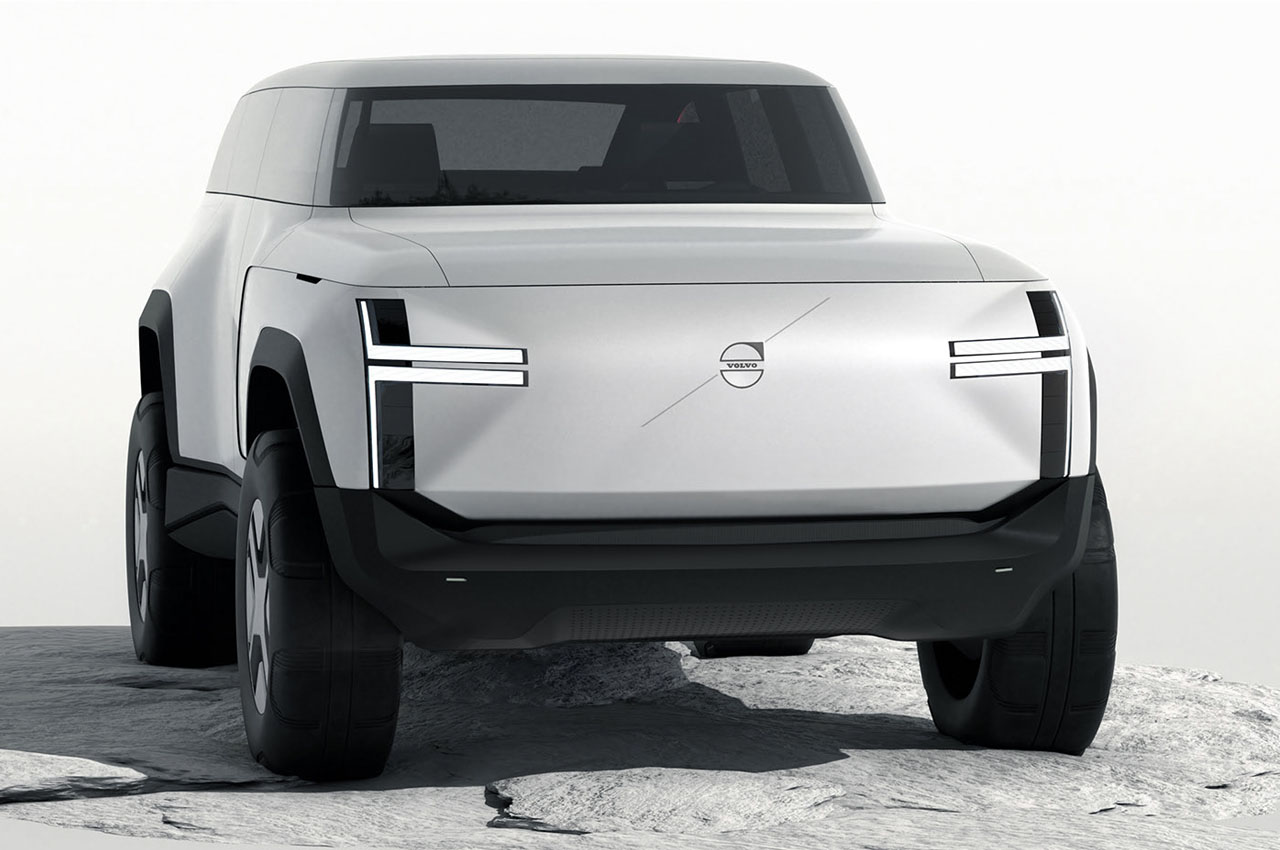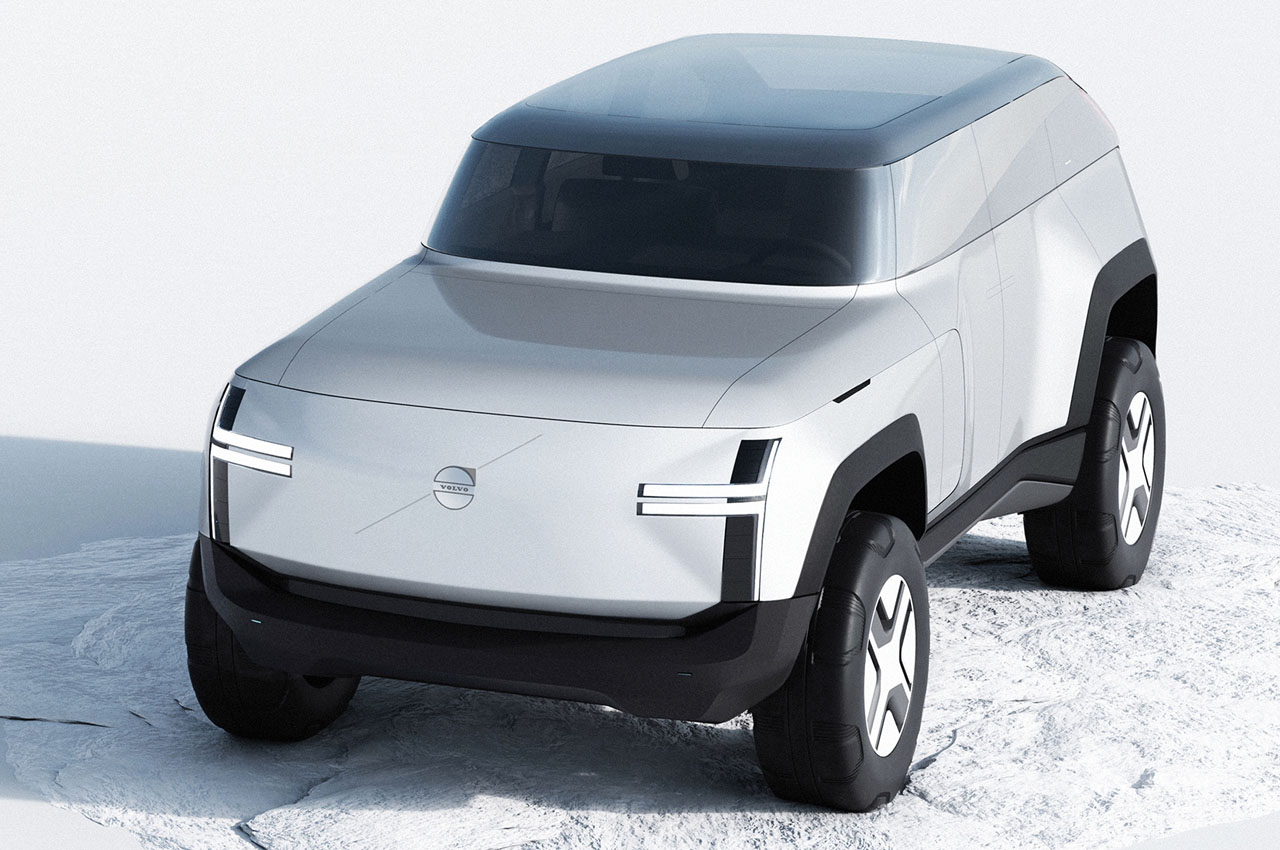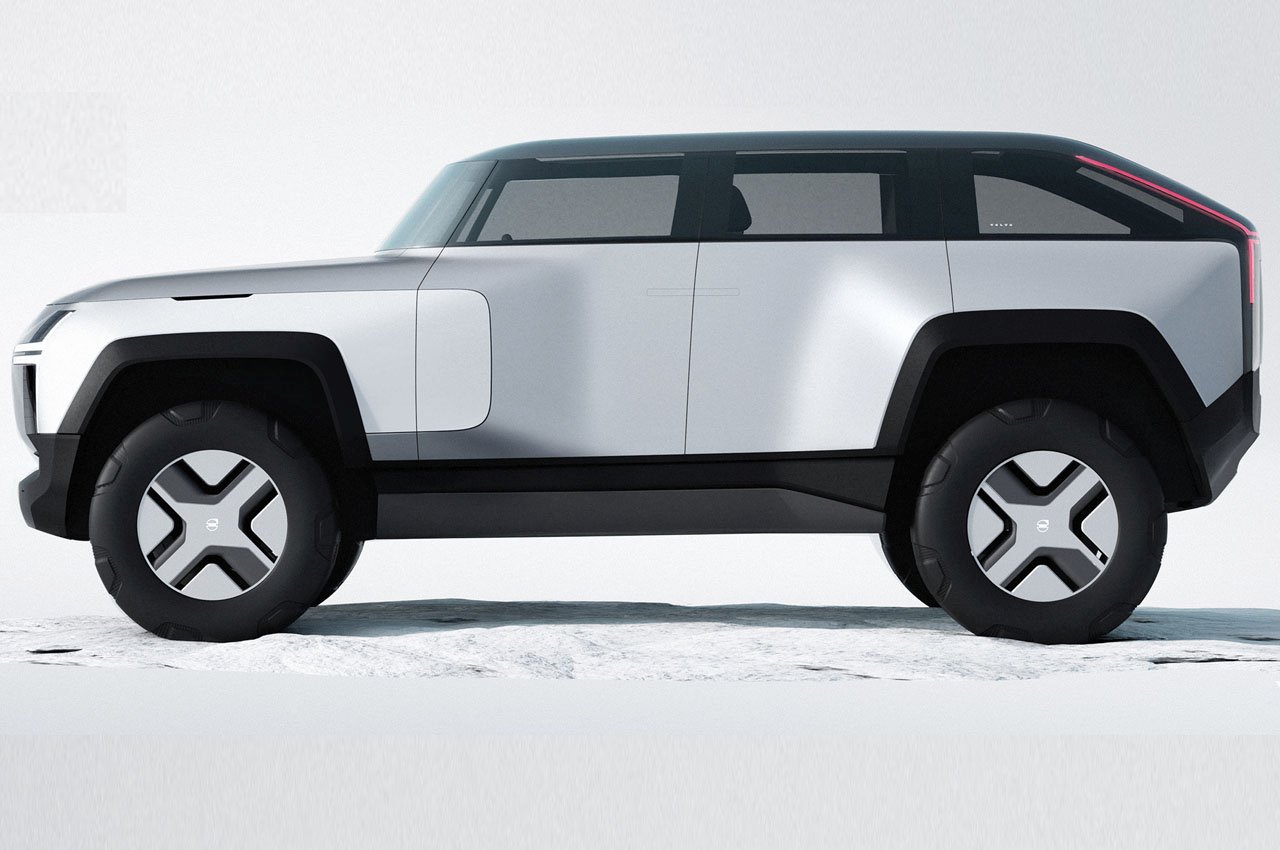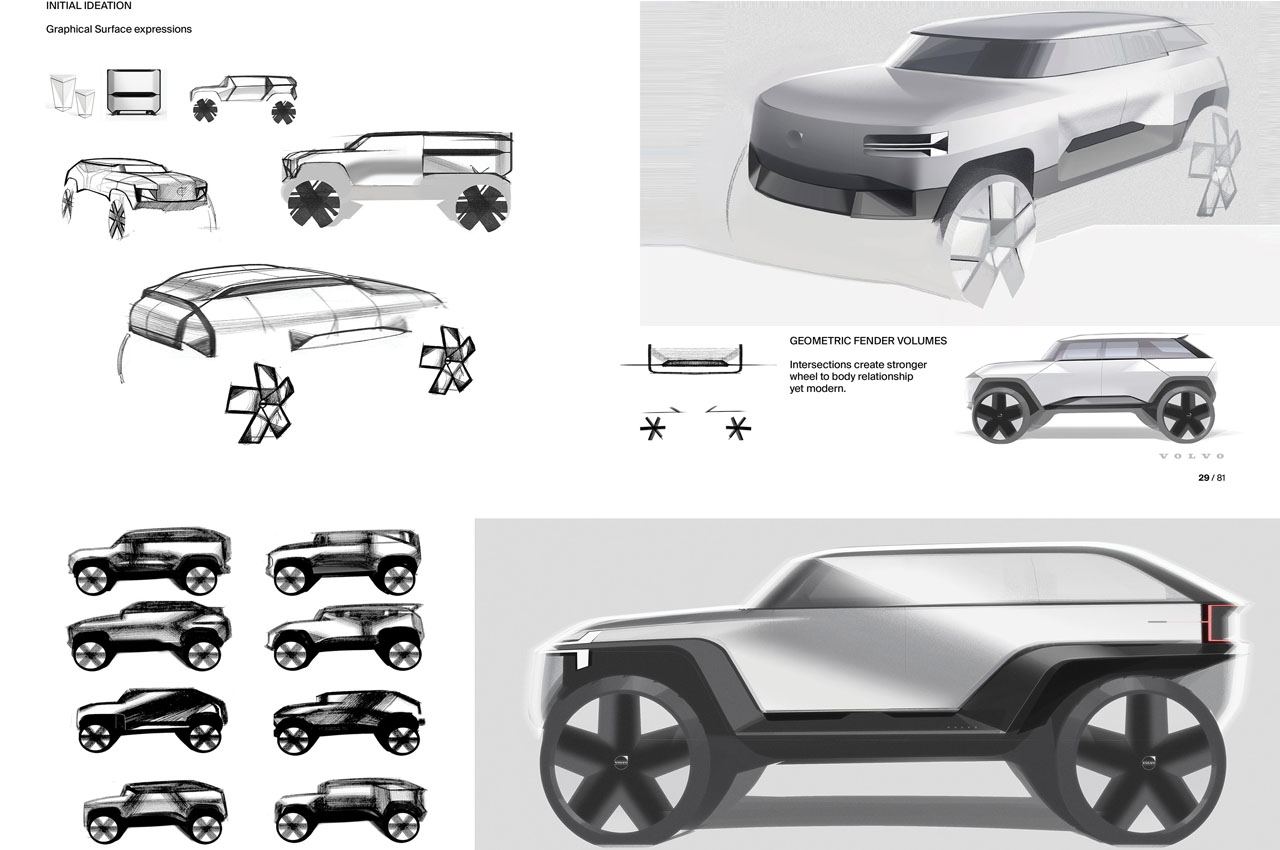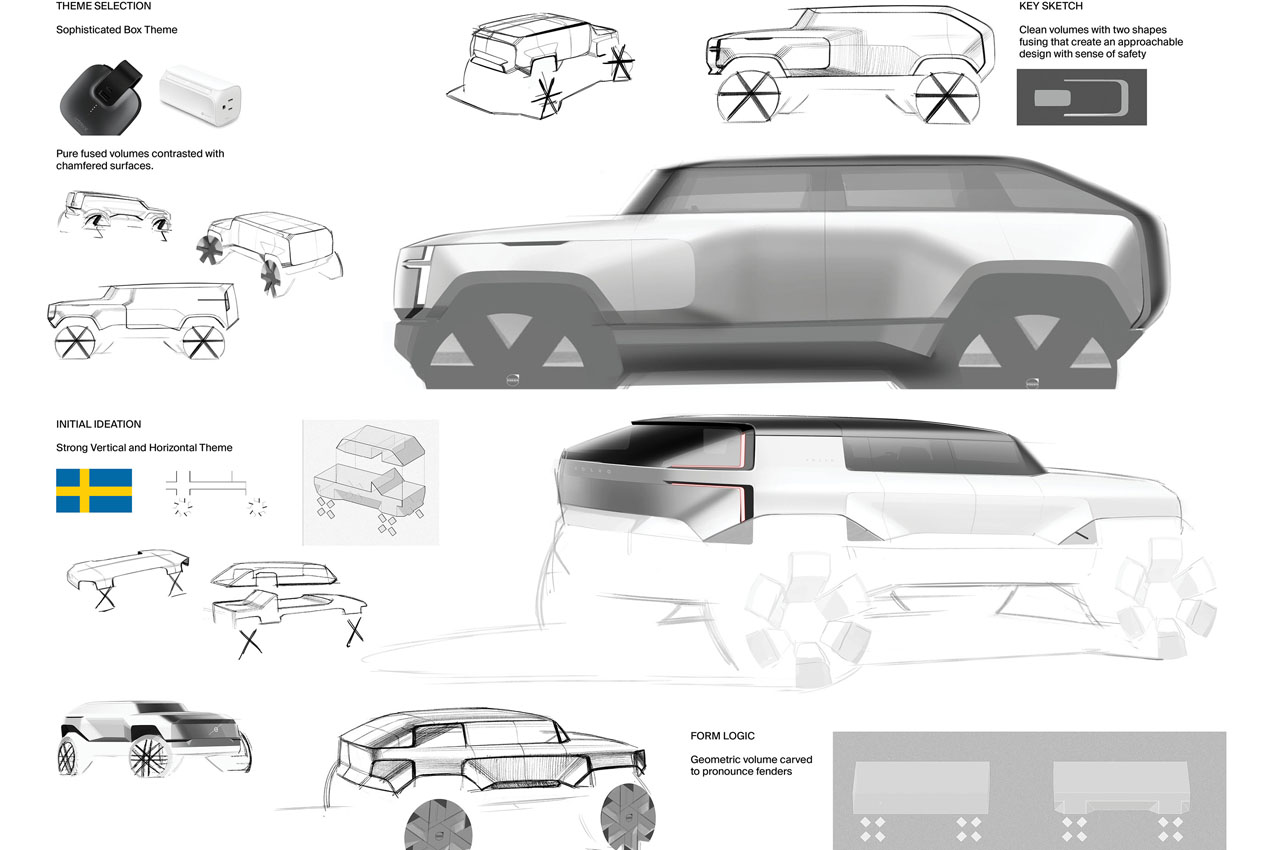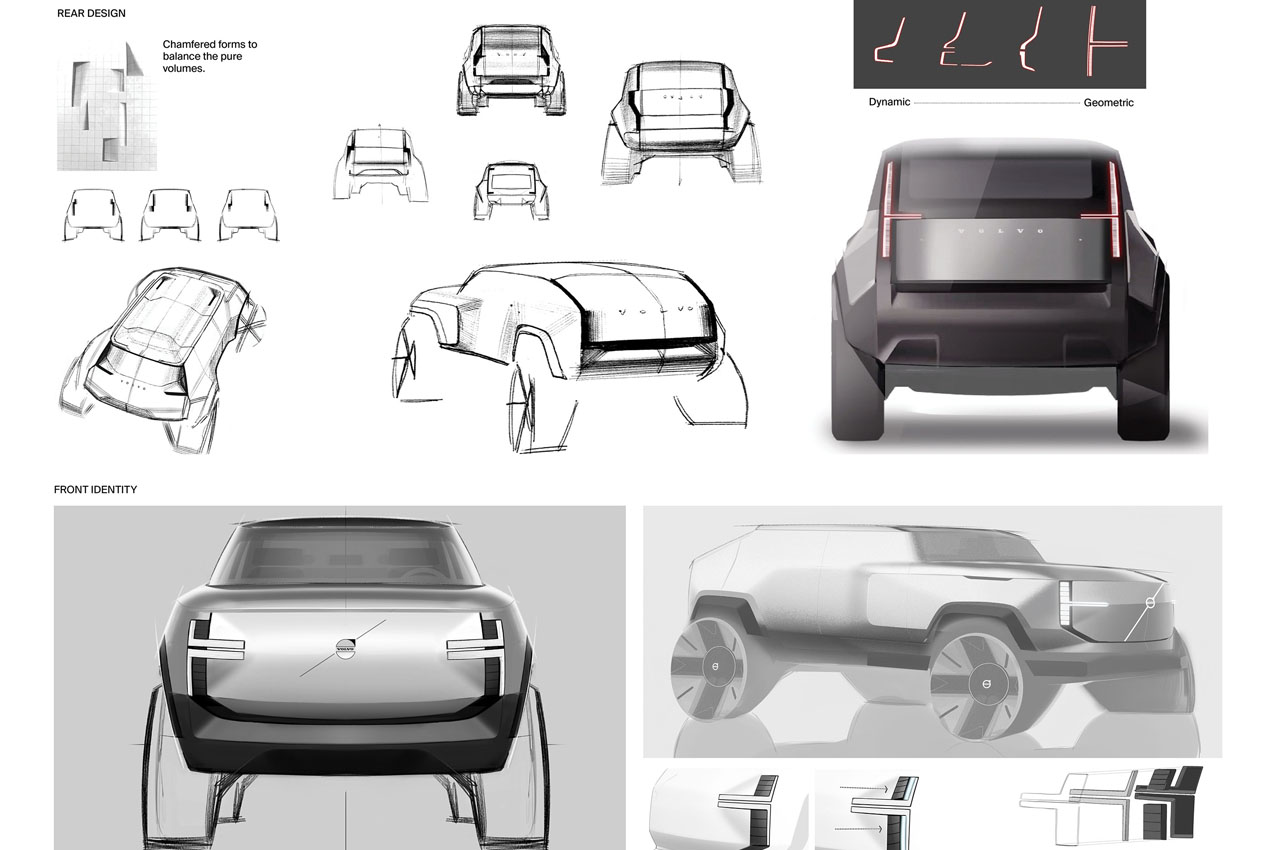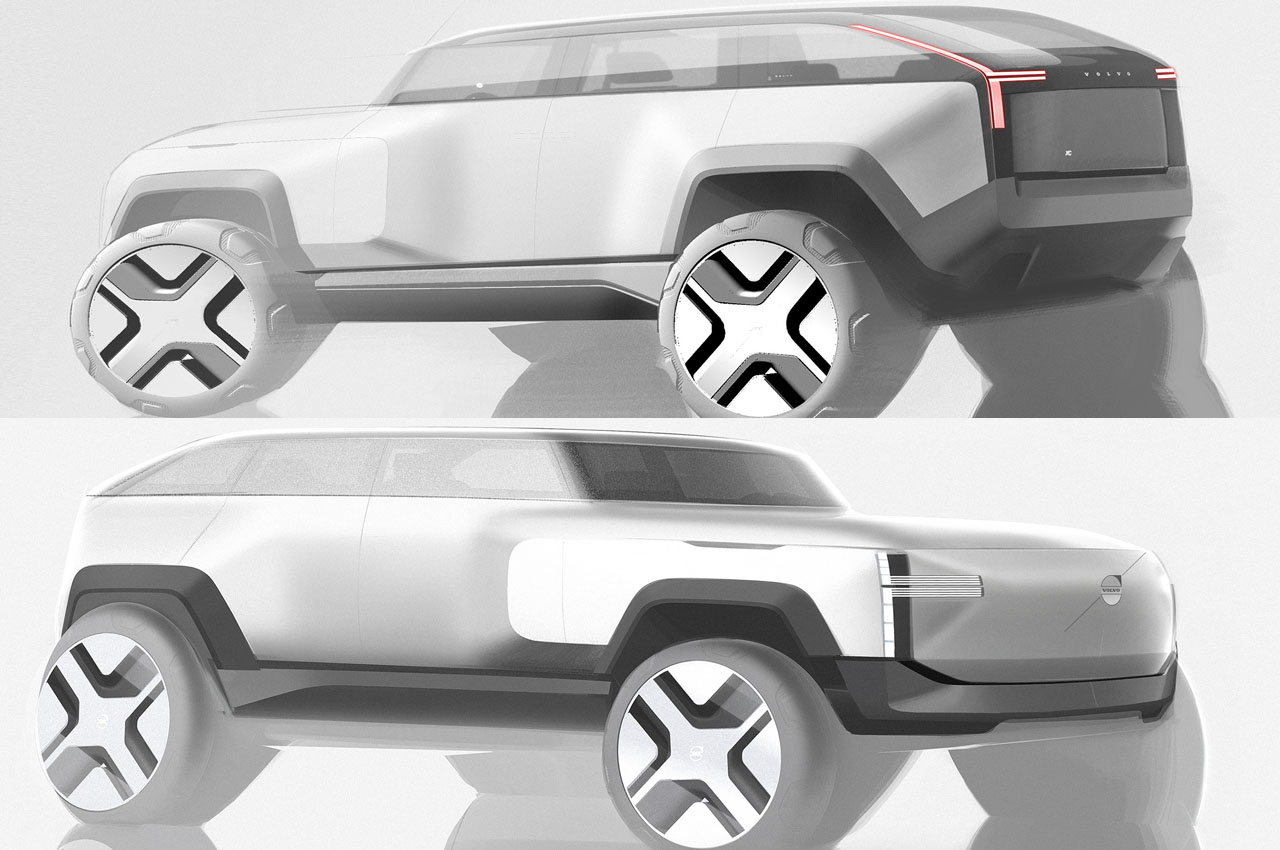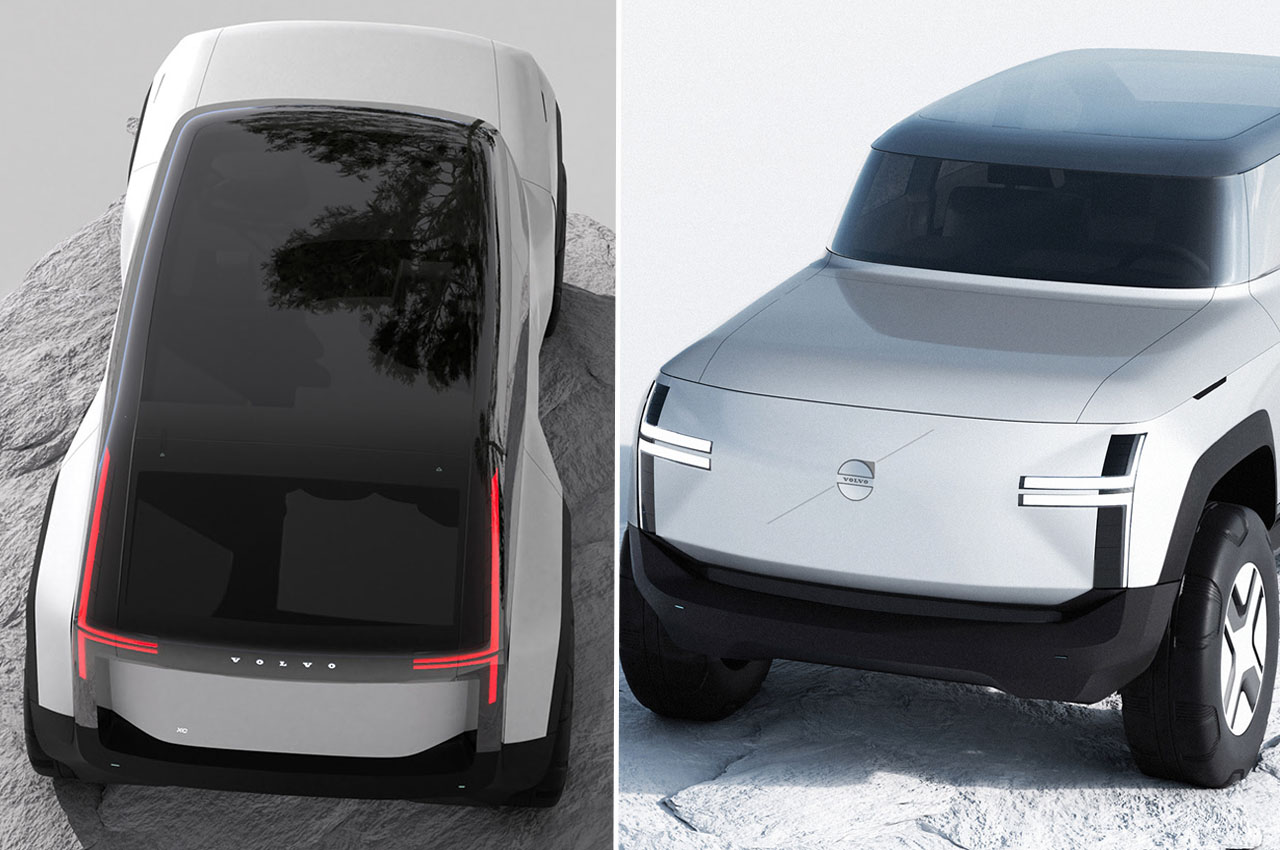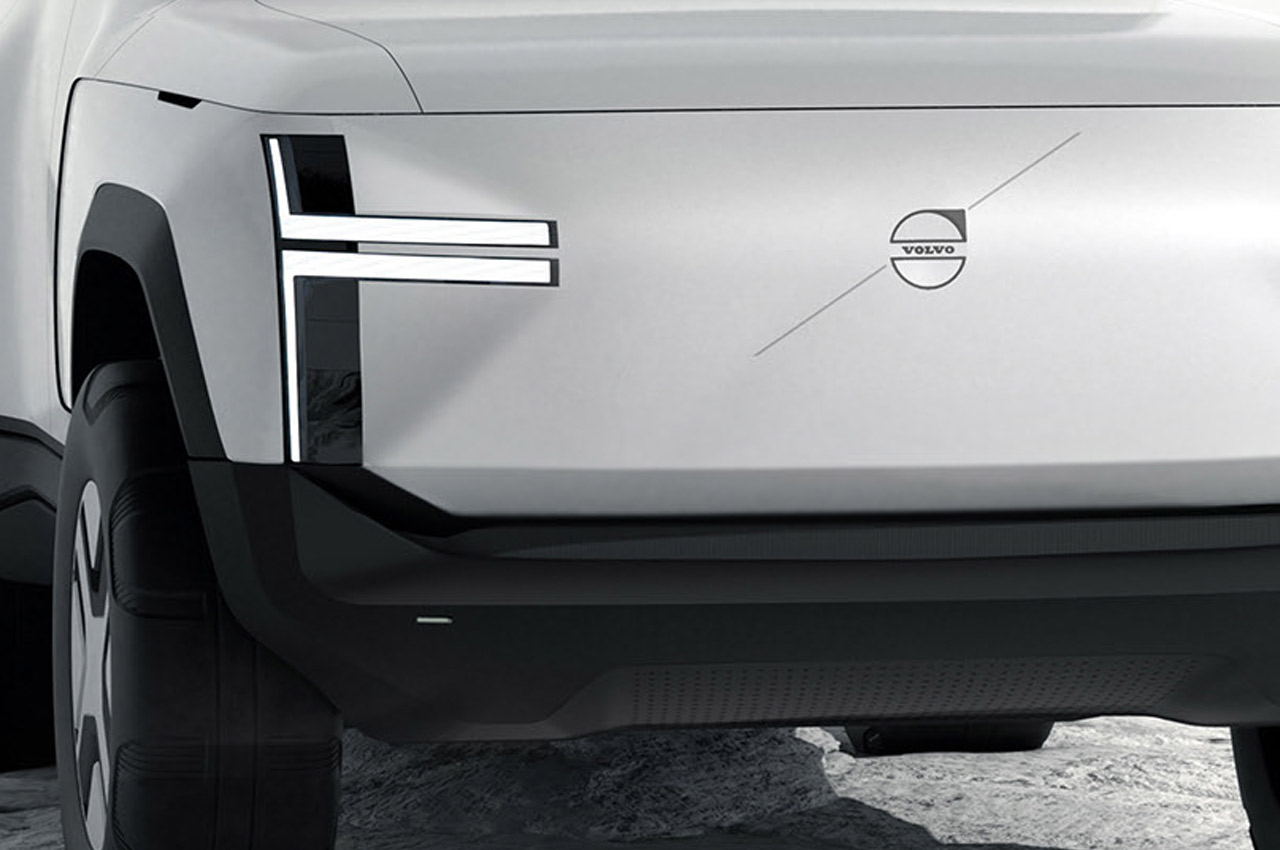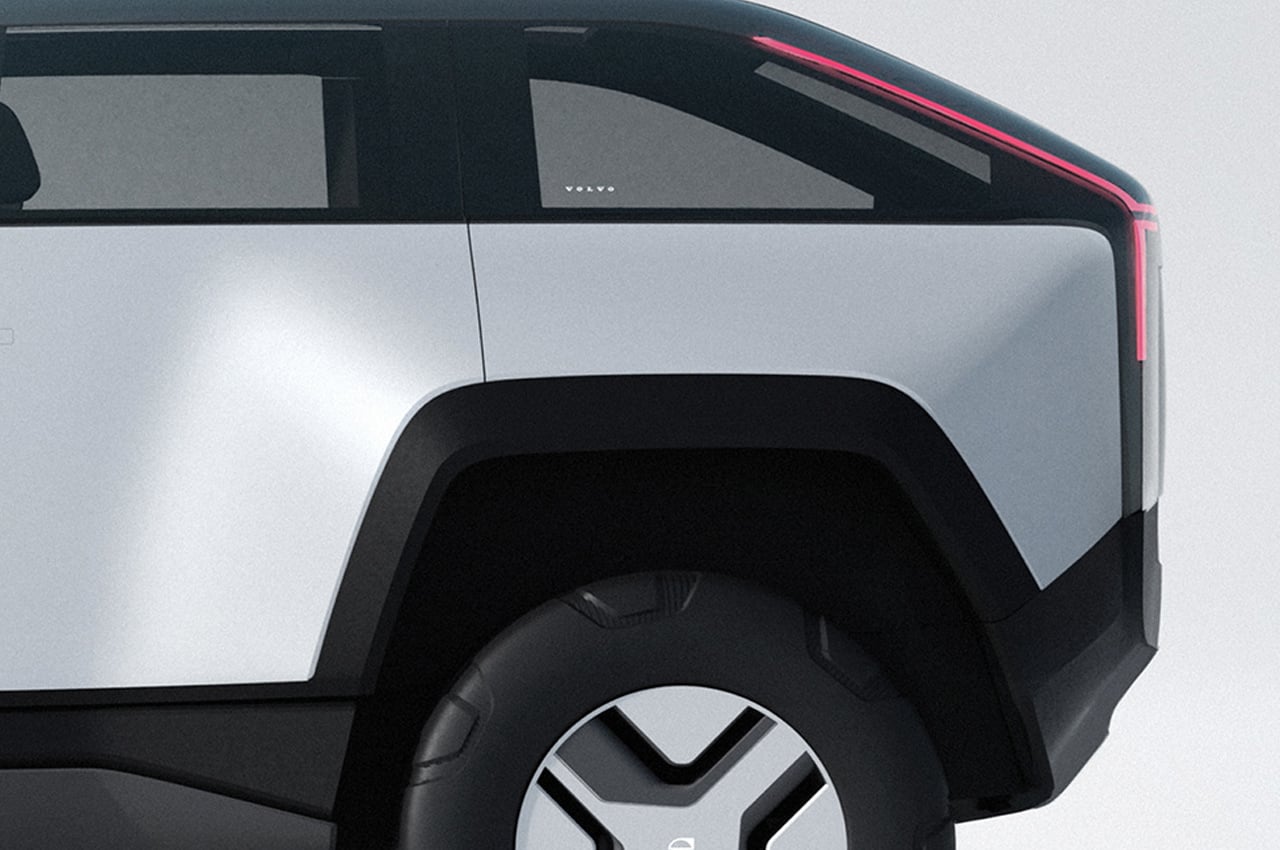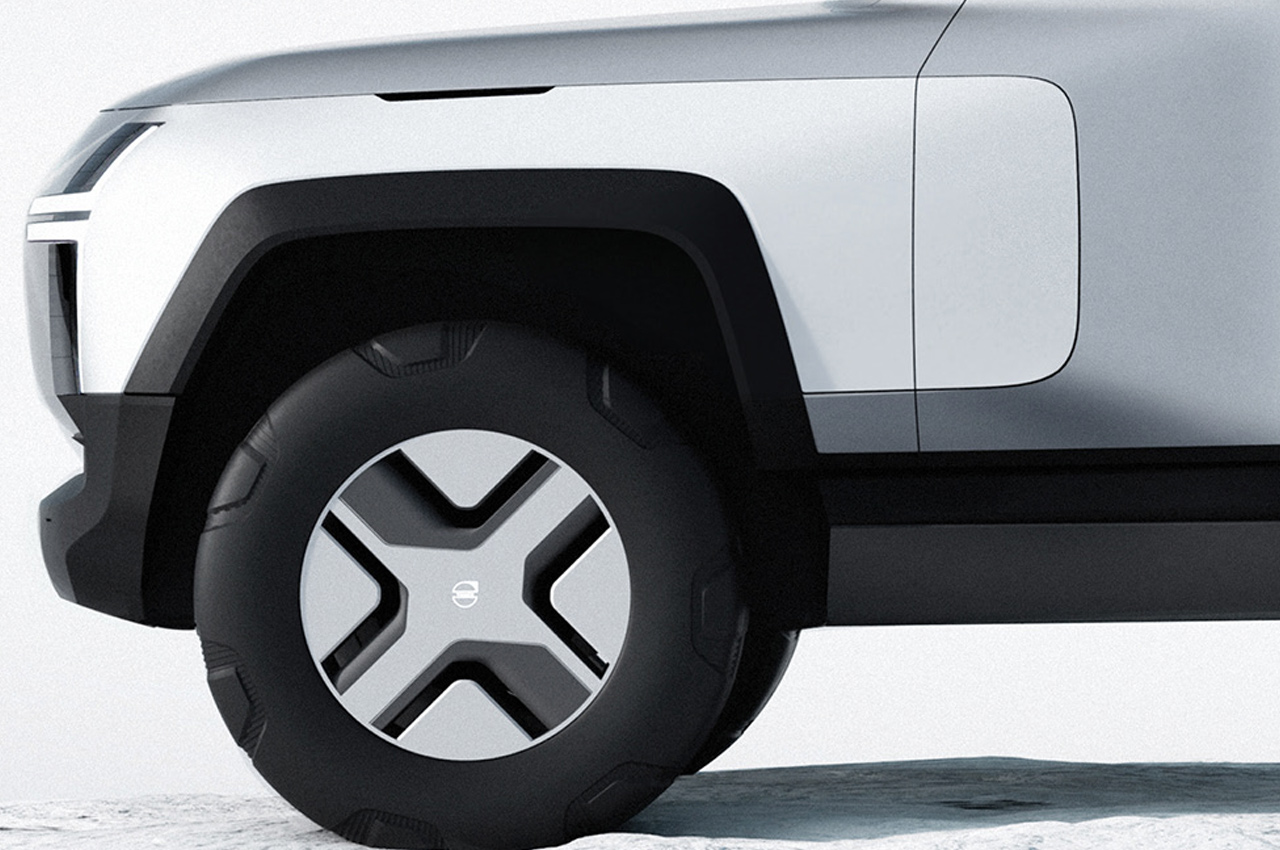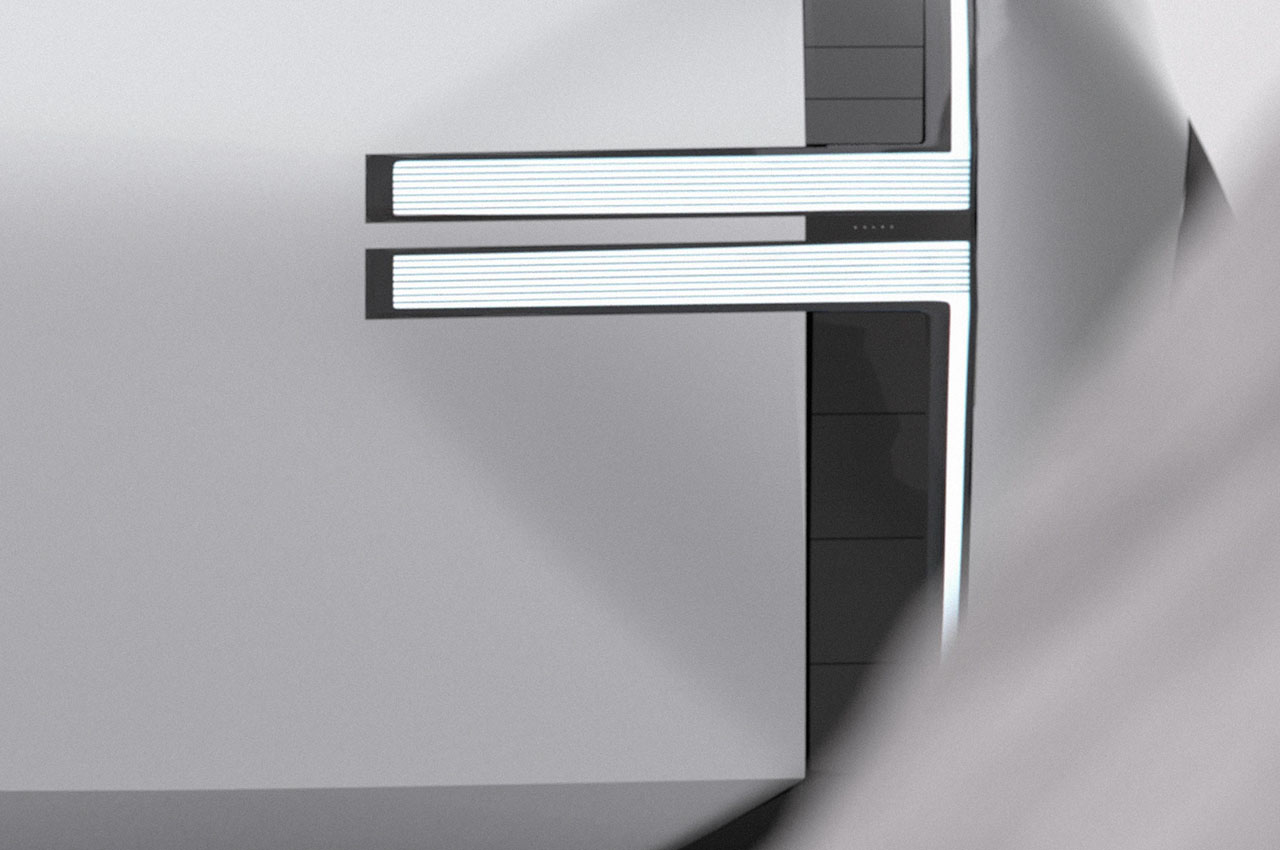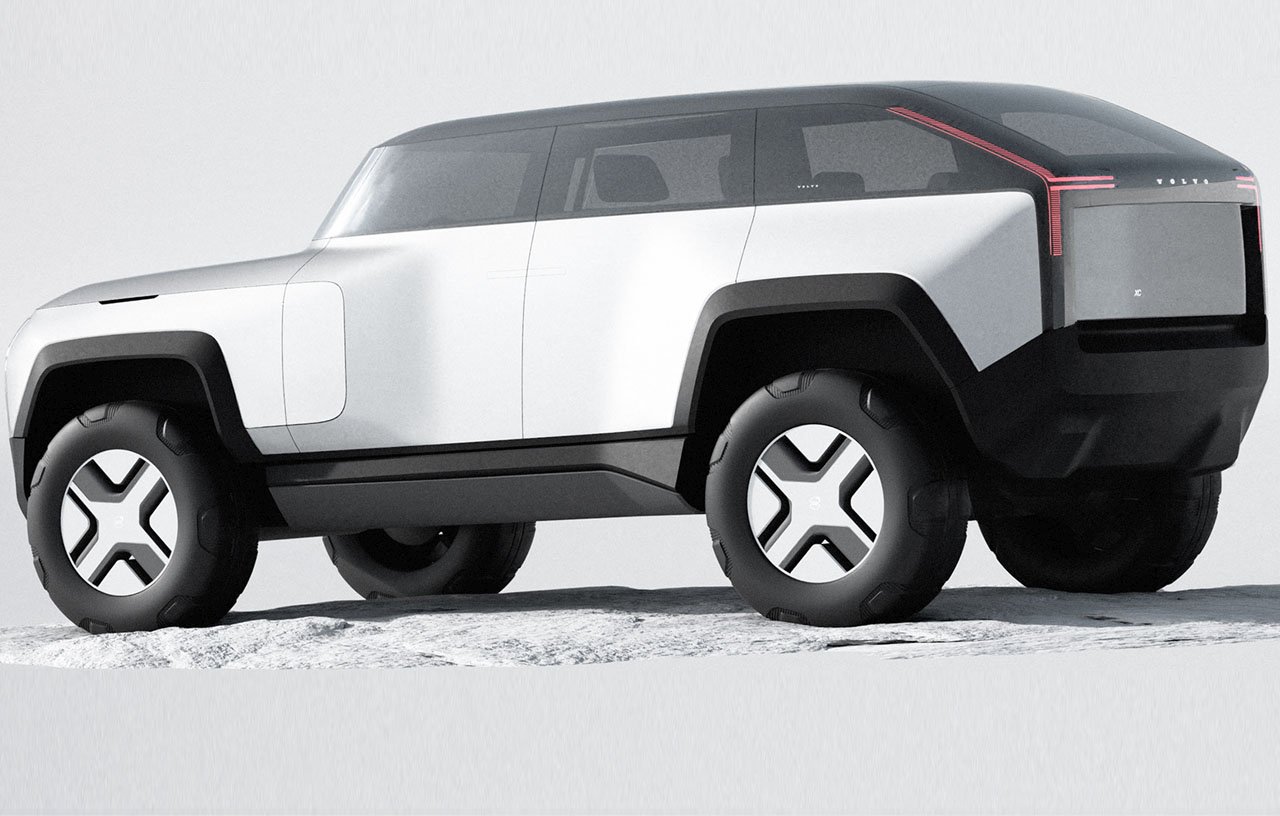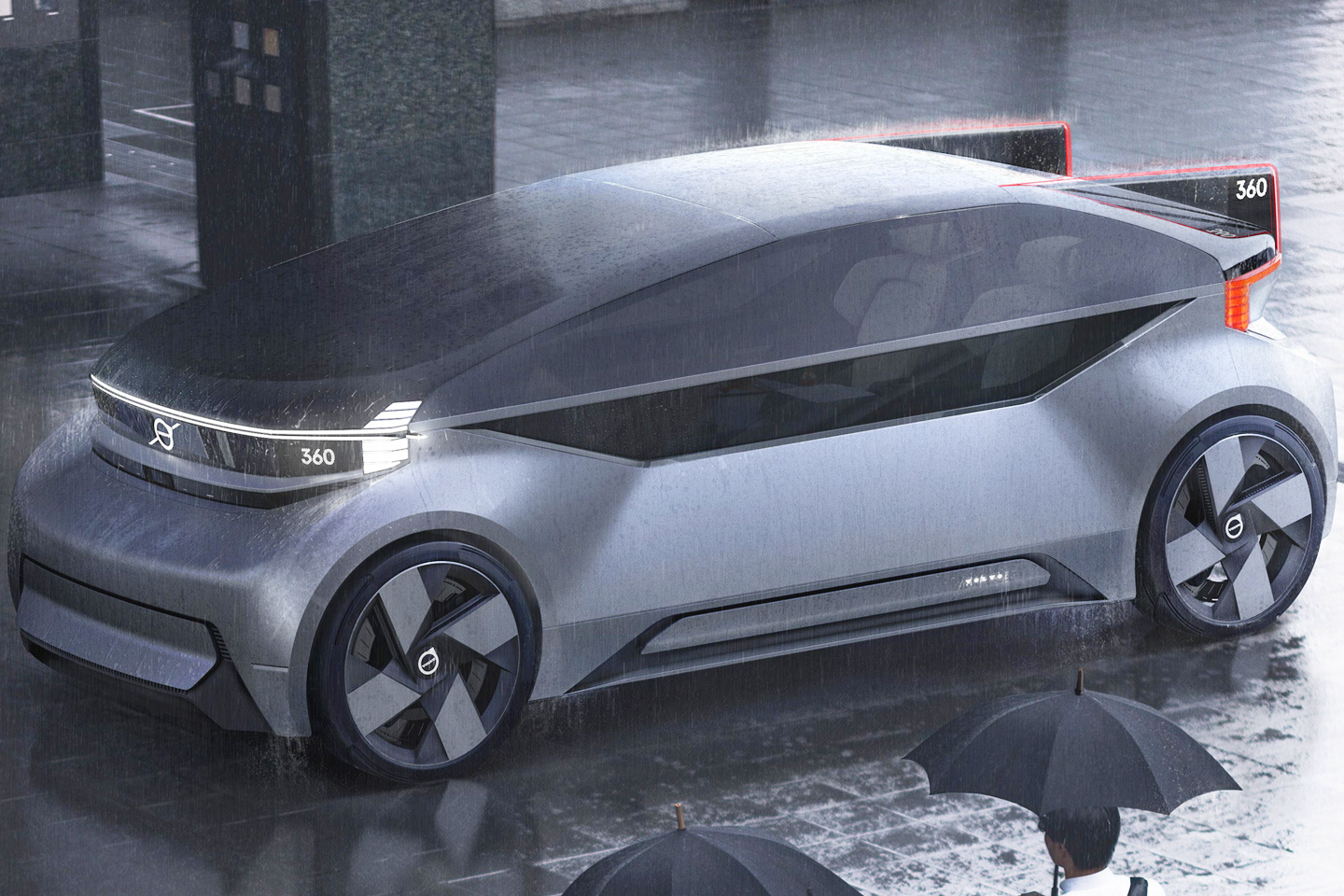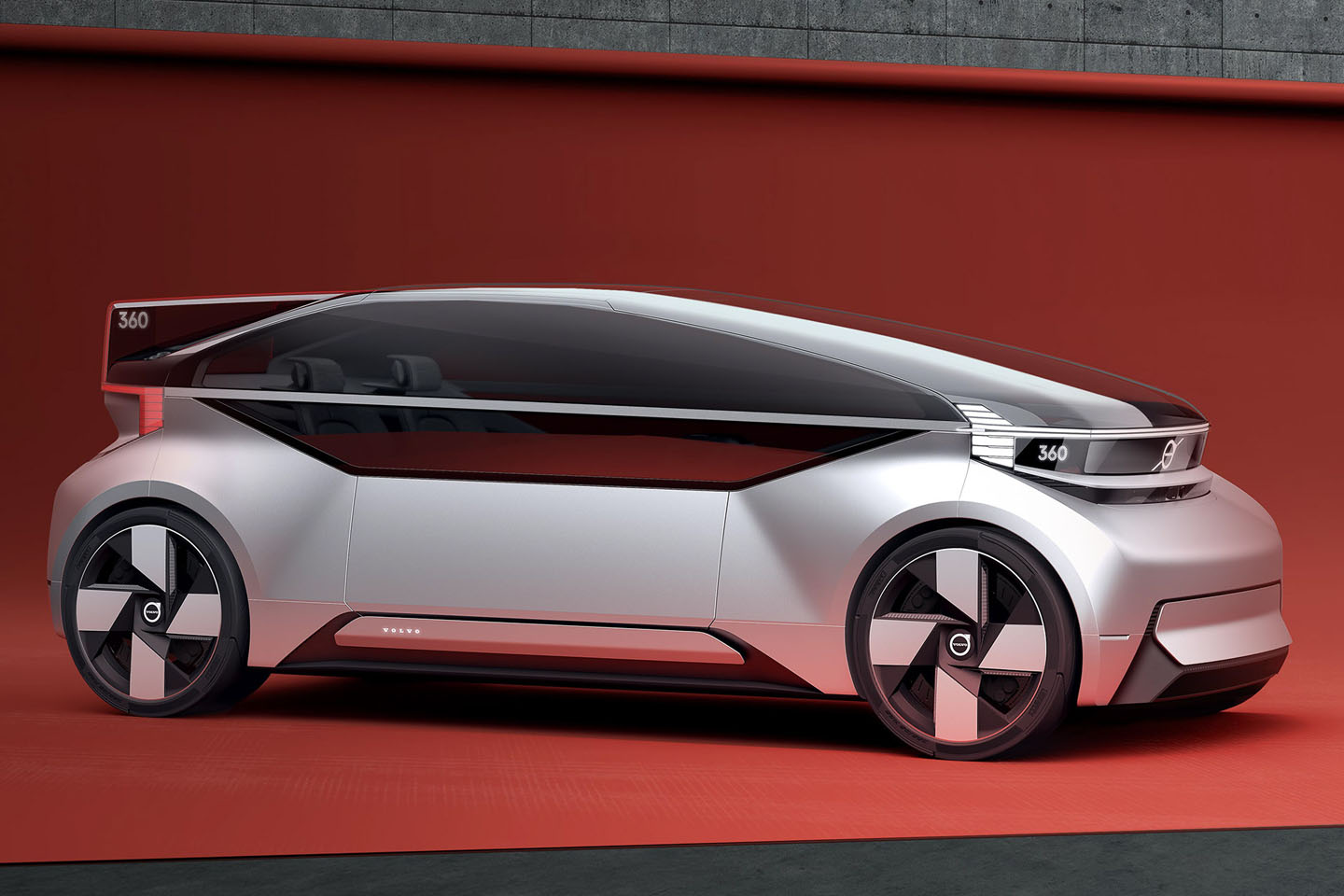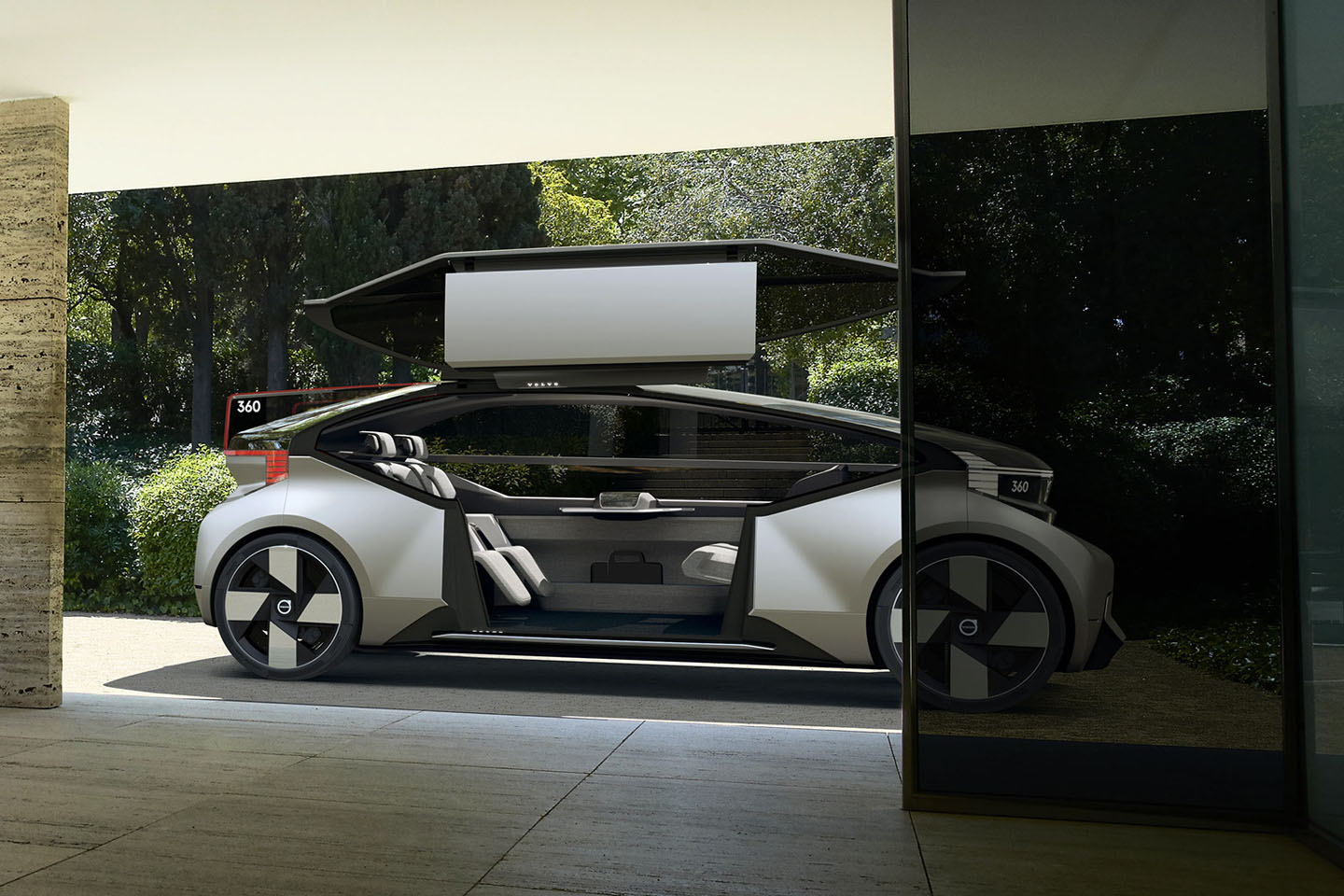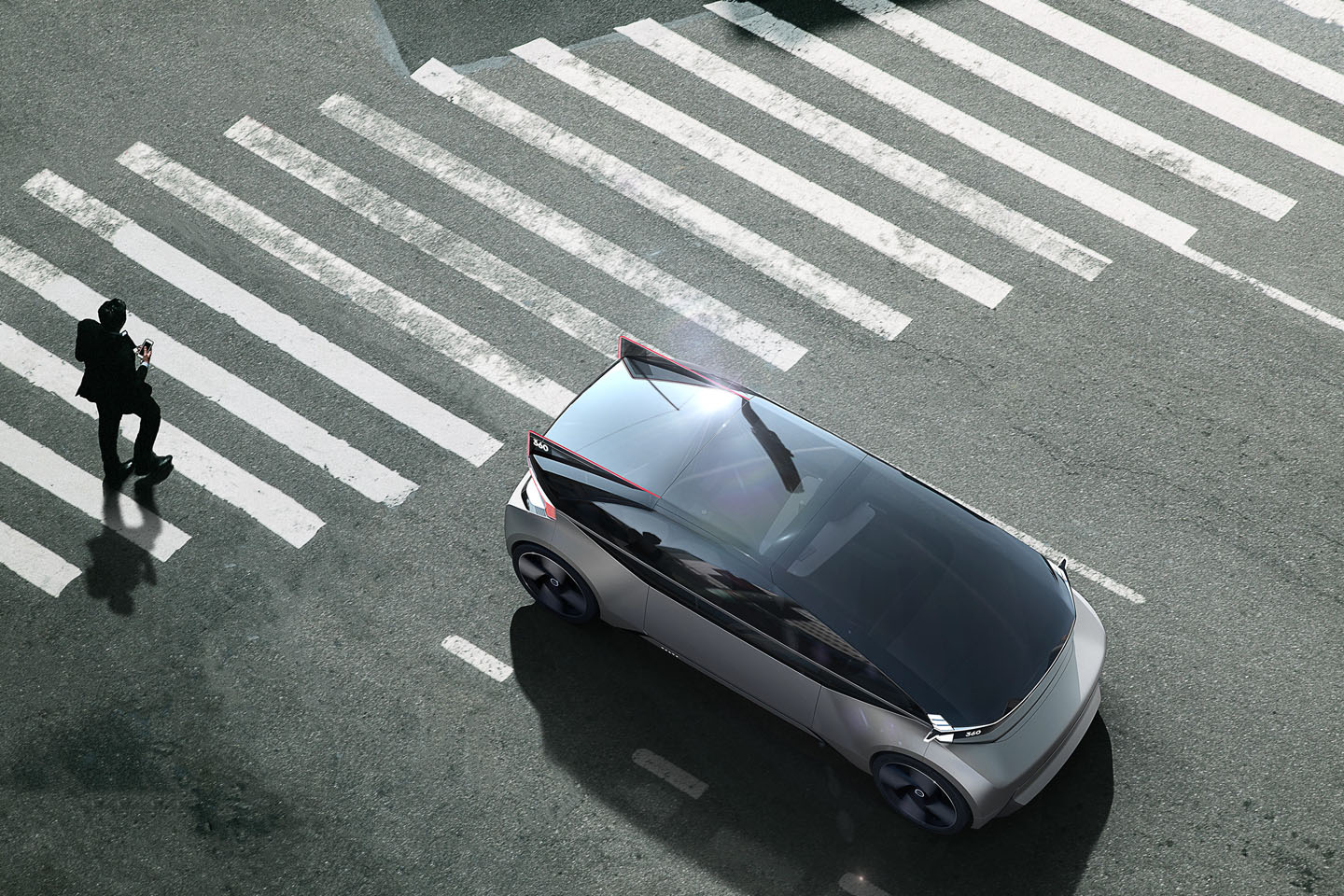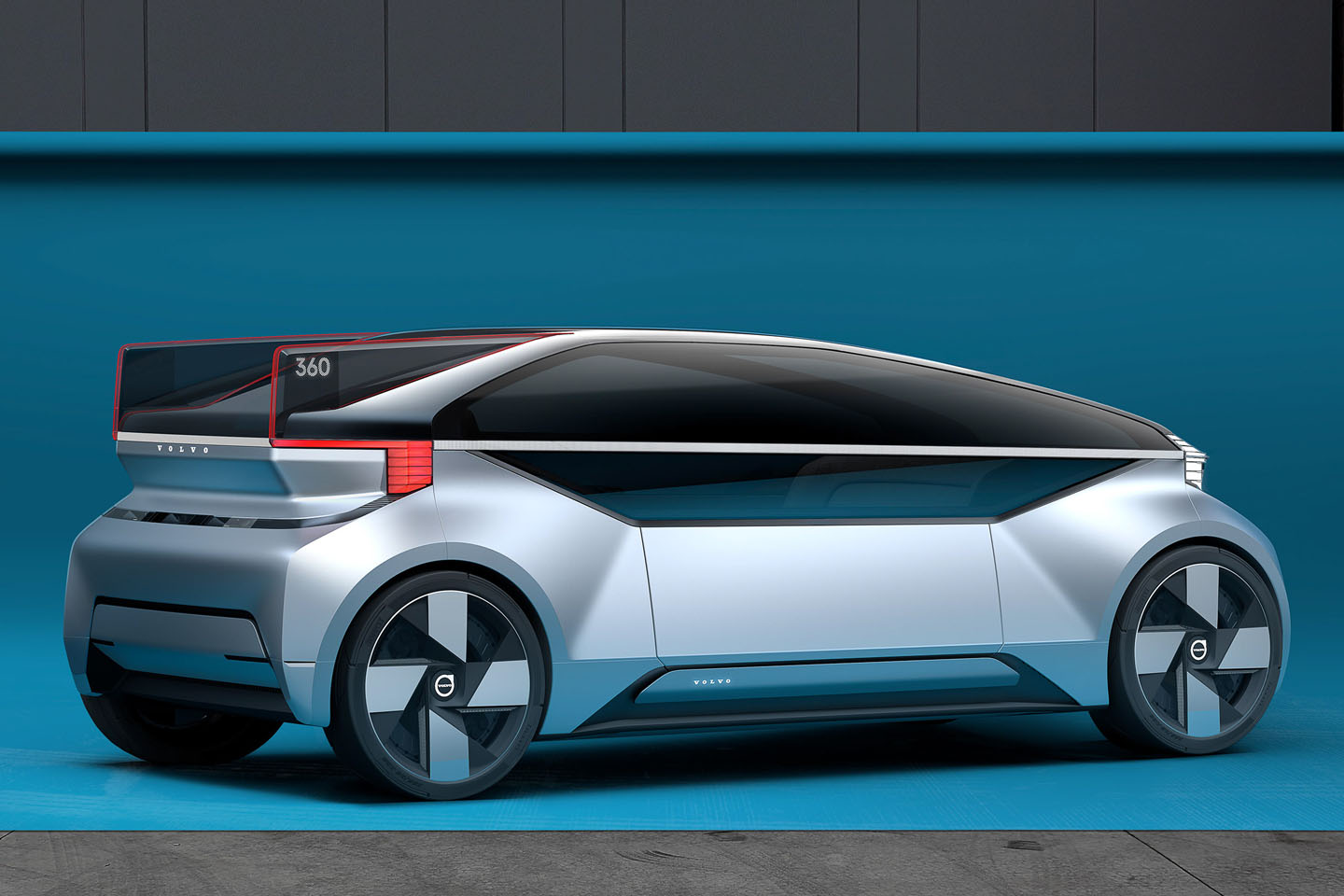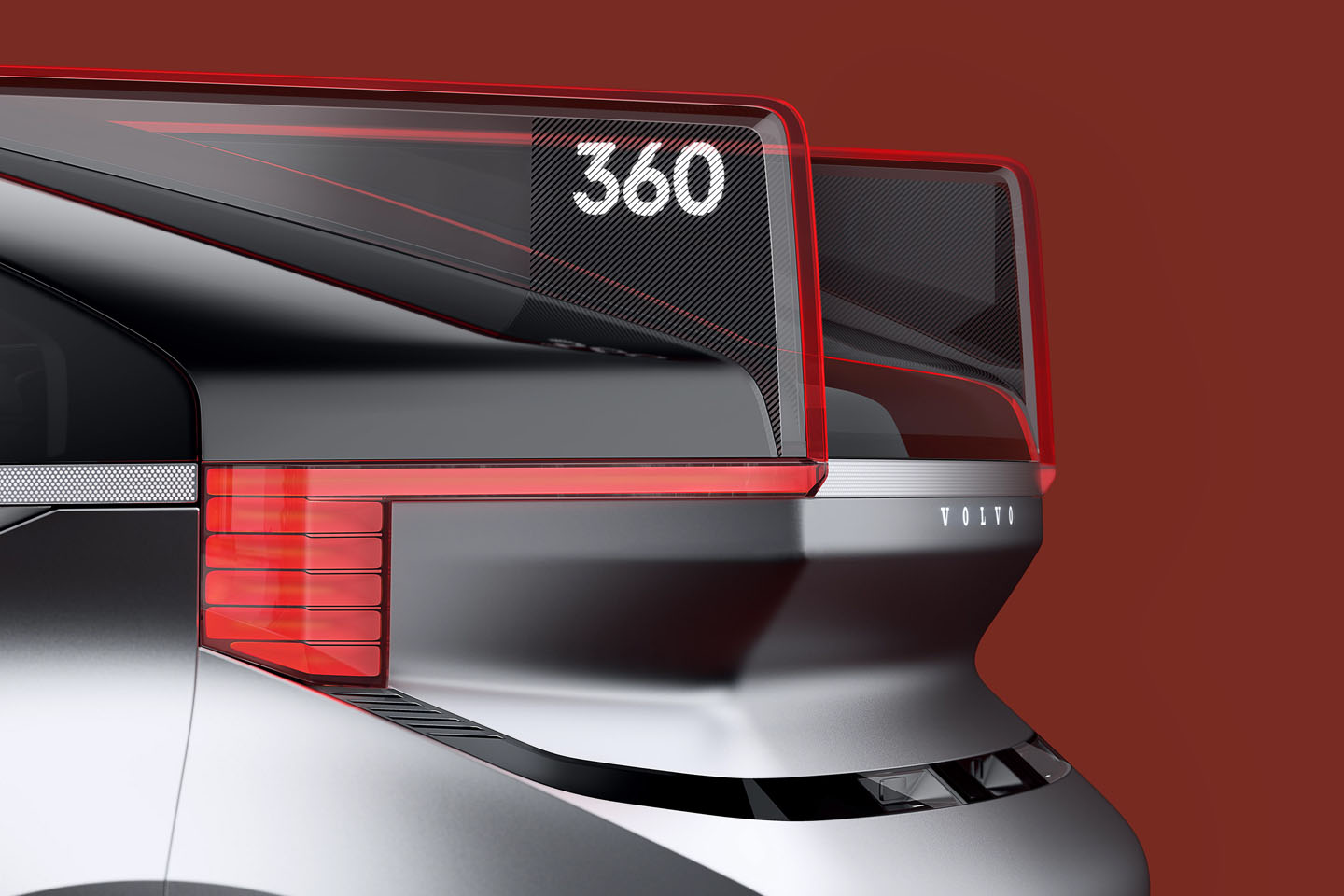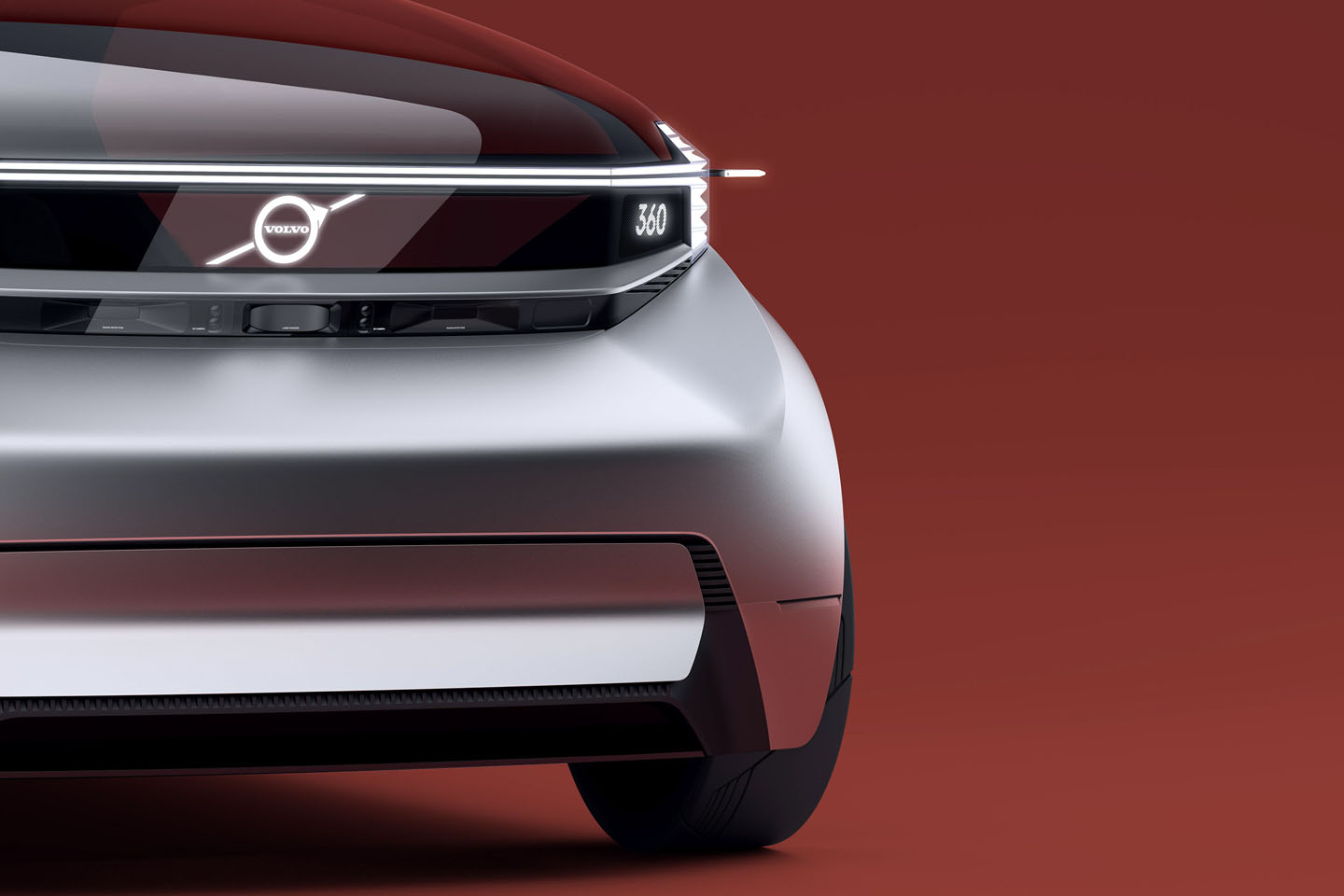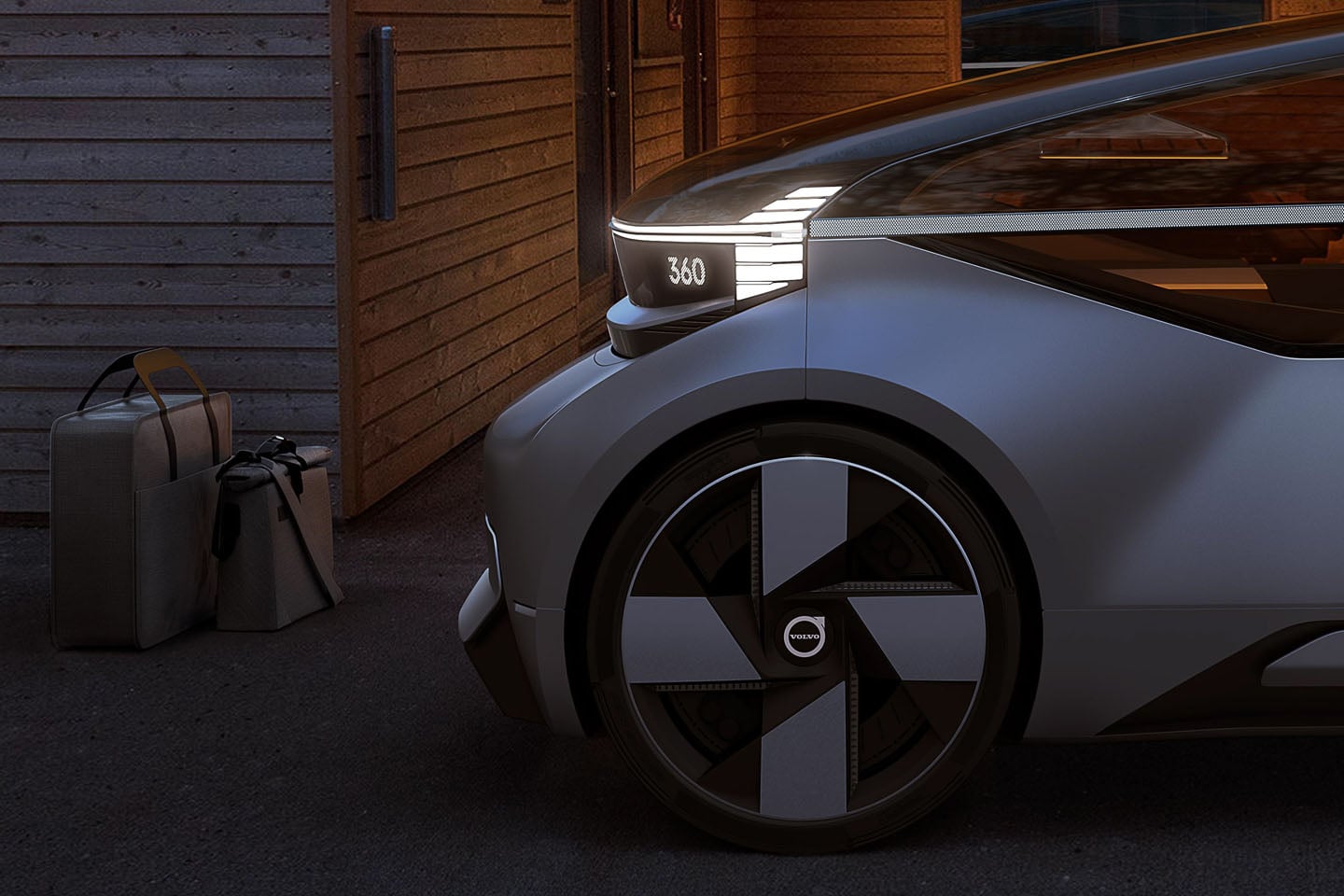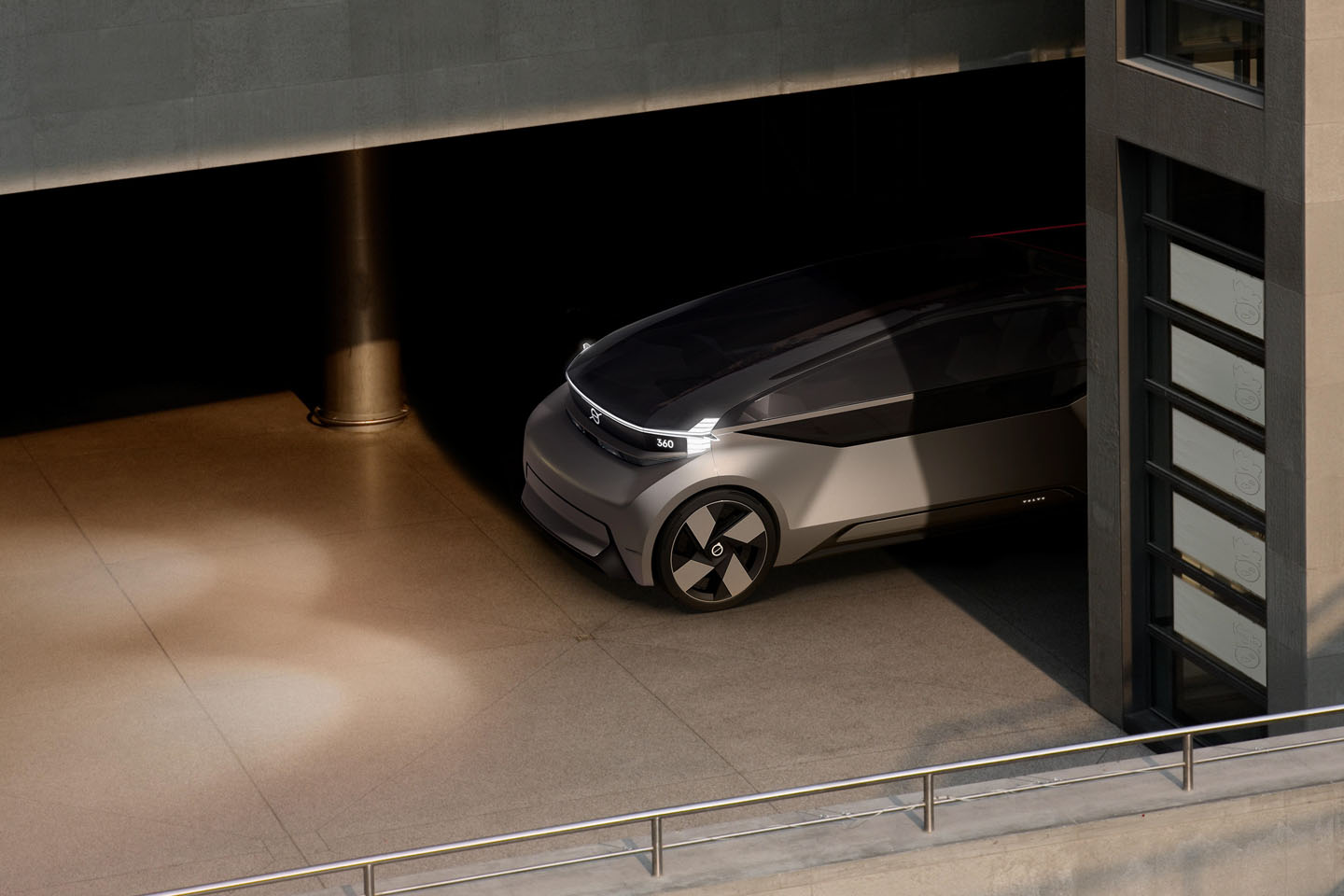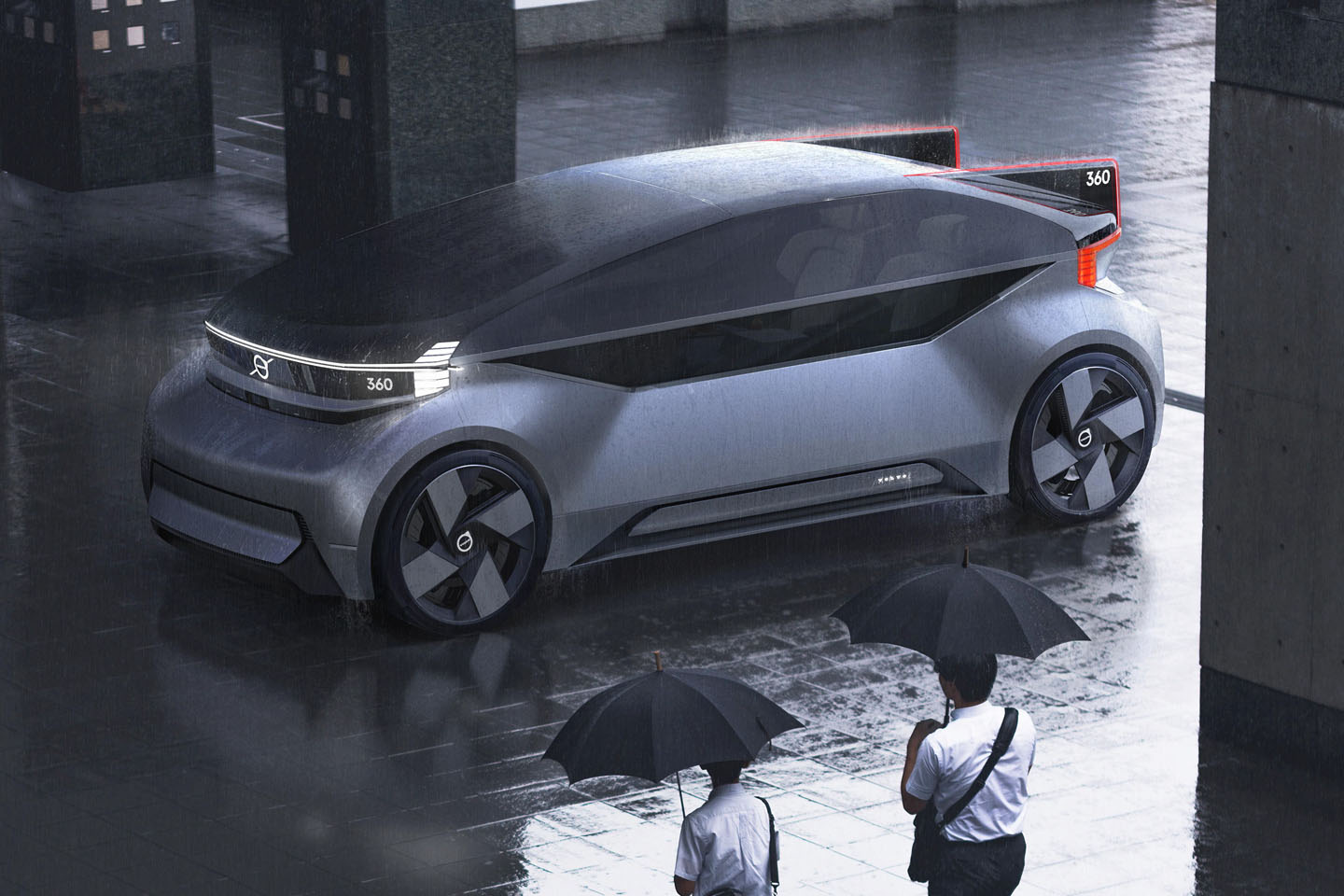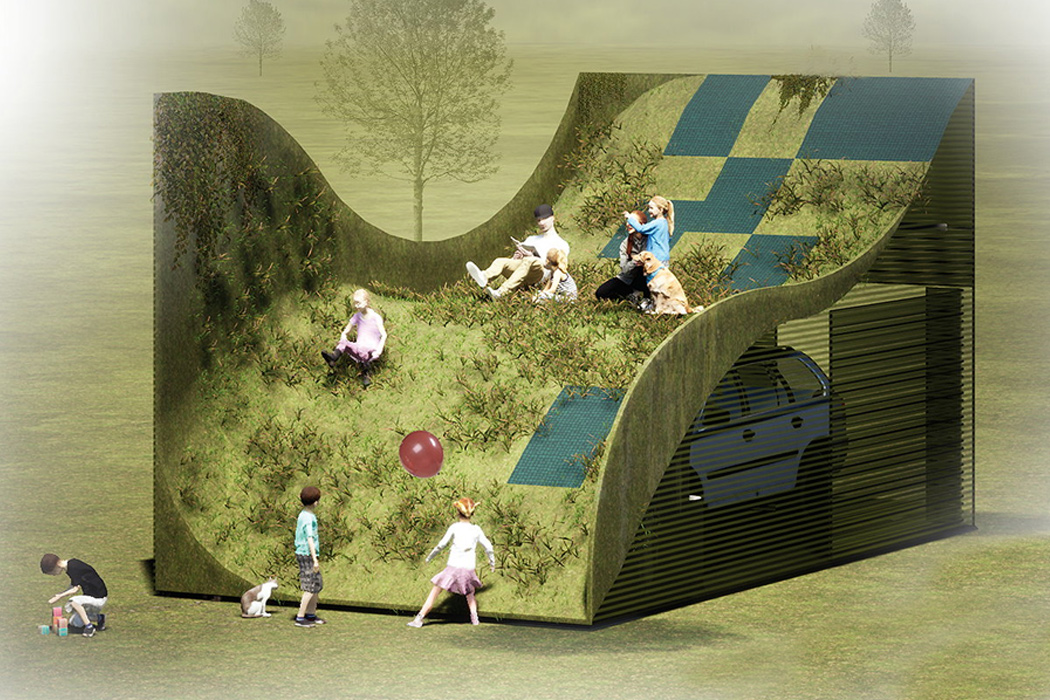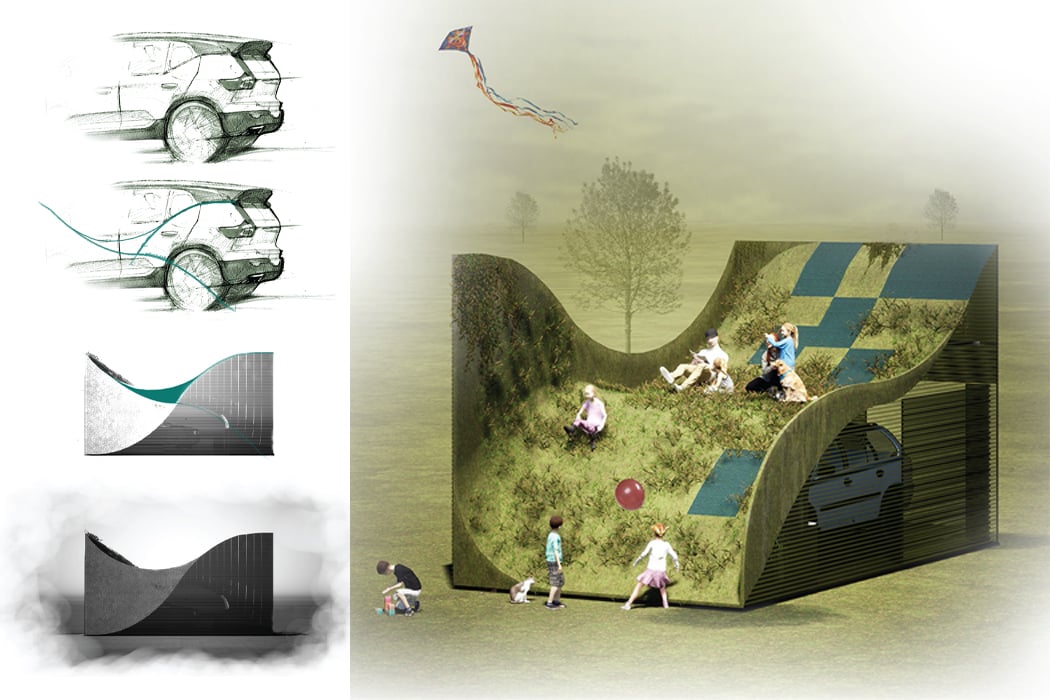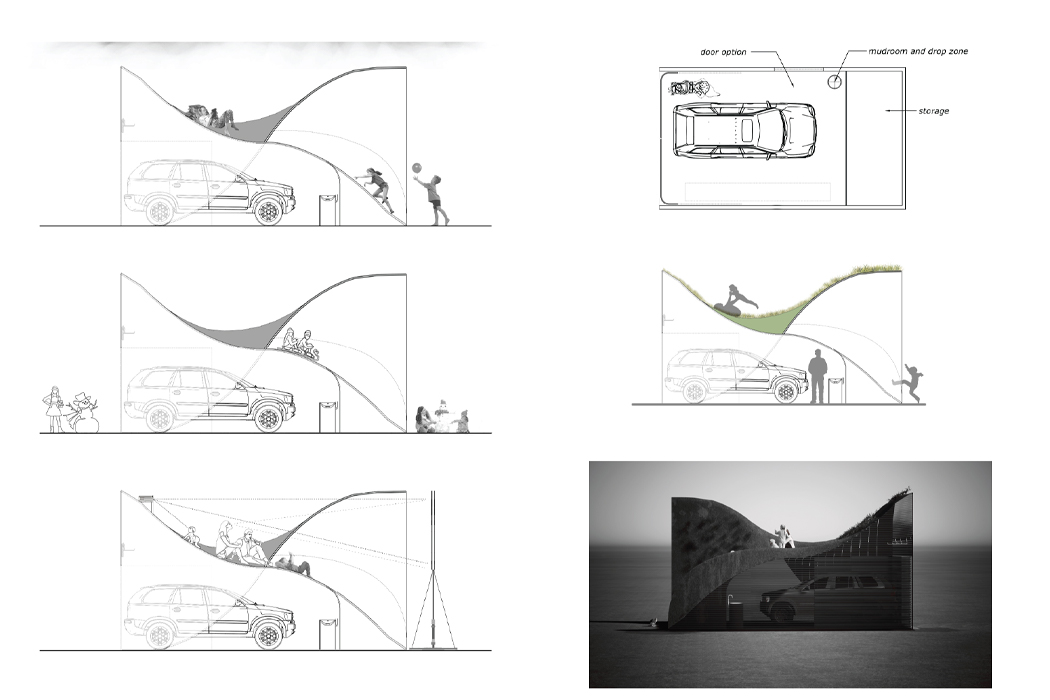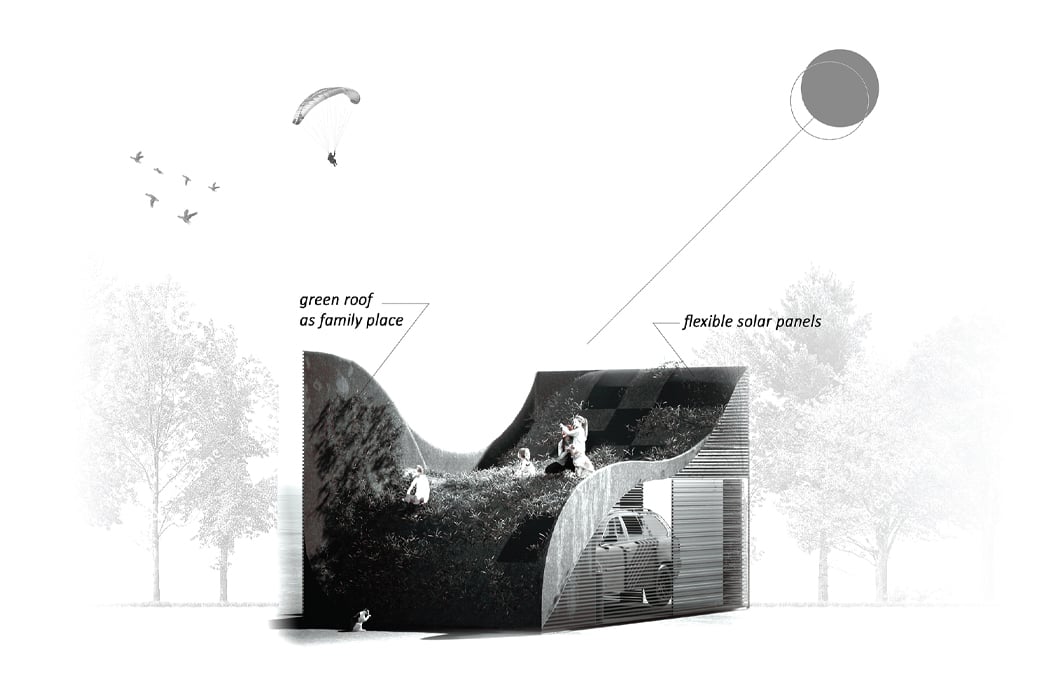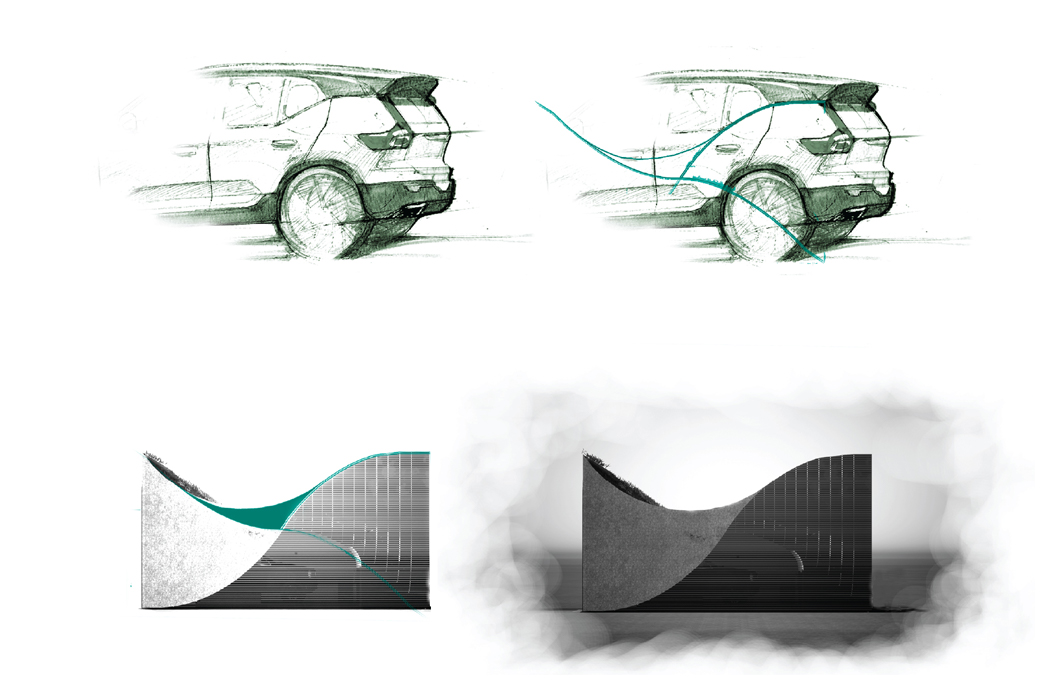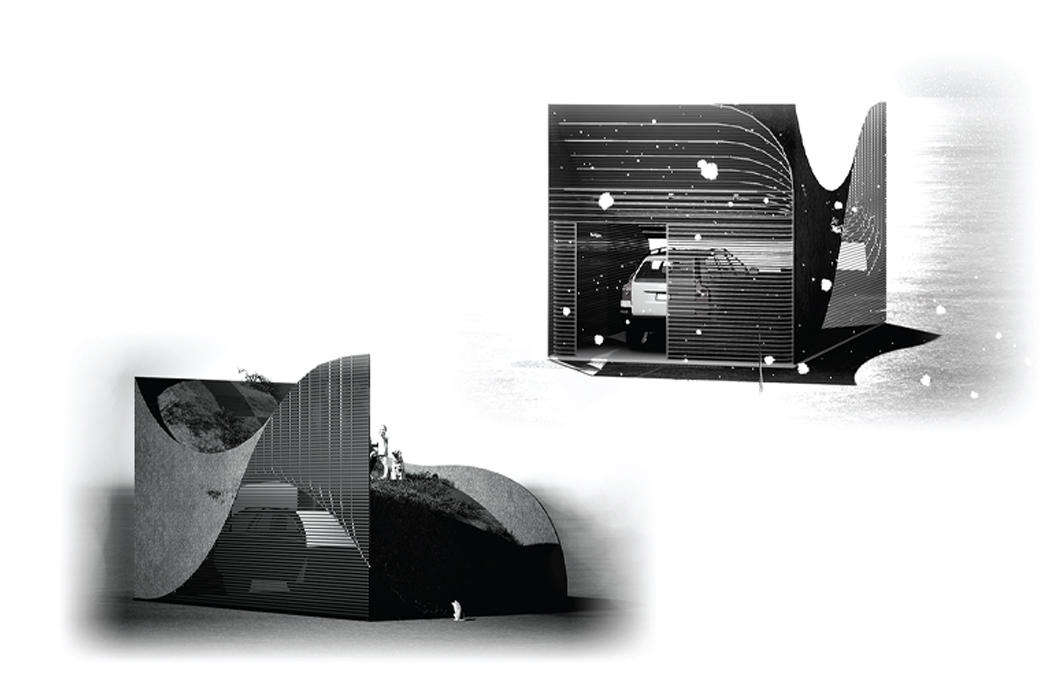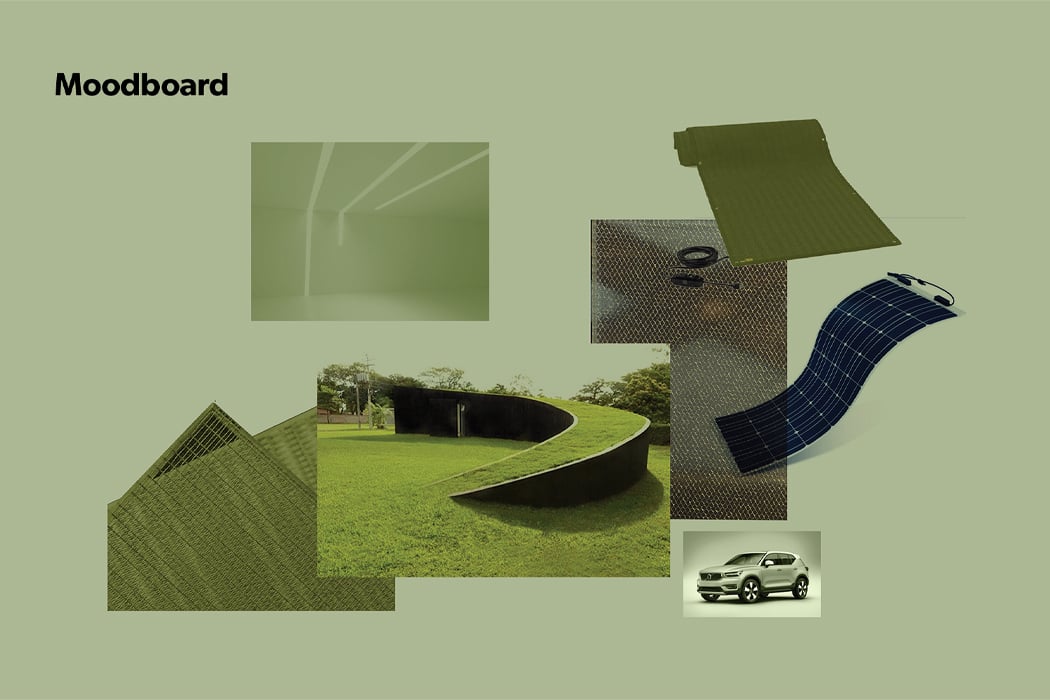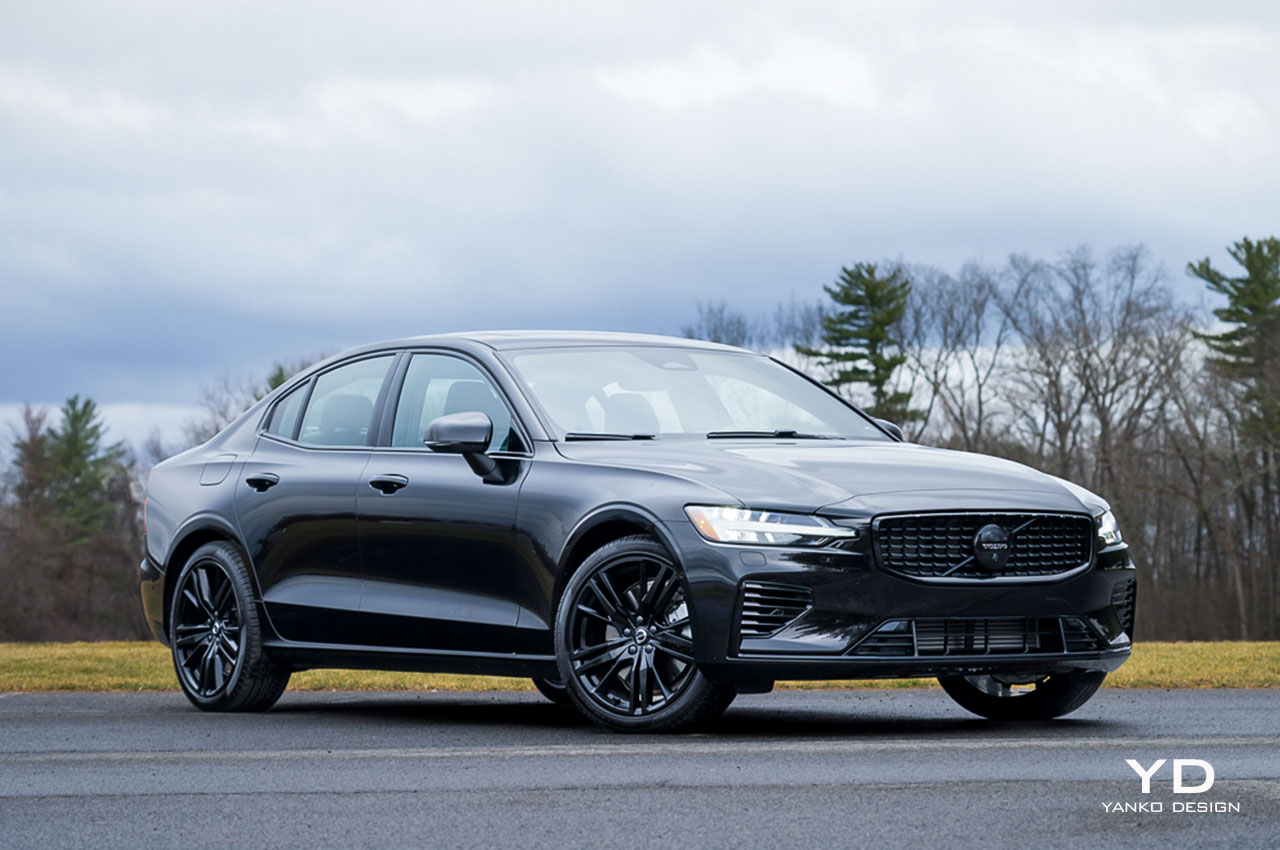
PROS:
- Clean looks
- Frugal power
- Great sound system
CONS:
- Uneven power delivery
- No Android Auto
EDITOR'S QUOTE:
A great driving, great looking, and of course incredibly safe sedan that will serve you well until you're ready to jump over to join the EV lifestyle.
The current generation S60 is getting a little long in the tooth. Introduced in 2018 and iterated over the years since, in 2023 it’s all a bit familiar. That’s especially true with a swath of interesting cars starting to make their way over the Swedish horizon, electrified offerings following in the footsteps of Volvo’s all-electric X40 Recharge and the upcoming EX90.
But, for those who aren’t quite ready to commit to the battery-electric lifestyle, Volvo’s current plug-in Recharge powertrain, as seen here on this S60, is a compelling choice. With an estimated 41 miles of range and 455 horsepower to boot, it’s both fast and potentially frugal, a no-compromises sedan. Or… few compromises, at least. Does it stand up in the face of newer, fresher competitors, especially in a market where the humble sedan is increasingly verboten?
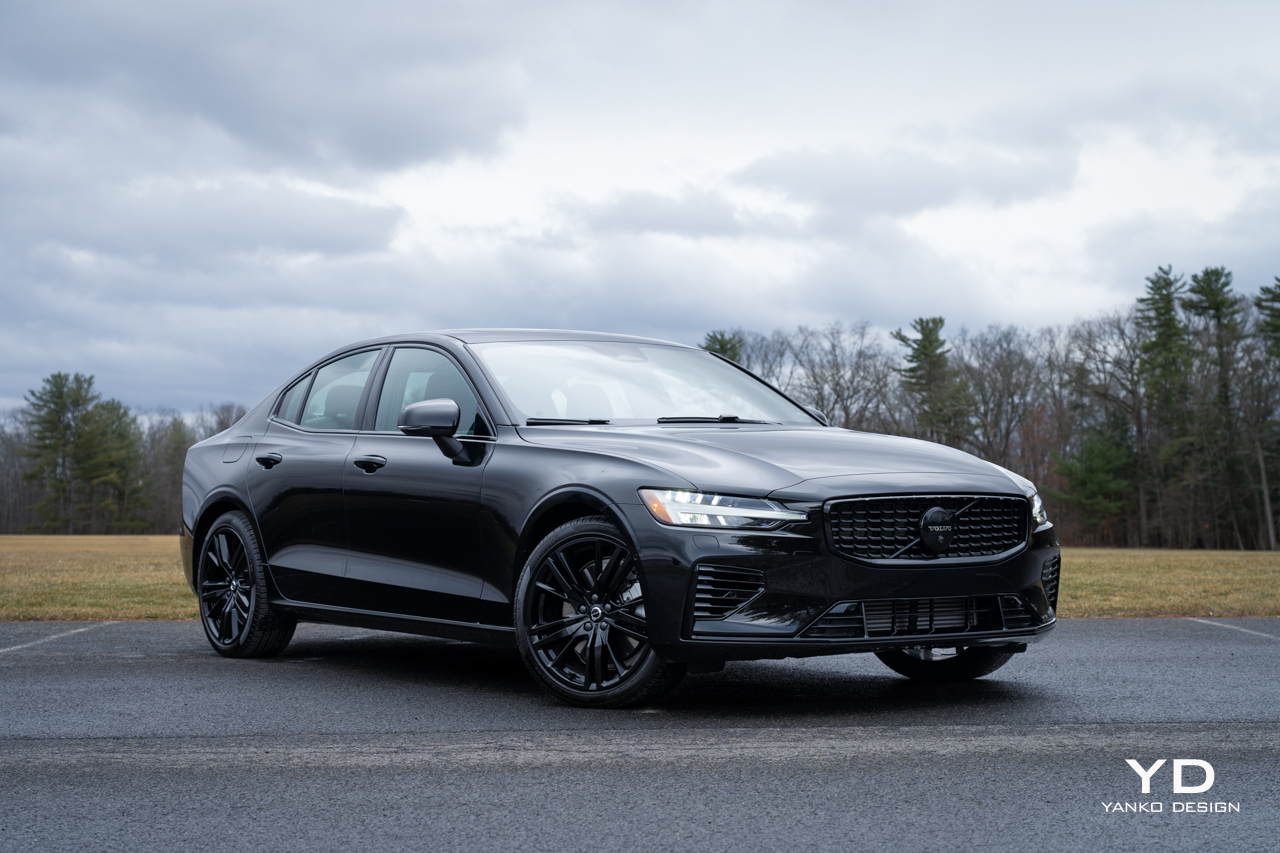
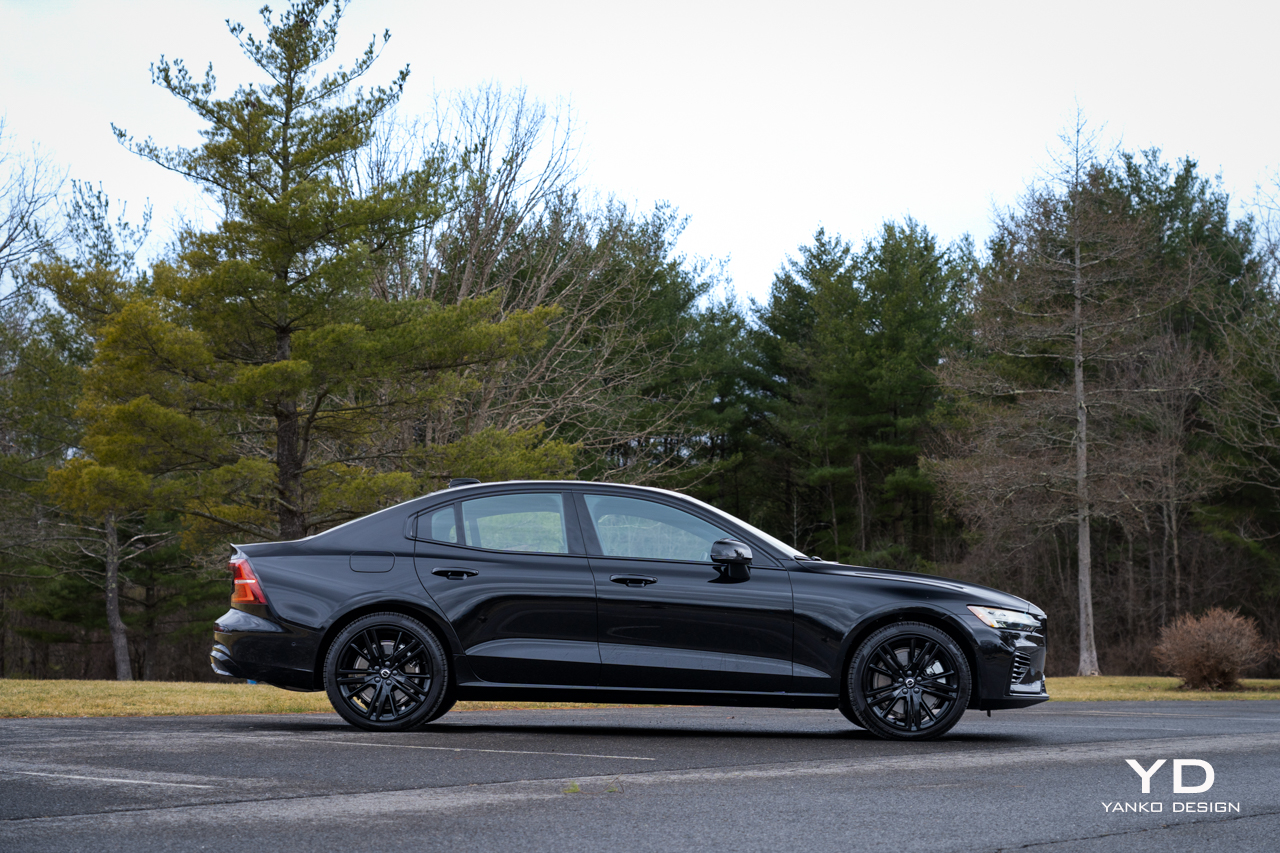
Design
On the style side, Volvo’s attempting to freshen up the S60 with what it calls the Black Edition. It is simply but appropriately named, and if you like things that are colored black, you’re going to love this. The car is, of course, black, but so too the wheels and the trim and even much of the branding
It’s black-on-black to an extreme, to the point where a friend likened it to Knight Rider. This thing is rather more modern looking than a 1980’s Pontiac Trans Am, though — even if the current design of the S60 is now turning five. That’s old for a car with premium aspirations, where fresh looks are an important element of prestige, but that doesn’t change the fact that this is still a very good looking car.
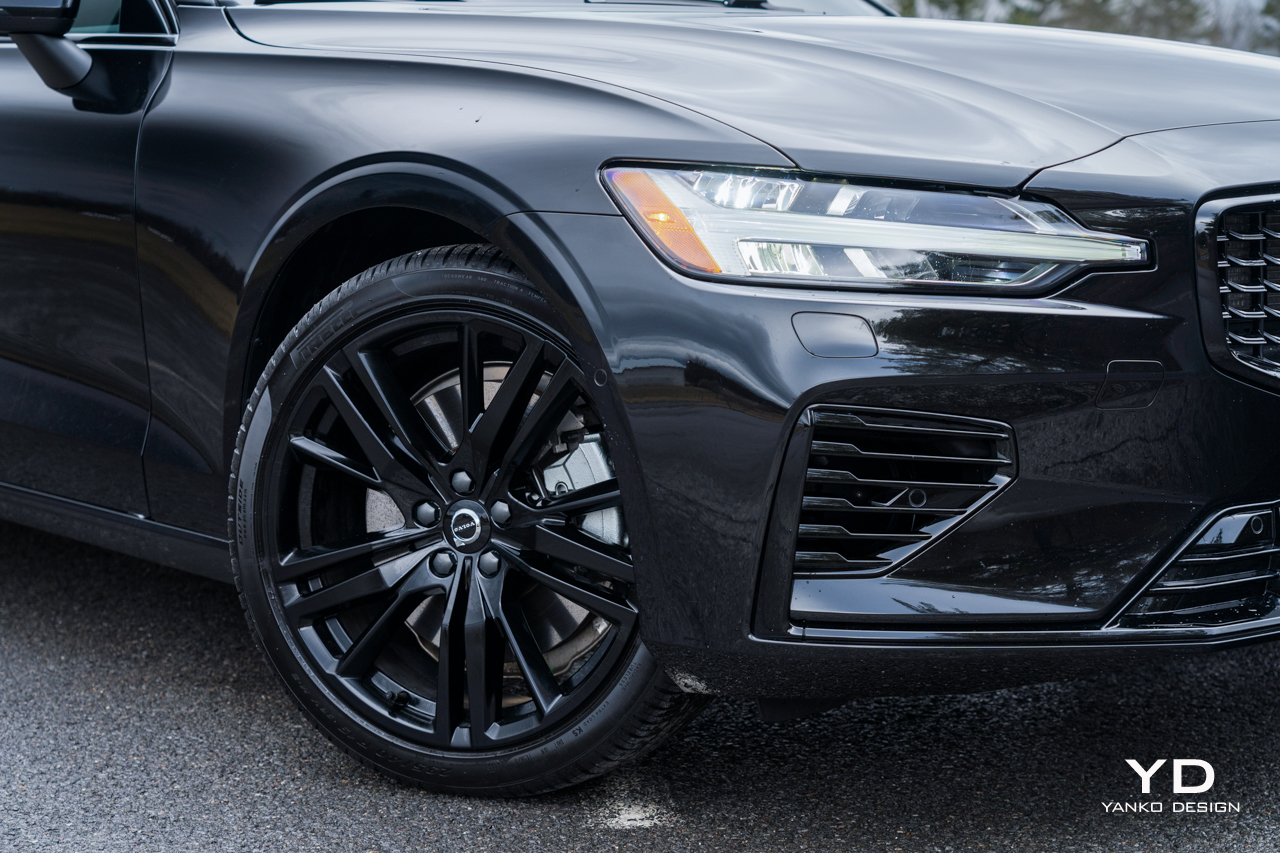
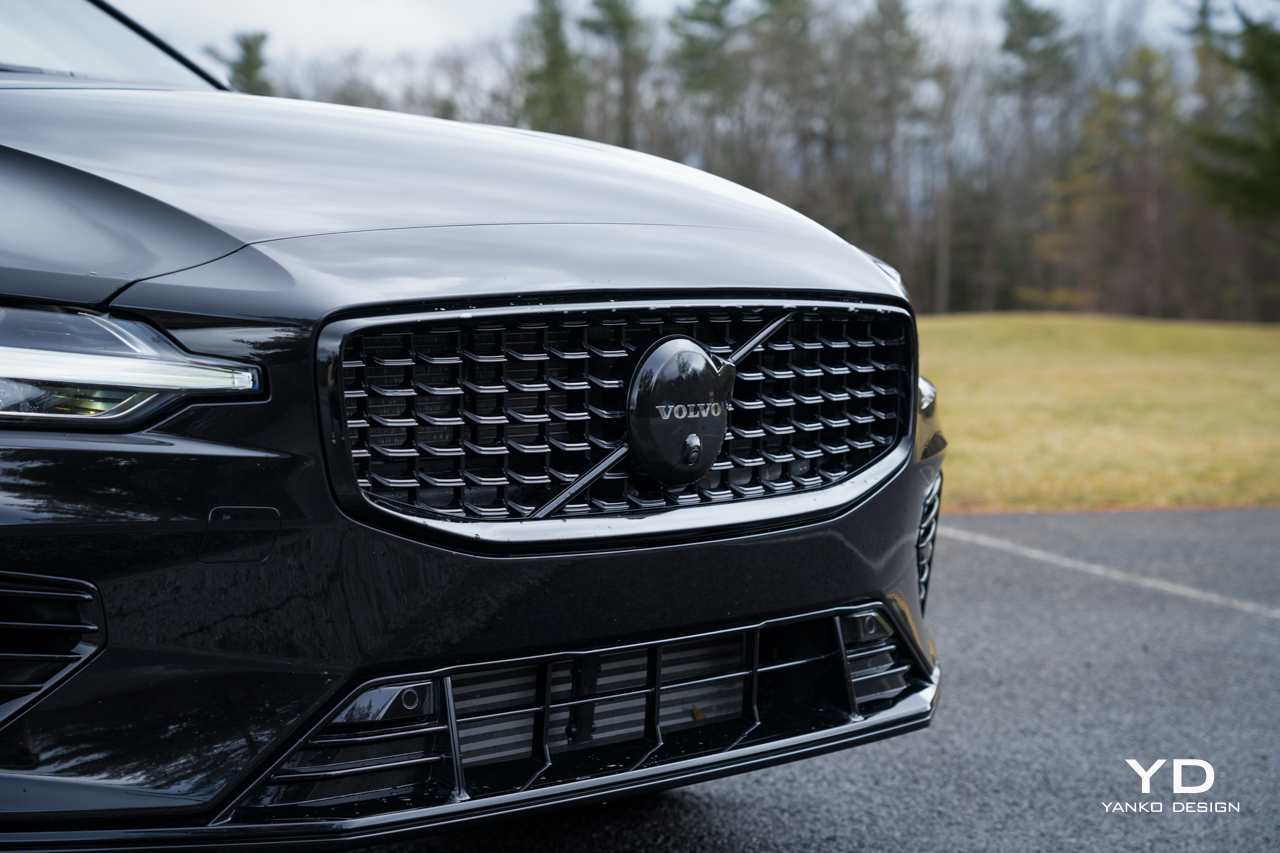
Though many of the details are lost in the monochrome stylings, those Thor’s Hammer headlights look great, situated low on the car’s steeply angled nose, either side of a grille that features a grid-like pattern that contrasts nicely with the otherwise subtle shape of this sedan.
Things have a generic flow over the front fenders before getting interesting again with the pronounced creases above the rear wheels, my favorite design cue on the entire machine. Out back, a subtle lip protruding from the trailing edge of the trunk lid helps add some personality to the posterior, while the big, bold tail lights continue the trend set by the headlights. They’re also incredibly hard to miss, a safety feature in their own right.
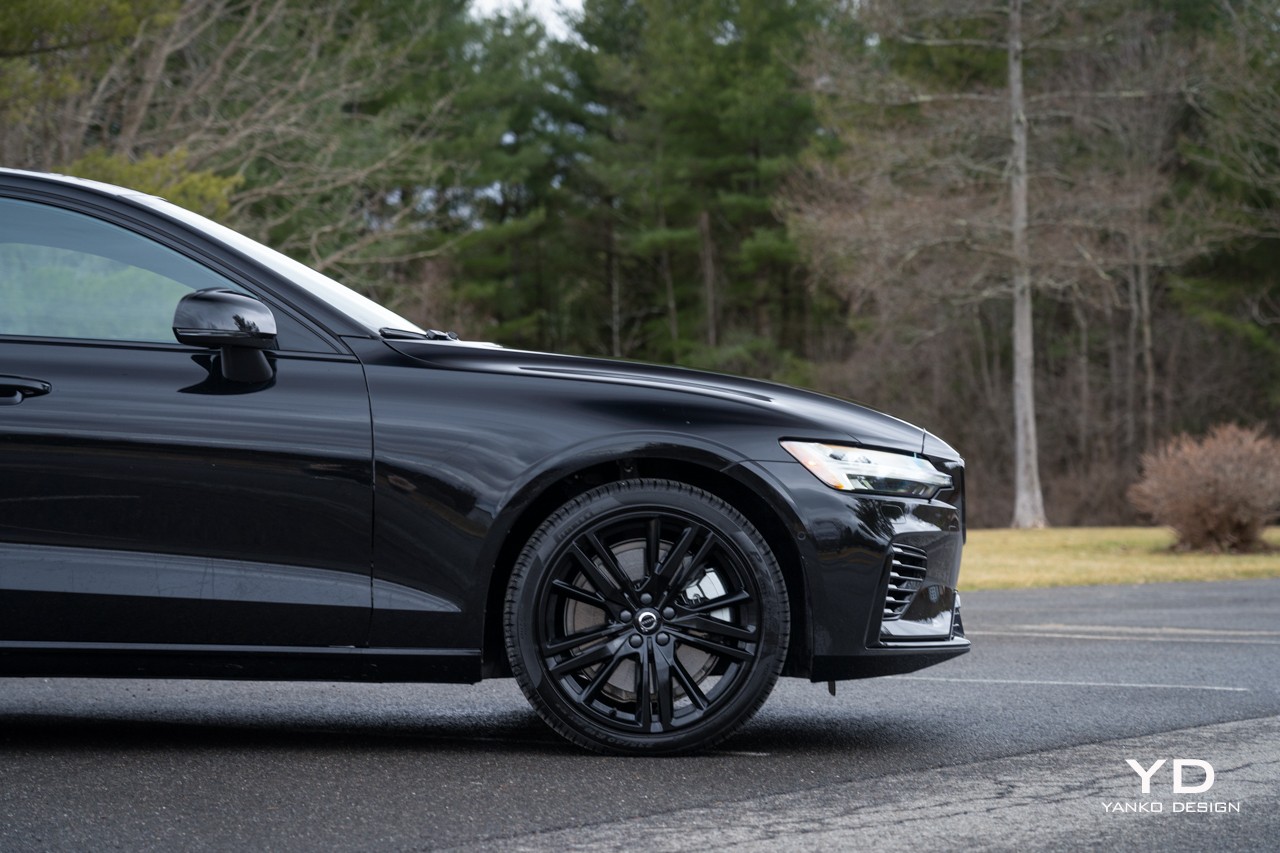
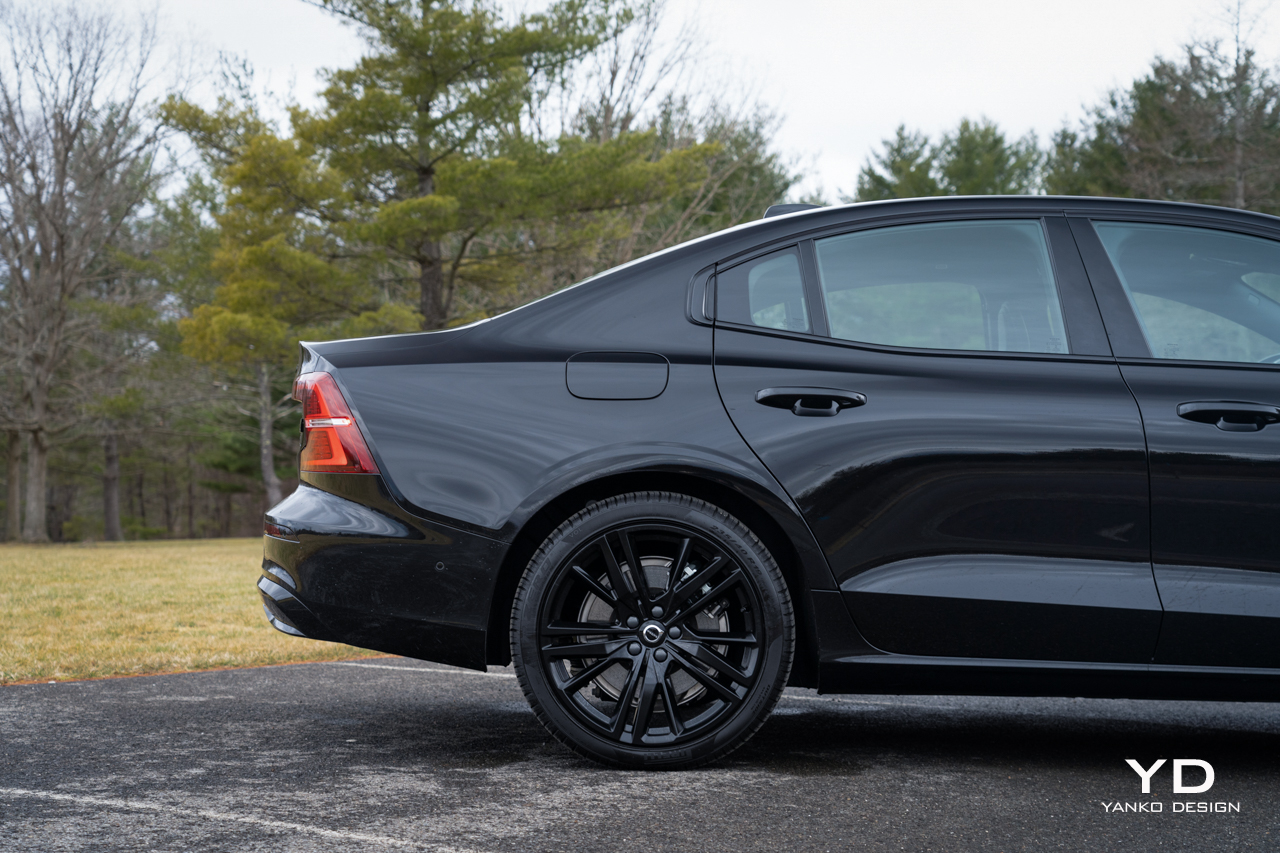
Personally, I’ll always be more of a fan of these lines as applied to the V60 wagon, but I can’t deny this sedan still looks fresh, even if the Black Edition makes its most notable shapes a lot harder to spot.
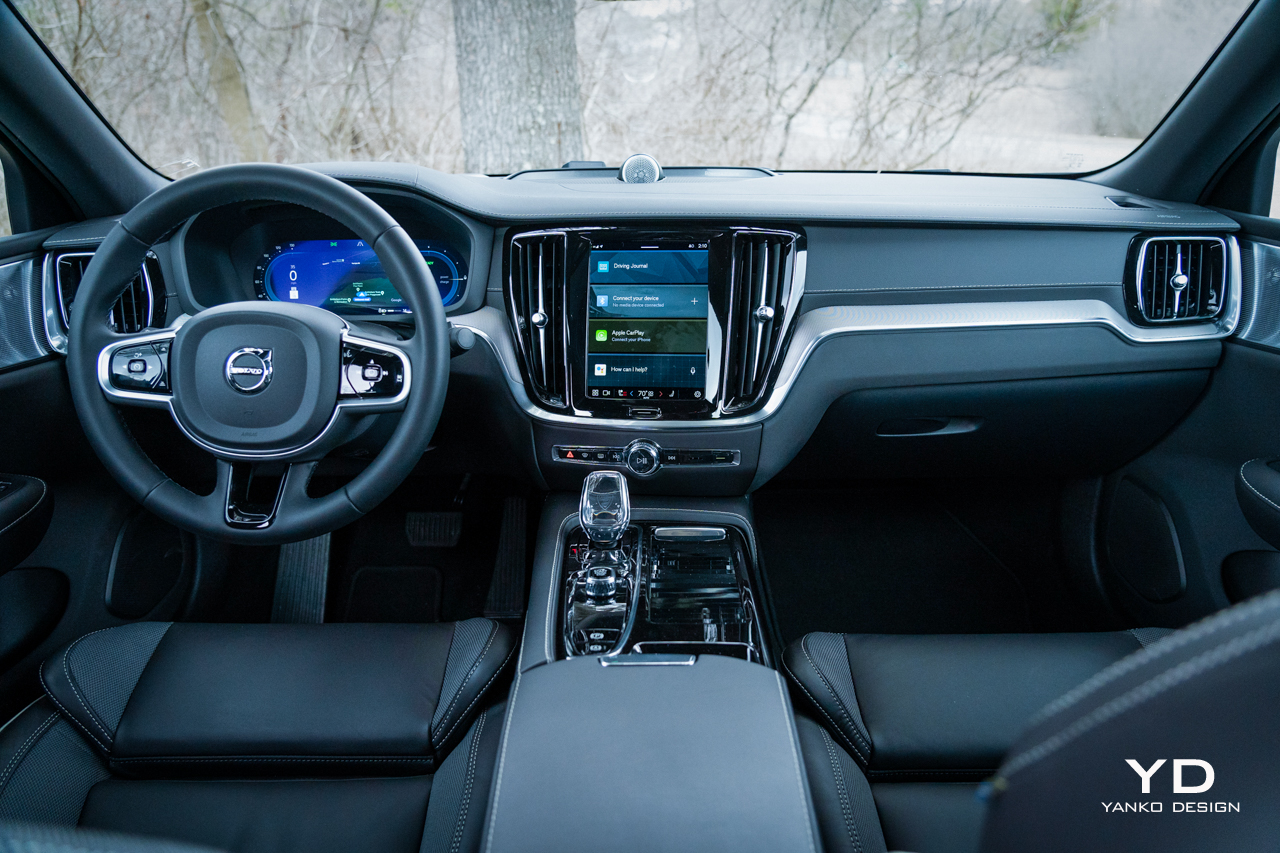
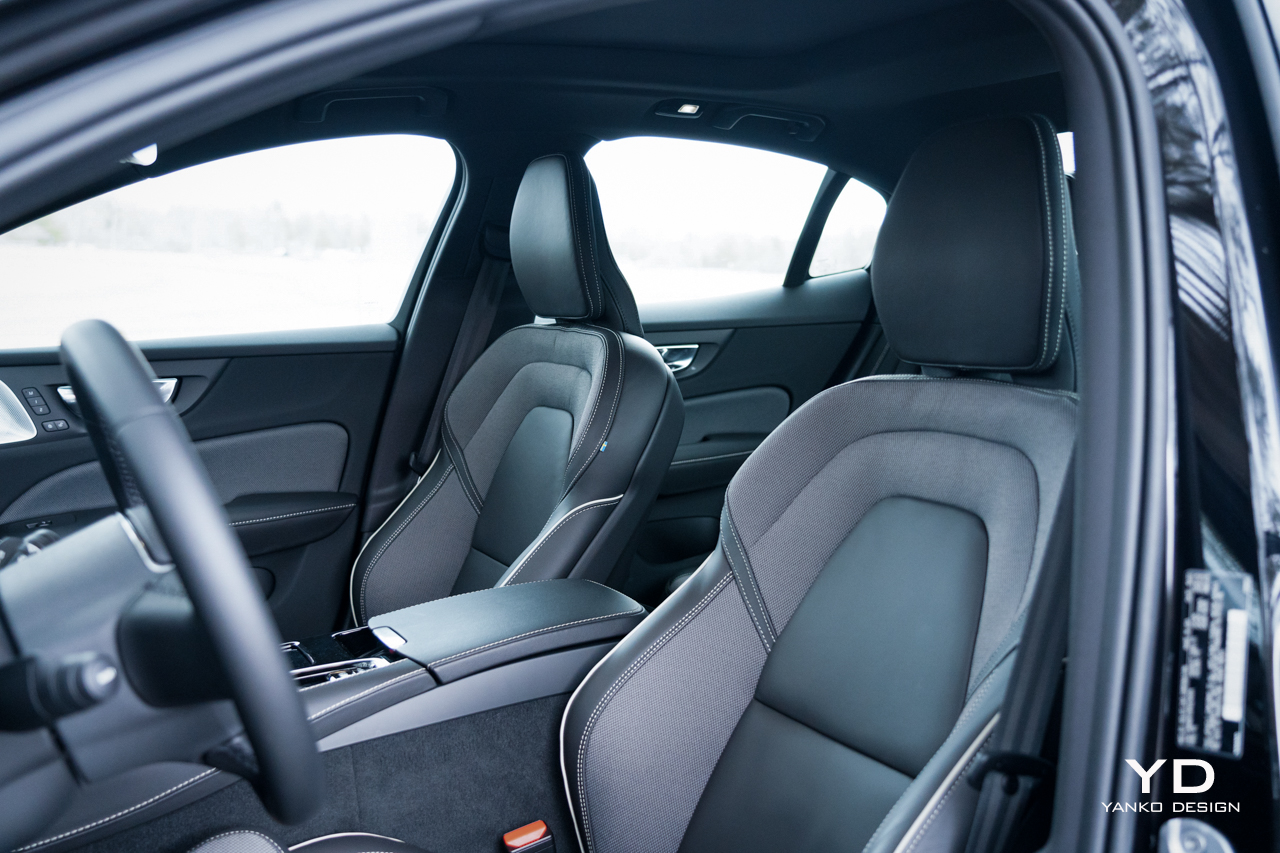
The black-on-black theme continues to the interior, though some of the brightwork has survived here to break up what would otherwise be a very monotonous place. The S60’s interior got a bit of an up-do in 2022 with the introduction of Android Automotive, a very mild refresh that still looks quite nice. The knurled and polished metal band across the dashboard here highlights the shape of the dash and leads nicely to the Bowers & Wilkins speaker grilles embedded on the doors, though the highlight is the central tweeter poking out of the middle of the dash. It’s an excellent sound system and well worth the $3,200 up-charge.
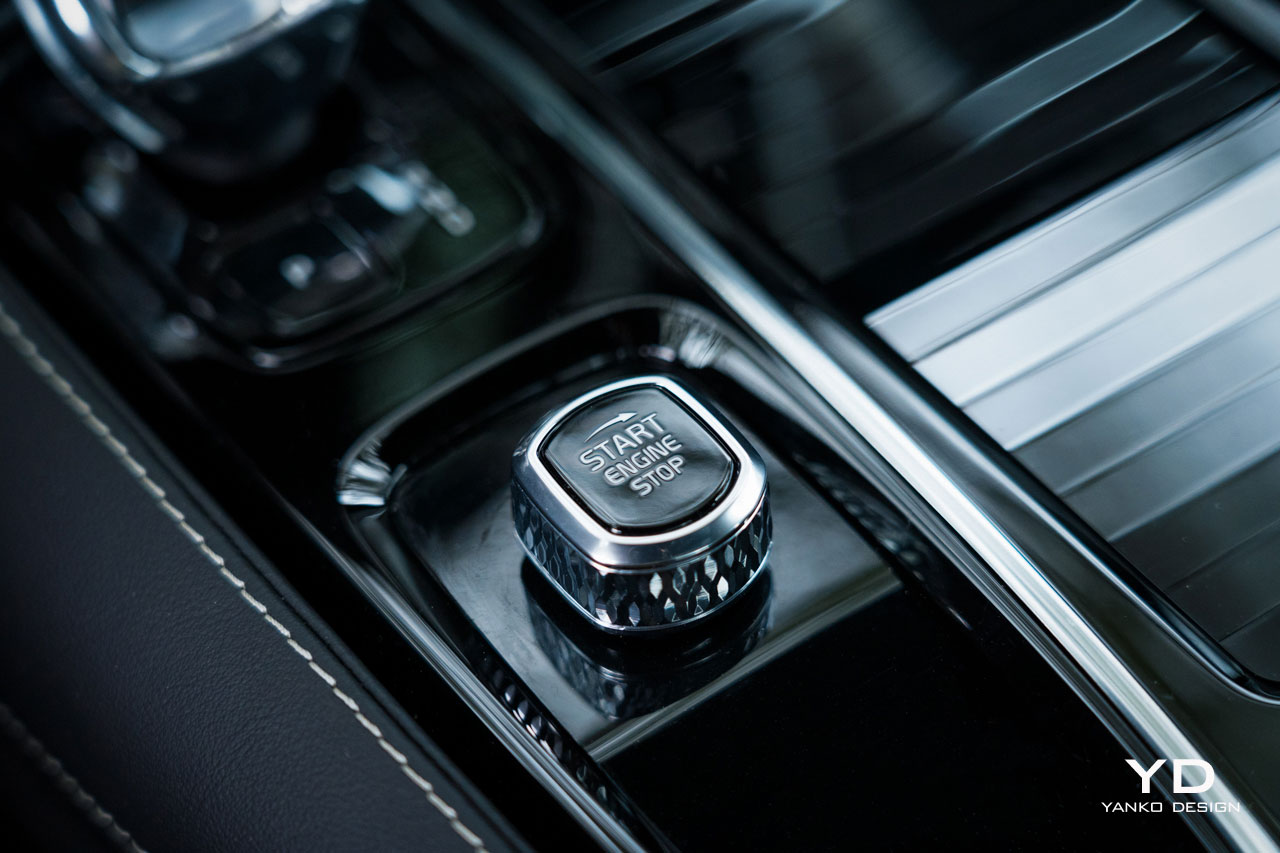
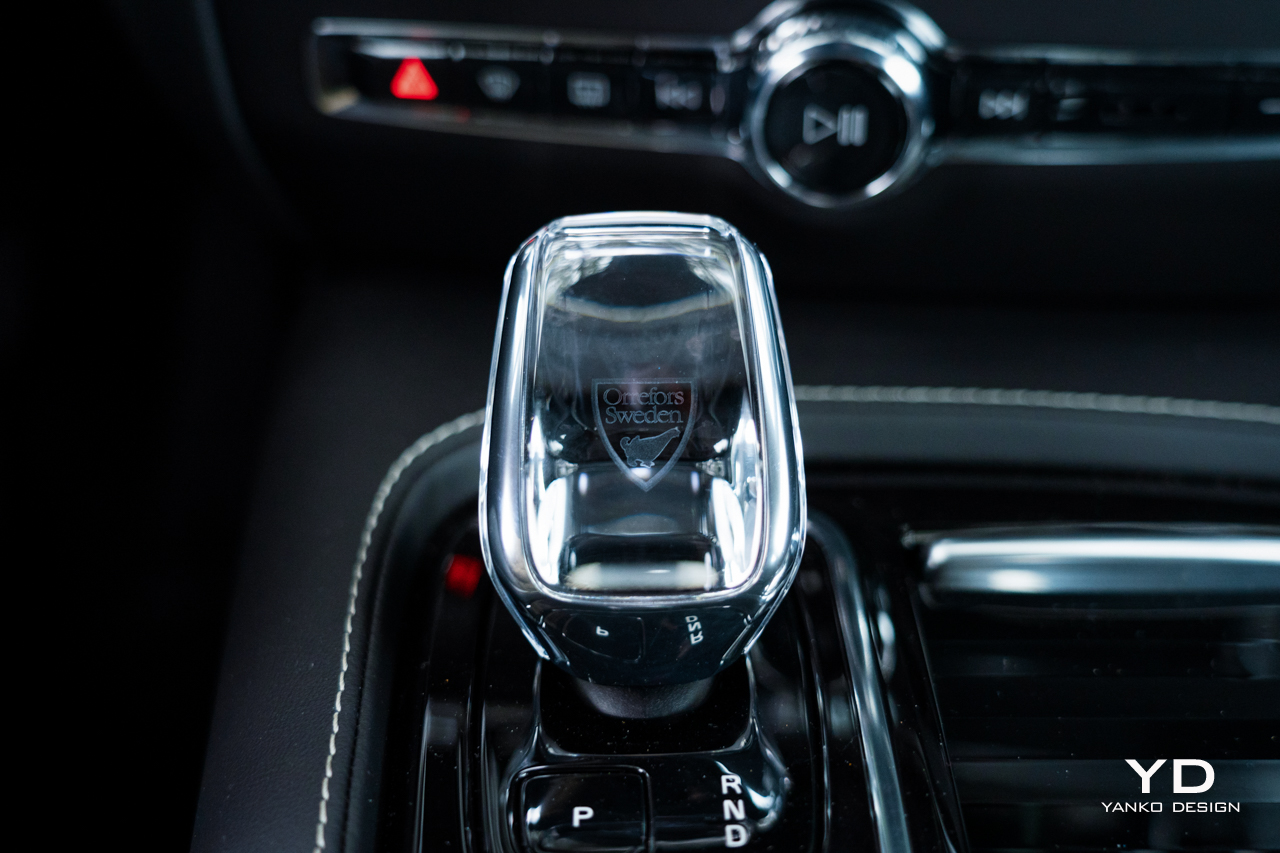
Leather sections lead subtly to textured rubber expanses in an interior that’s generally full of nice materials, only a small section of dust-magnet piano black plastic surrounding the central shifter cheapening things up a bit. But, the Orrefors Sweden crystal knob itself still adds a good dose of class to the joint.
Sadly, the drive mode roller knob that formerly lived ahead of that shifter has gone, which means if you want to go from Hybrid to Power to Pure to Constant AWD modes you’ll need to go digging into a sub-menu in the 9-inch touchscreen. That’s a disappointment if you like to toggle through modes as frequently as I do.
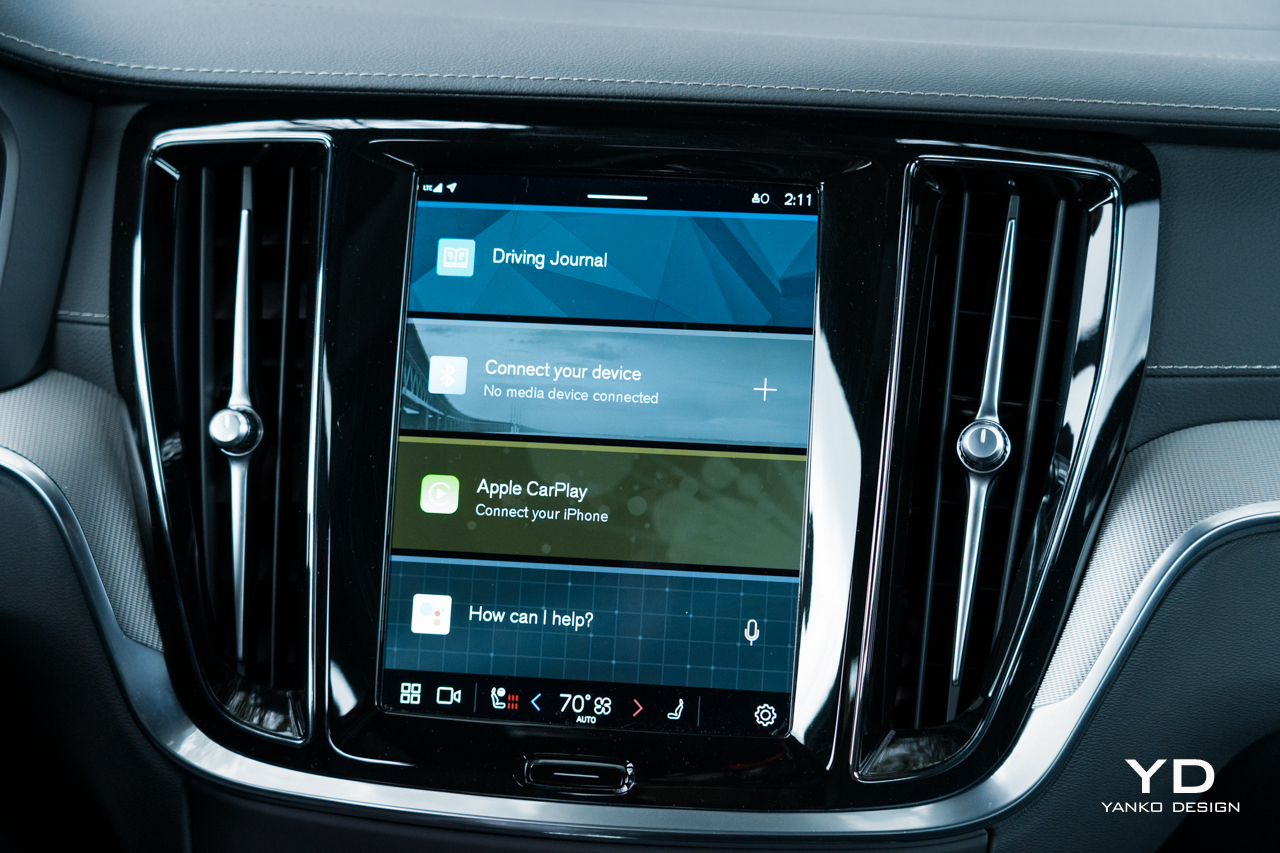
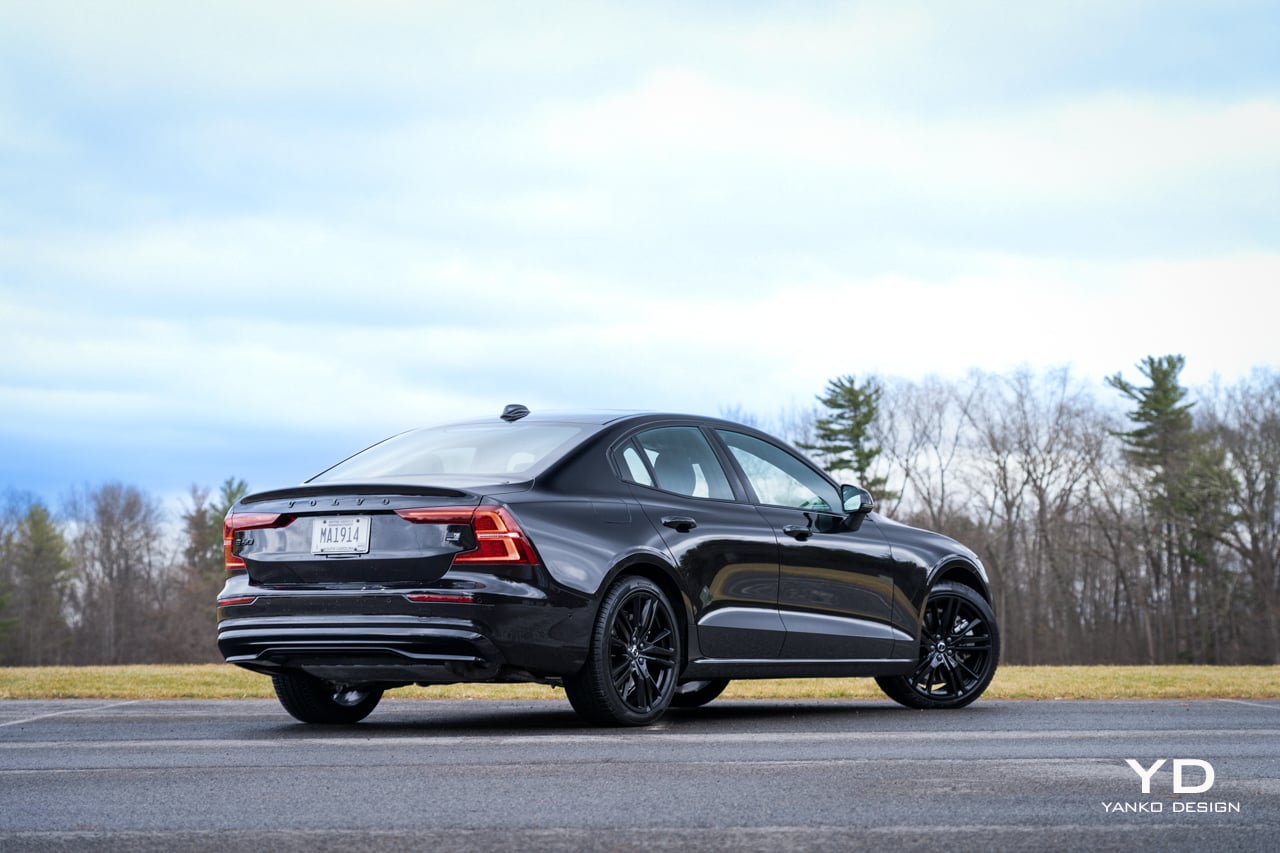
That touchscreen runs Android Automotive, not to be confused with Android Auto. Automotive brings the full Google experience right into the car. Sign in and you can directly install apps like YouTube Music and Spotify to run natively with or without your phone. What it does it does well, offering easy access to your address book, contacts, even calendar appointments so your car will probably know where you want to go before you even tell it.
Sadly, there’s a lot of stuff it still doesn’t do. App selection is still a fraction of what’s available on Android Auto and it just doesn’t seem to be growing. Meanwhile, in-car features like the 12.3-inch virtual gauge cluster don’t have nearly the breadth of customization nor the depth of available information found on competing systems.
Android Automotive does pair nicely with that gauge cluster and even the heads-up display, so you have full navigation instructions everywhere you look. And, crucially, Google has finally added Apple CarPlay support, so iPhone users will have easy access to all their phone’s media. However, if you’re an Android User, Android Auto is still missing and, along with it, its hundreds of compatible apps.
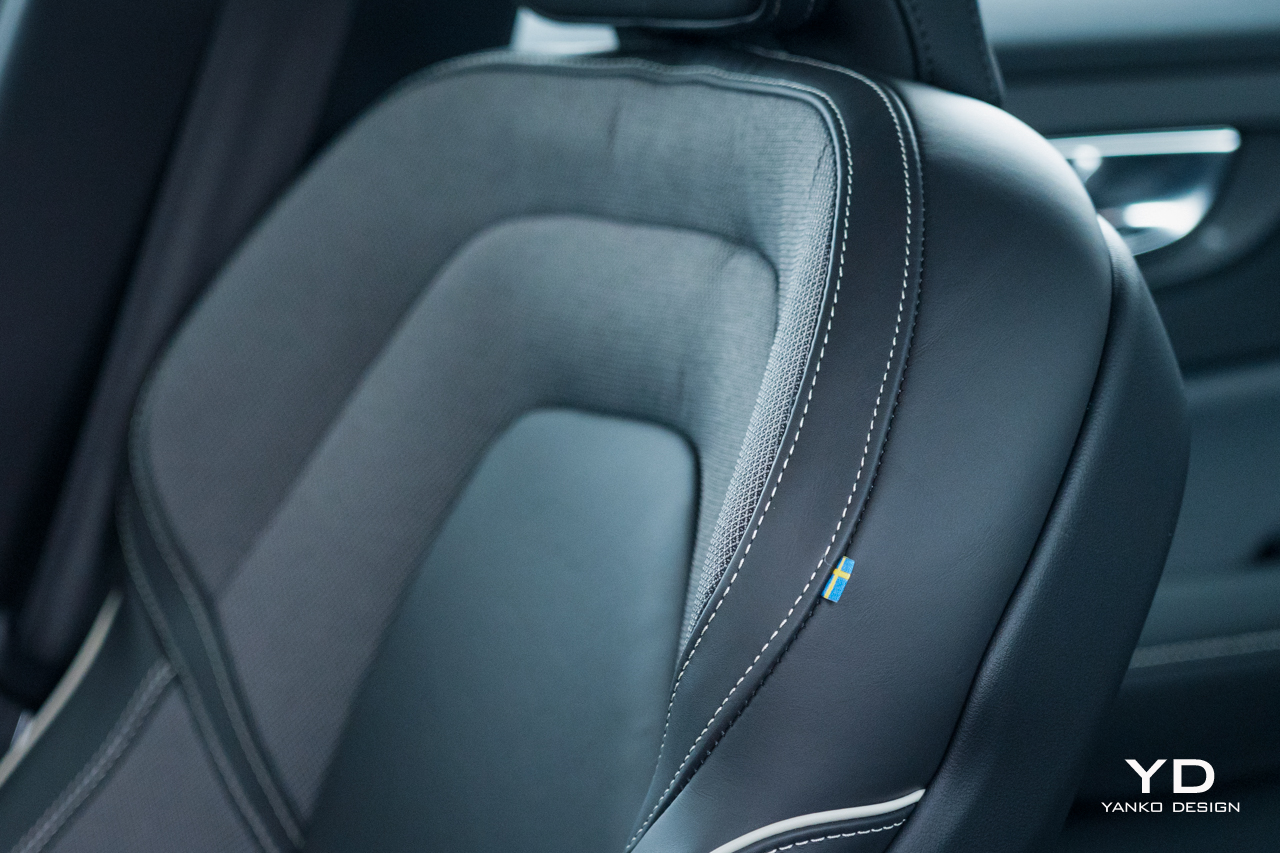
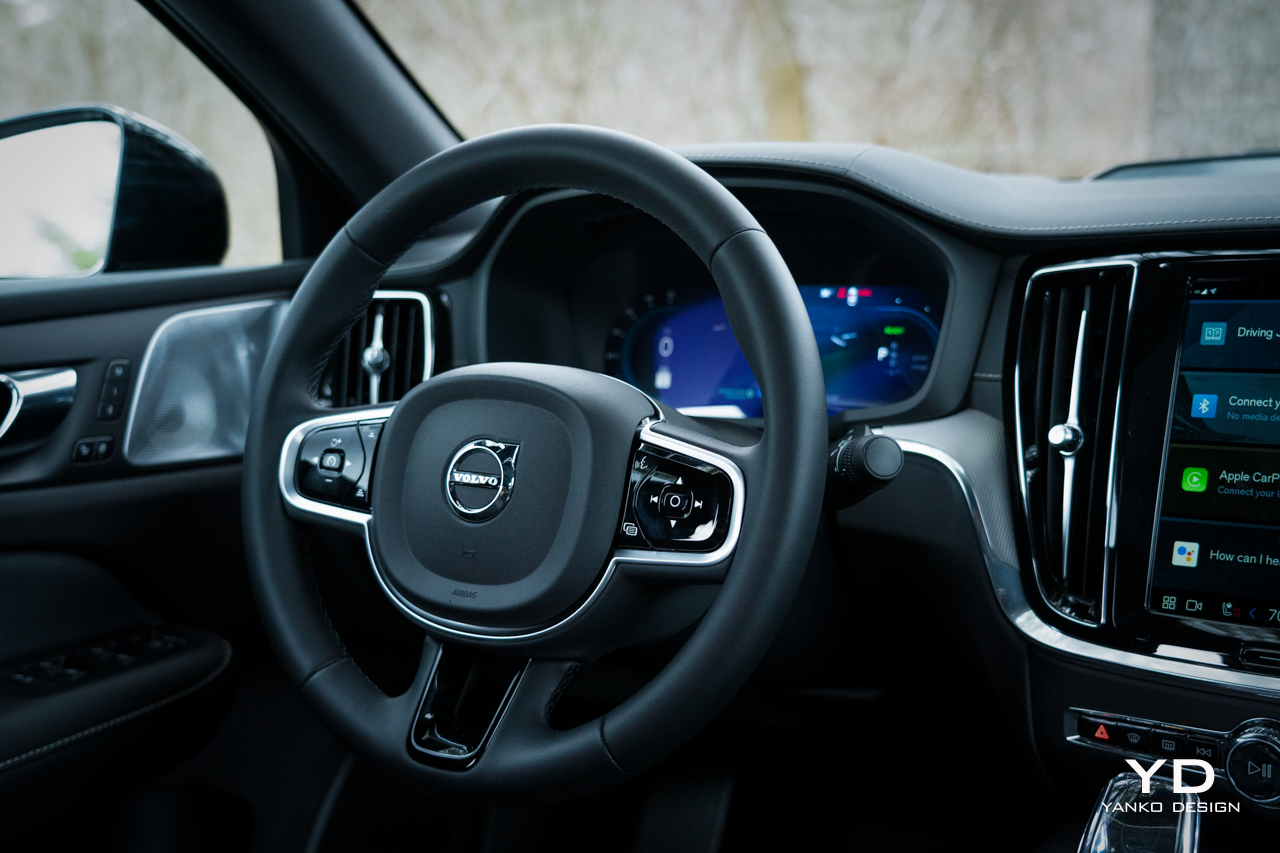
Moving back to the more tangible aspects of the car, front seats are eminently comfortable and customizable, and the heaters built into them as well as into the steering wheel are among the most powerful in the business. Truly a blessing on a chilly morning.
Rear seating is slightly less accommodating but still quite comfy, with decent headroom and plenty of legroom and, yes, powerful heaters back here, too. There’s a small pass-through between the seats for skis or similarly skinny cargo, but both seats fold flat at the touch of a button, expanding the S60’s paltry 11.6 cubic feet of cargo capacity. That the V60 offers 22.9 with the seats up is yet another box in the wagon’s favor in my book, but if you’re the sort who prefers a trunk to a hatch, it’s workable.
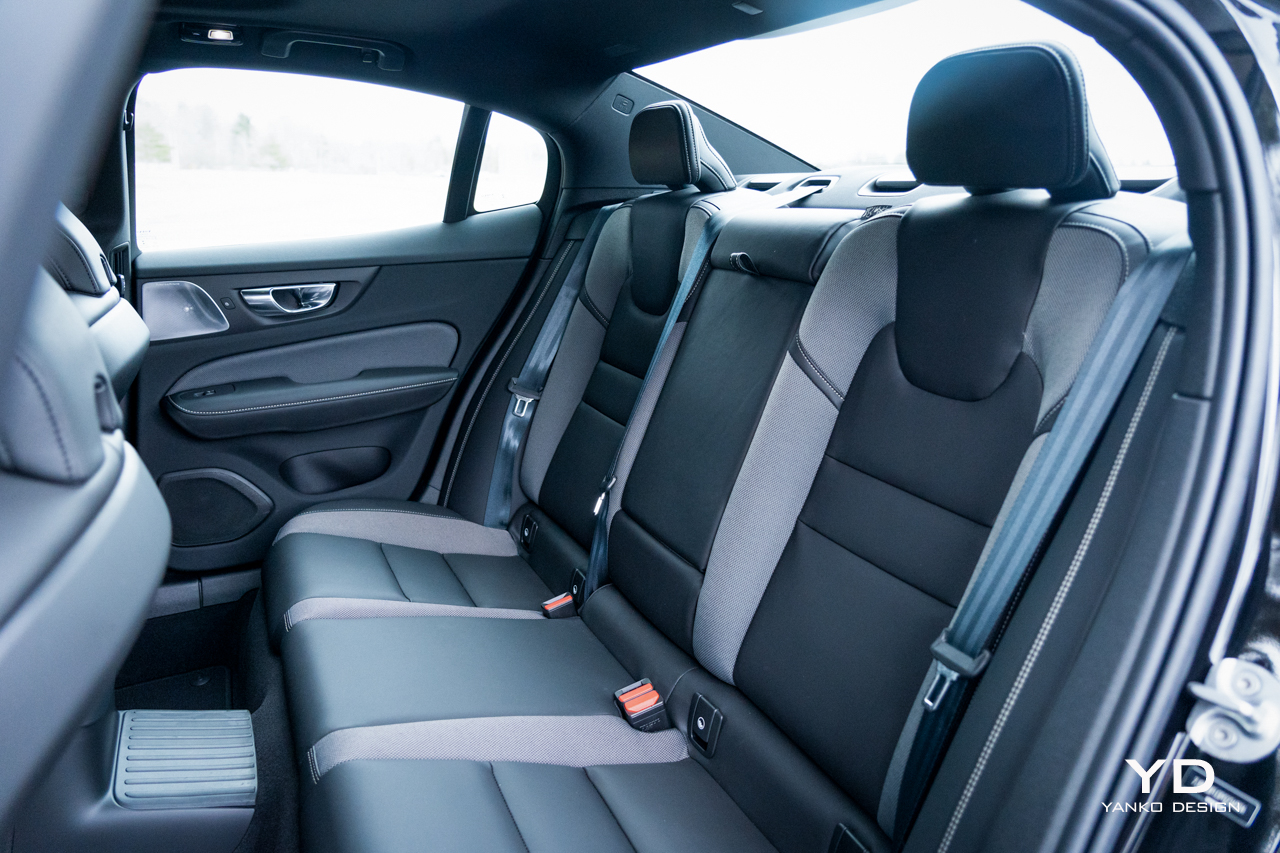
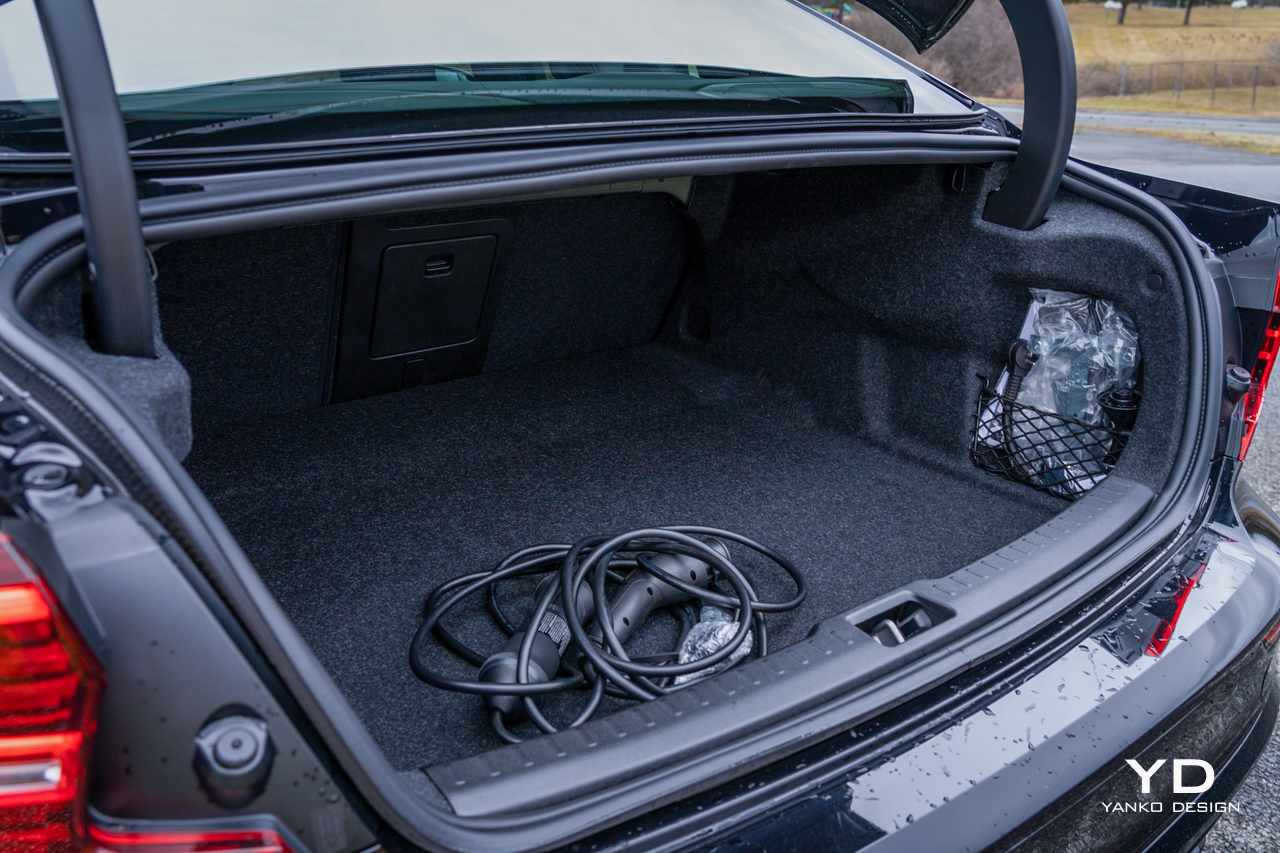
Driving Dynamics
The S60 is far from a sports car but, with 455 hp and 523 pound-feet of torque on tap, it certainly gets up and moves like one. Most of the time, anyway. The powertrain here is a little complicated. Up front you have a 2.0-liter turbocharged engine making 312 hp on its own. That power exclusively goes to the 19-inch front wheels, here wrapped in Pirelli P-Zero tires.
Out back you have another, wholly separate powertrain. This is a 143-hp electric motor that drives only the rear wheels. Put the car into Pure mode and it’ll pull from the 14.9-kilowatt-hour battery pack to move you silently and emissions-free. Volvo says you can get 41 miles on a charge and I actually did slightly better in my testing, despite the cold this time of year. That battery charges via a level-two charger, so if you make a lot of short trips and can plug in between them you could be looking at a very good fuel economy.
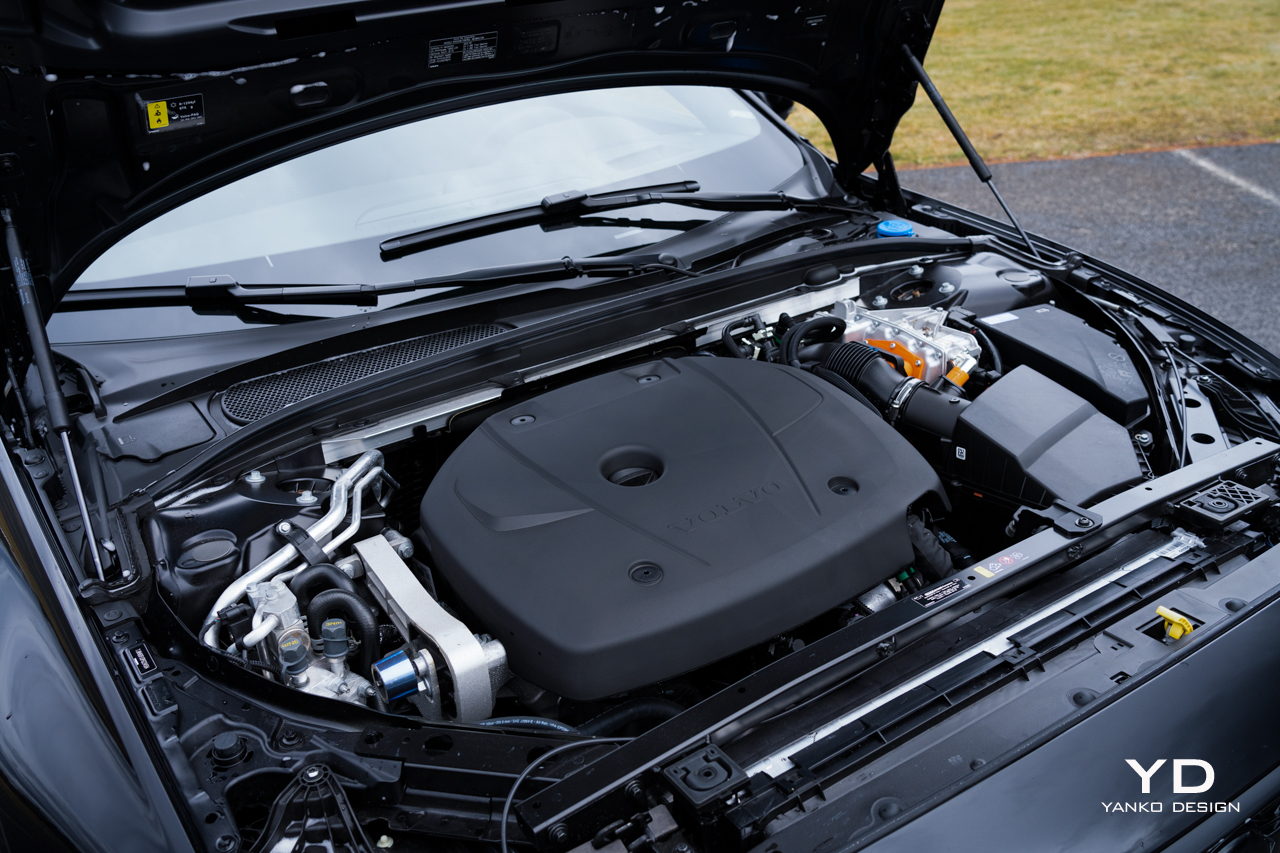
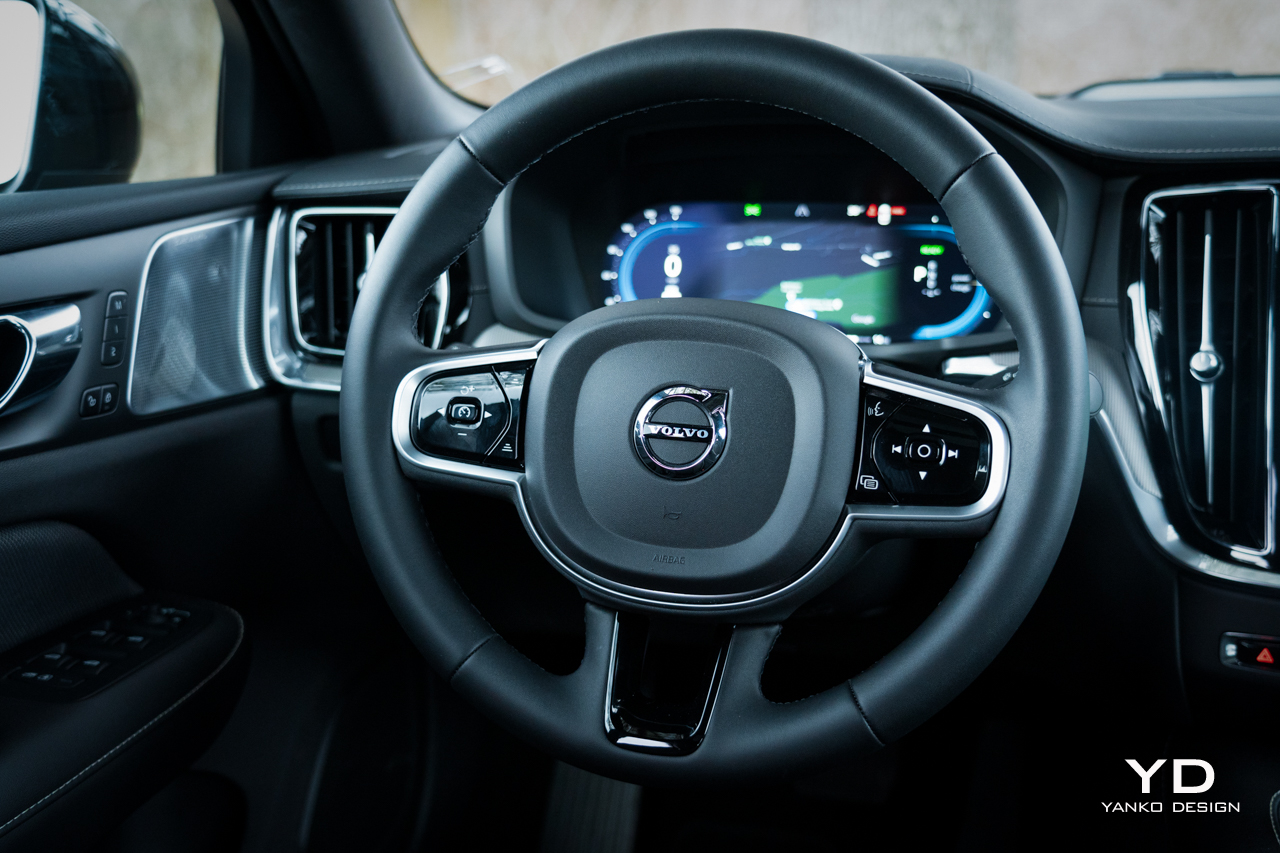
However, tap into the maximum power delivered by the gasoline engine up front and you’ll probably be looking at something closer to the 30 mpg city, 33 highway that the EPA rates the S60 T8. In my testing, which included a fair bit of all-EV driving tempered by equal amounts of spirited driving, I averaged 35.5 mpg. That’s quite far for a car this heavy with this much power. But again, you could do a lot better if you’re a frequent charger.
Again, this is a complicated powertrain and on the road it unfortunately feels a bit complicated. In EV-only Pure mode the car actually has good torque and is reasonably quick, only feeling flat when you get up to highway speeds. Put the car into Power mode and things get rather more lively. The engine fires up and you get maximum power and responsiveness.
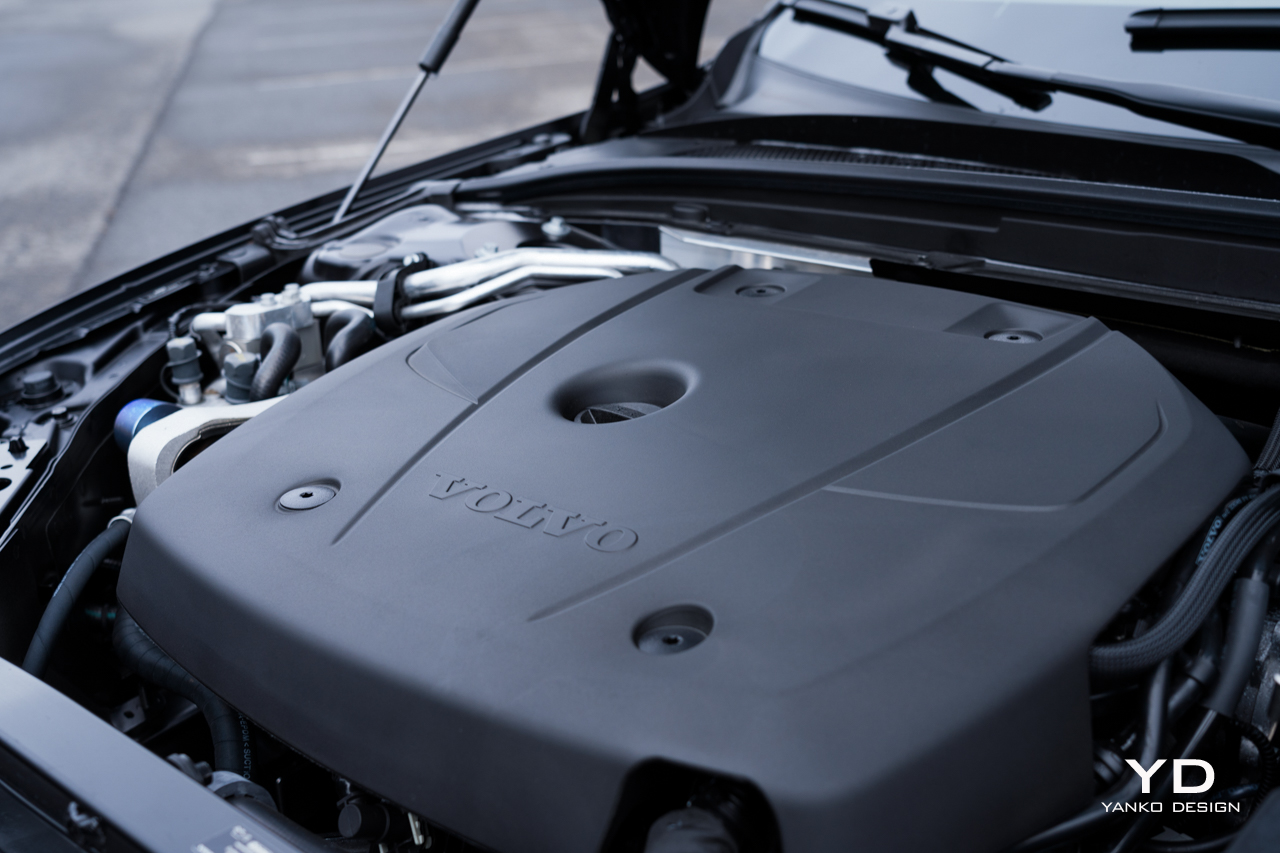
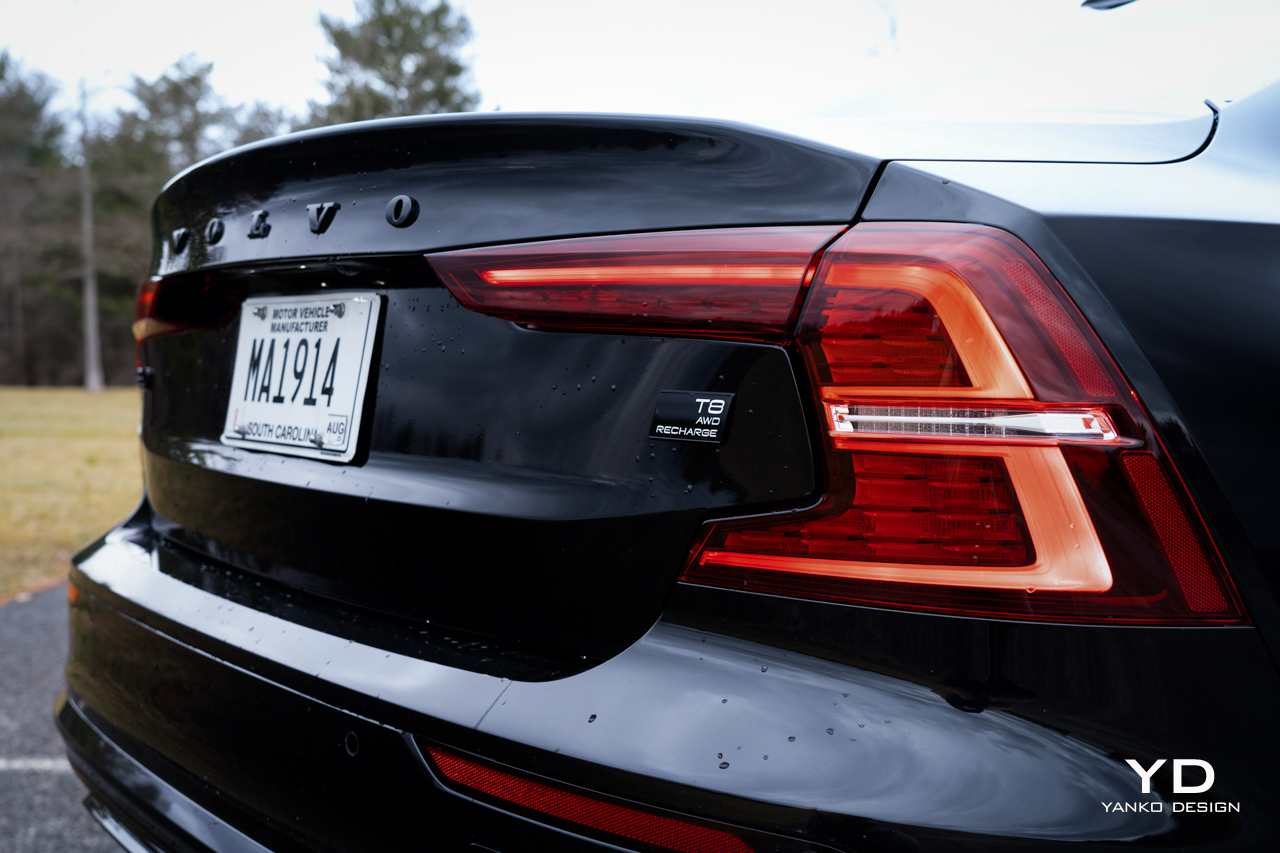
The ultimate power in this mode is very strong, but the delivery still leaves a bit to be desired. At lower speeds, when the engine’s eight-speed transmission is in a lower gear, the car surges forward smoothly and powerfully. But, sometimes you catch that transmission in the wrong gear. Put your foot down and you get a quick kick of torque from the electric motor. Then, everything seems to pause as the transmission drops a few cogs and the gasoline engine joins the party unfashionably late. For the driver it’s an awkward feeling. For the passengers, it’s downright nauseating.
You can learn to drive around it with a little bit of extra care, not unlike dealing with a car with a laggy turbo, but it also impacts the handling. When pushing through a corner, getting on the throttle aggressively can result in either the front or the rear losing grip first depending on which drivetrain has more torque to offer first.
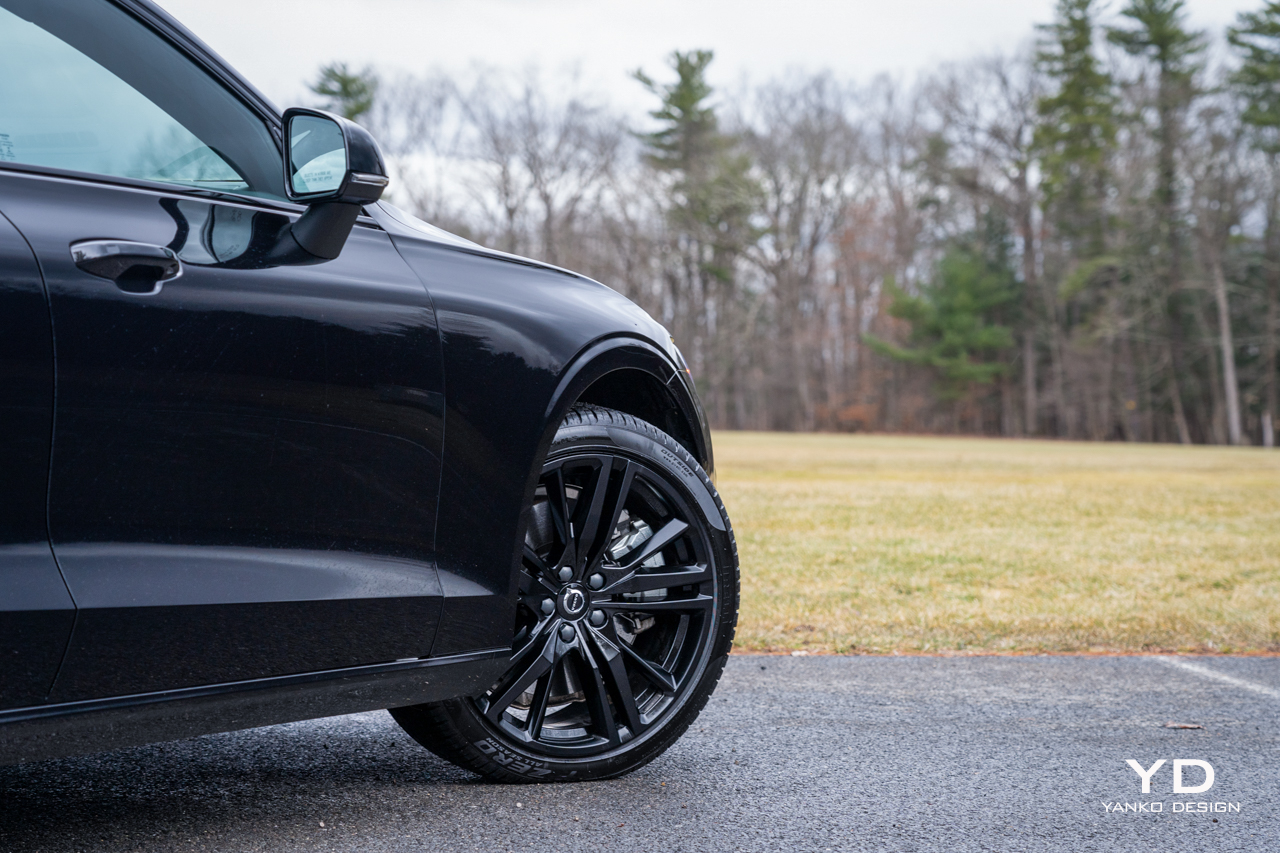
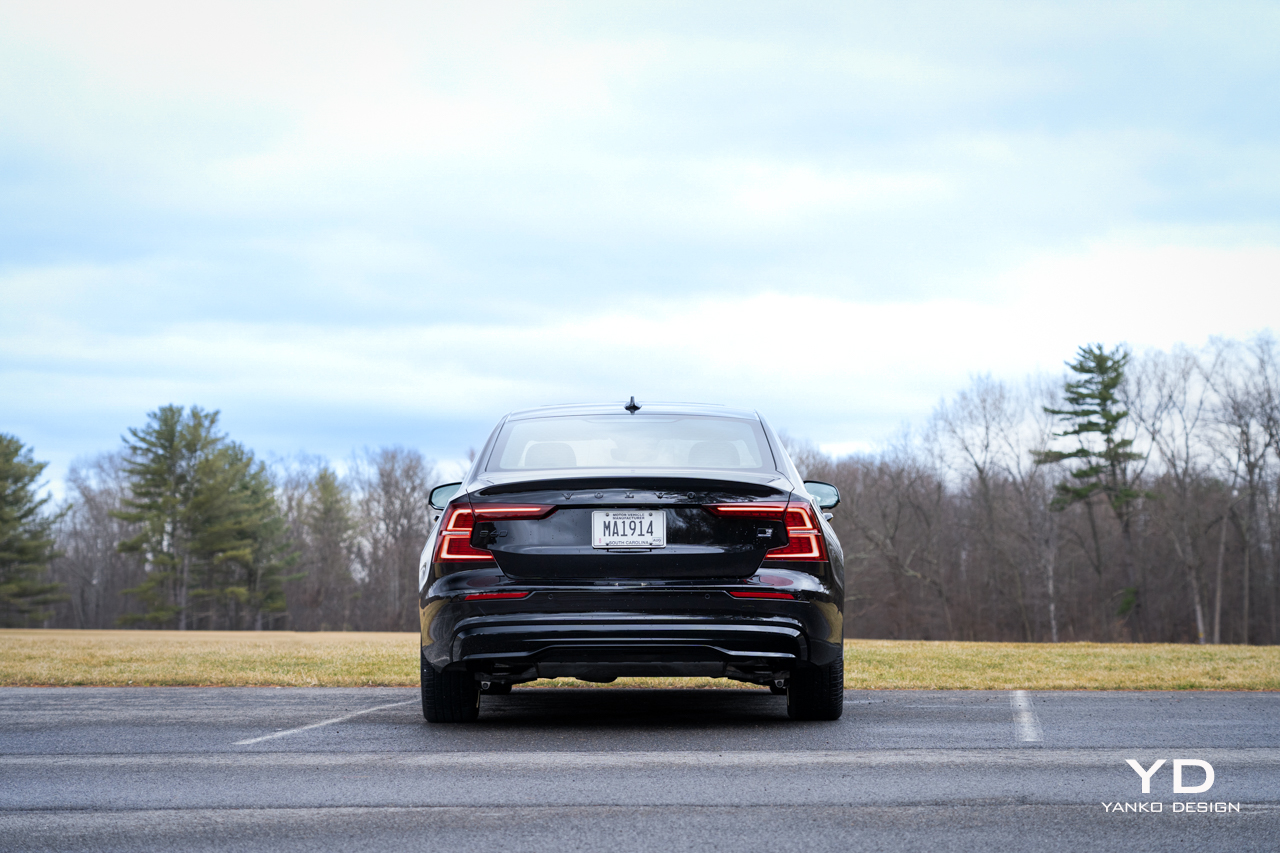
The core handling of the car, though, is certainly quite tractable. There’s a fair bit of body roll, no surprise given the 4,425-pound curb weight, but those Pirelli don’t give up their grip easily. Overall, the S60 offers a good balance of comfortable cruising with just enough engagement in handling to keep things fun.
For quieter times, there two other drive modes: Hybrid which is what the car falls over to when the battery charge is depleted, and Constant AWD, which ensures you’ll have both powertrains working together. This is very useful for ensuring reliable behavior in low-grip situations like snow or ice.
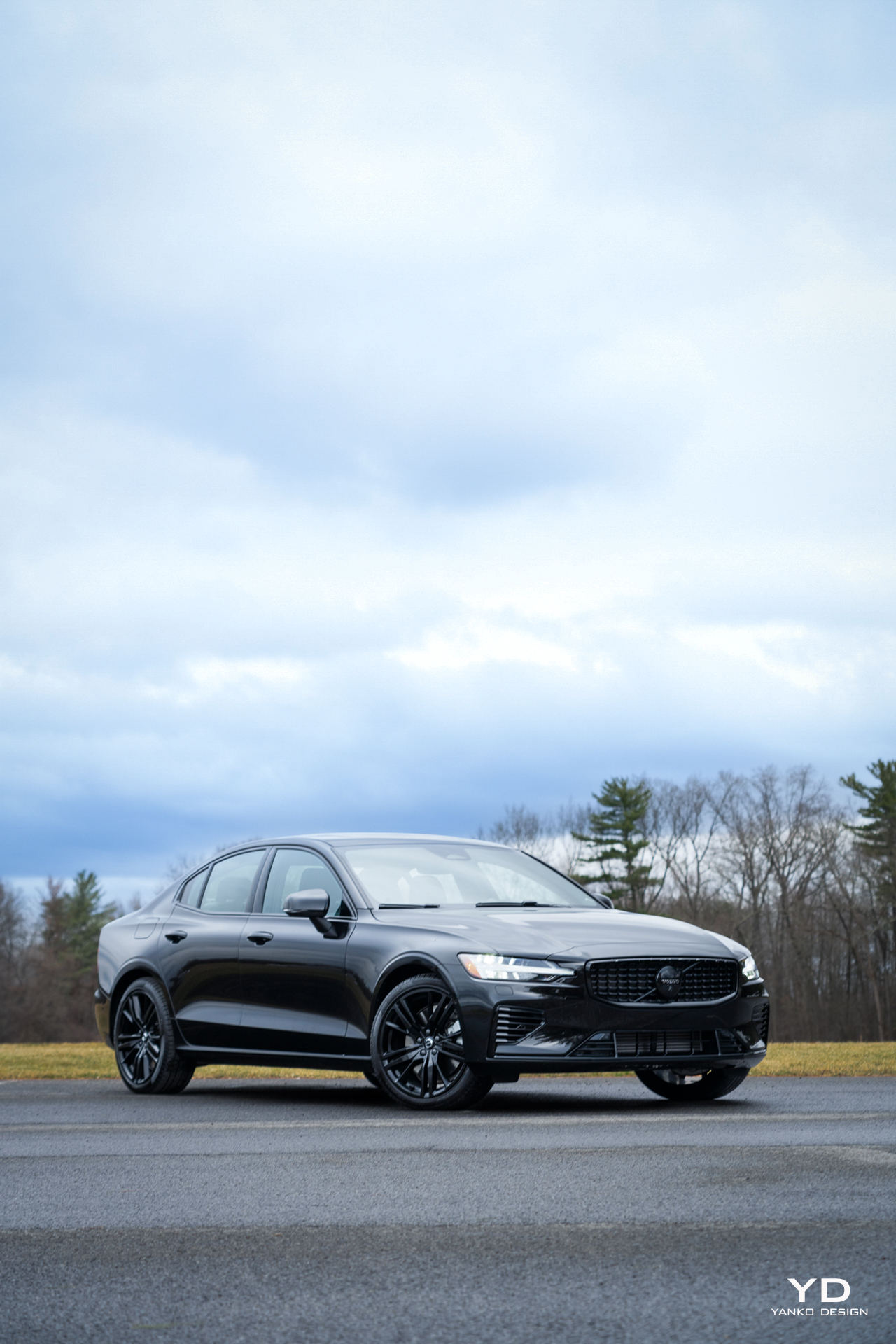
Pricing and Options
A base Volvo S60 Recharge Core starts at $52,345. What you’re looking at here, though, is an Ultimate spec car with the Black Edition package. The Ultimate spec adds key features like Volvo’s Pilot Assist active safety system, including adaptive cruise, plus niceties like the heads-up display and 360 camera. The Black Edition starts at $57,950, though the black paint itself is another $695 on top of that. Add $3,200 for that Bowers & Wilkins sound system, $750 for the climate package (which heats the steering wheel, rear seats, and washer nozzles), plus a $1,095 destination charge, and you have an out-the-door price of $63,690.
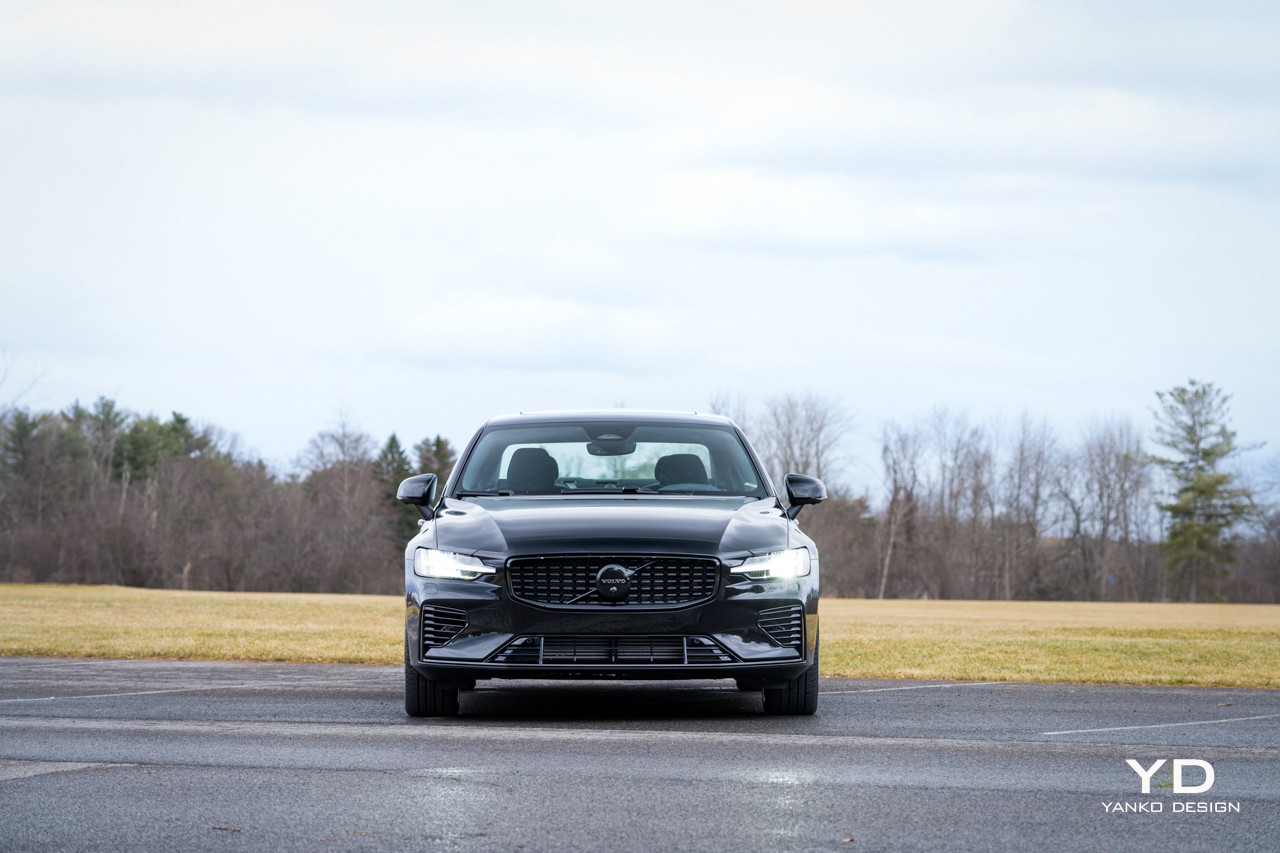
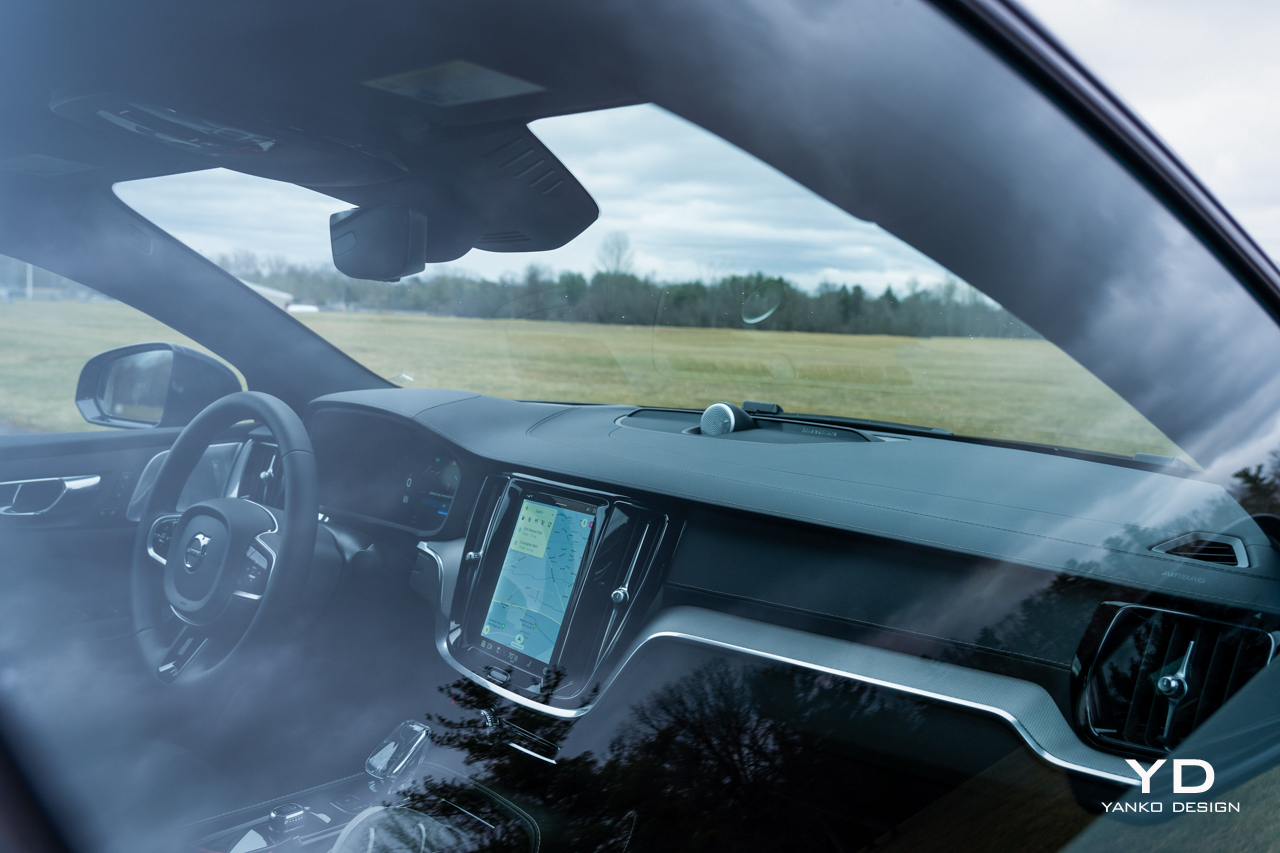
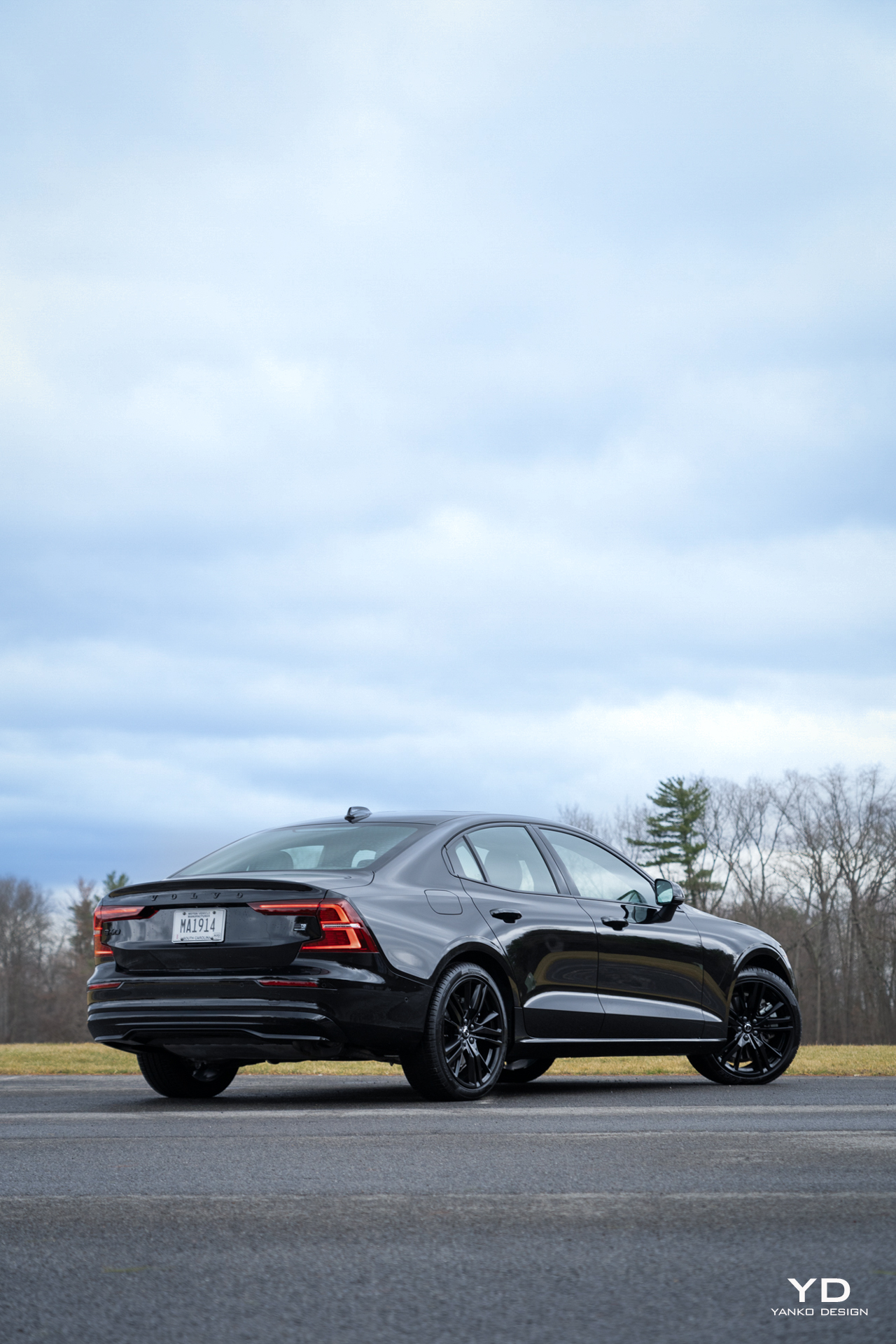
To me, the notion of having a Volvo without all the active-safety features would be a strange one, so I’d suggest stepping up at least to the Plus. The $2,700 premium over the Core gives Pilot Assist and the 360 camera. But, if you have the budget you can step all the way up to the $69,225 Polestar Engineered flavor, with better suspension and better brakes.
The S60 Recharge’s value sweet spot is definitely closer to Plus than Polestar, but you do you. Regardless of flavor, you’re getting a great driving, great looking, and of course incredibly safe sedan that will serve you well until you’re ready to jump over to join the EV lifestyle.
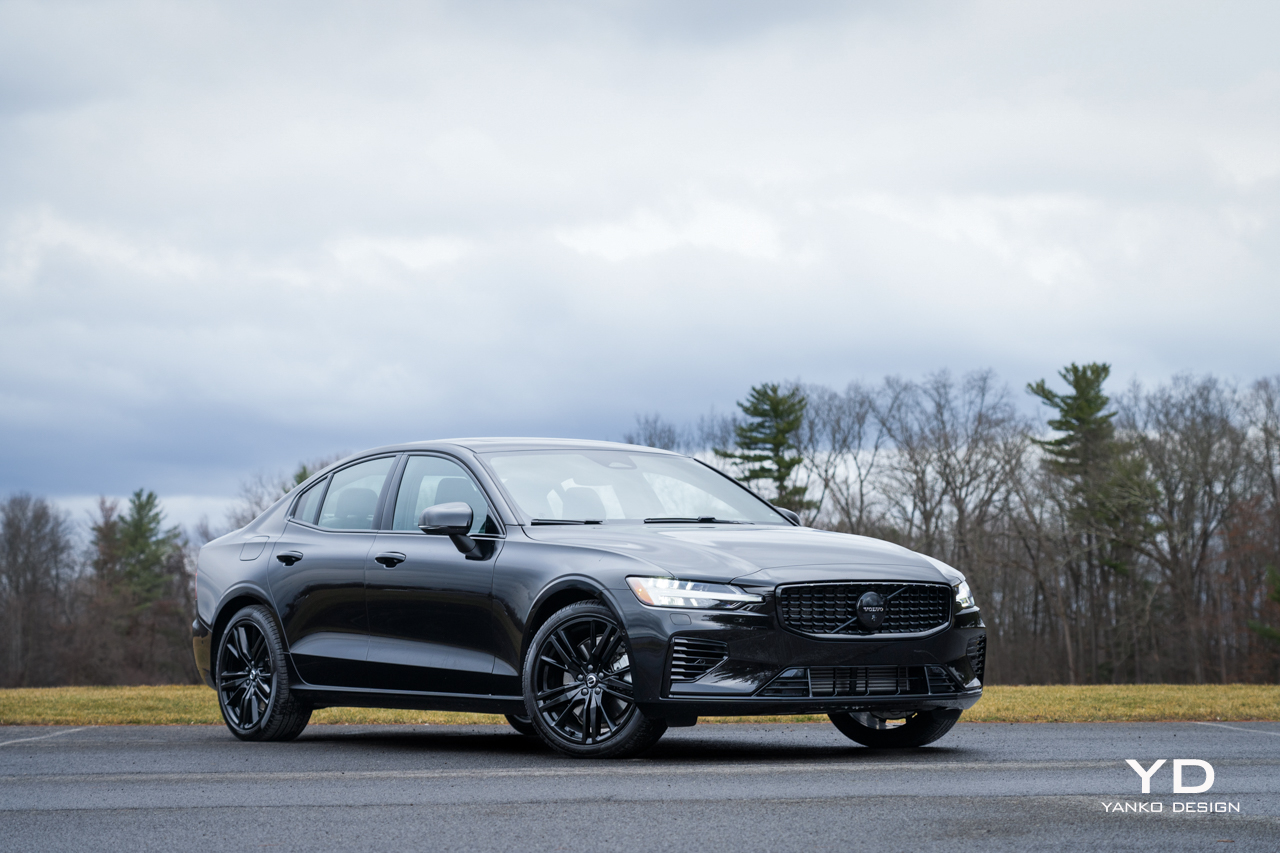
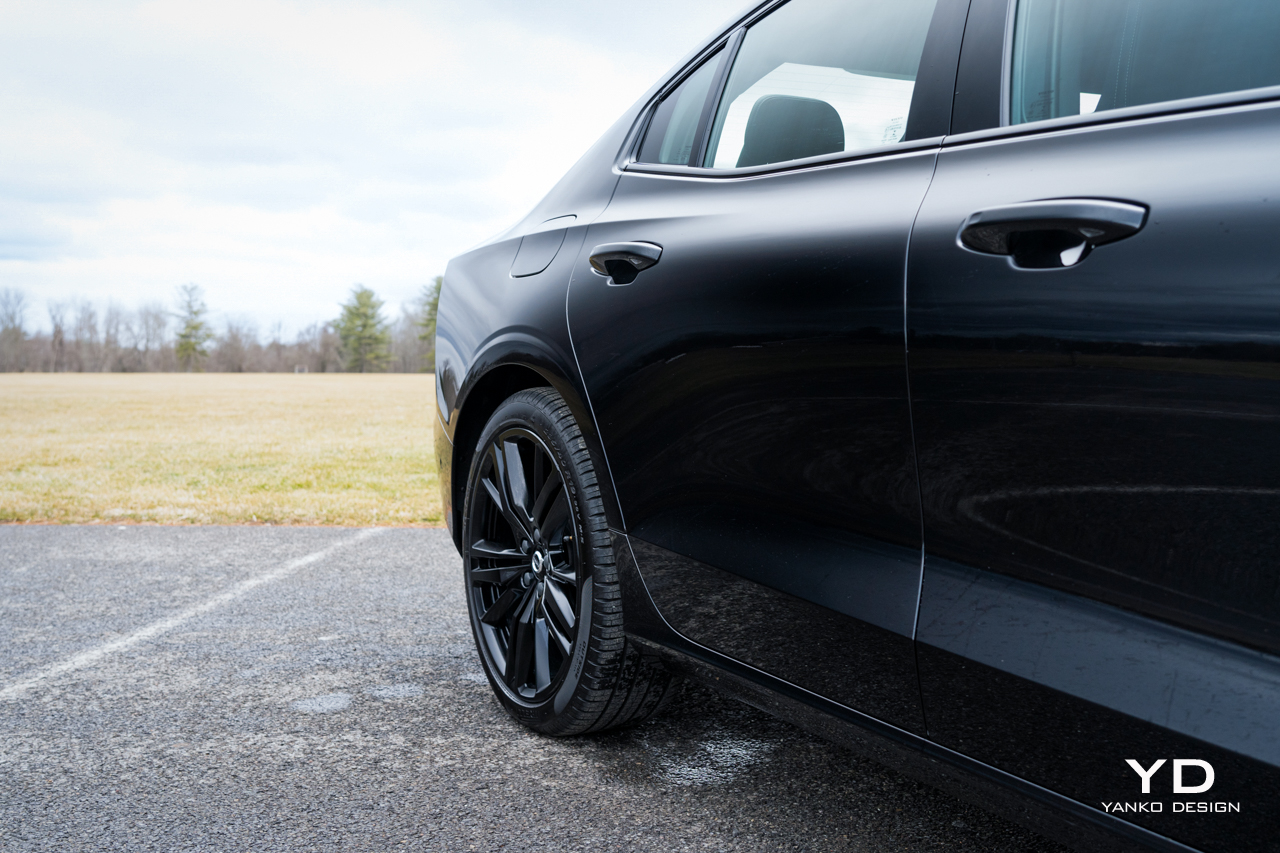
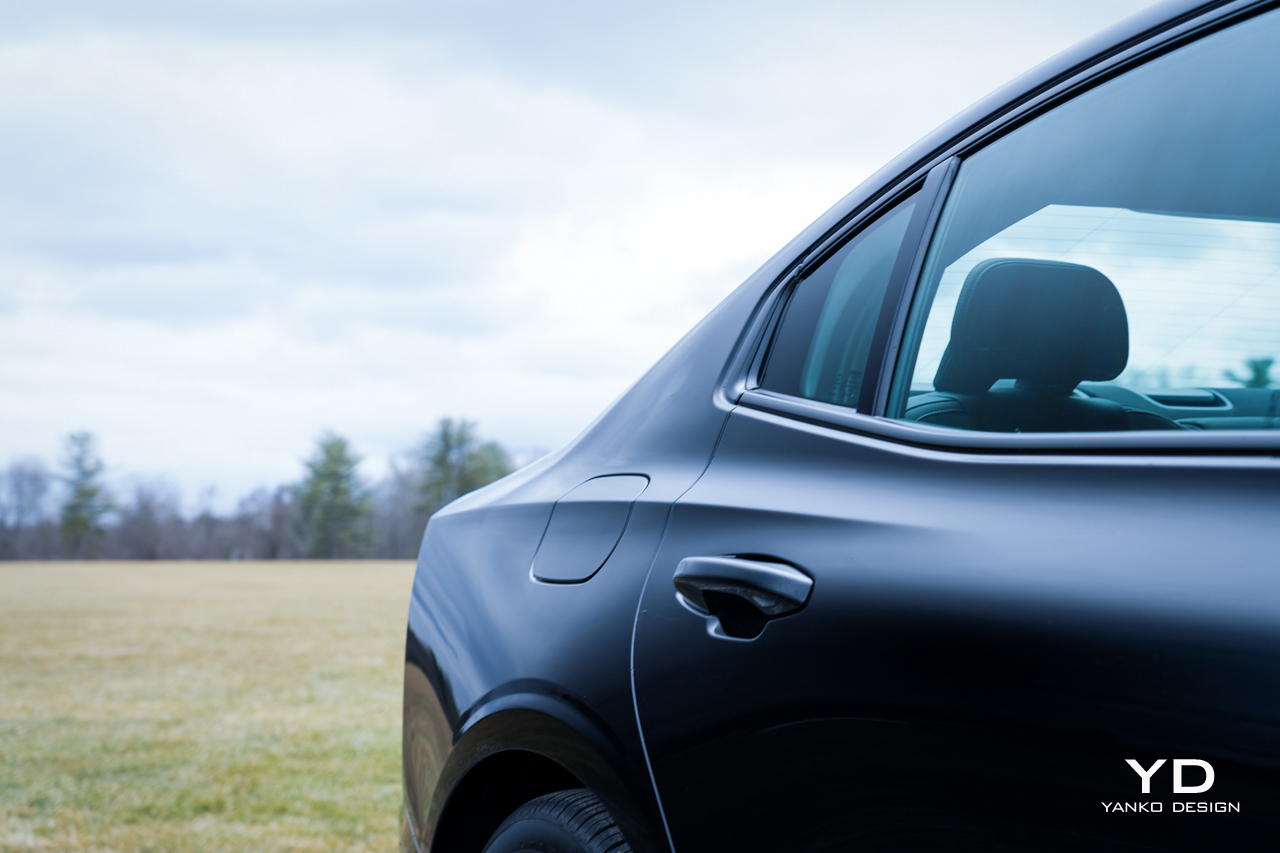
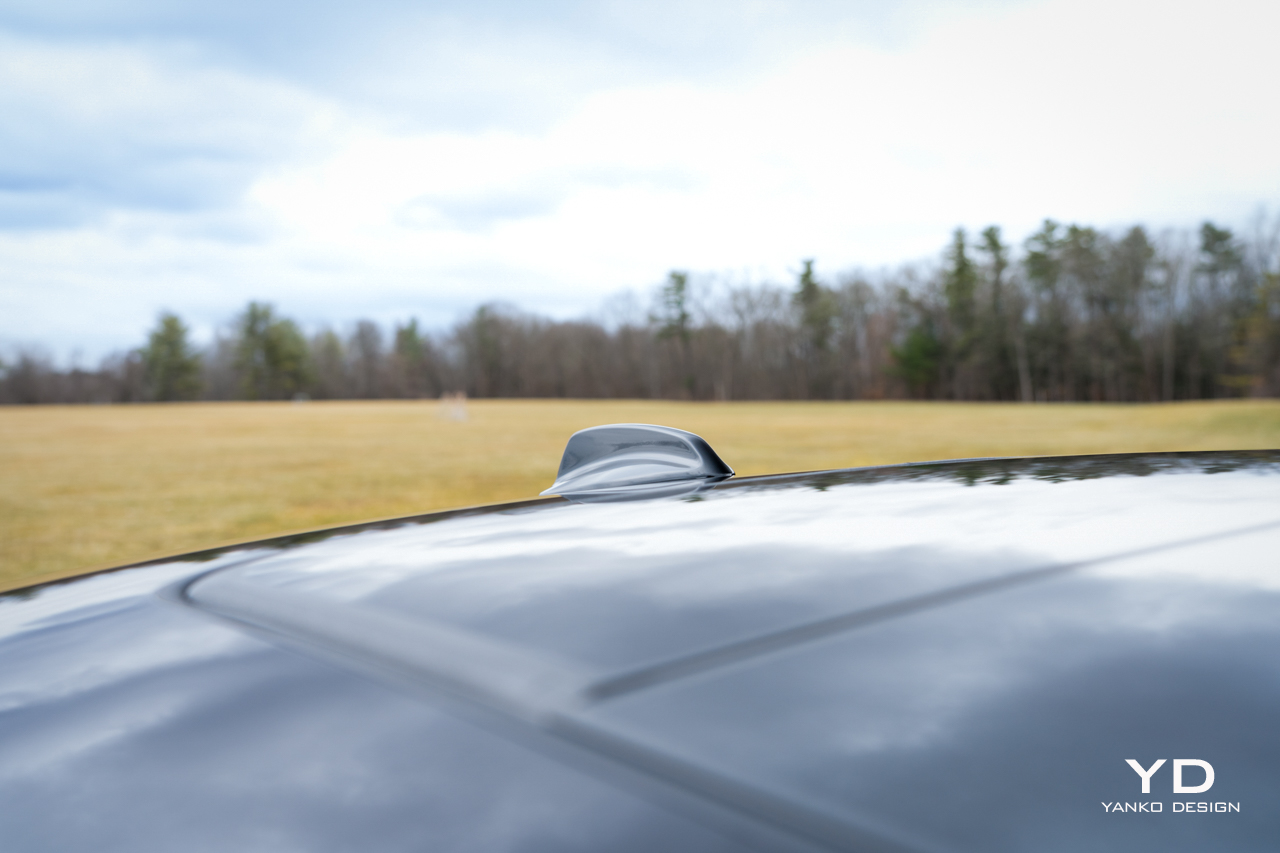
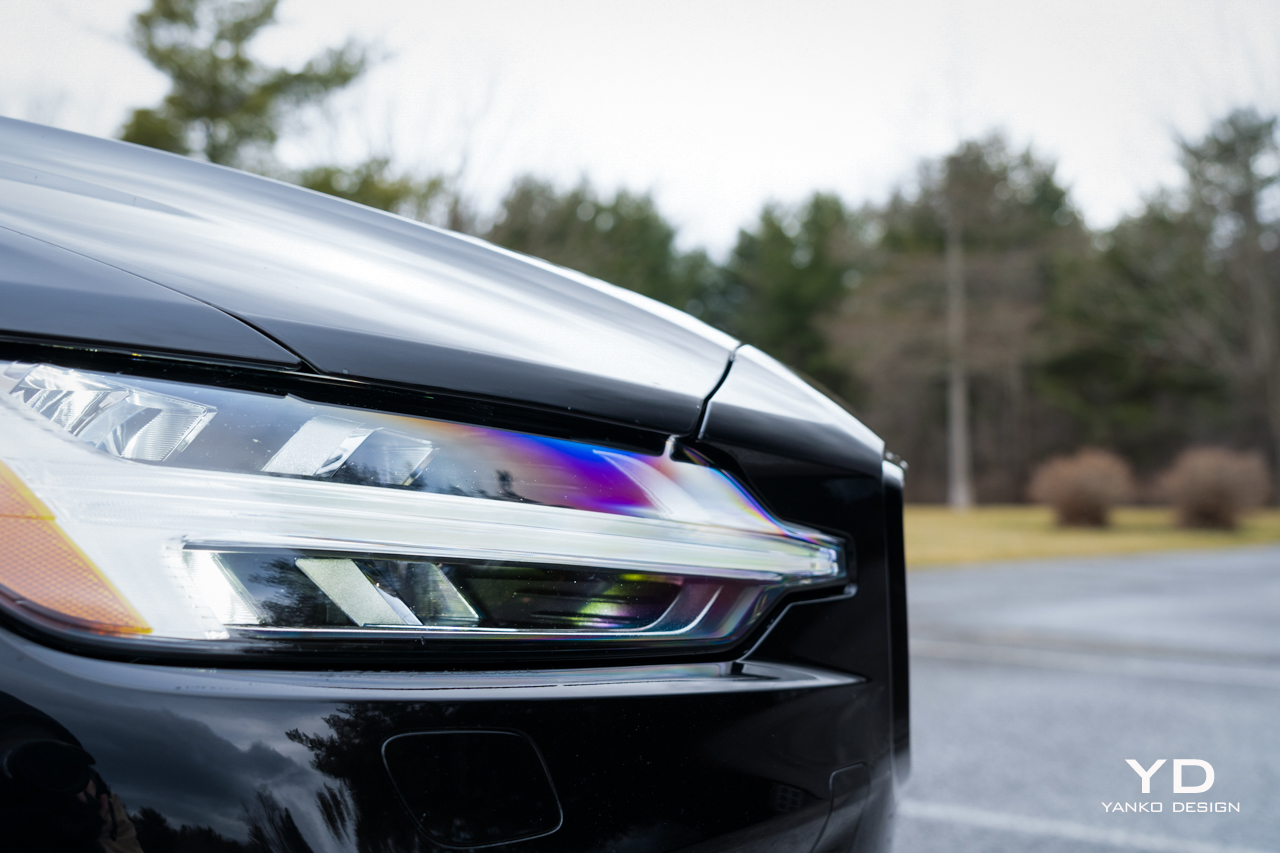
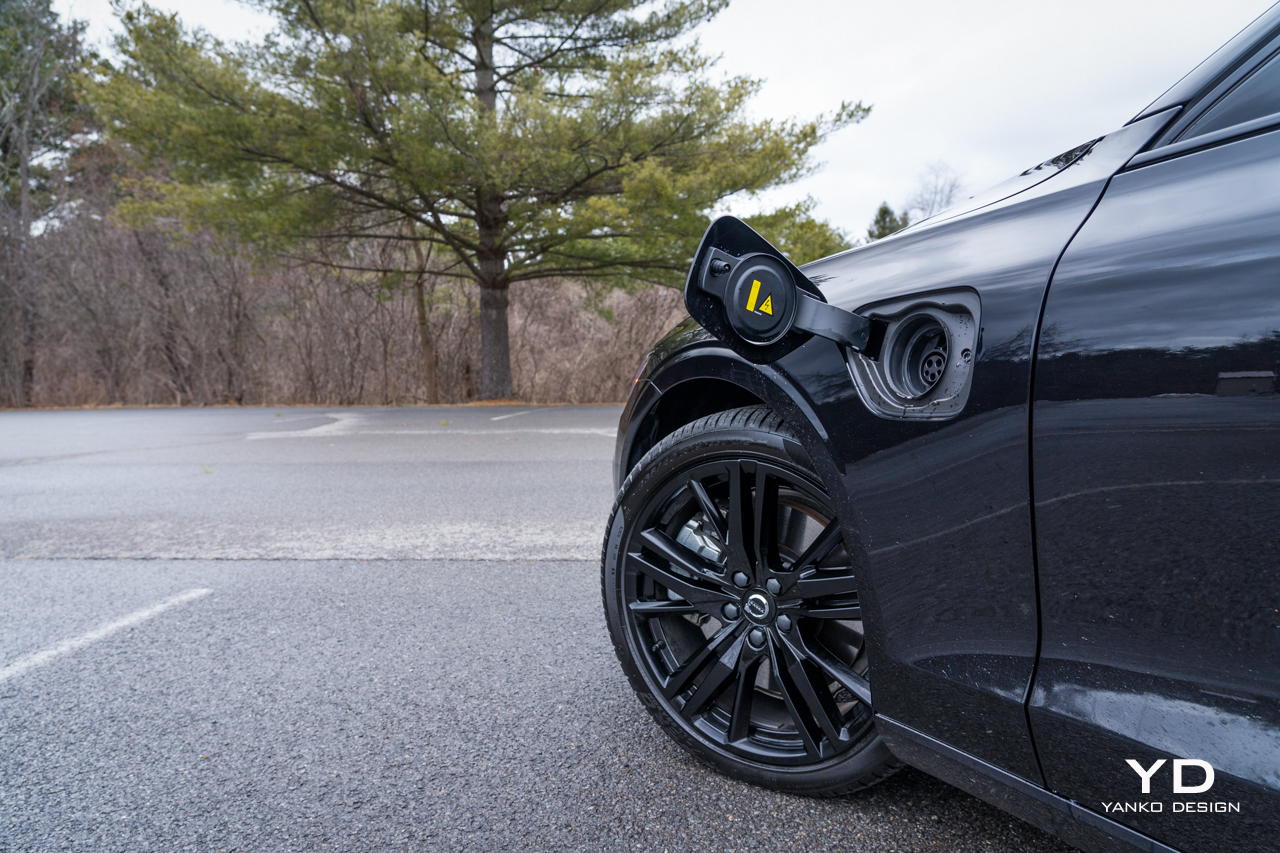
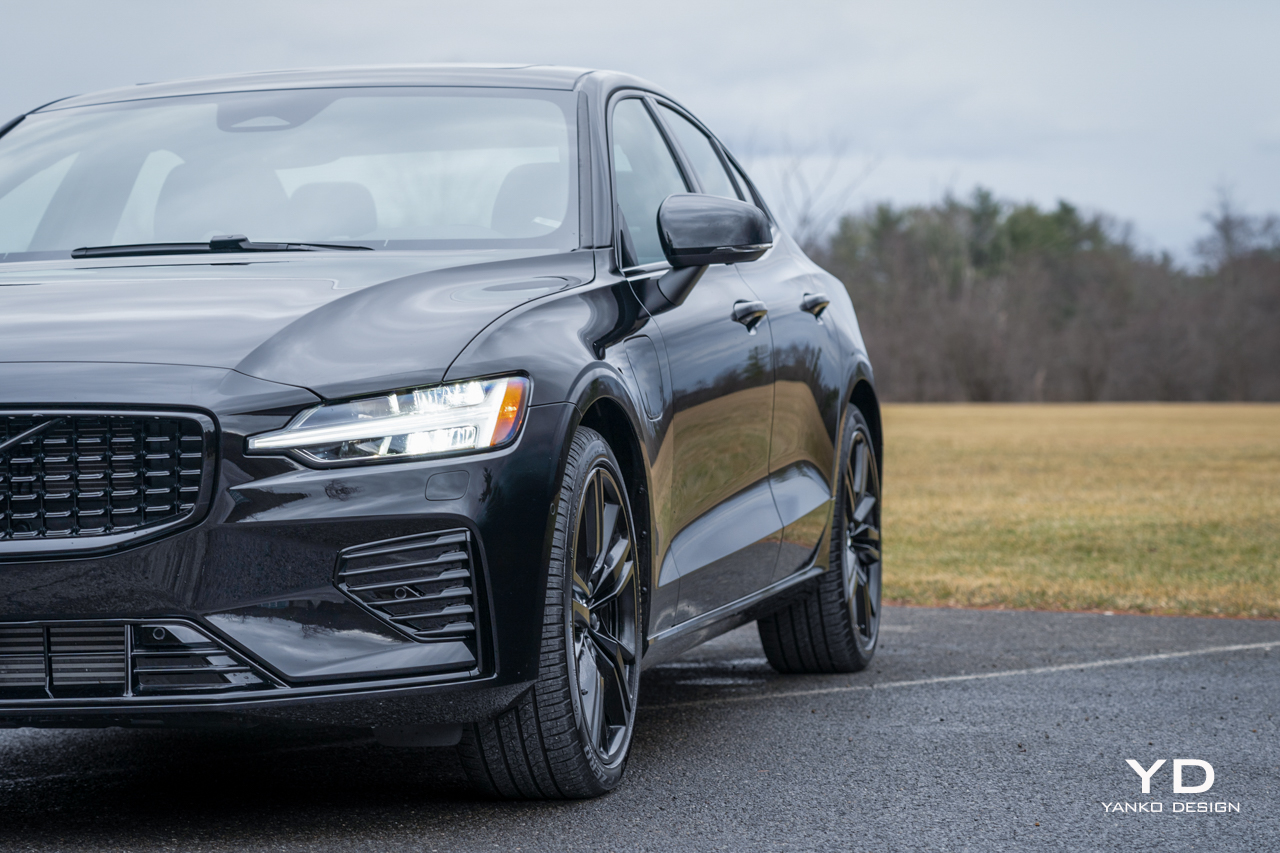
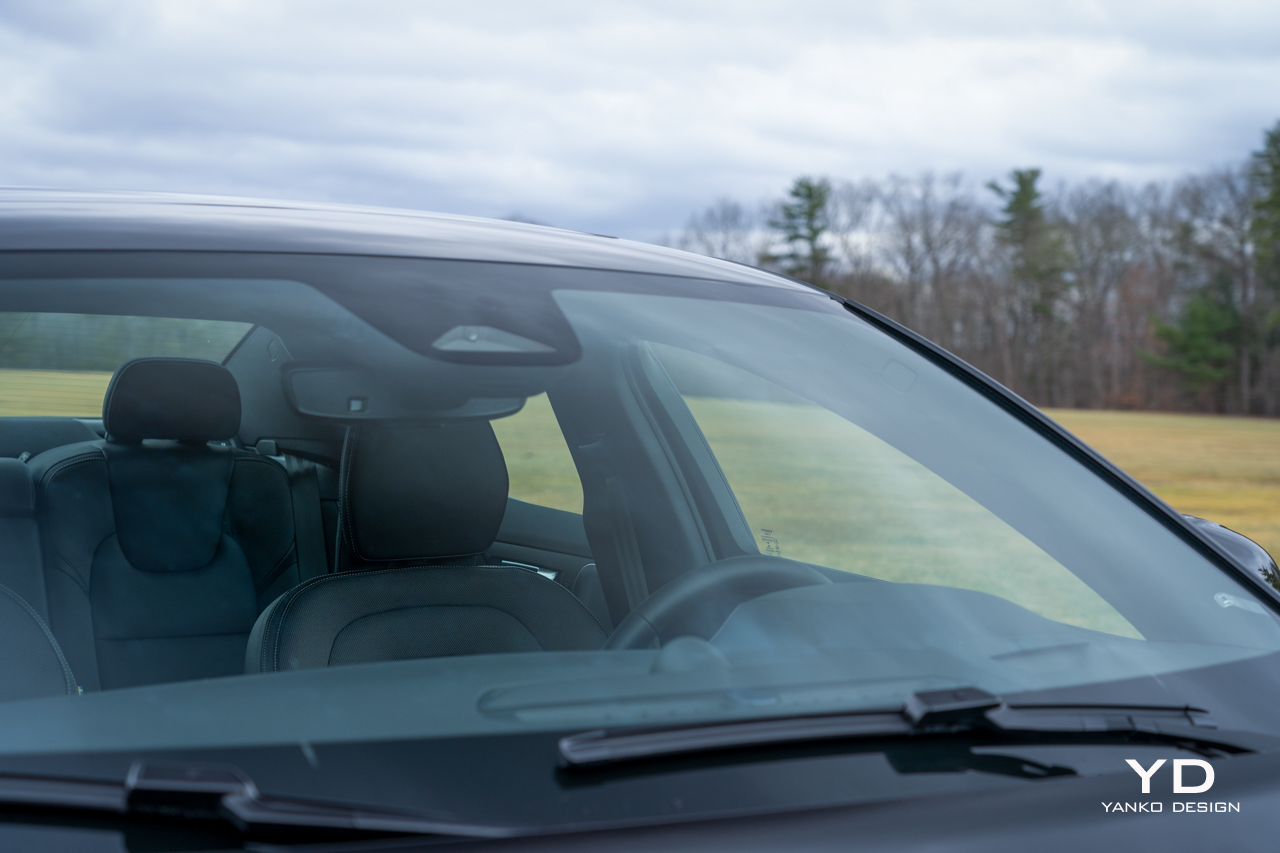
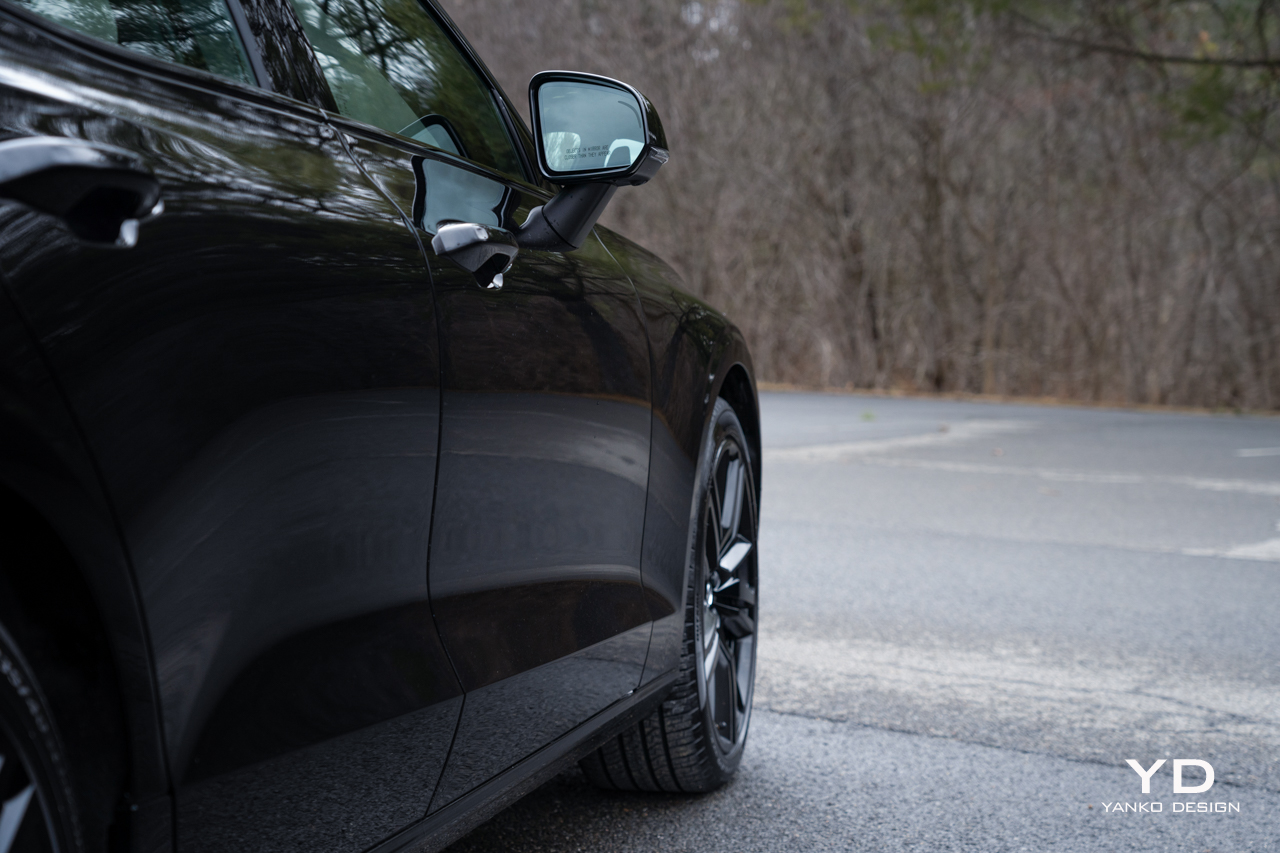
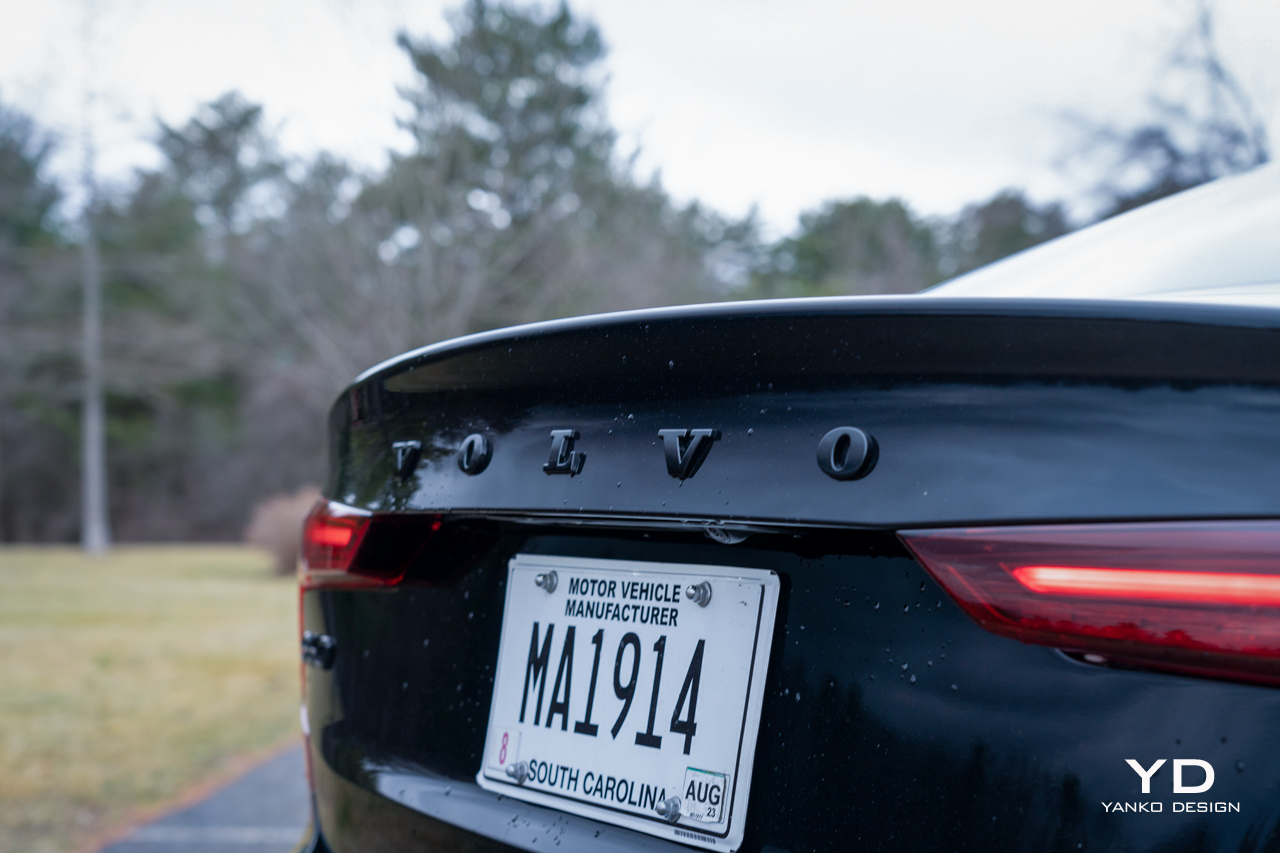
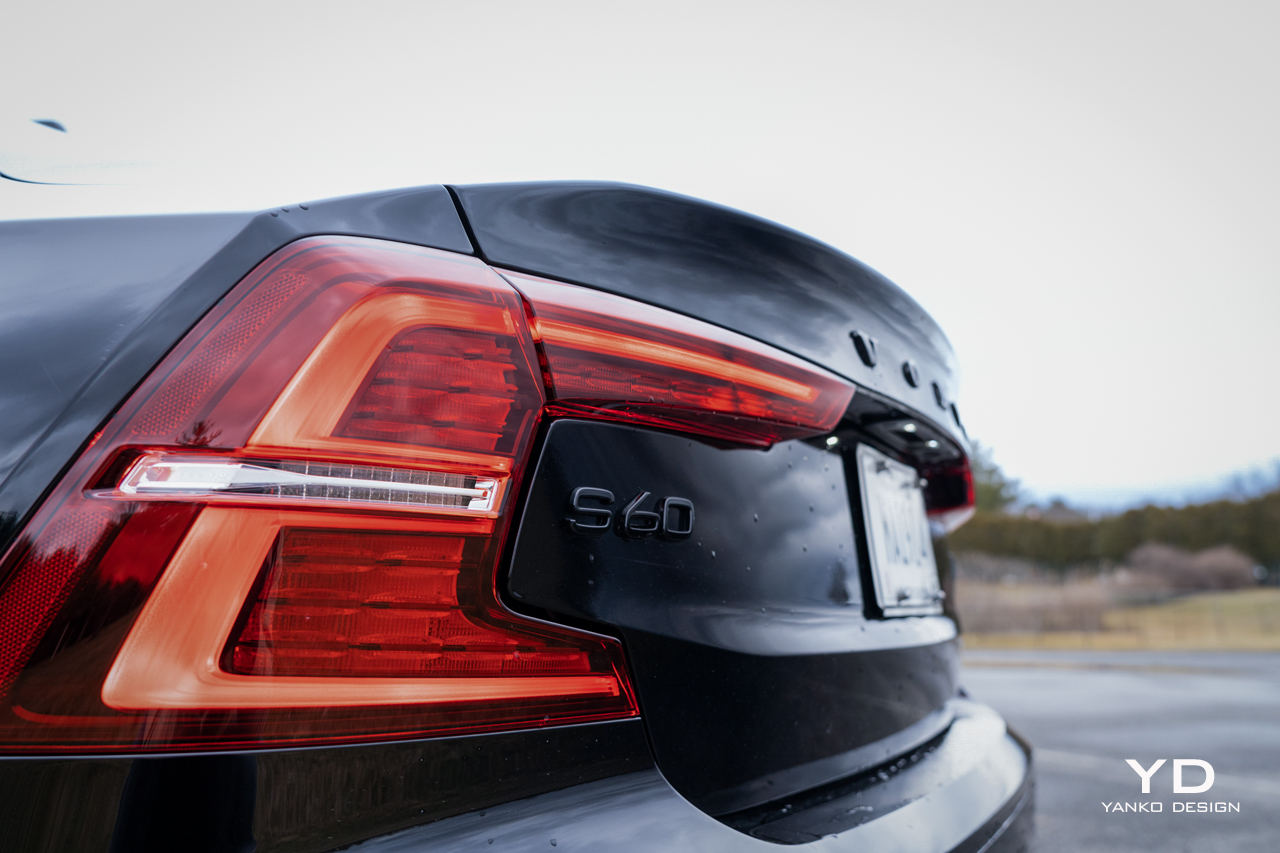
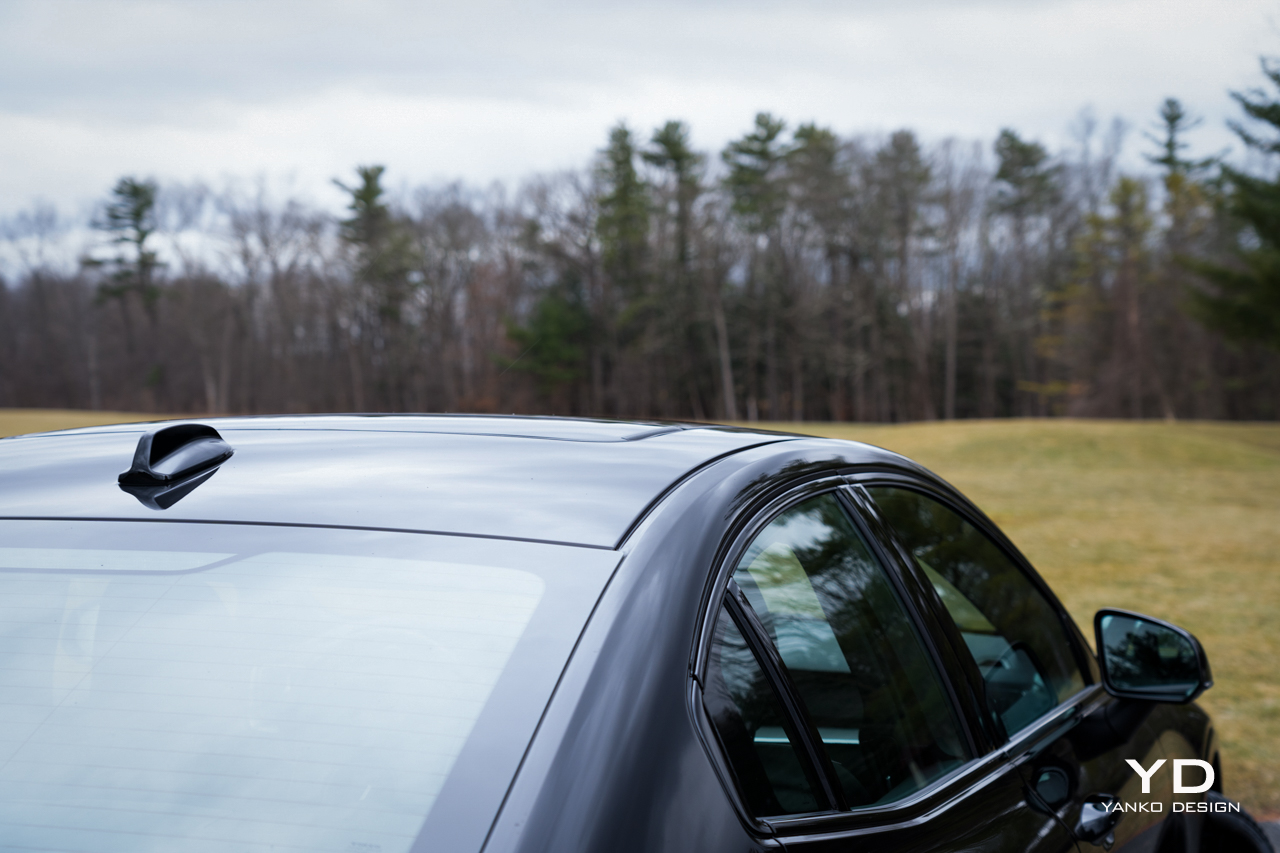
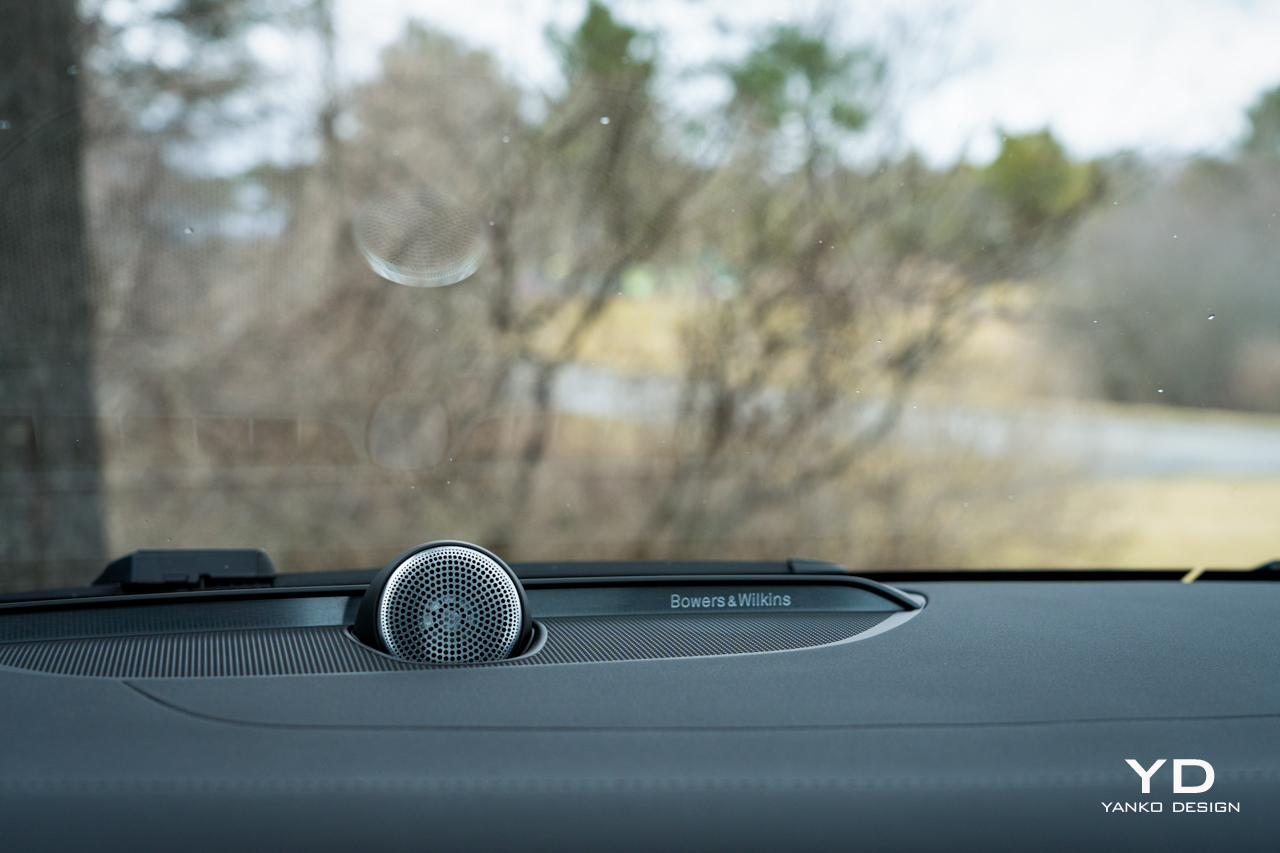
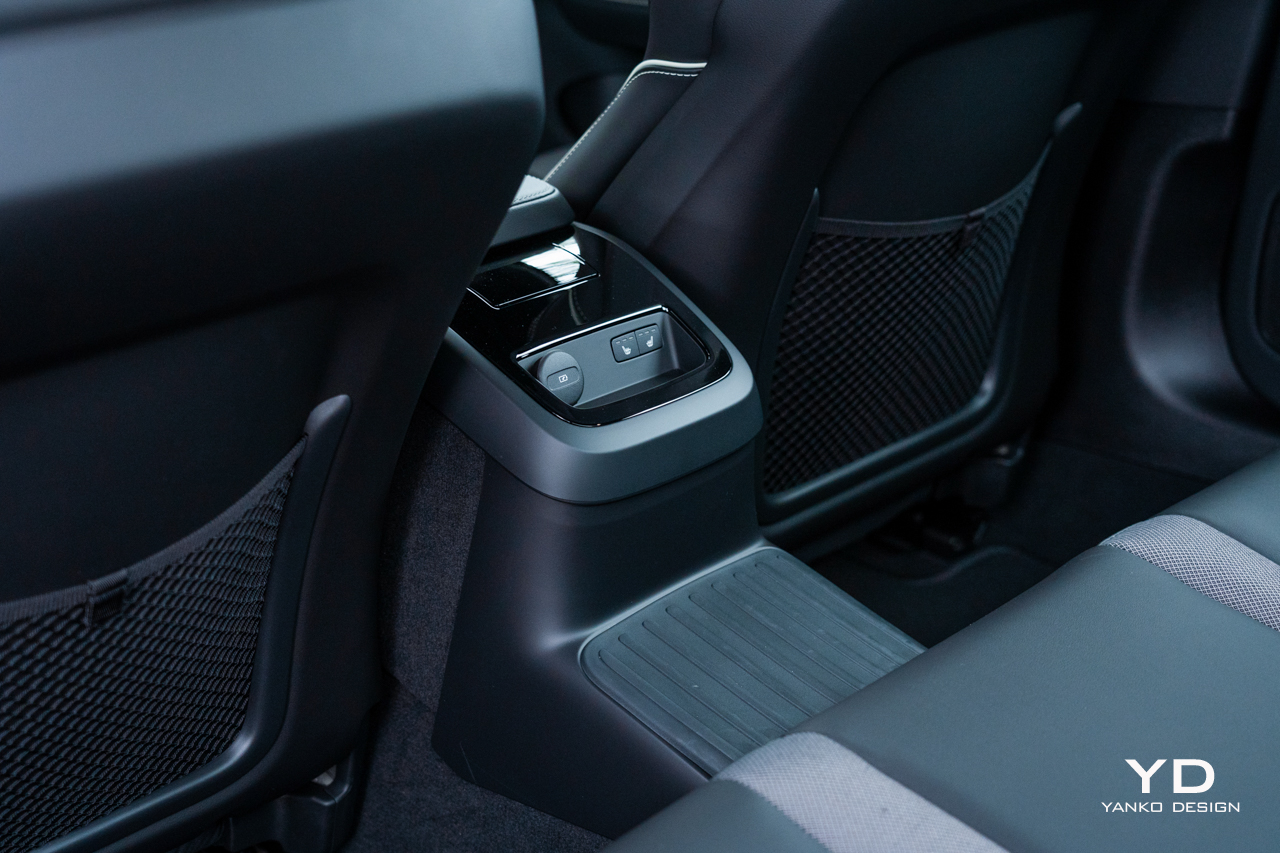
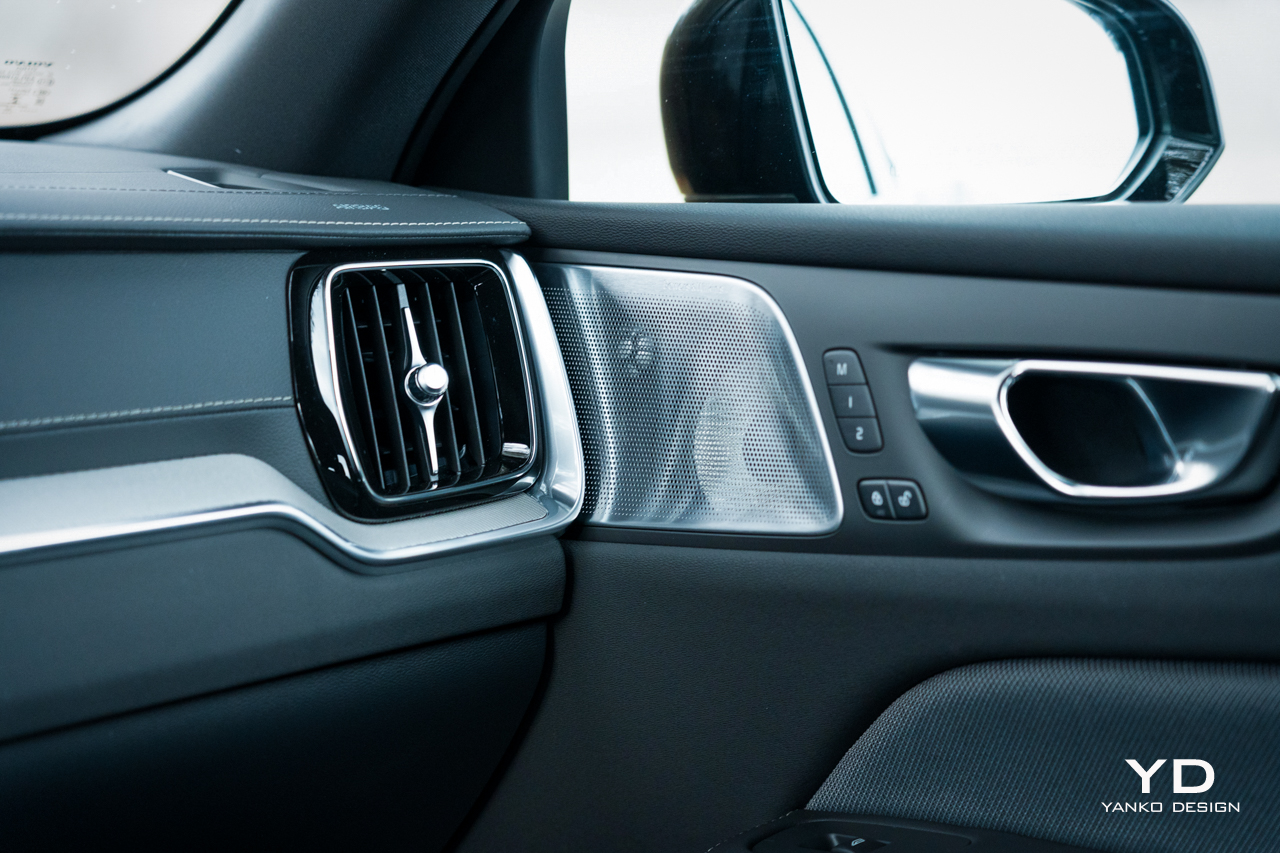
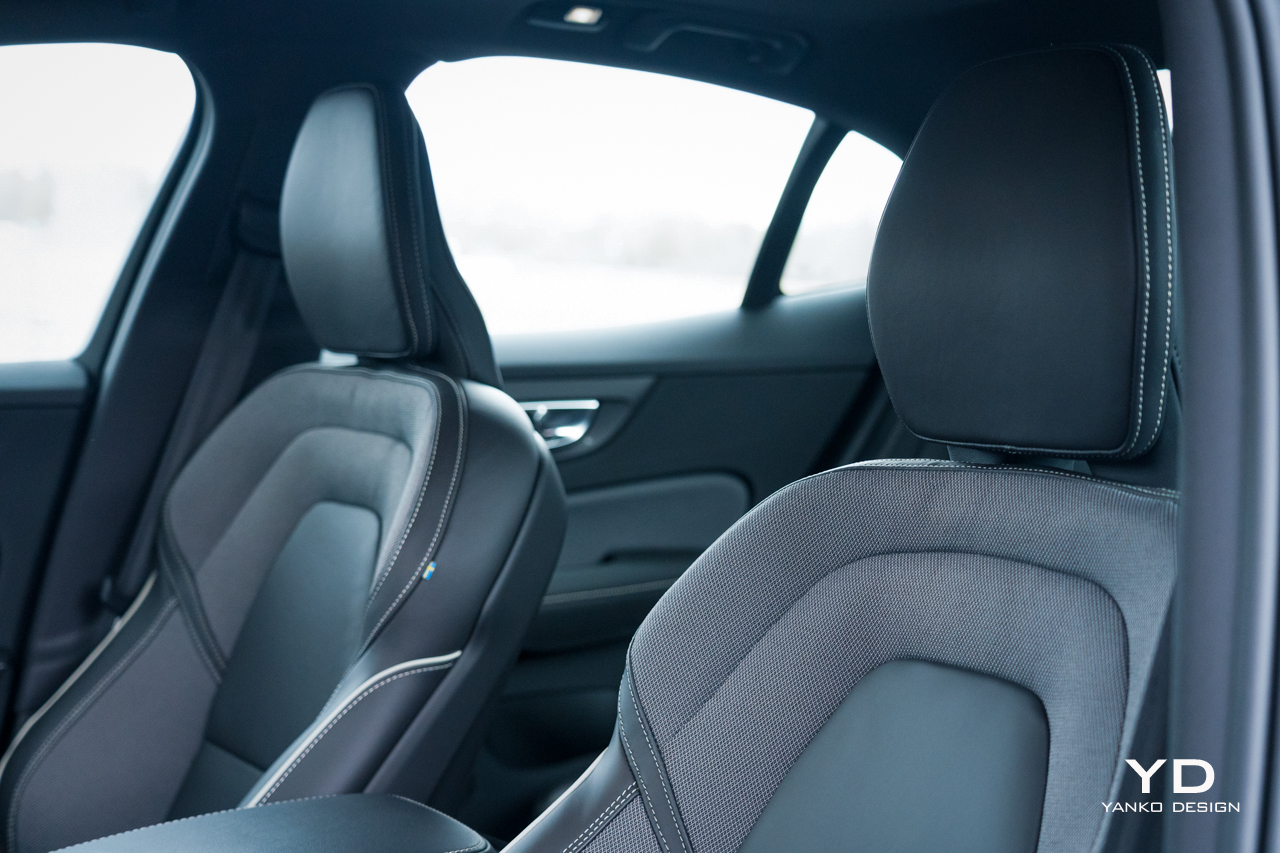
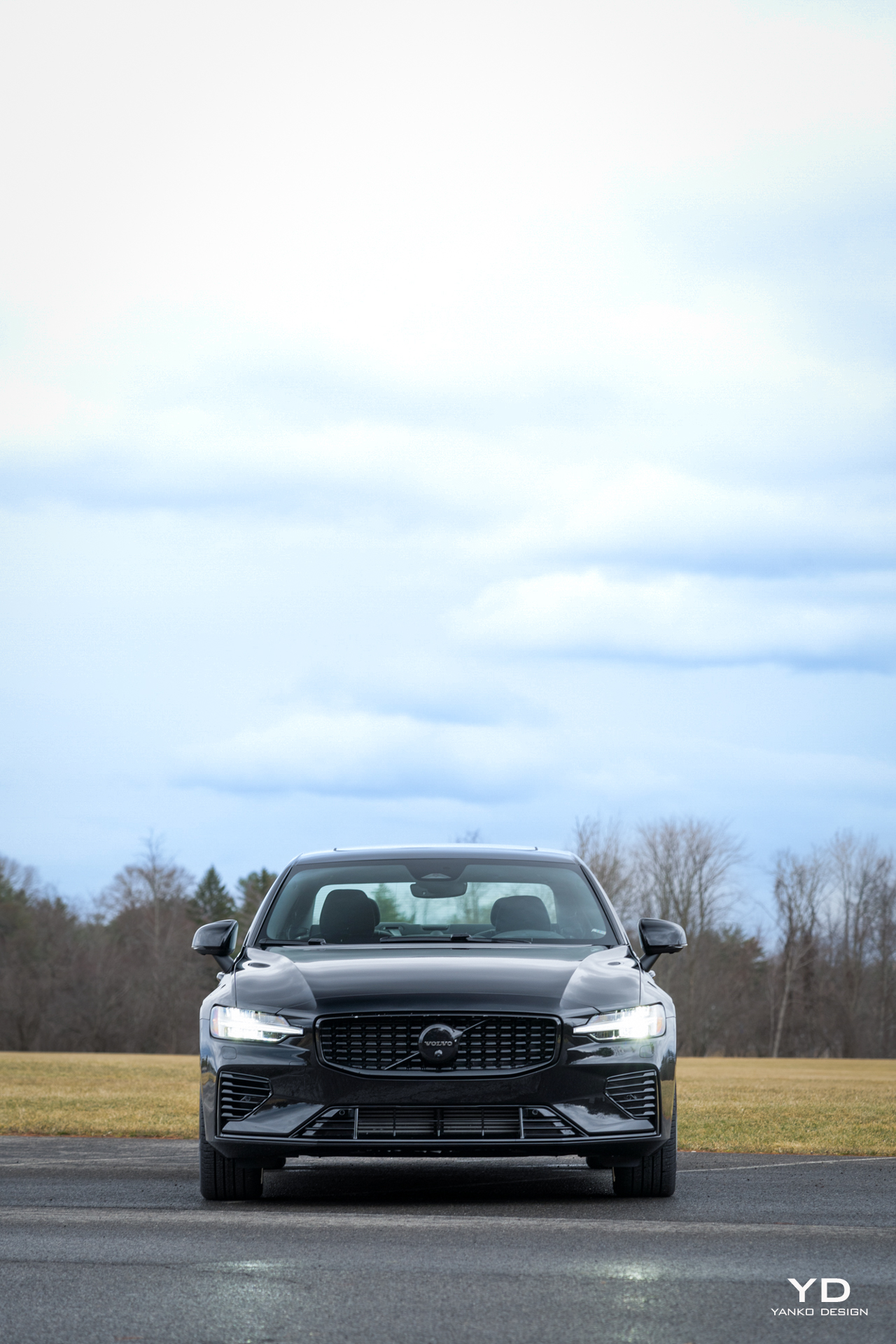
The post 2023 Volvo S60 Recharge review first appeared on Yanko Design.
